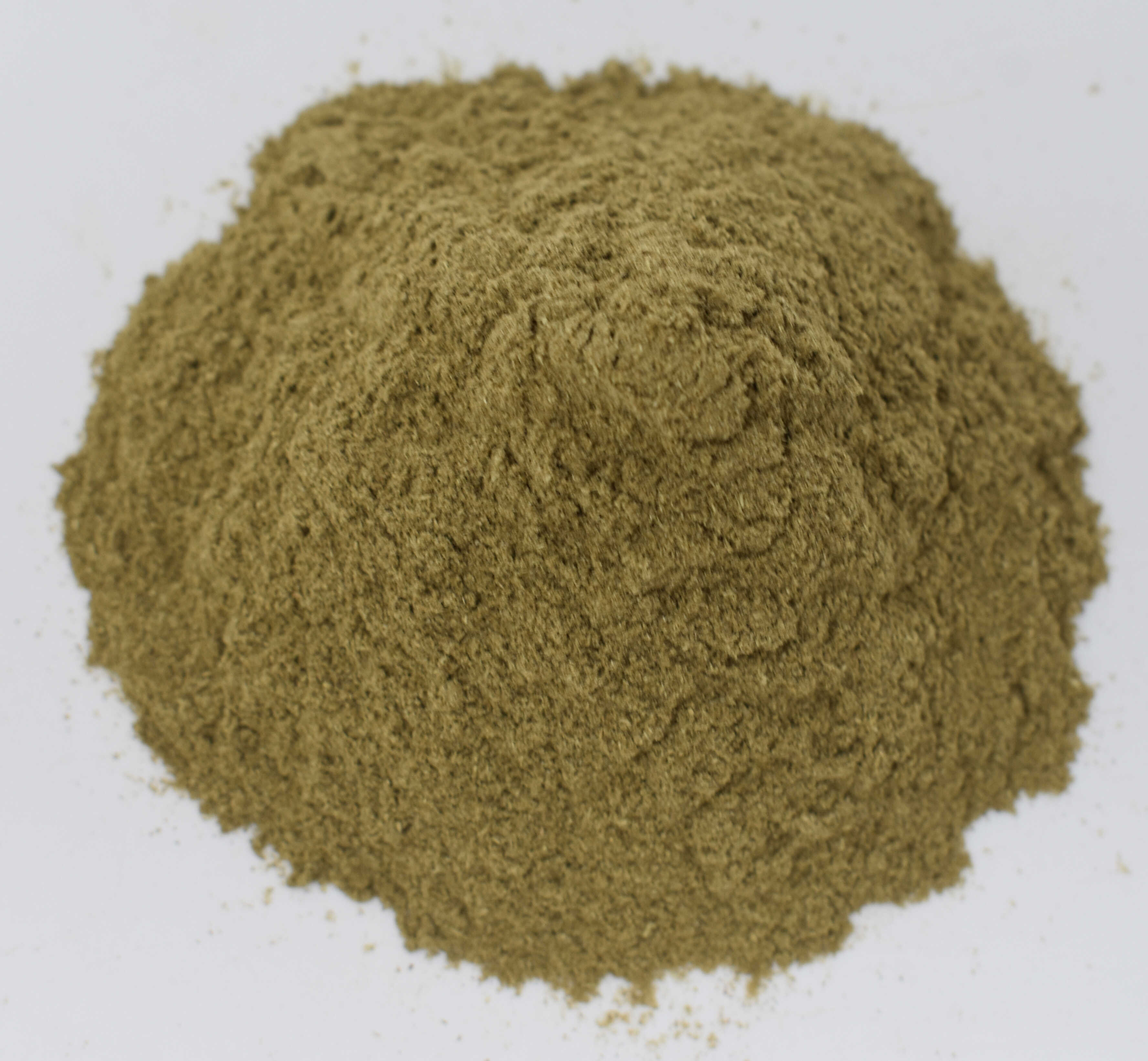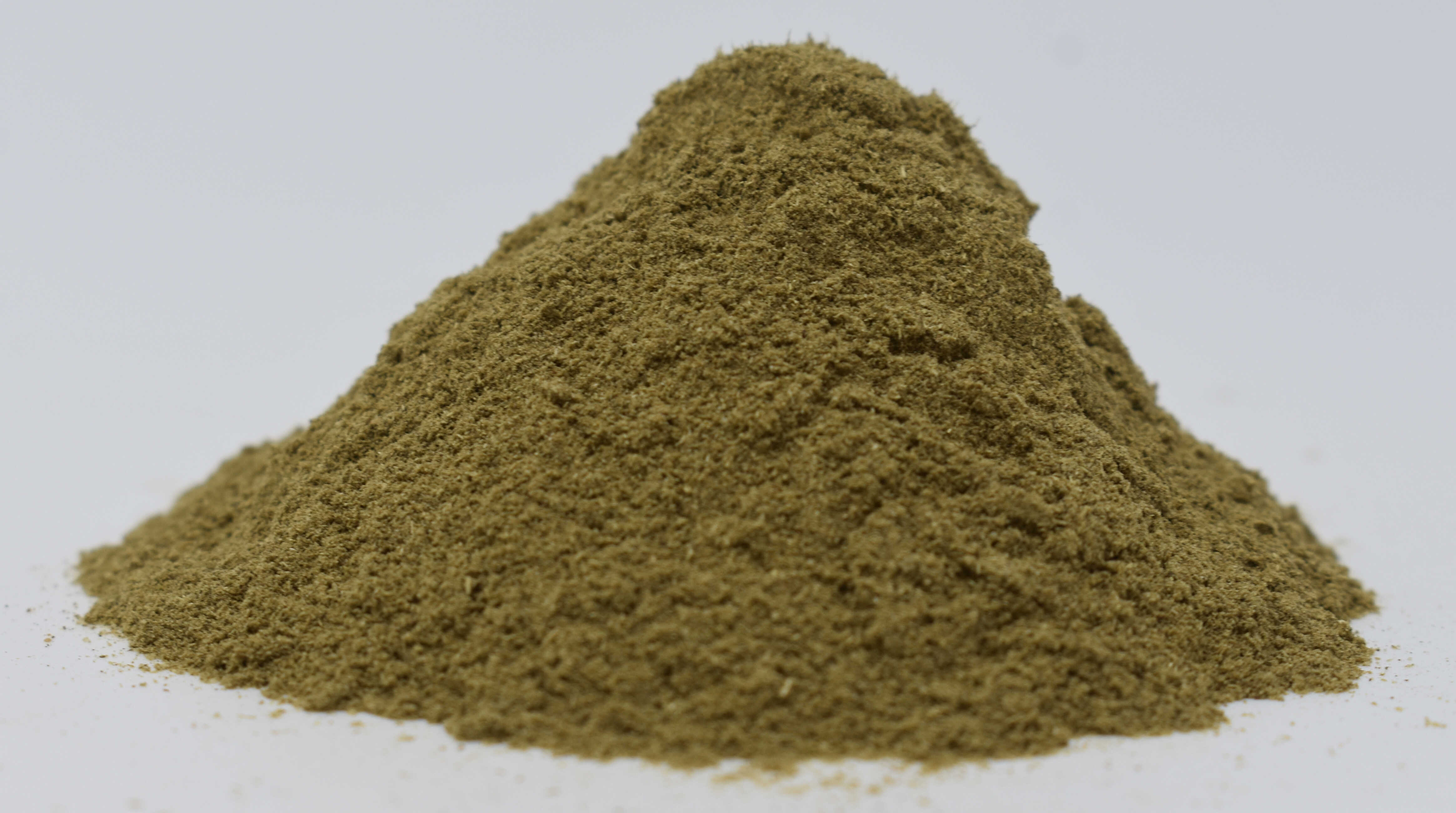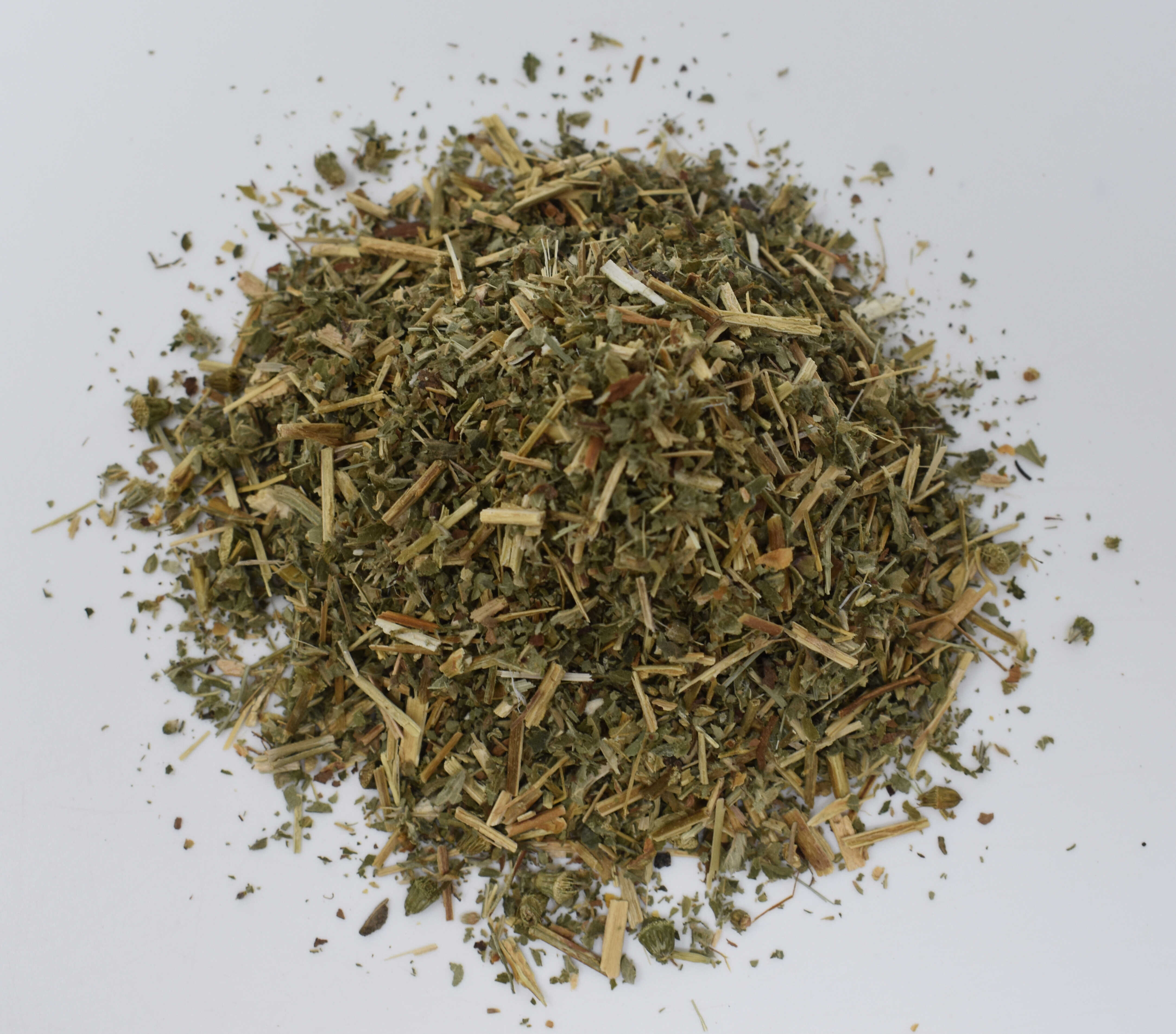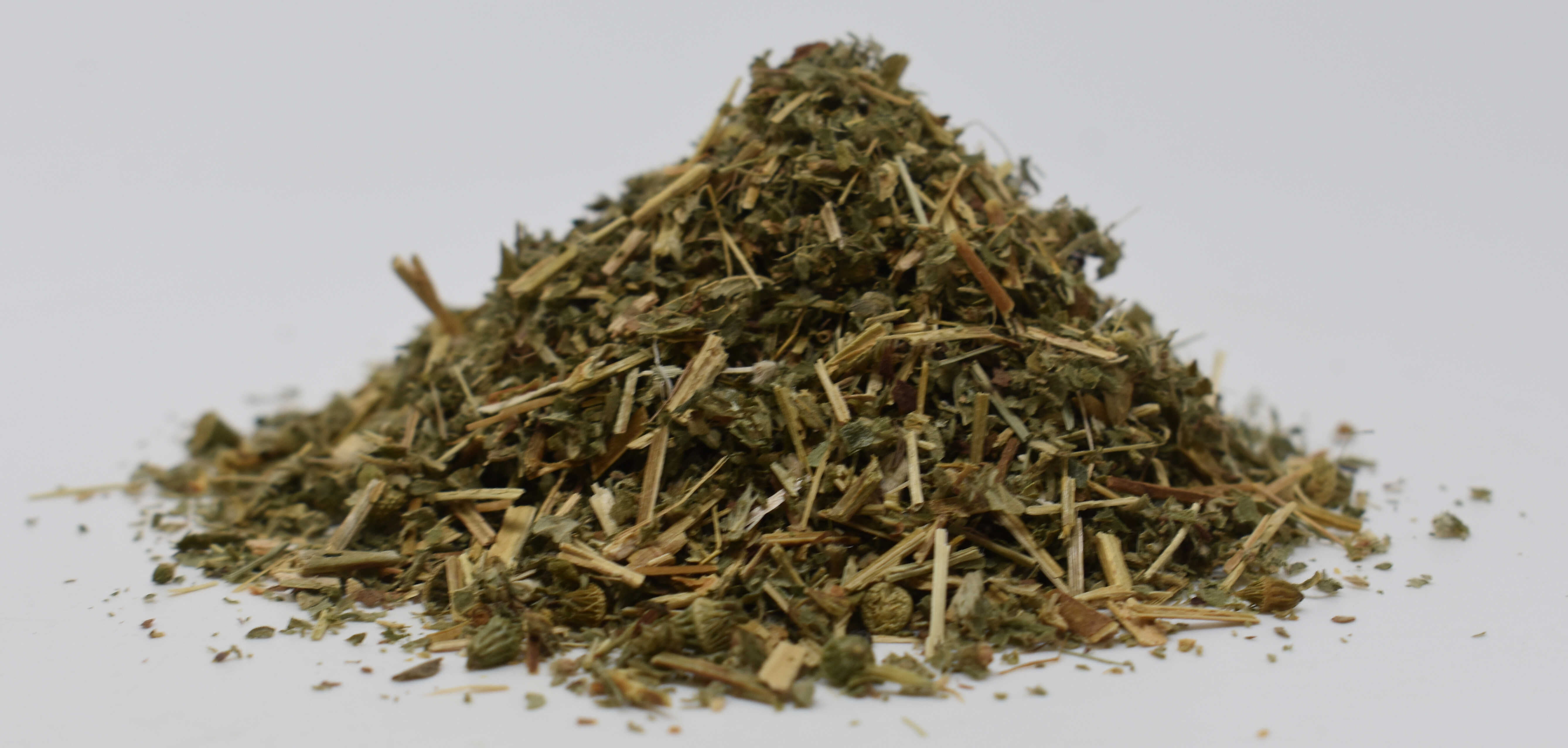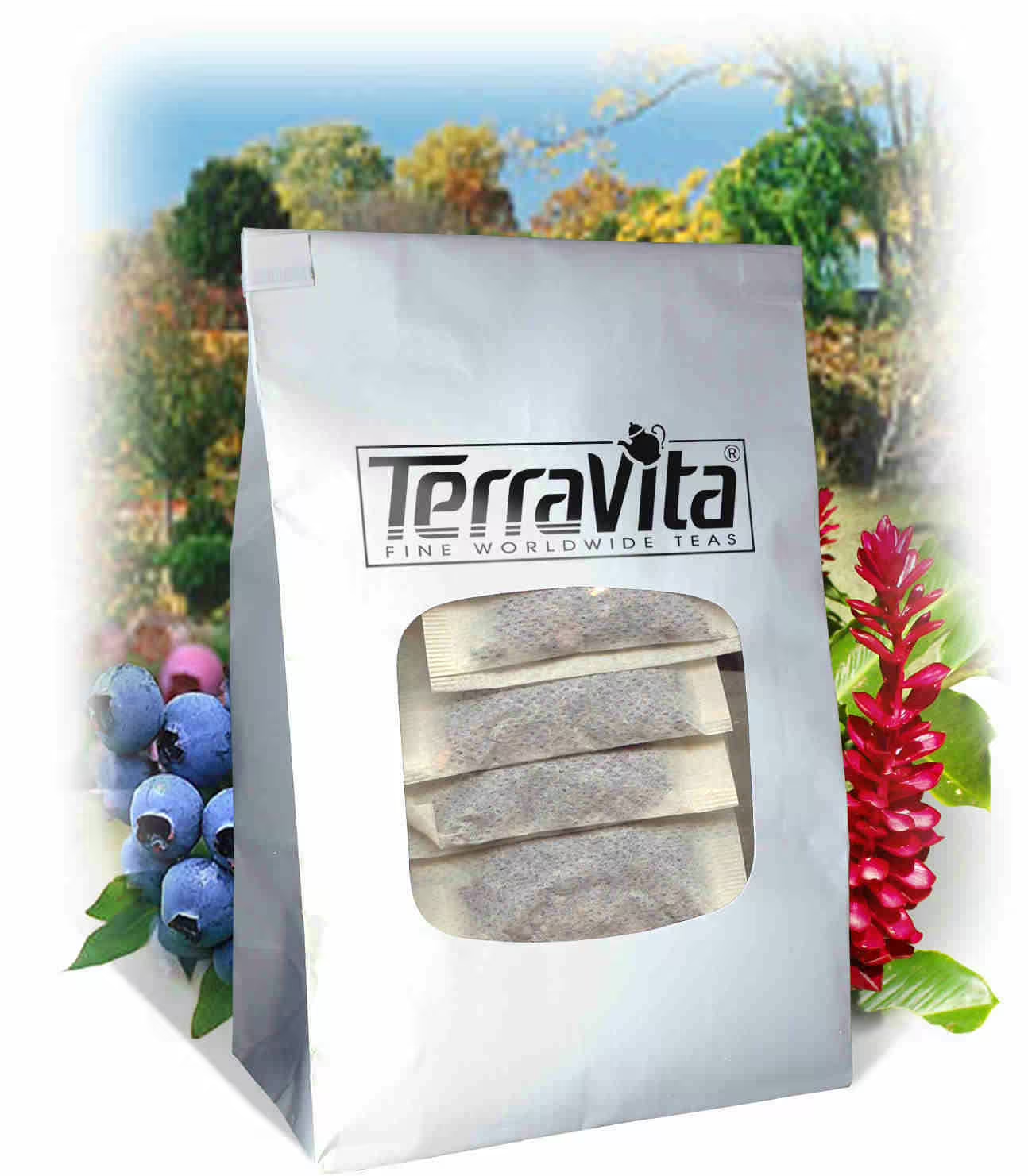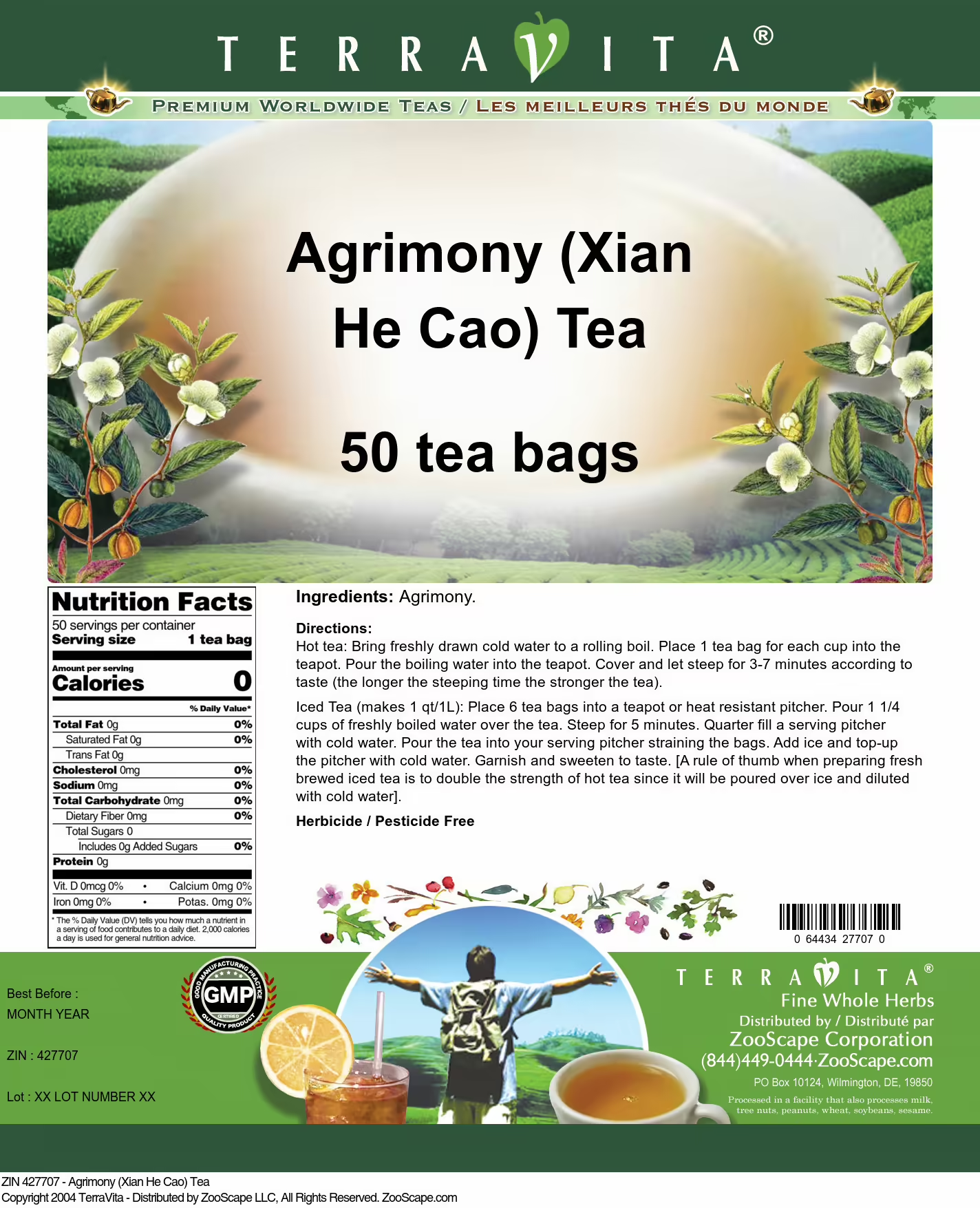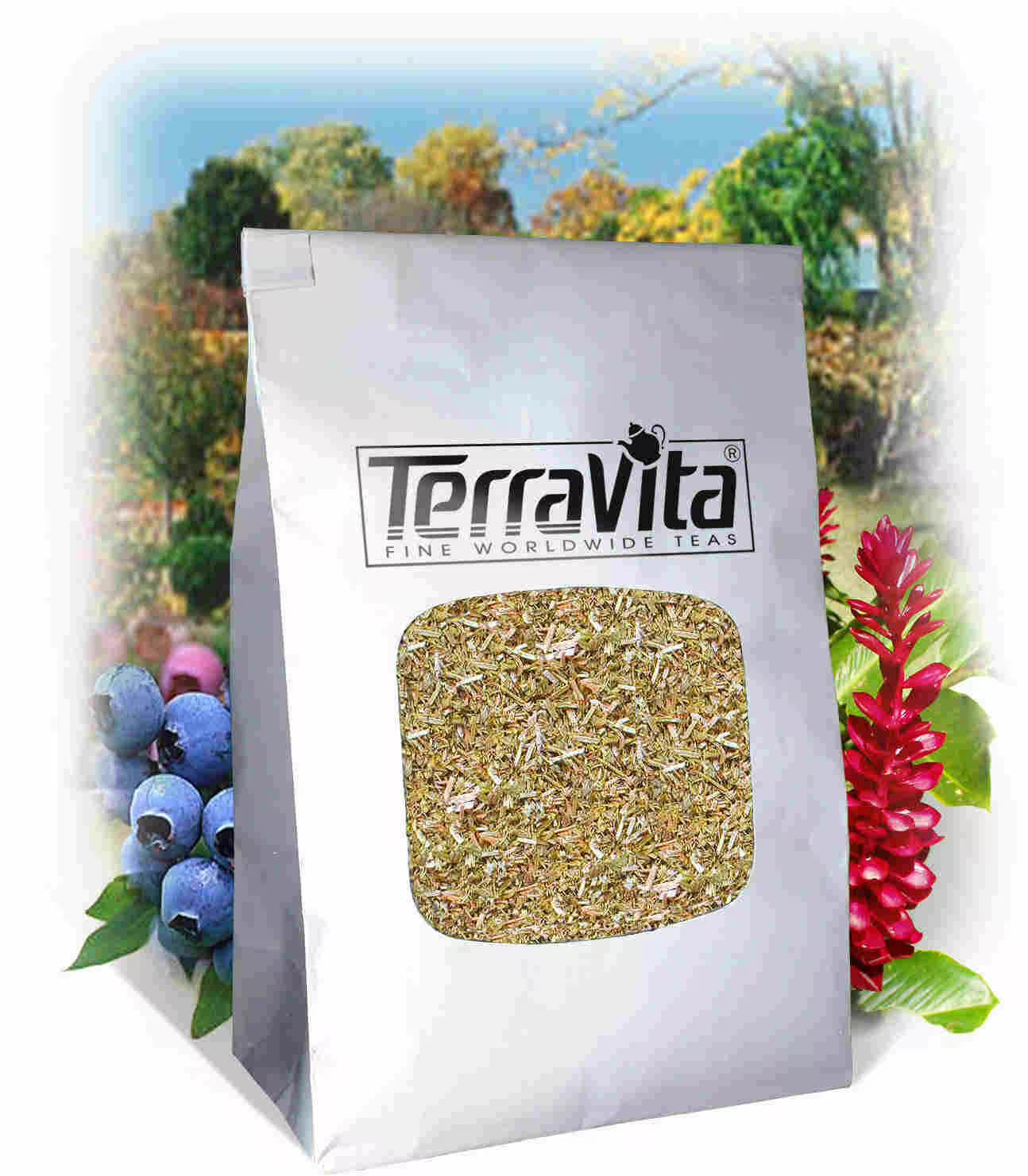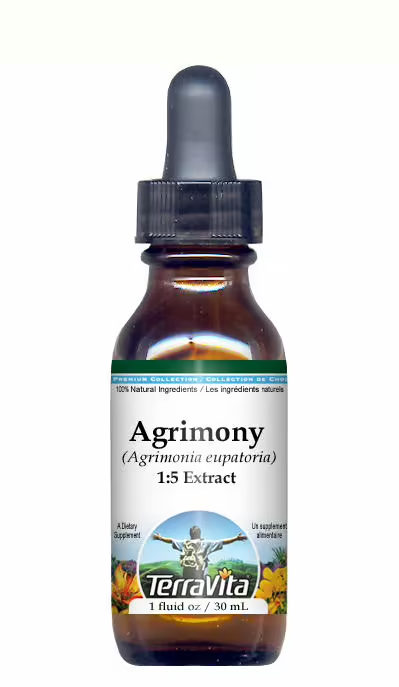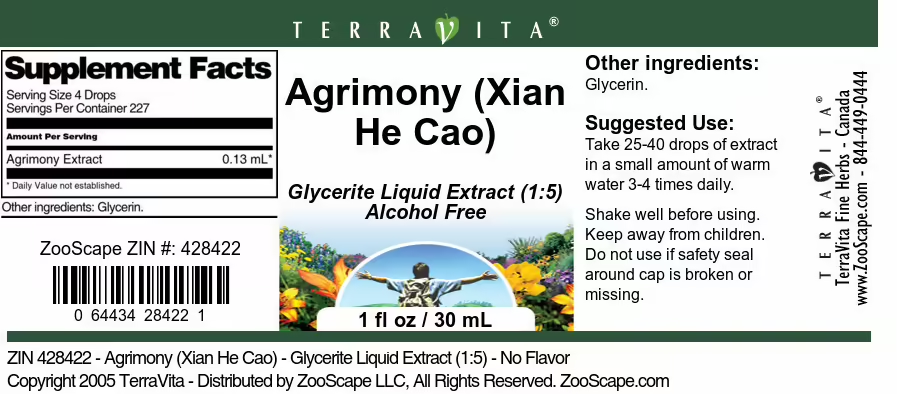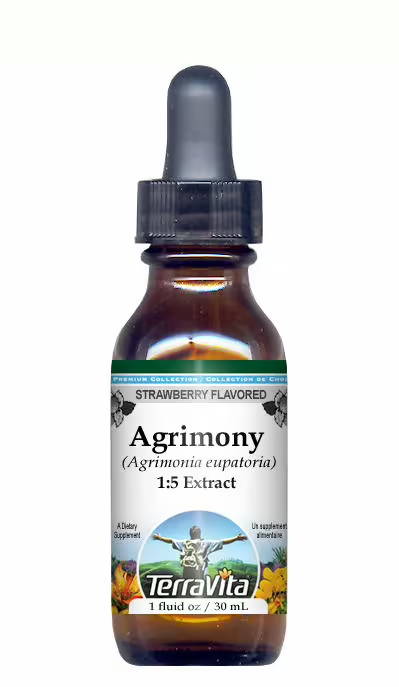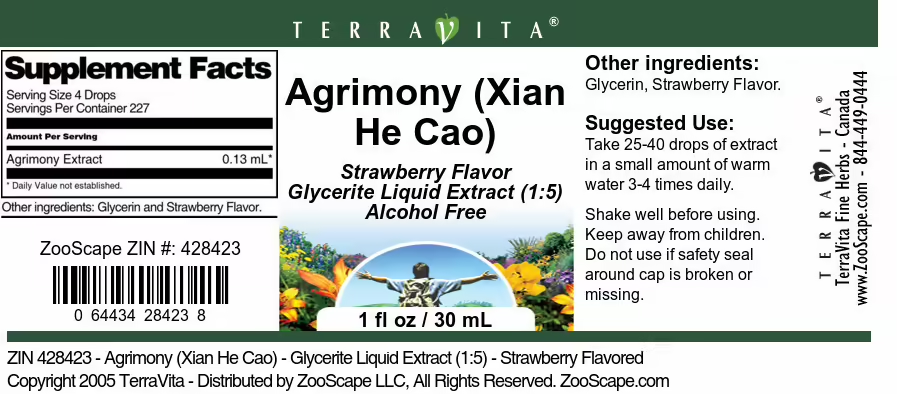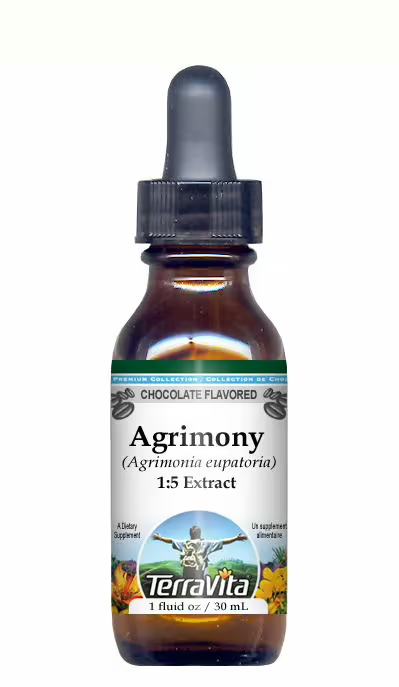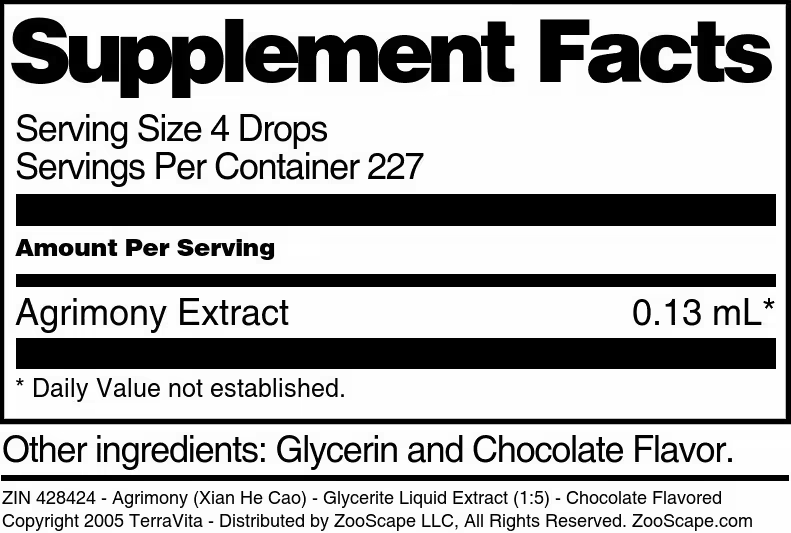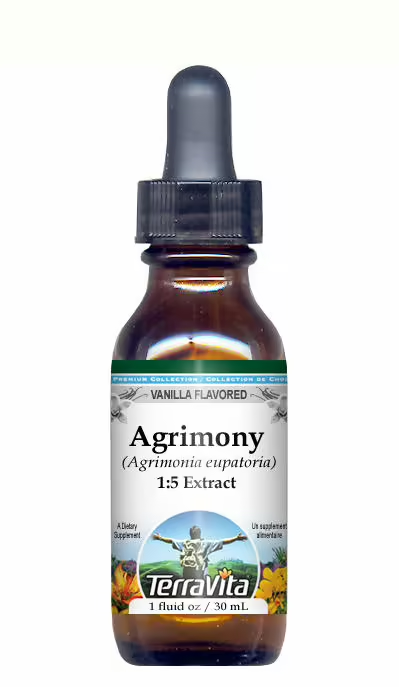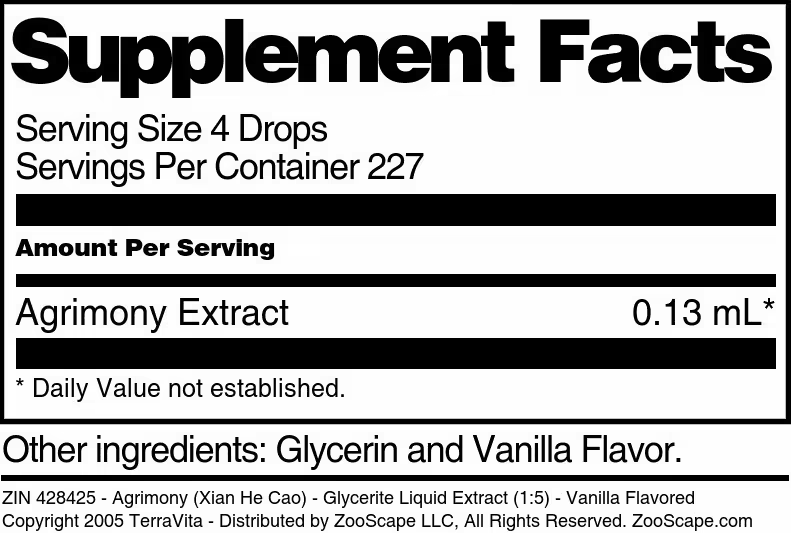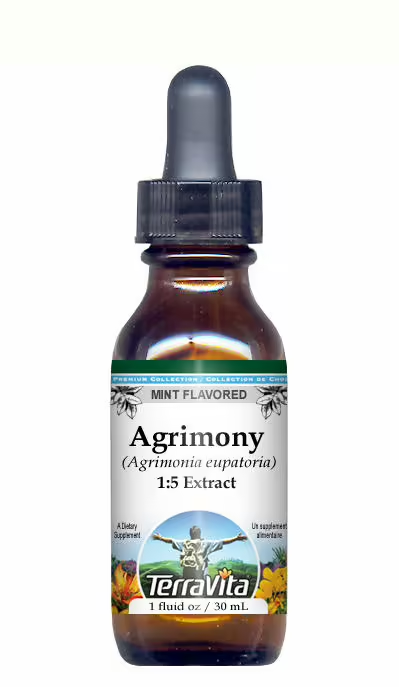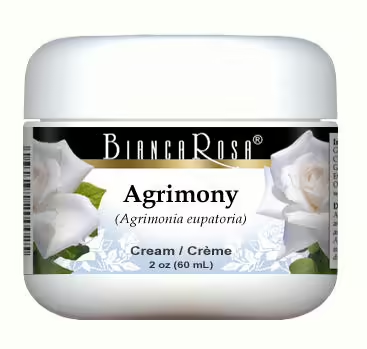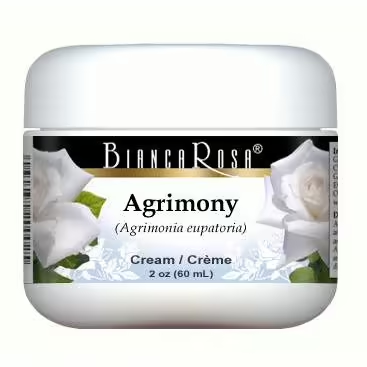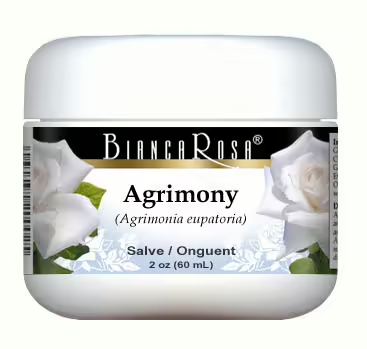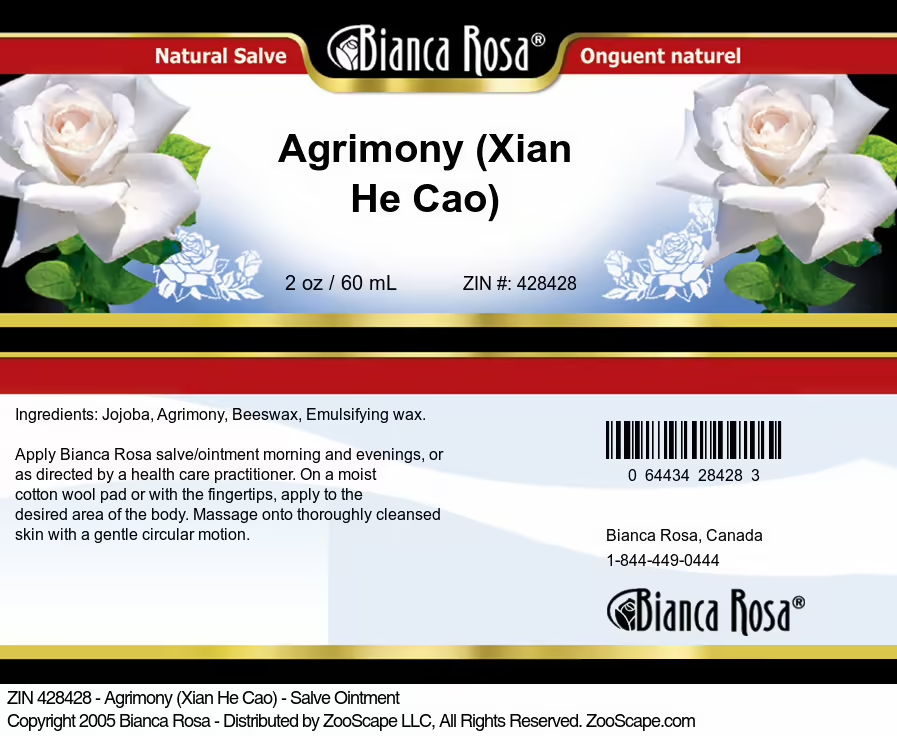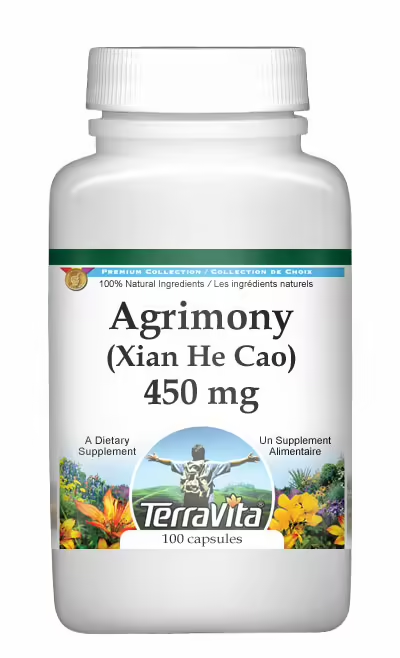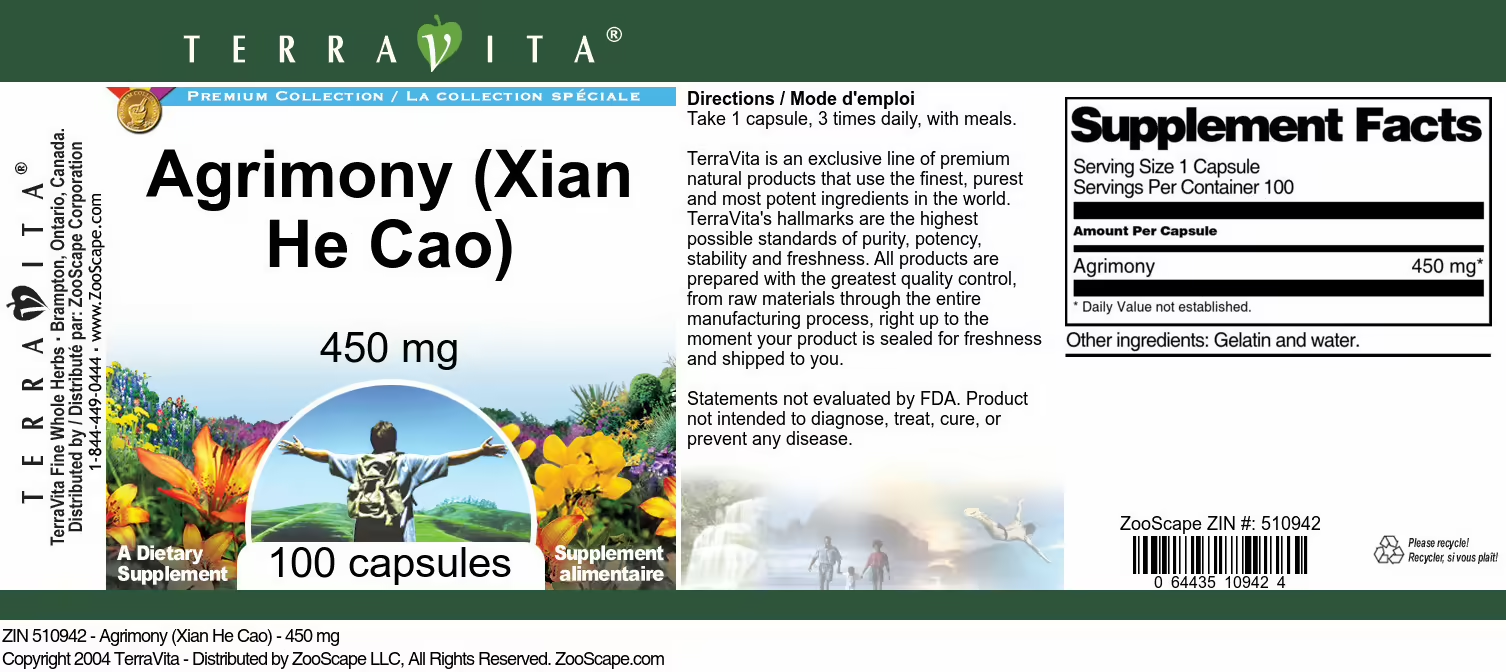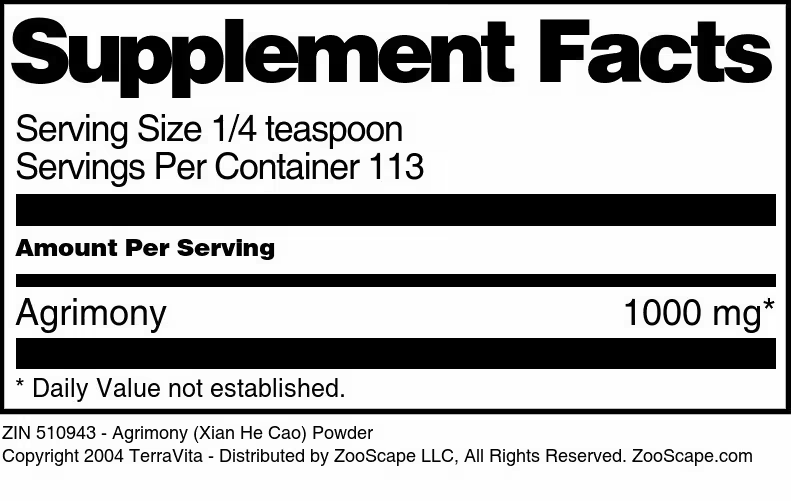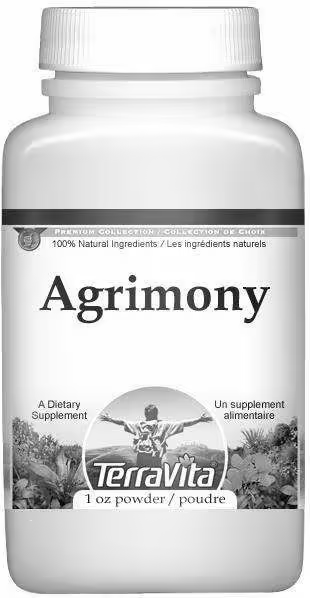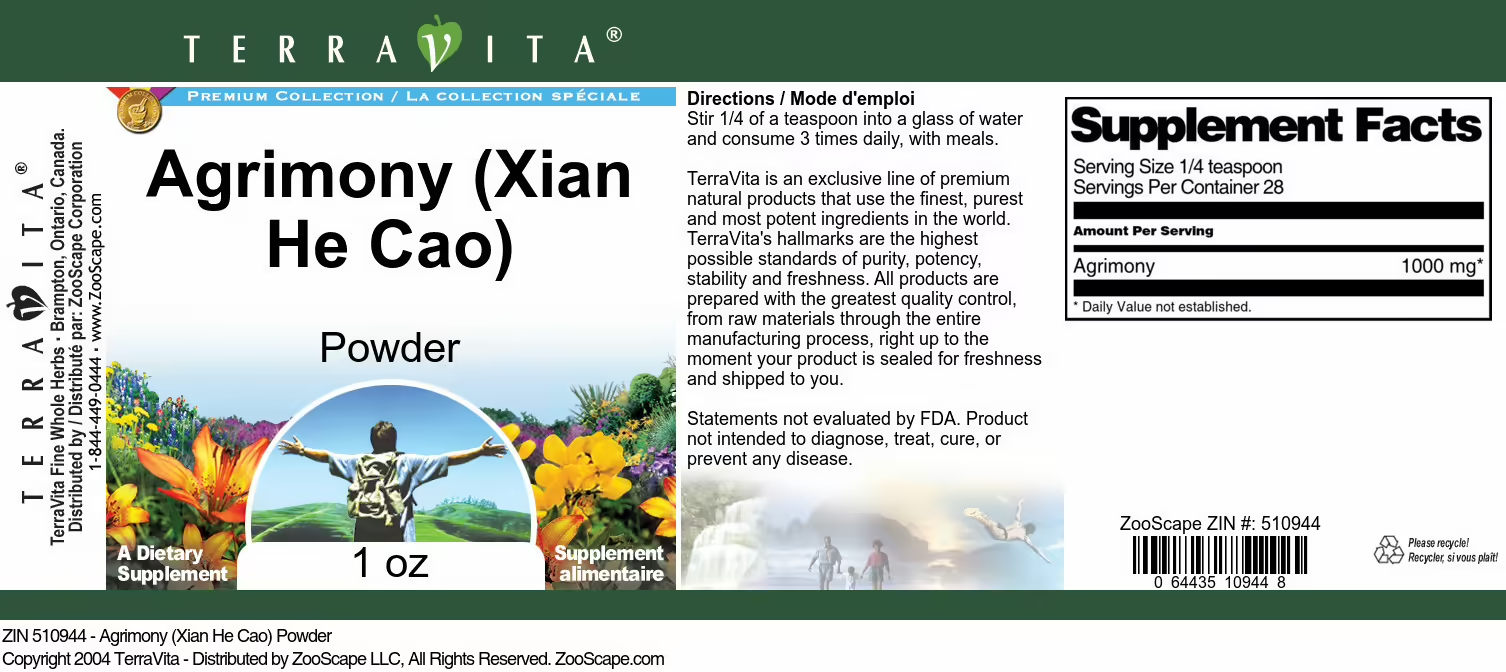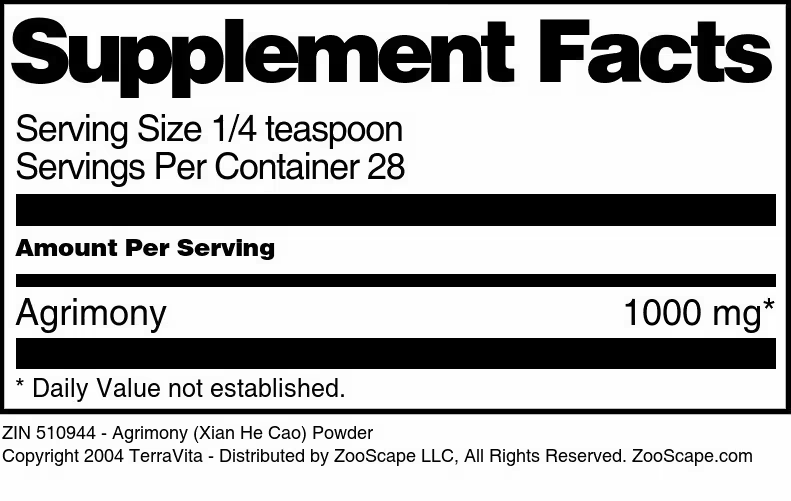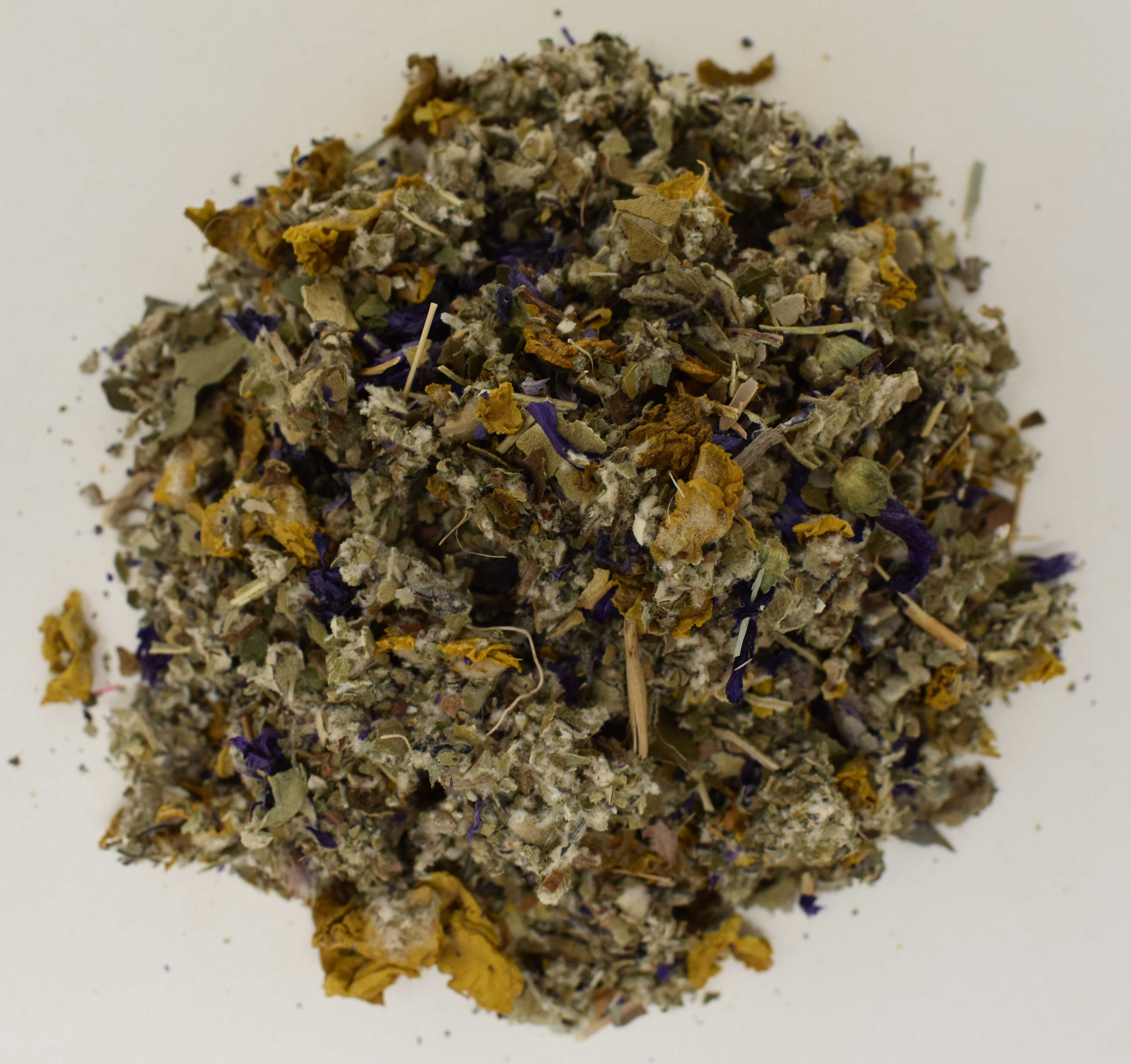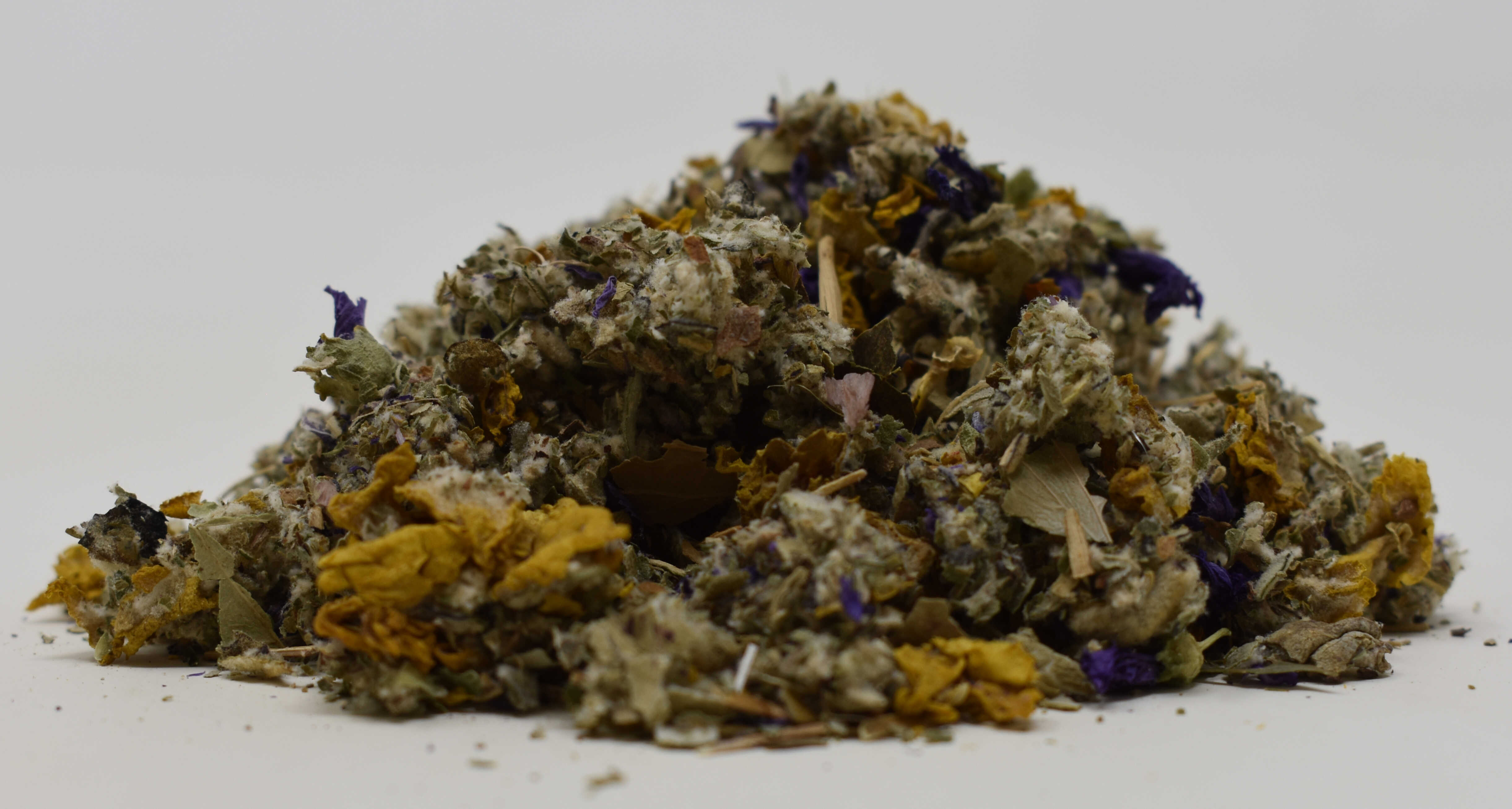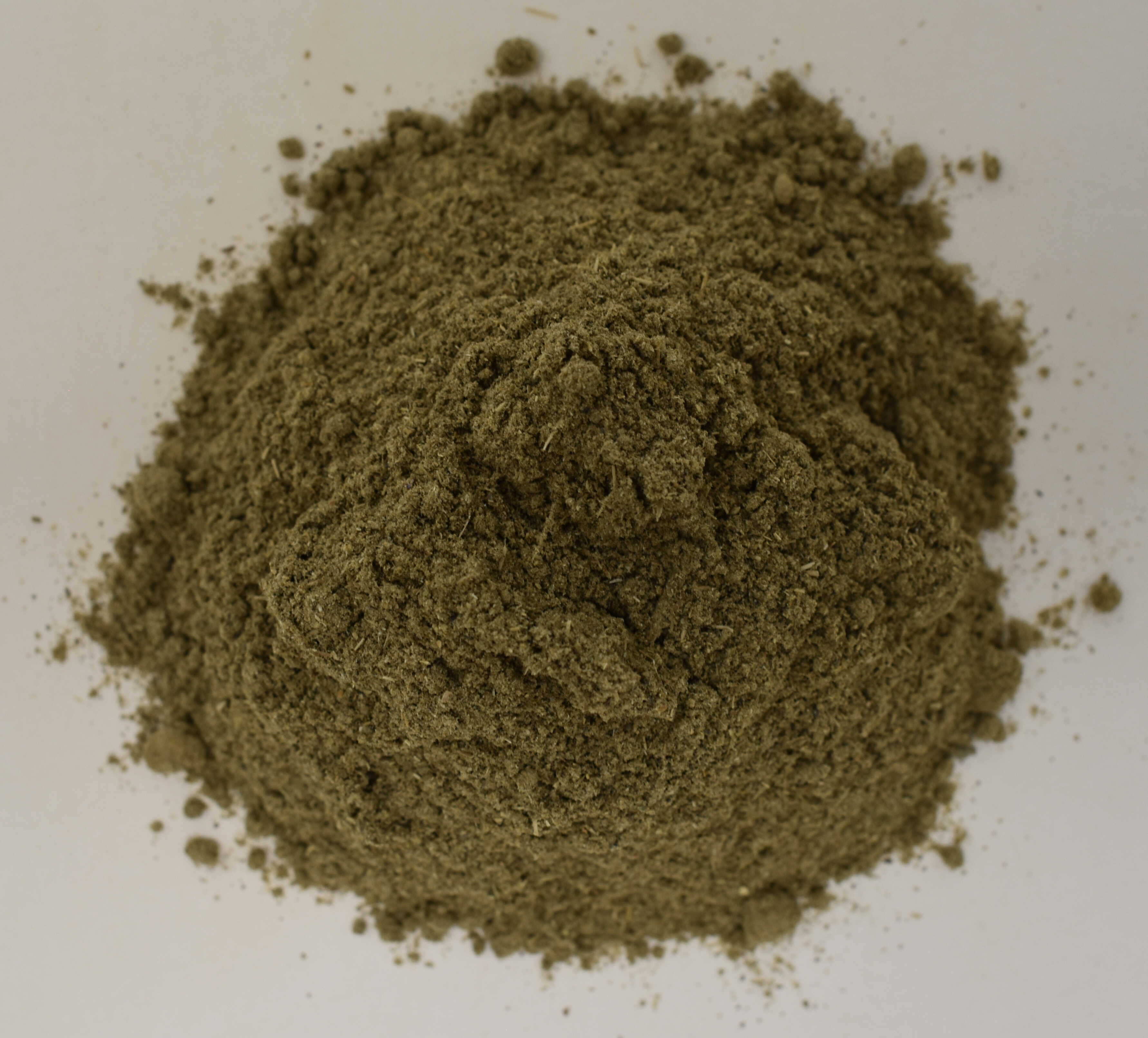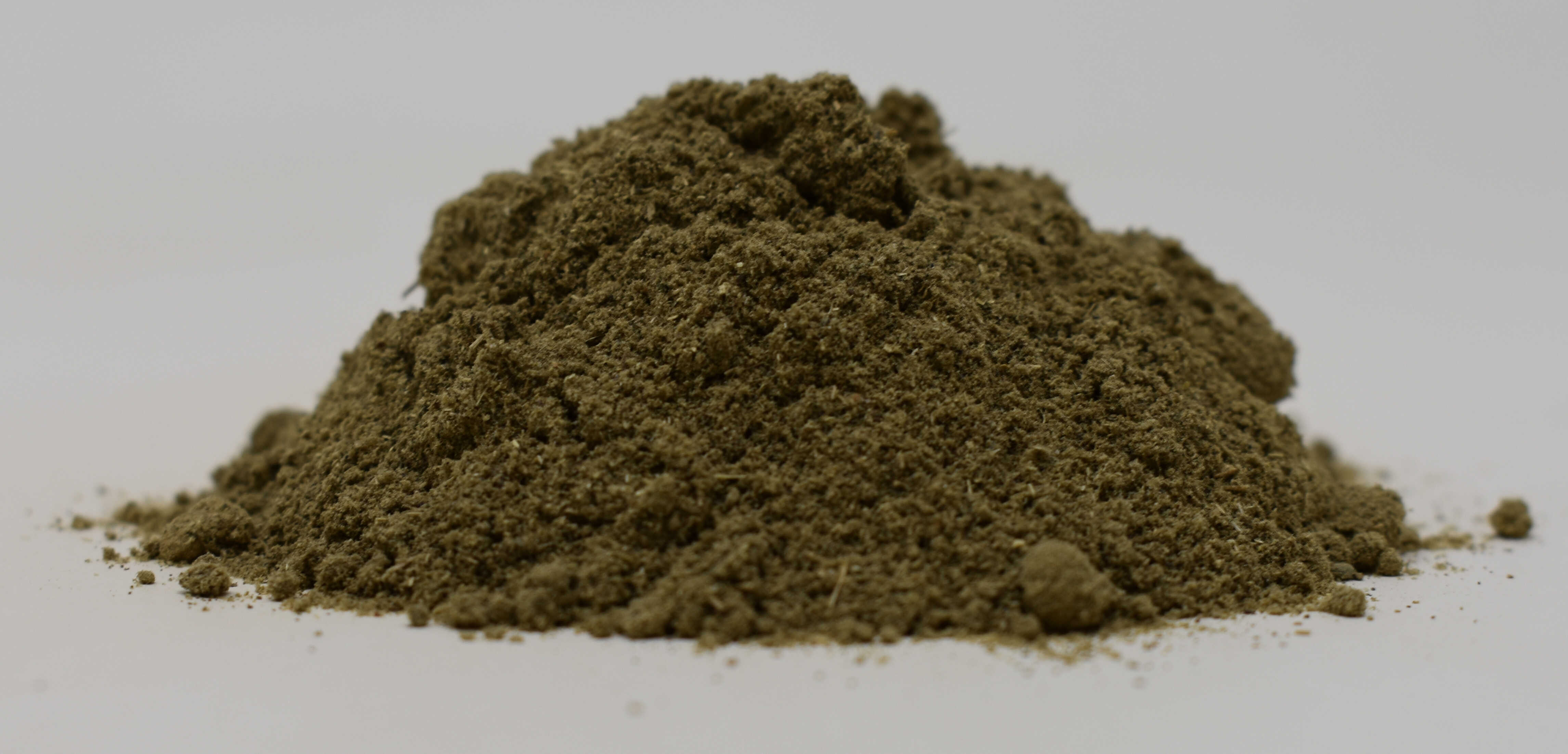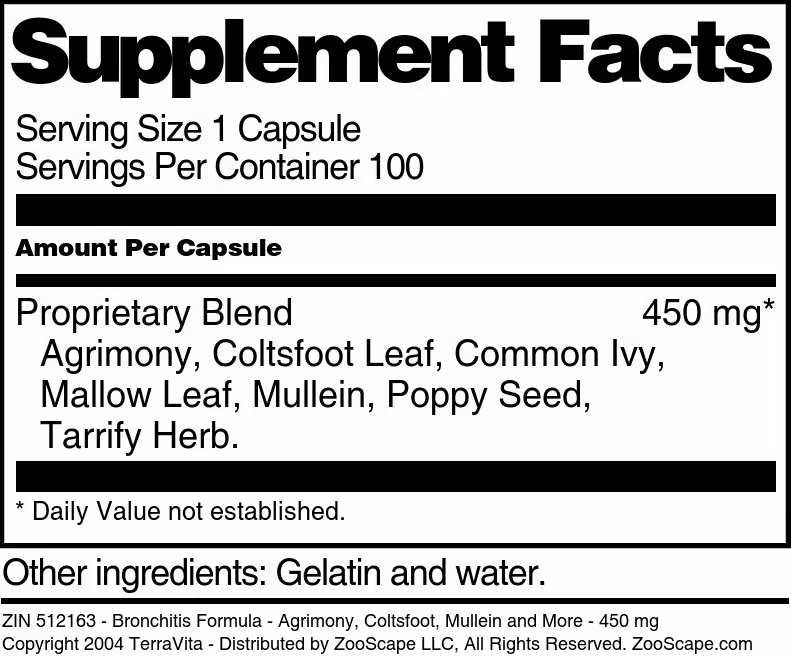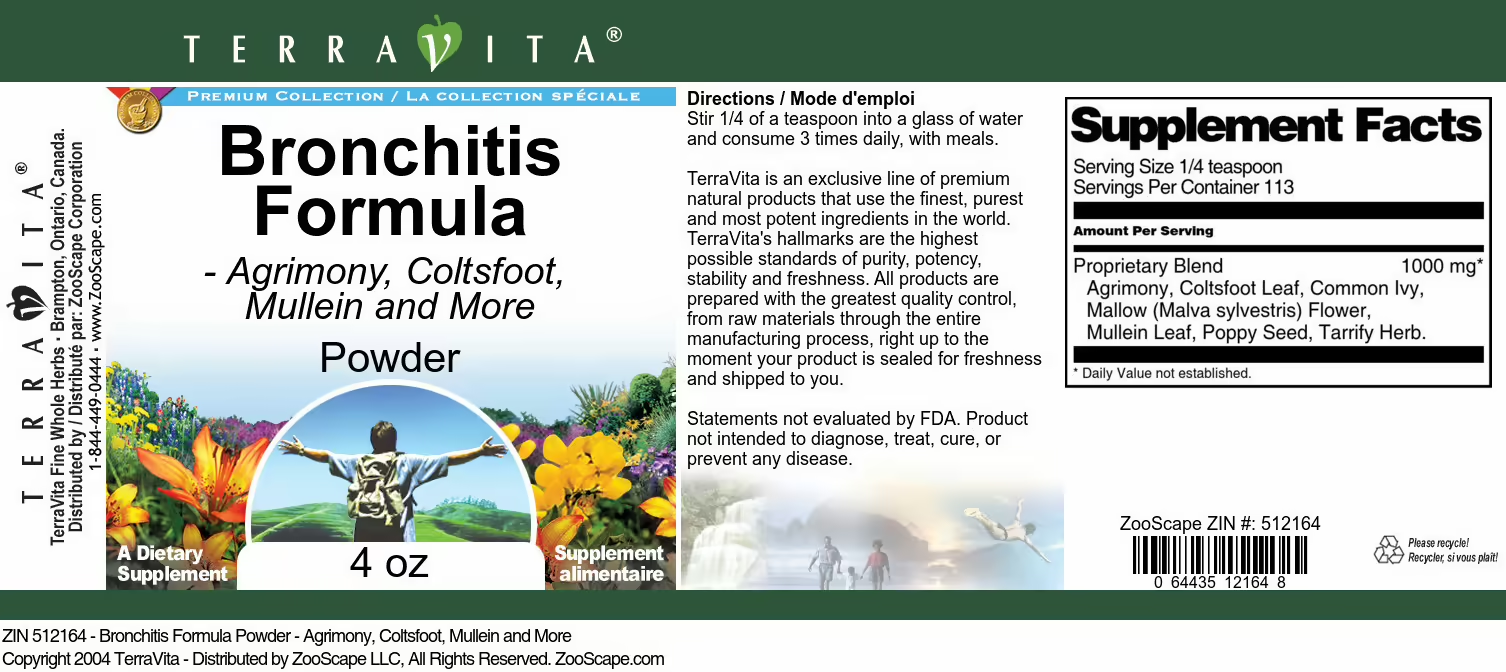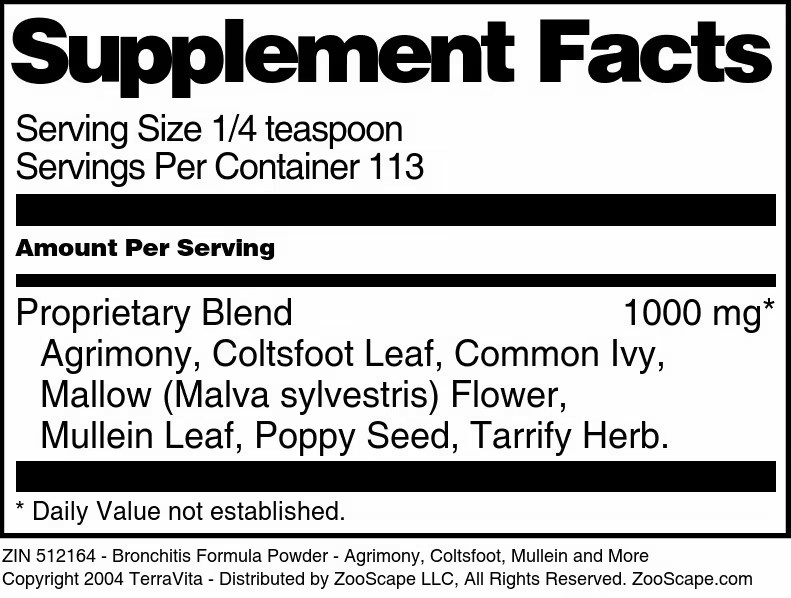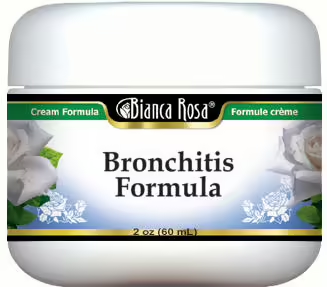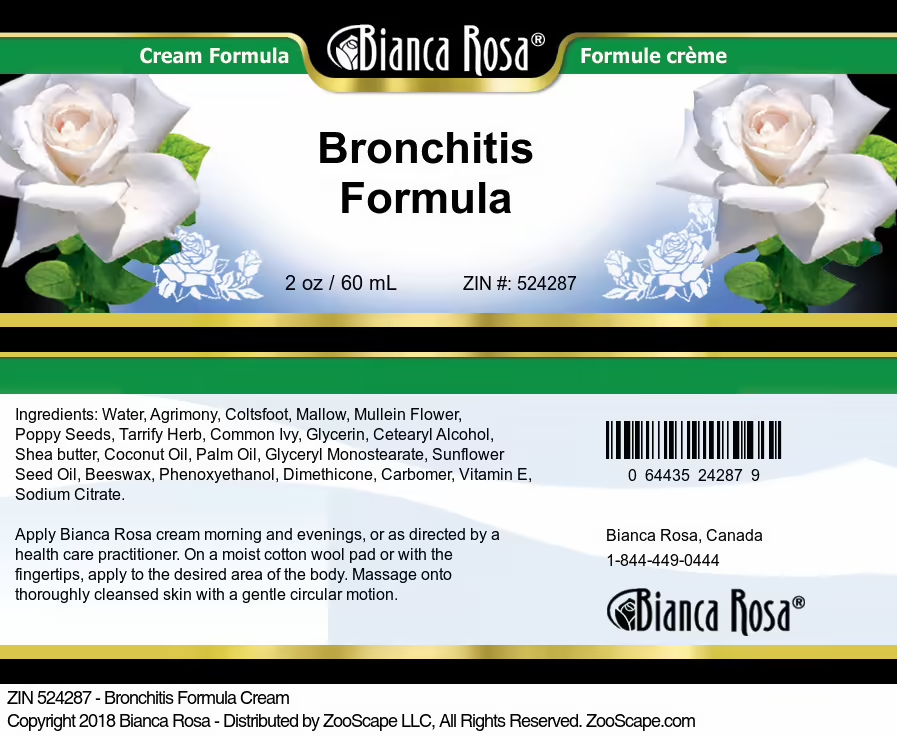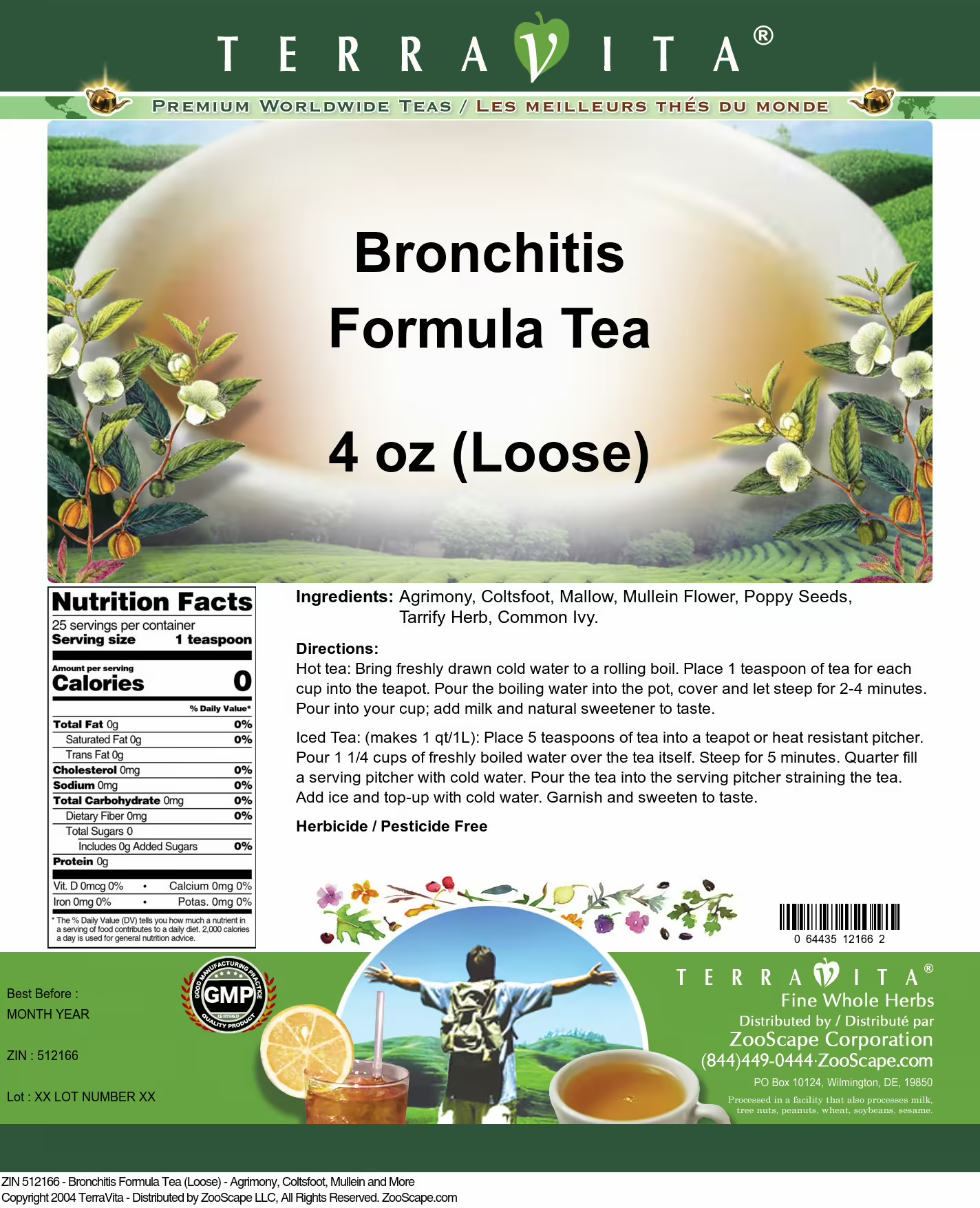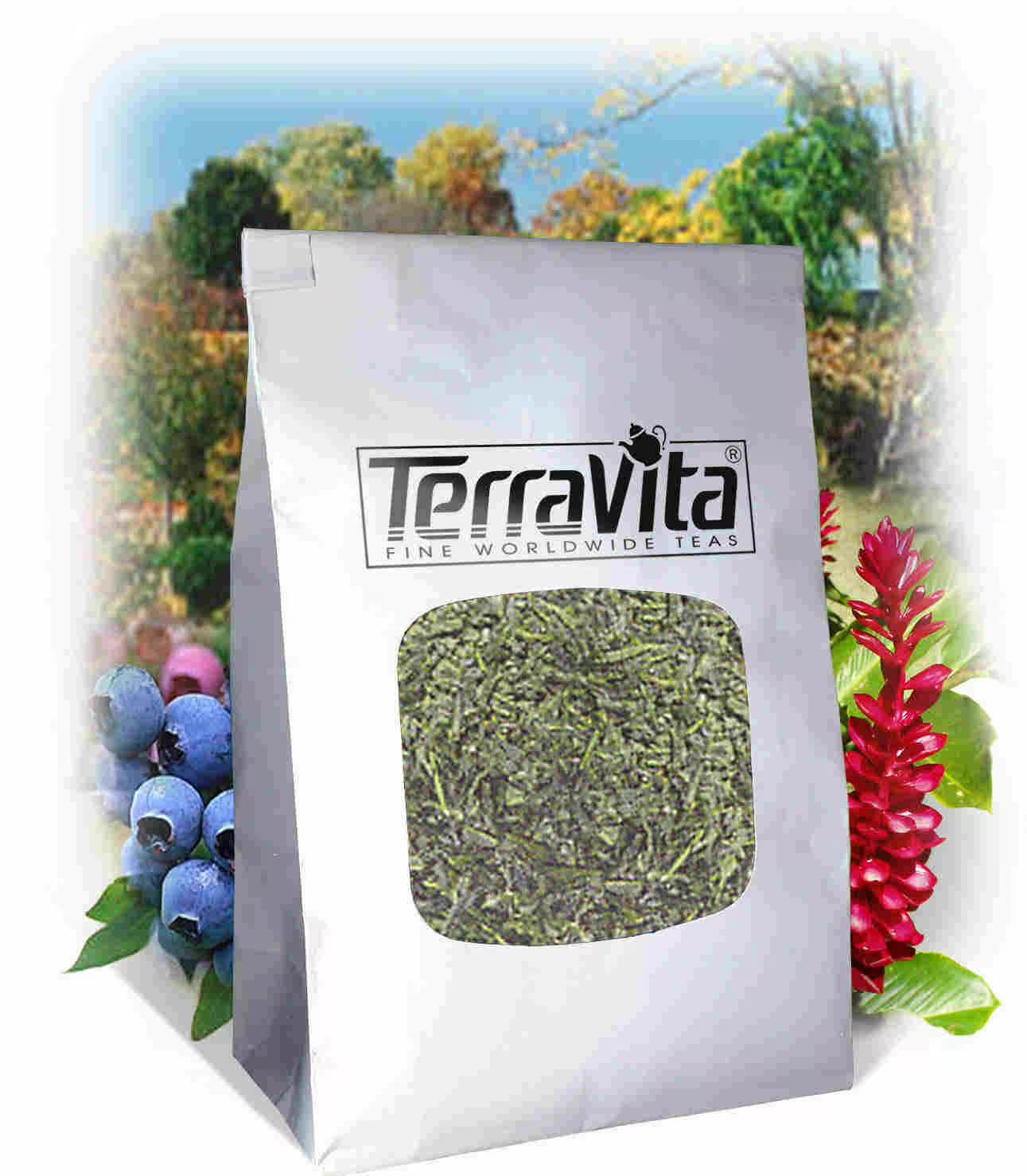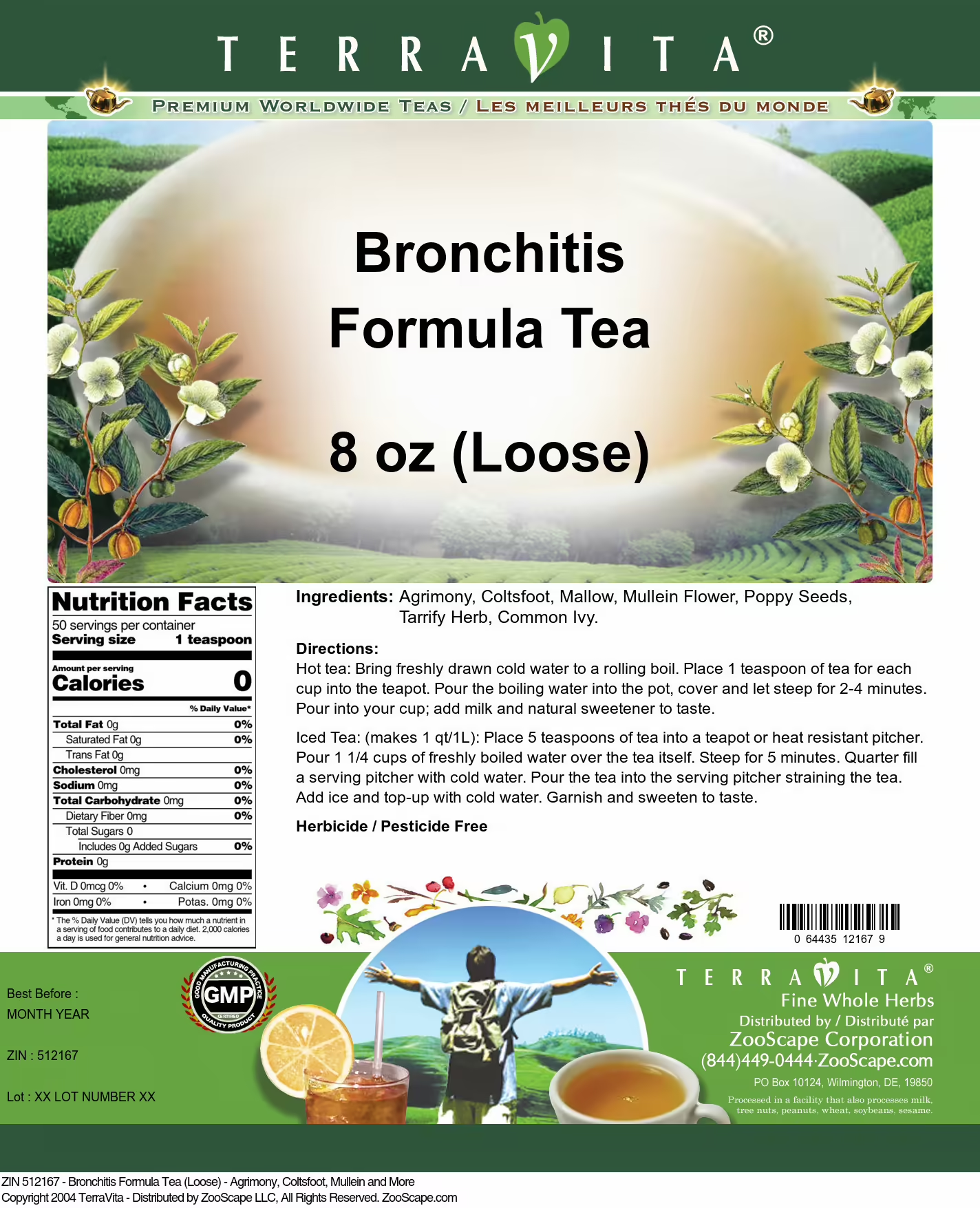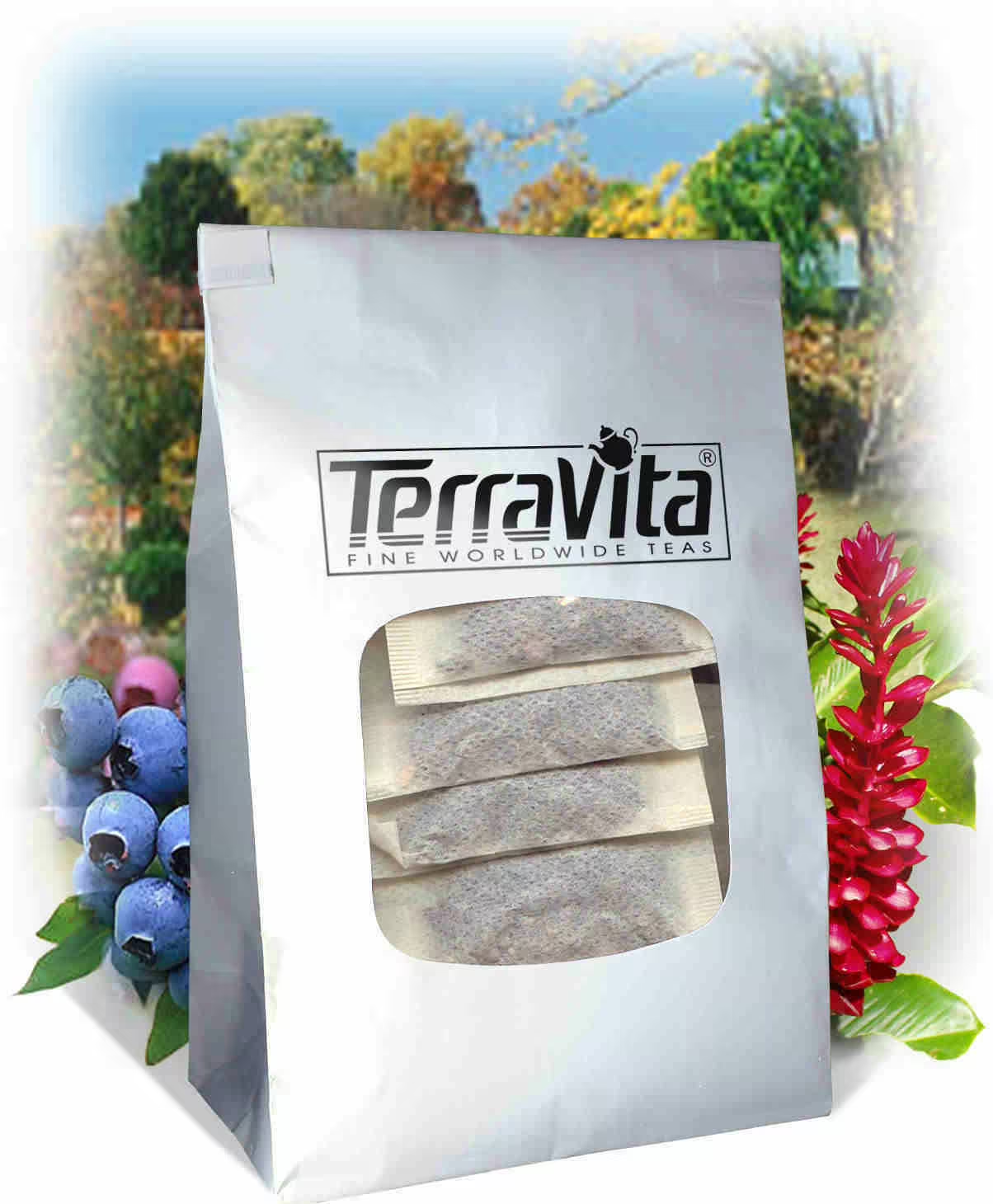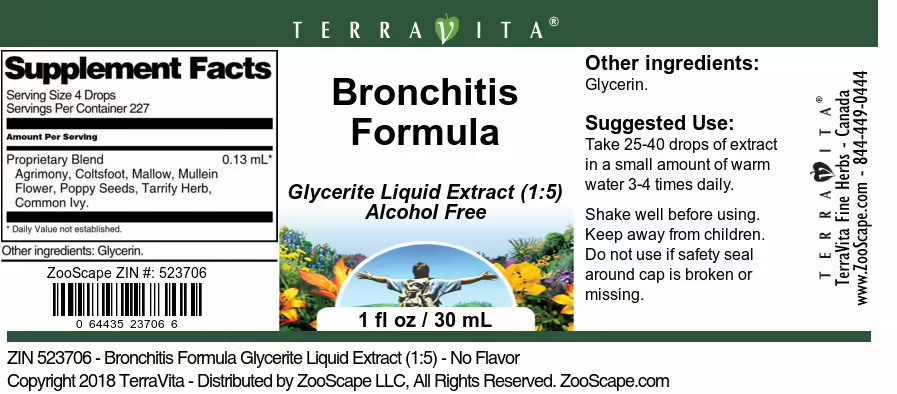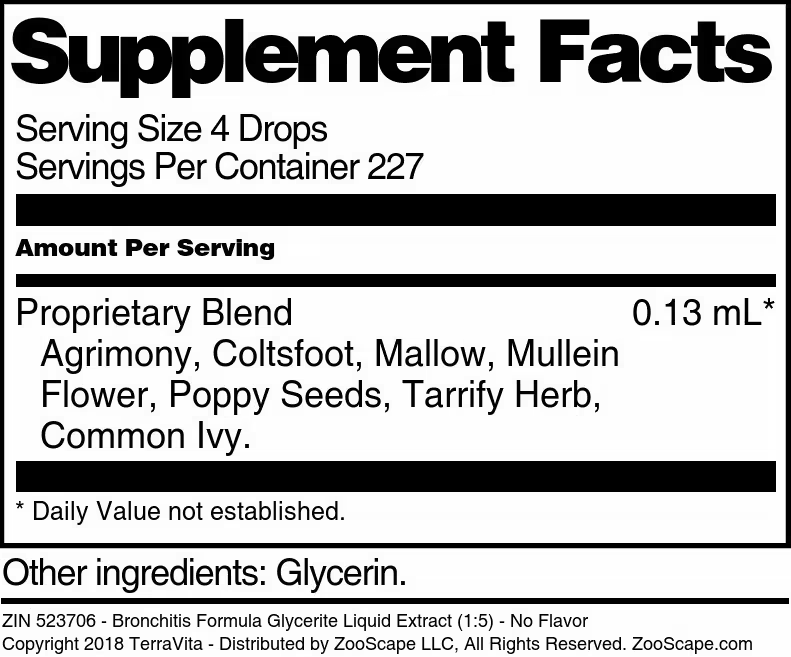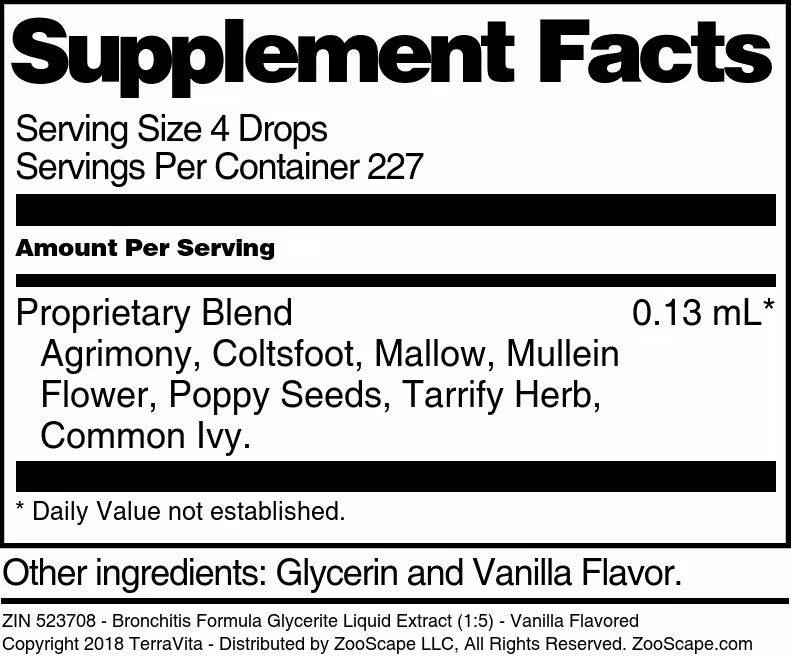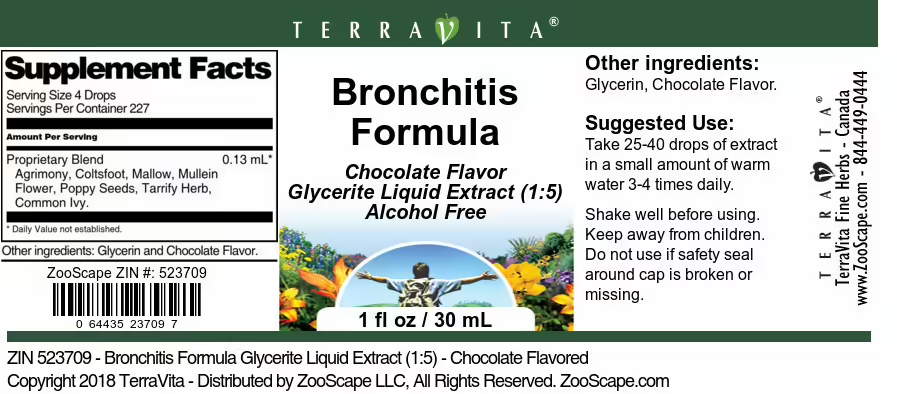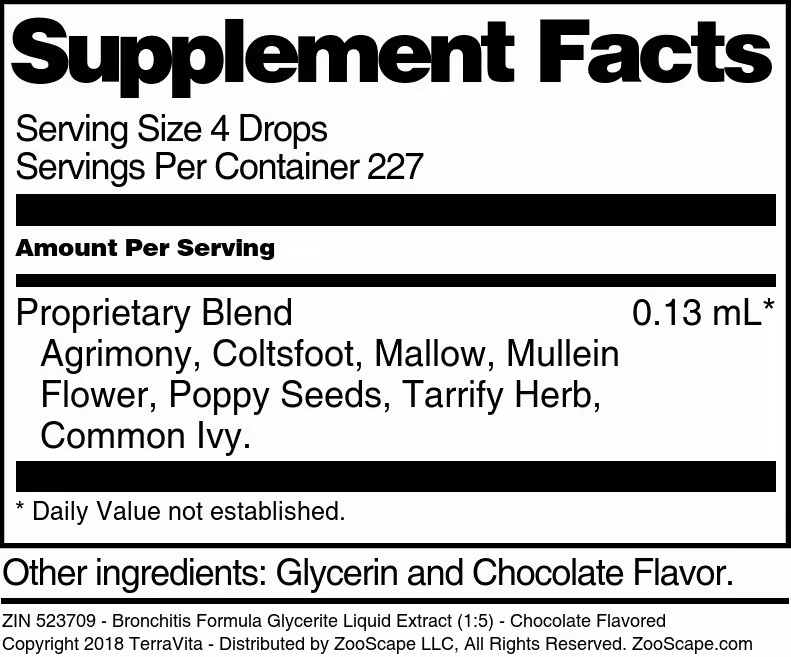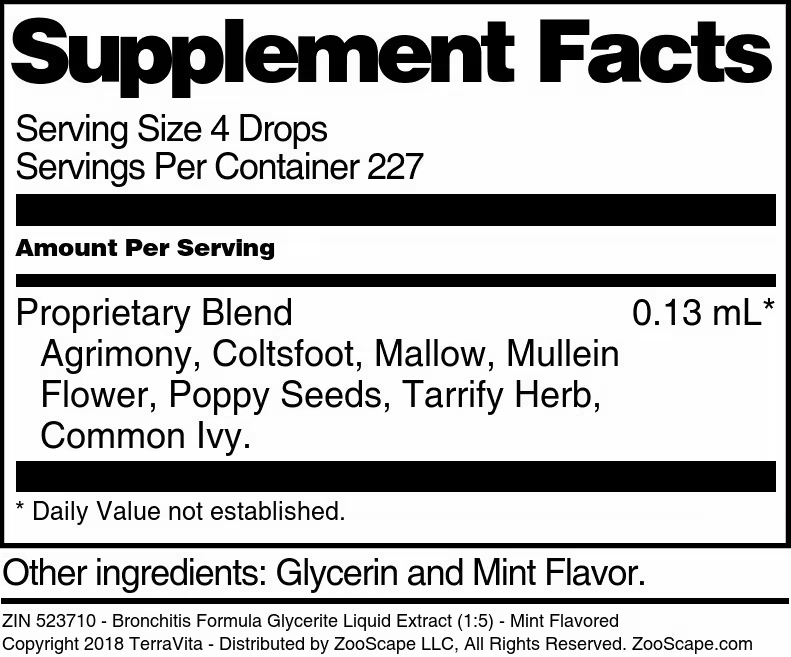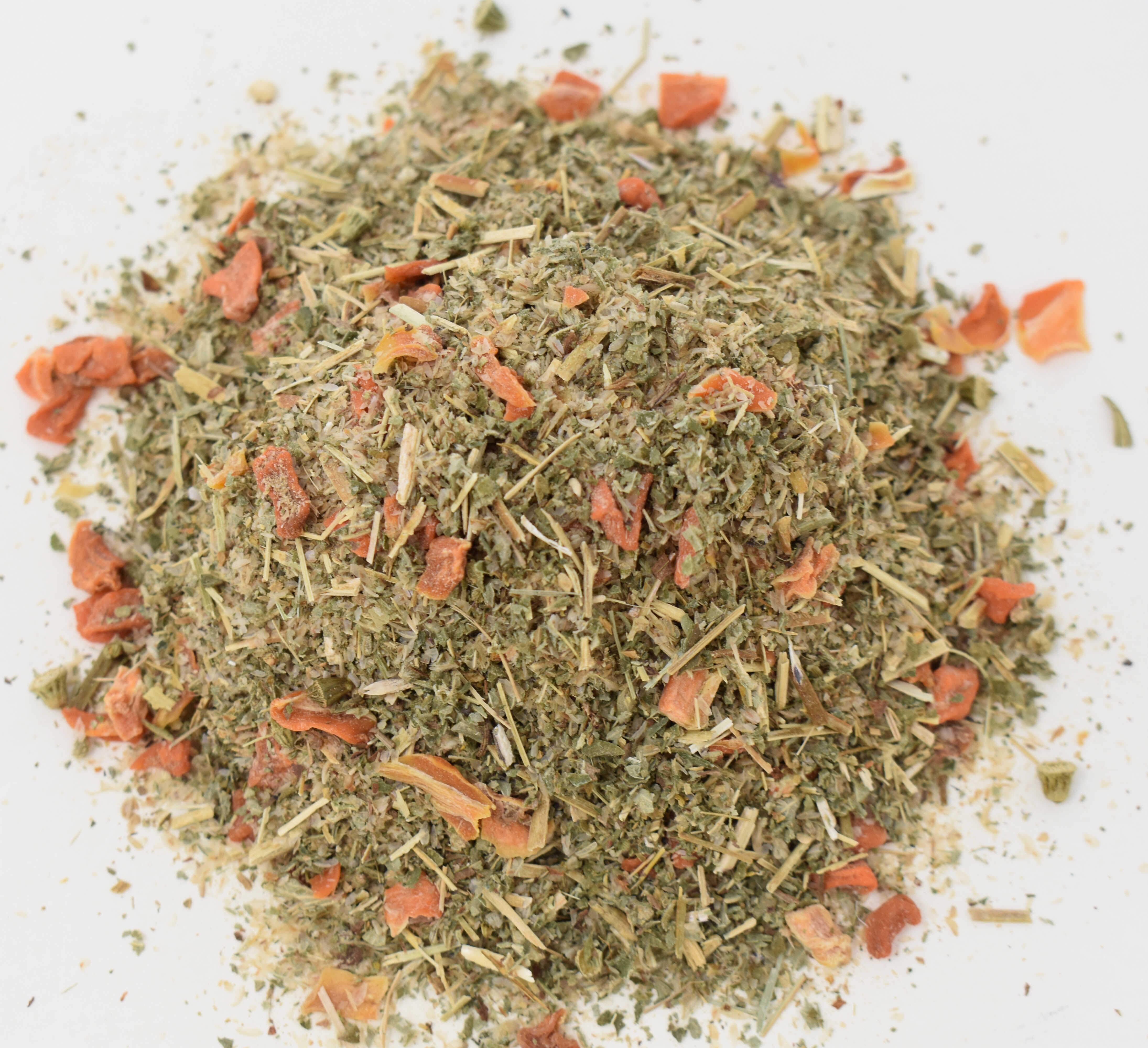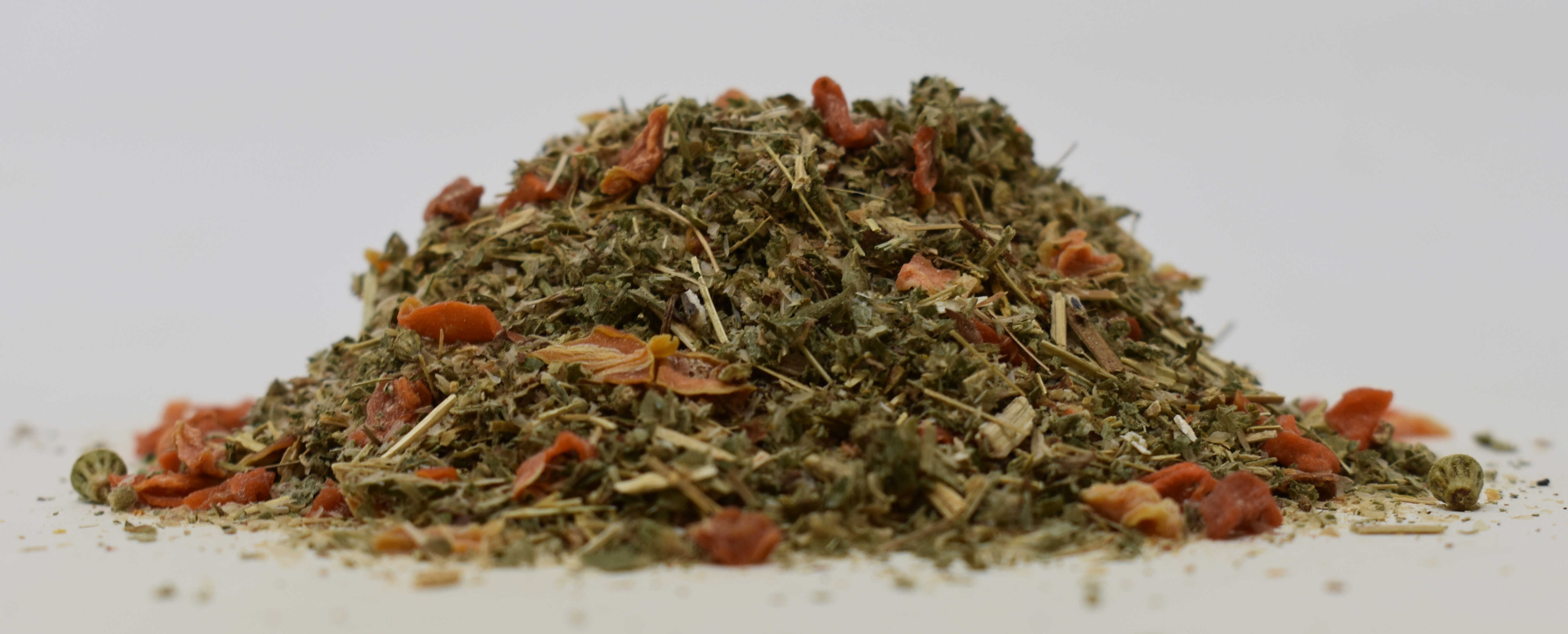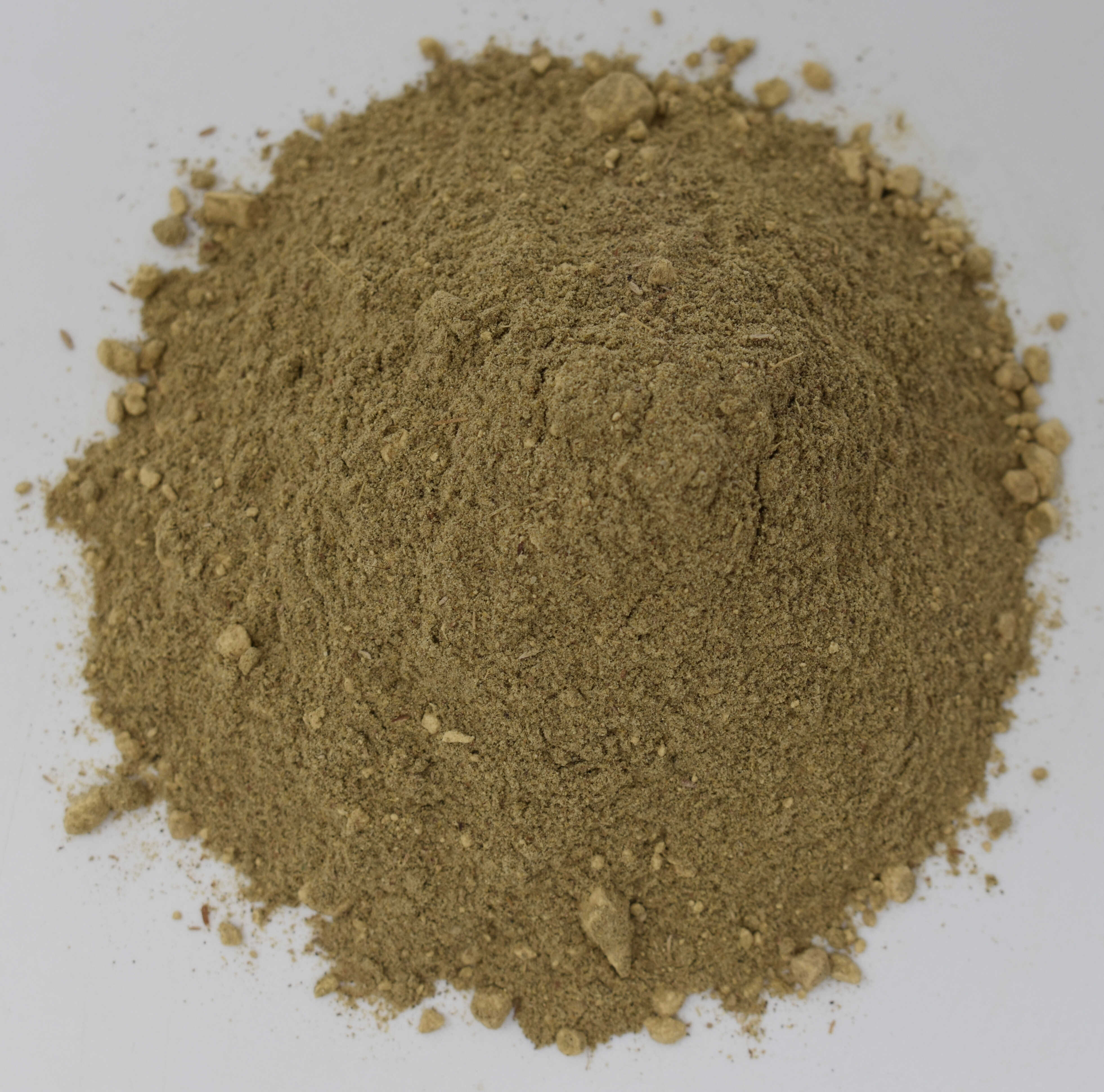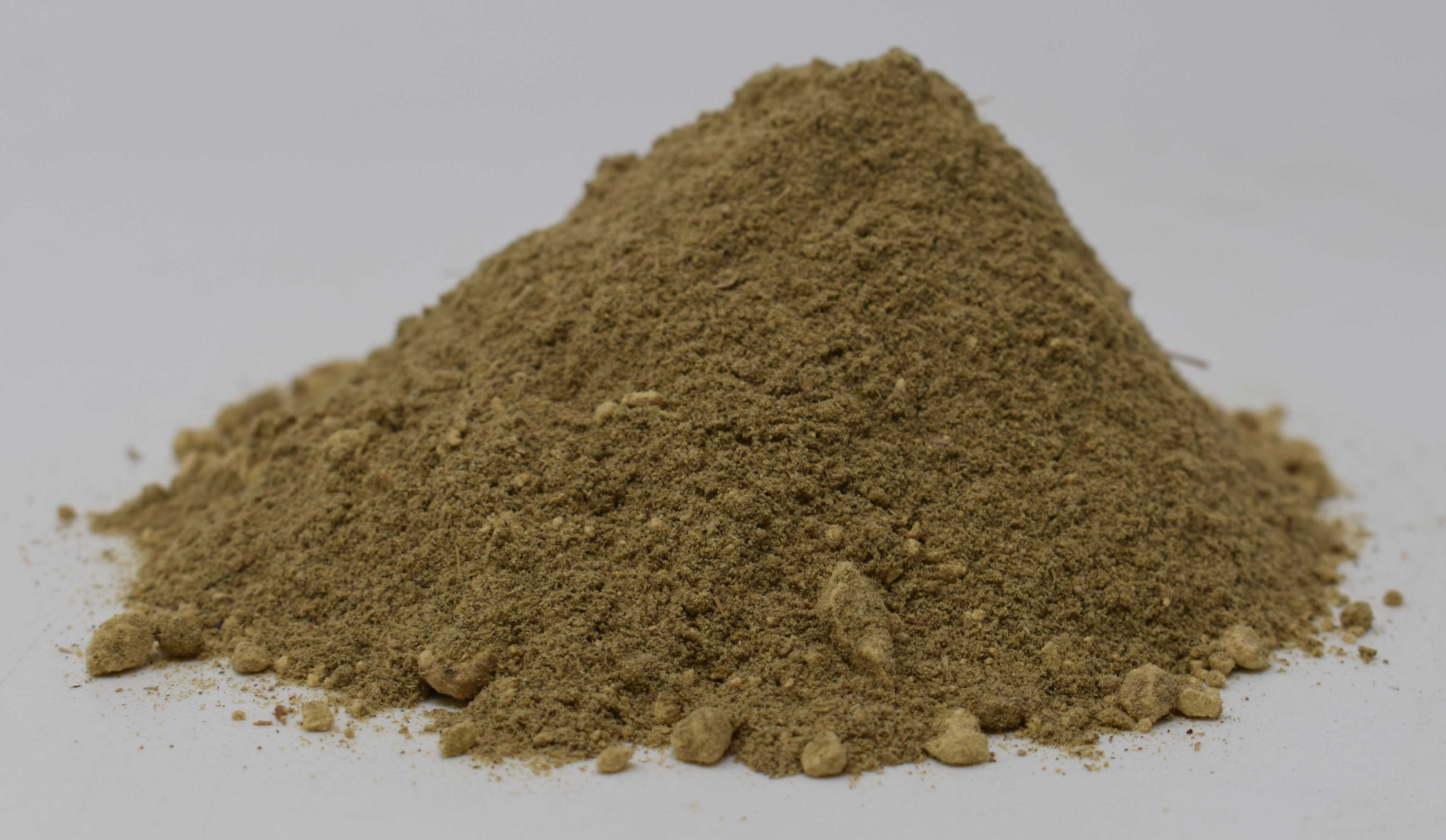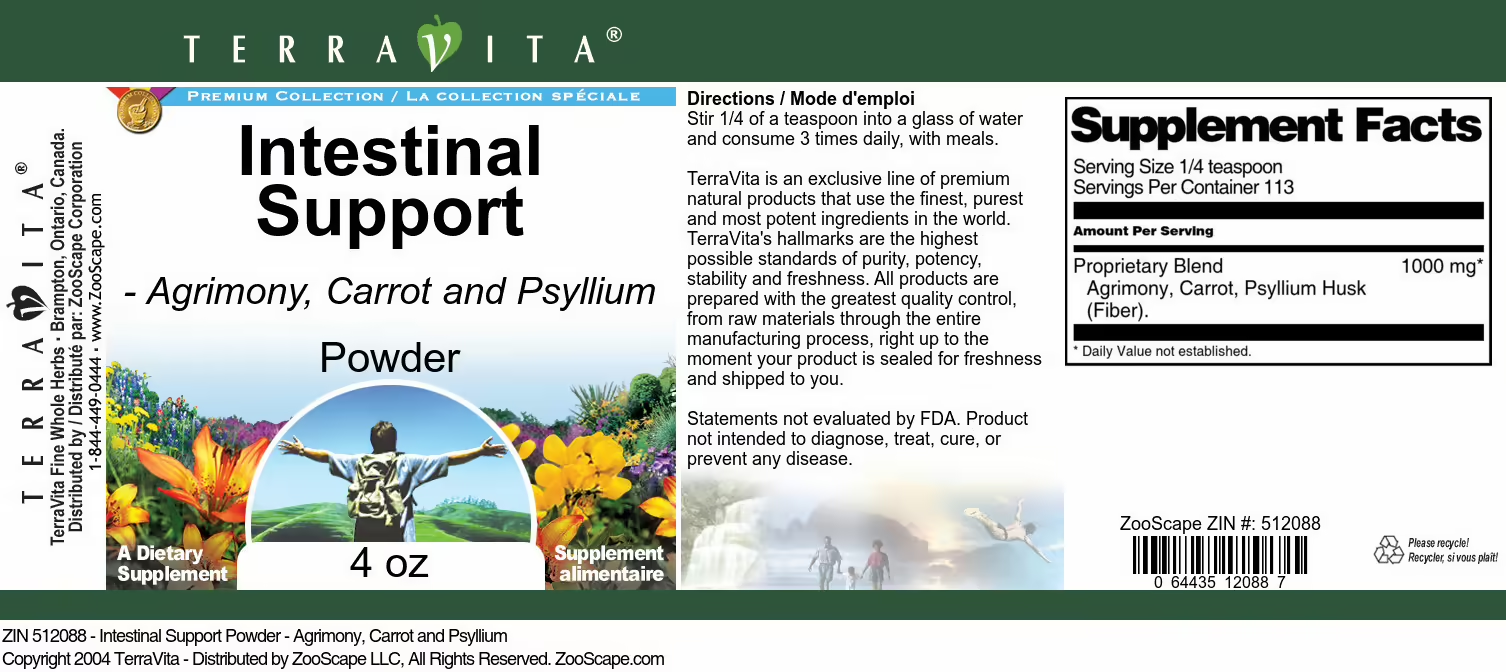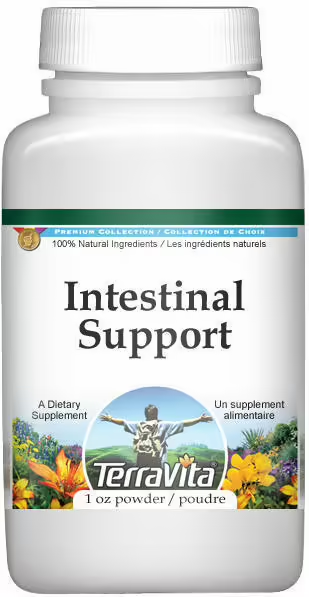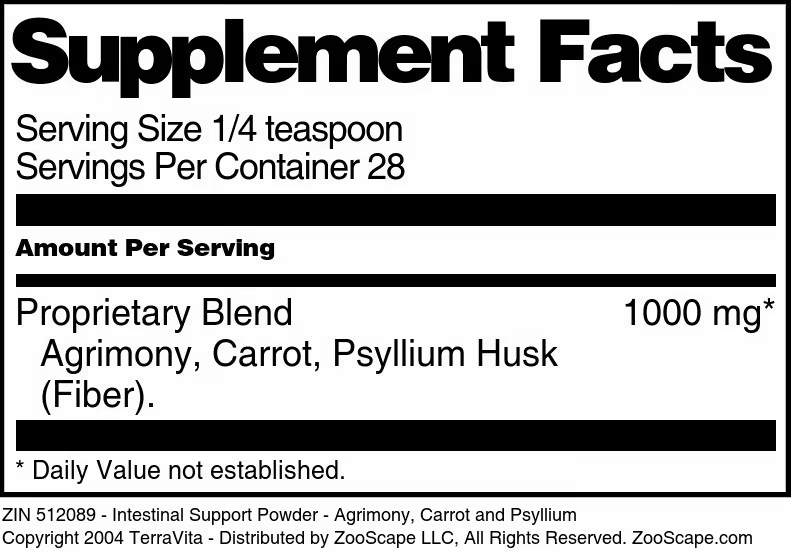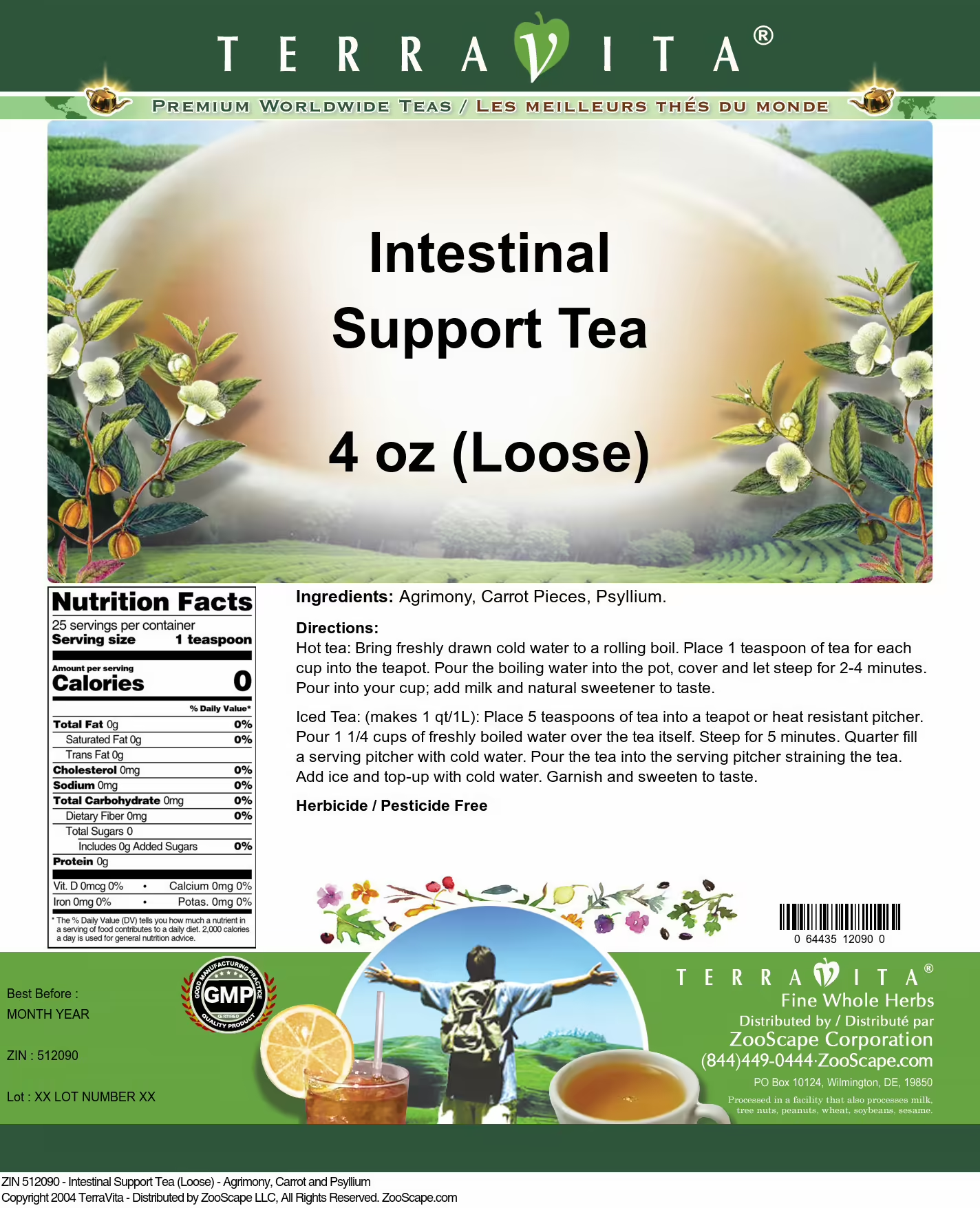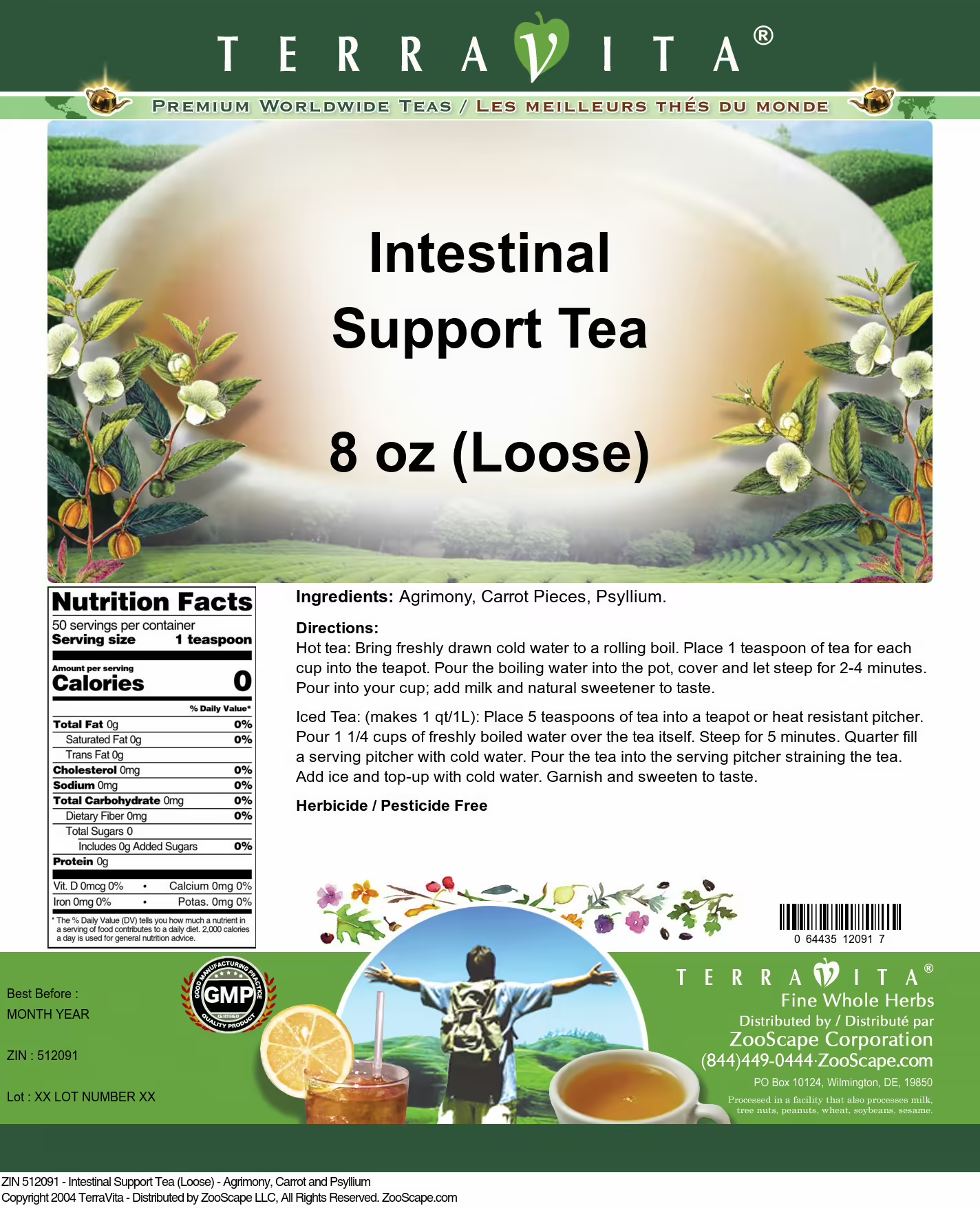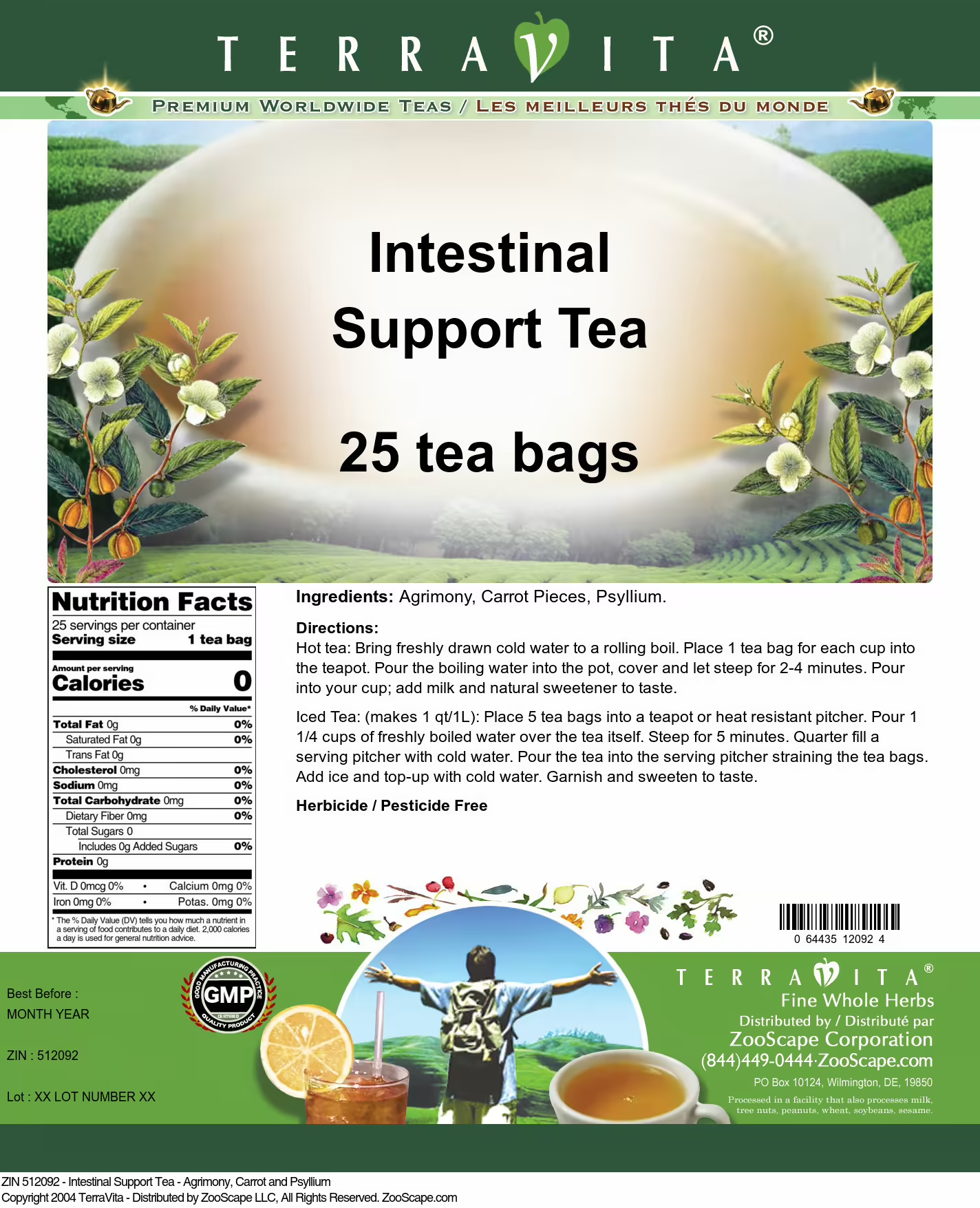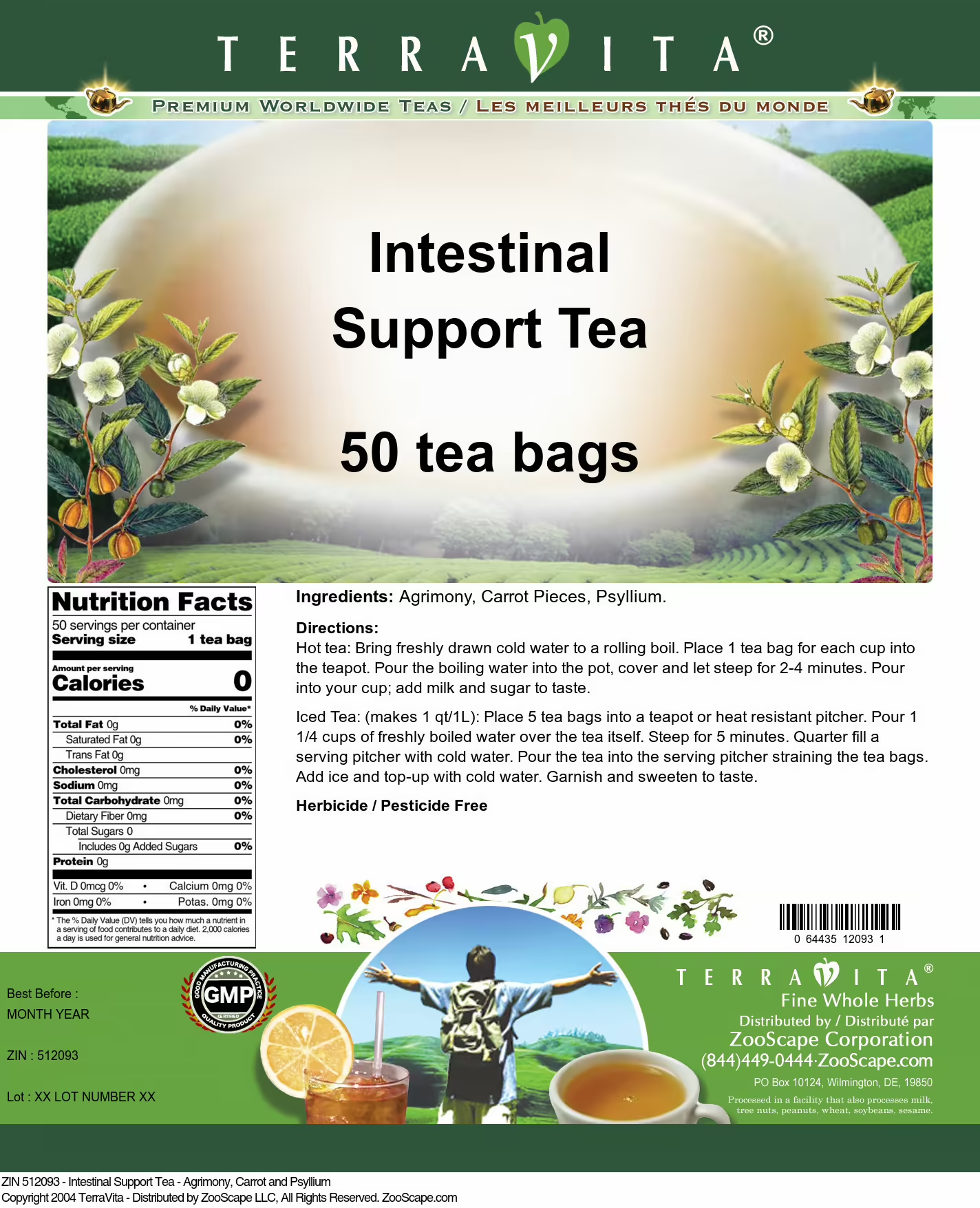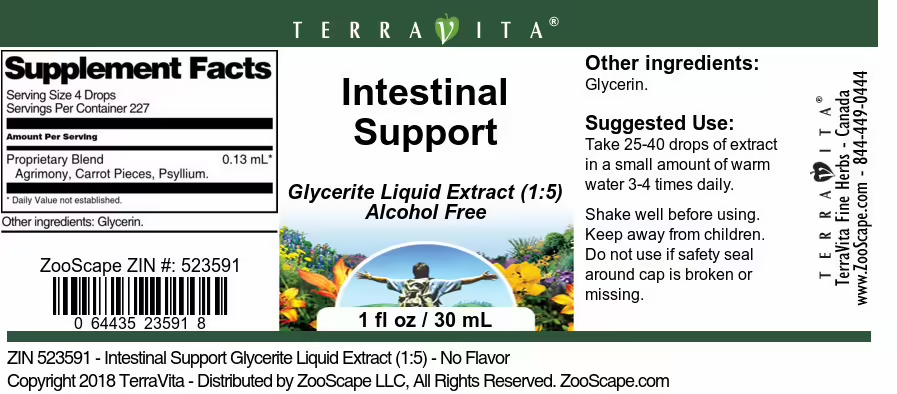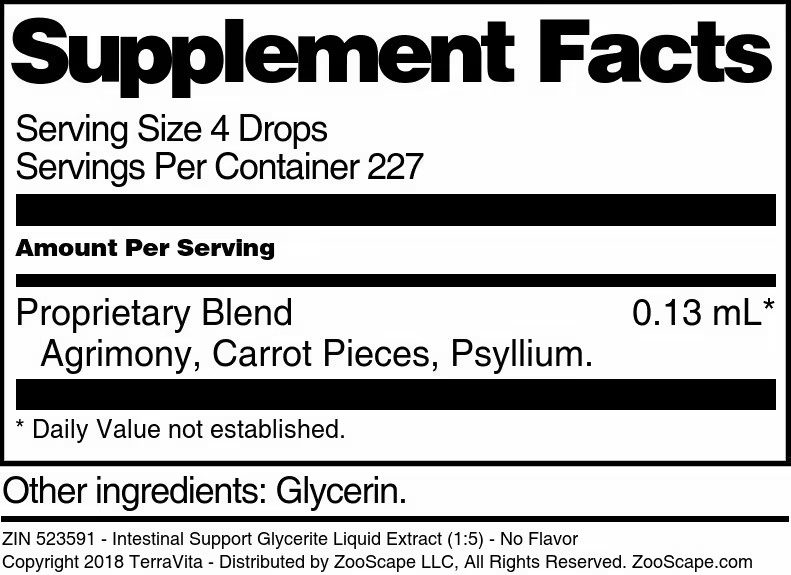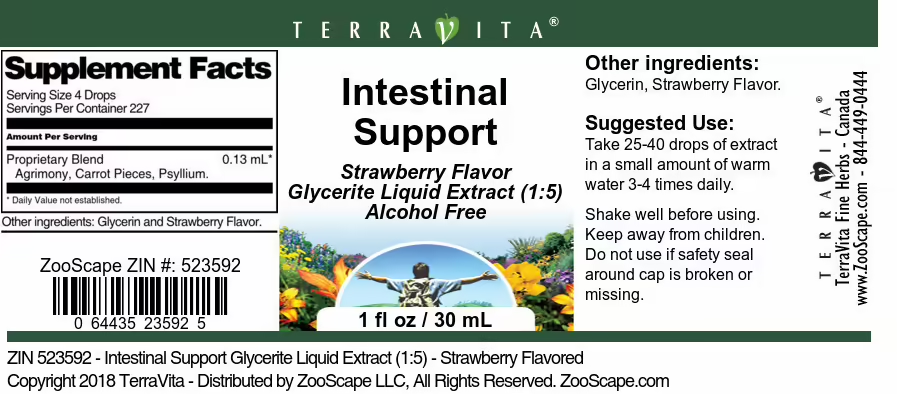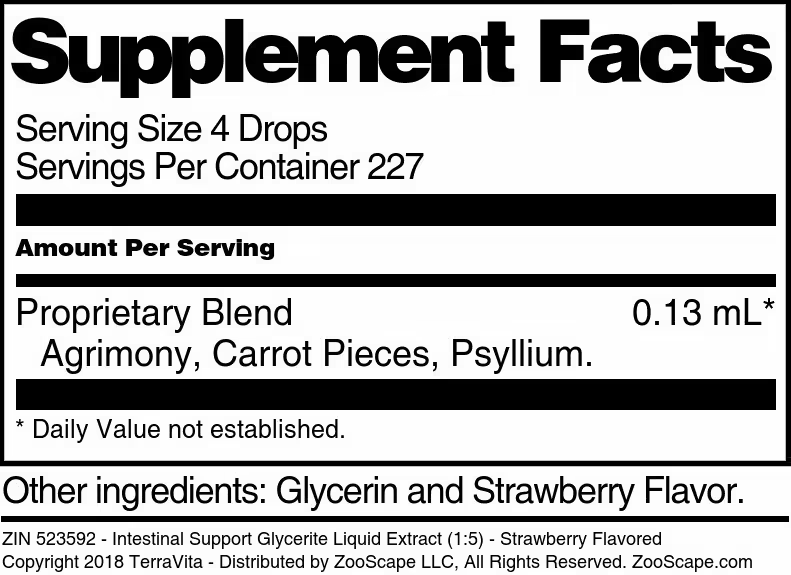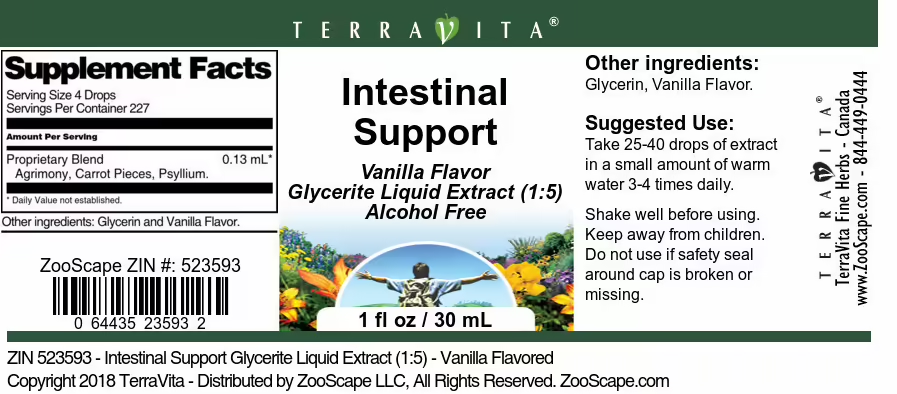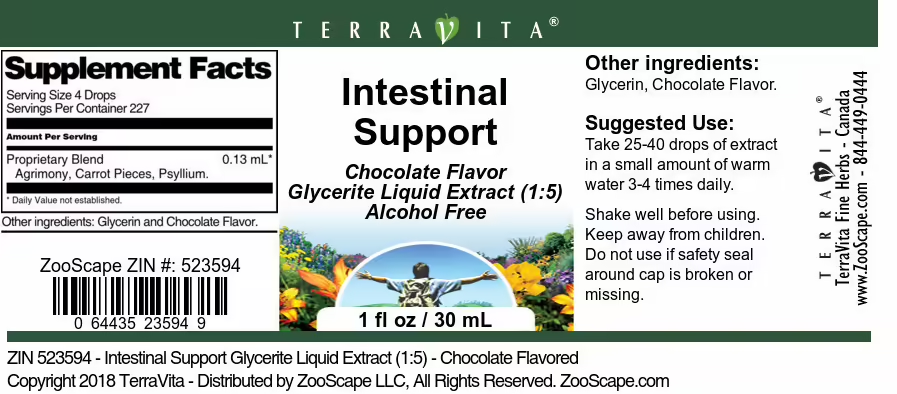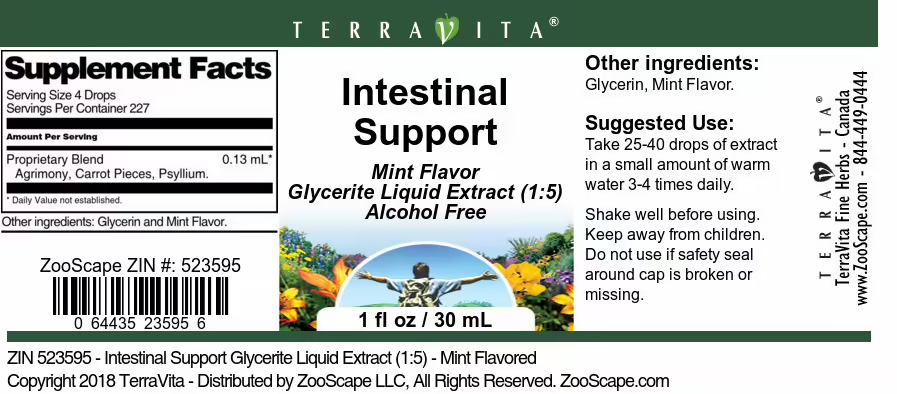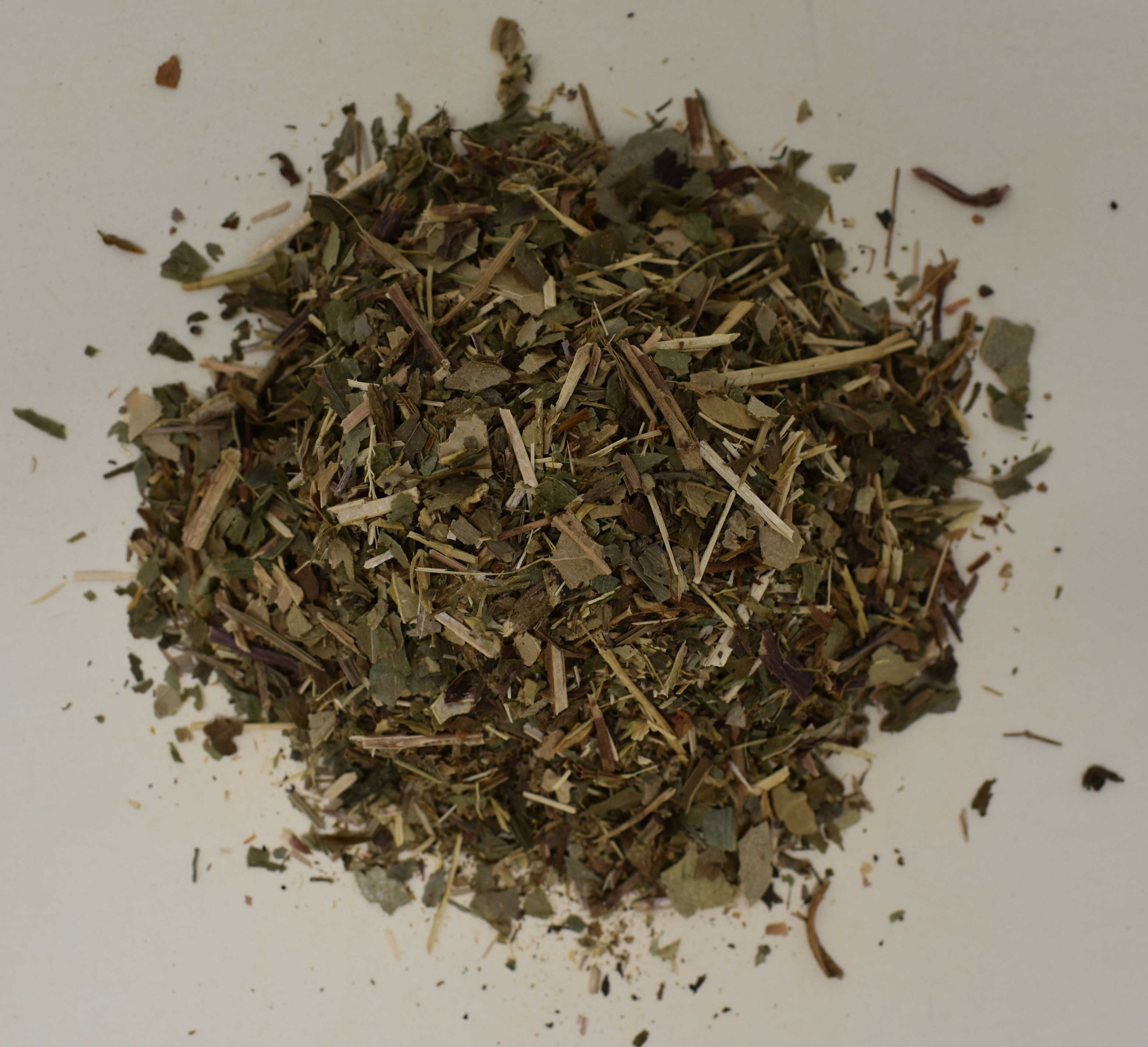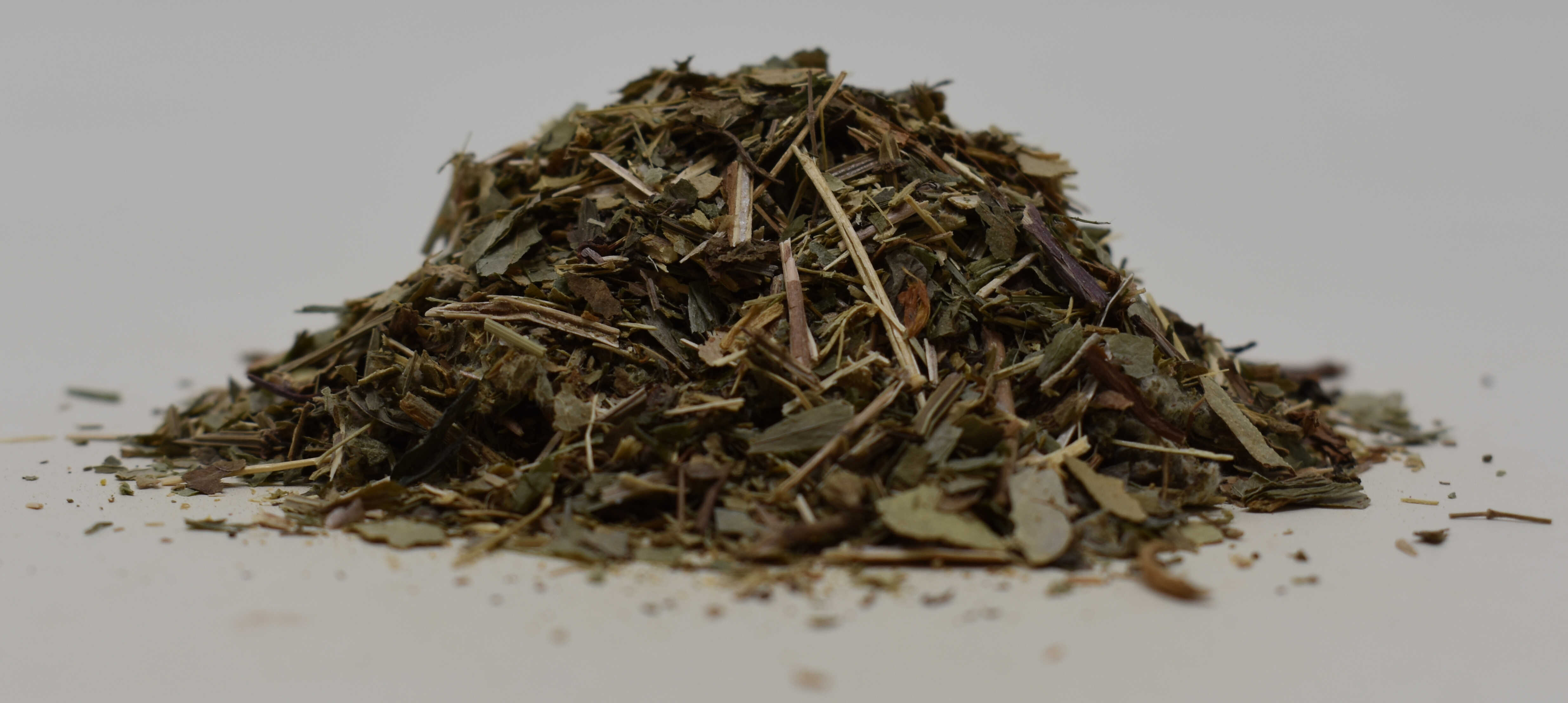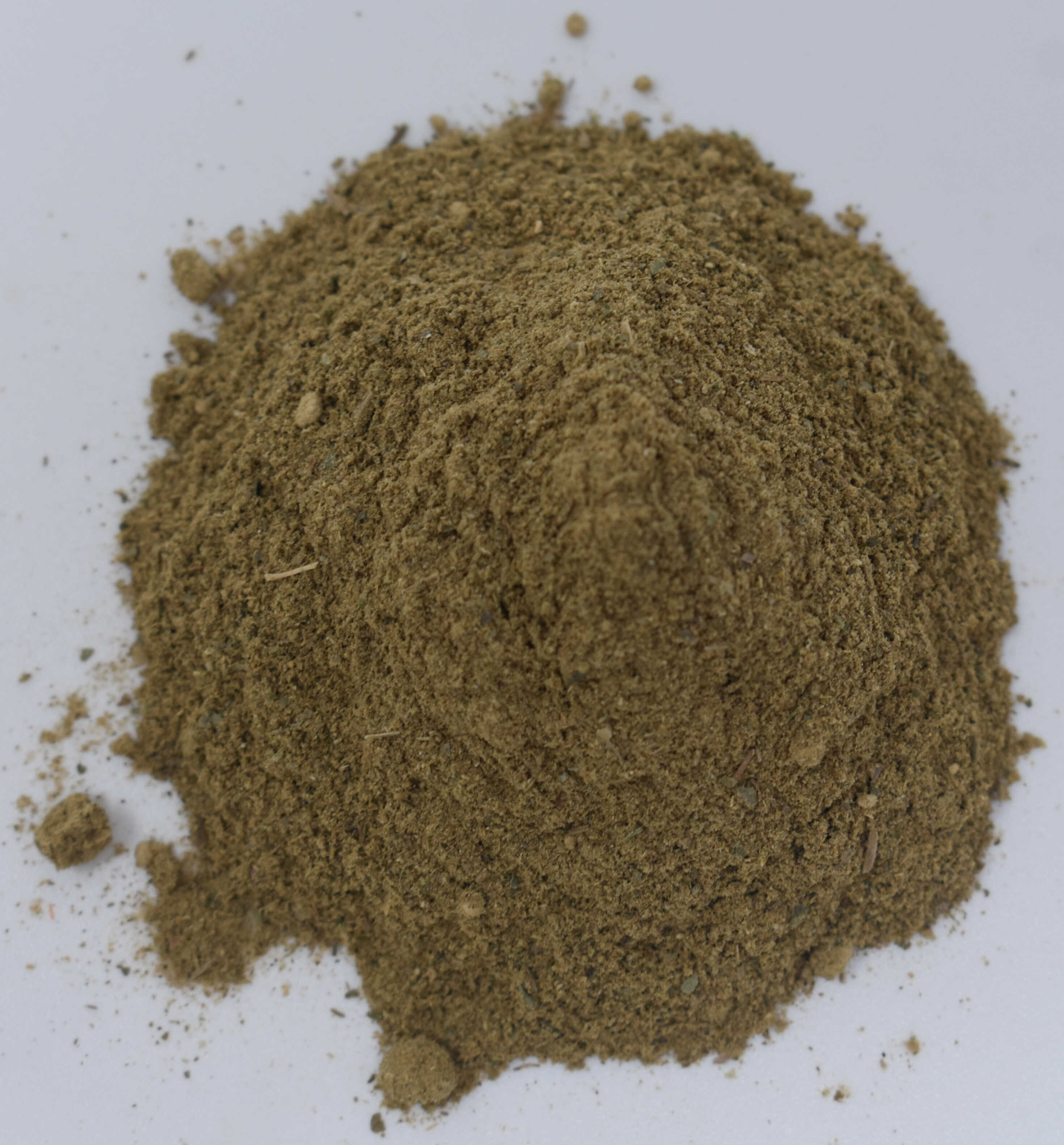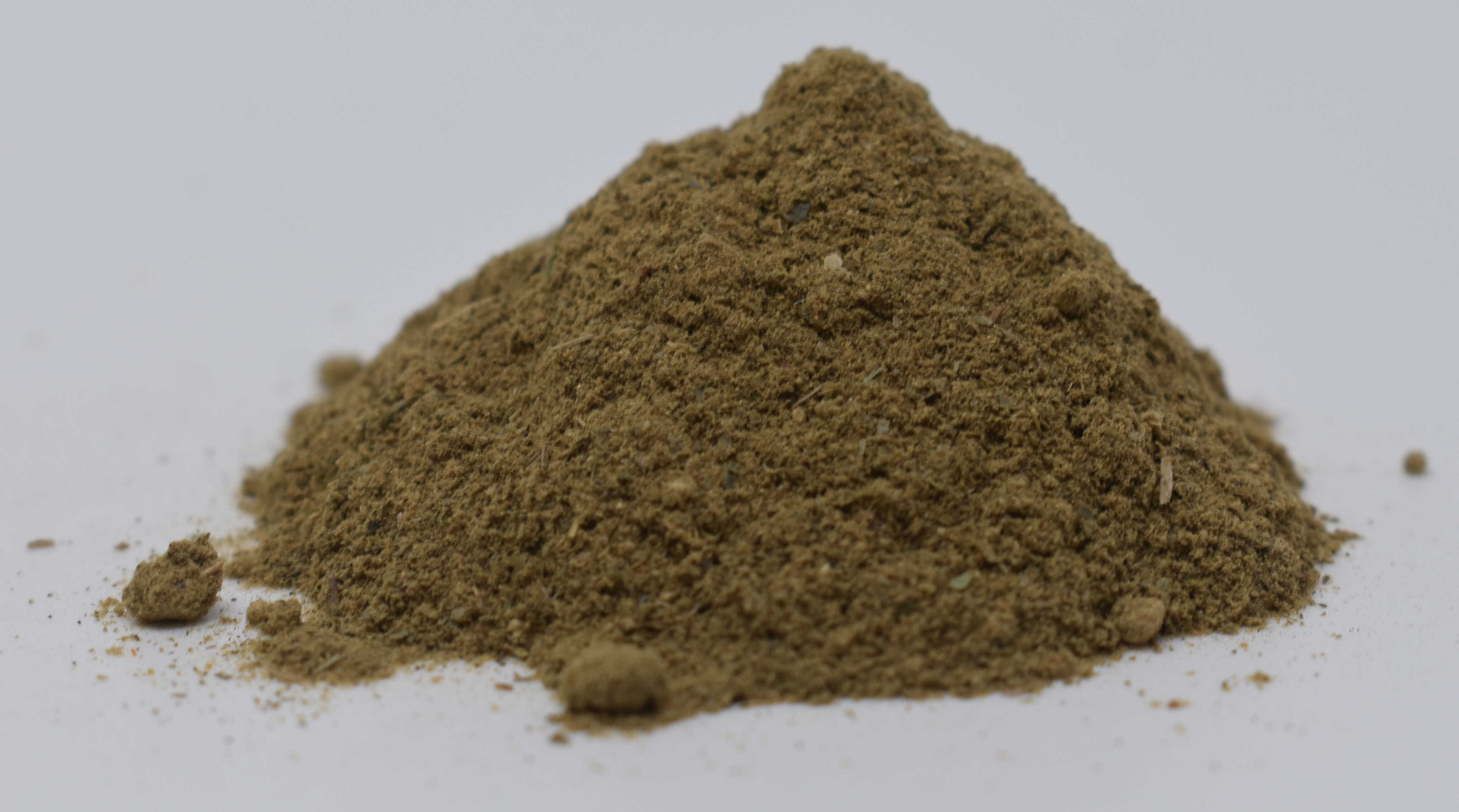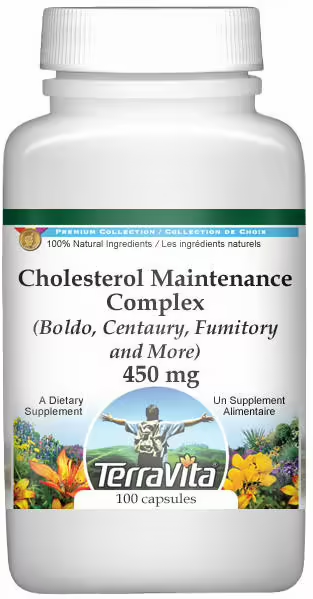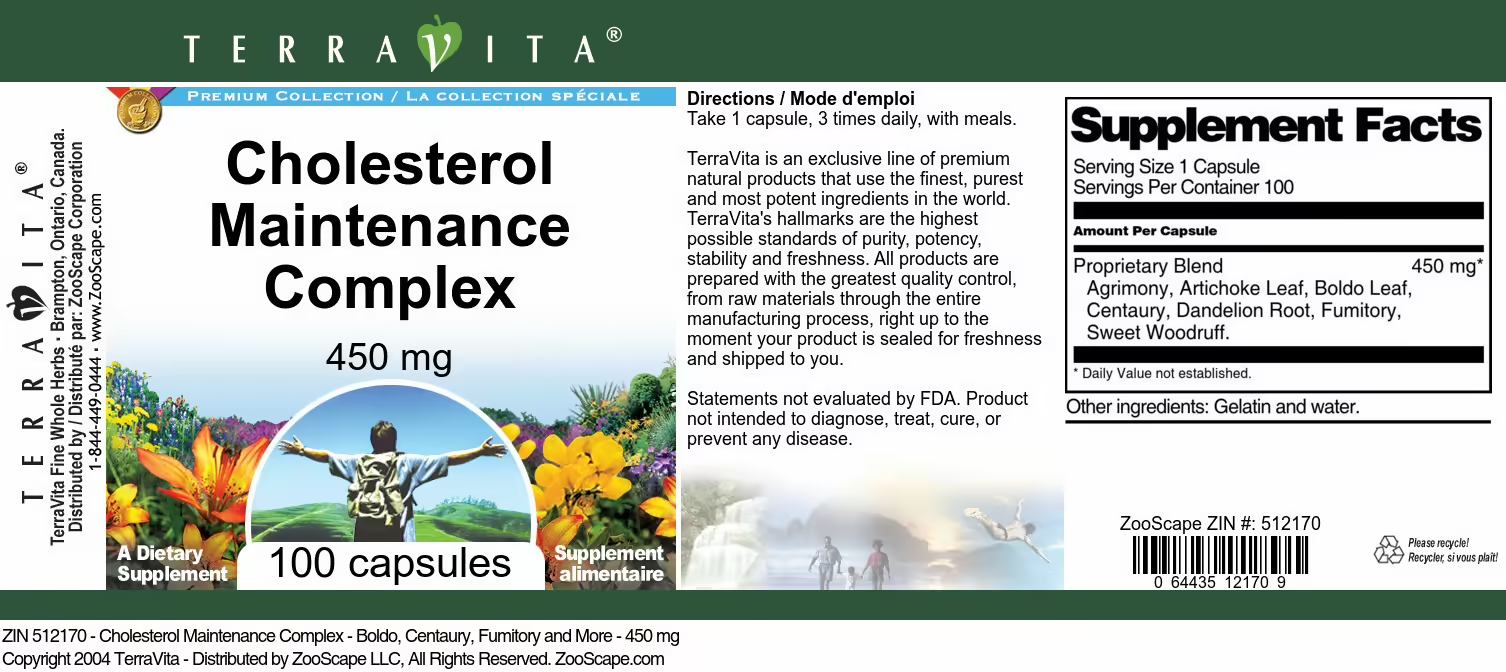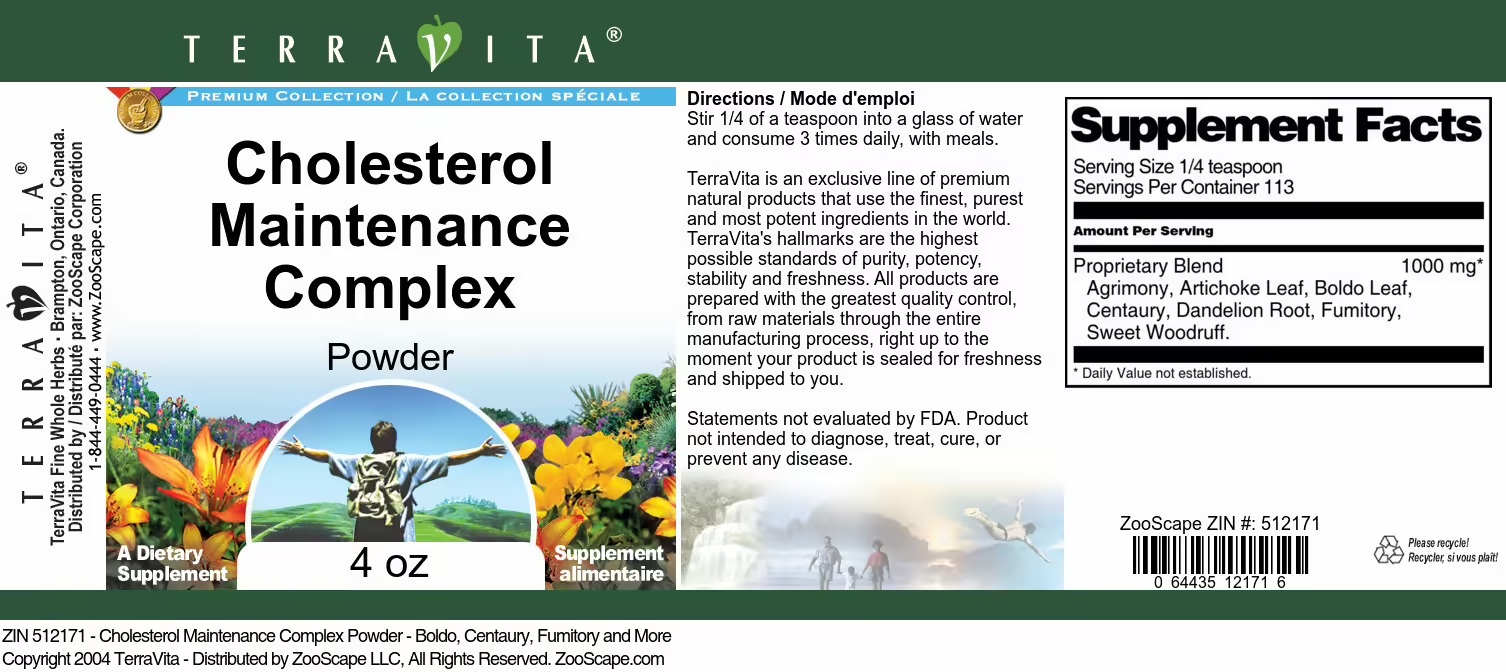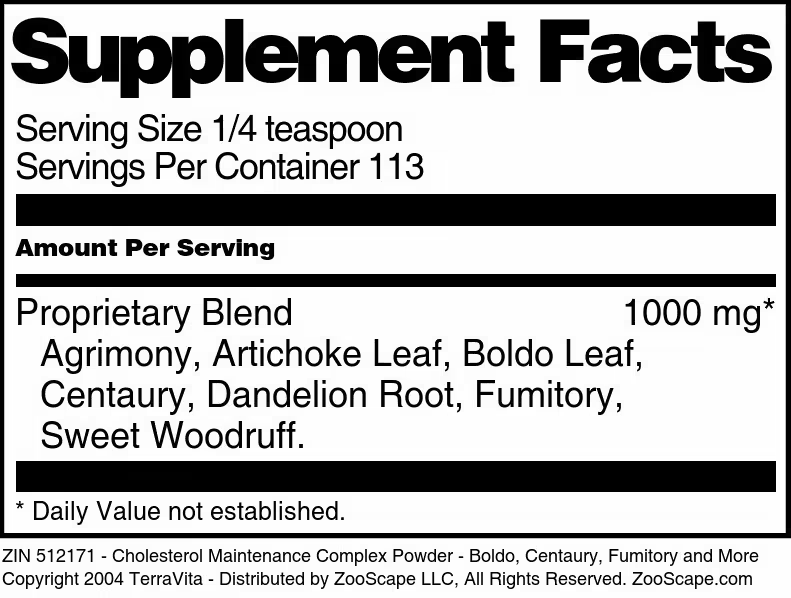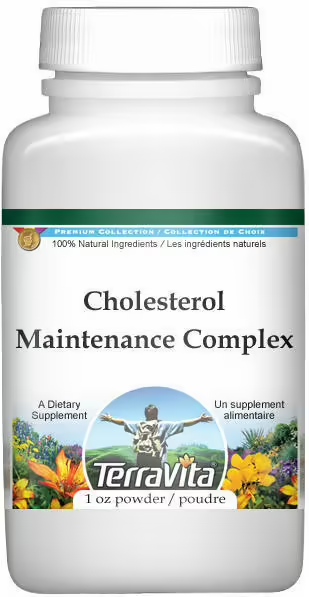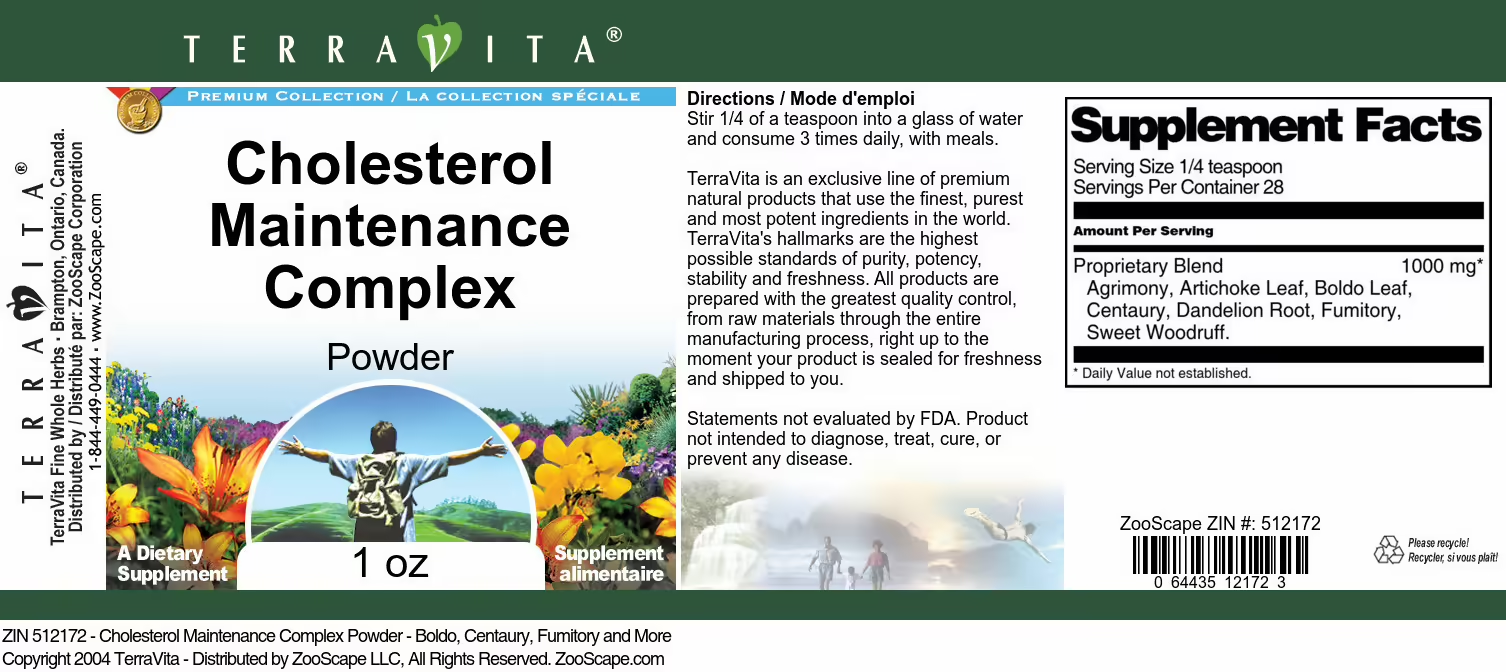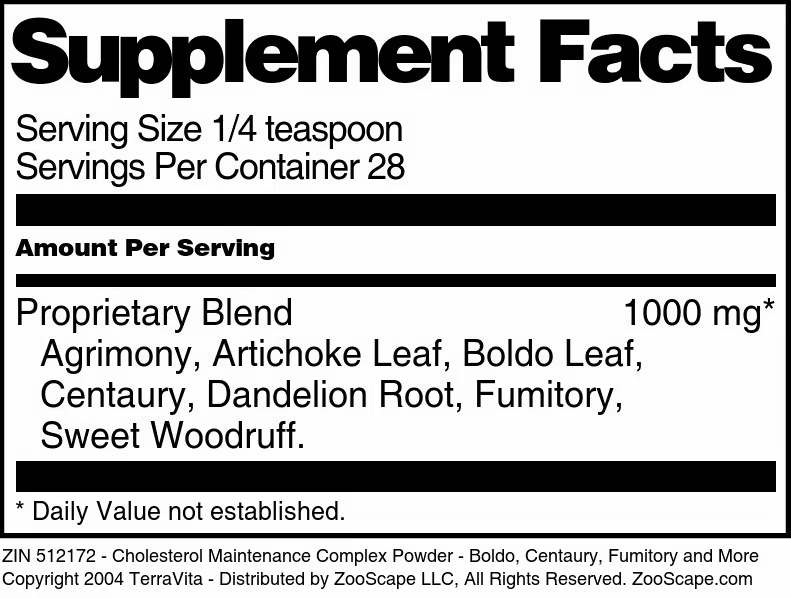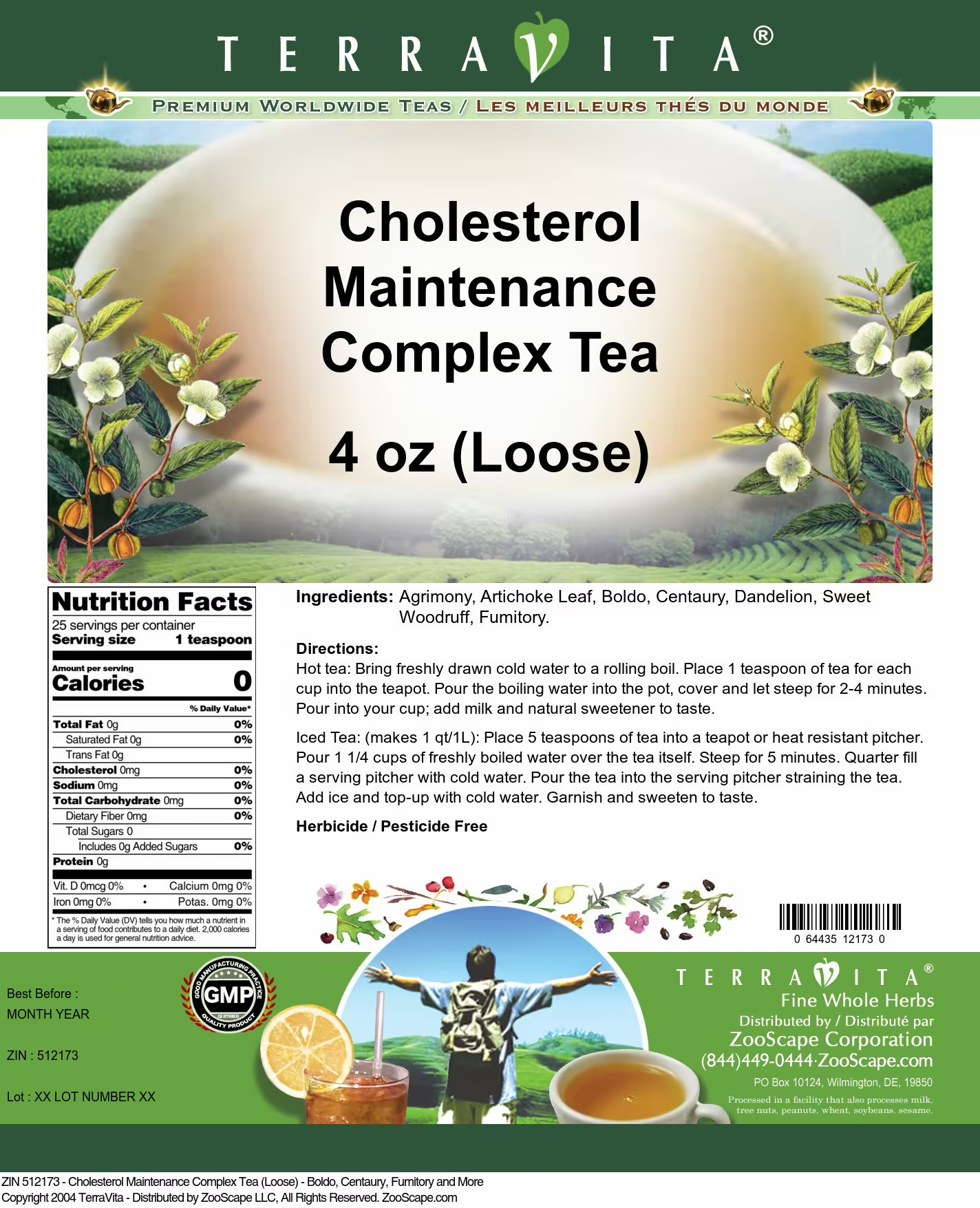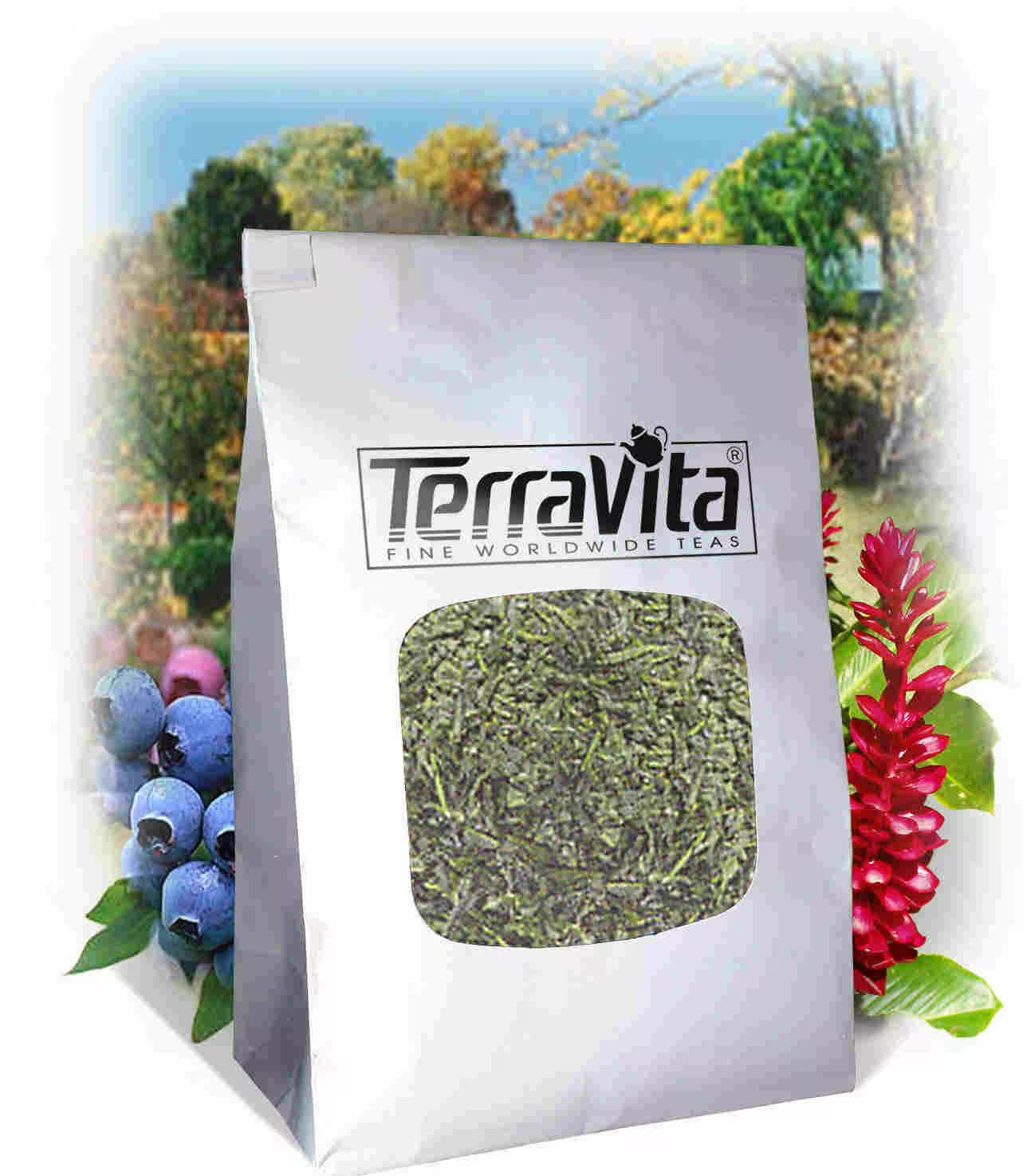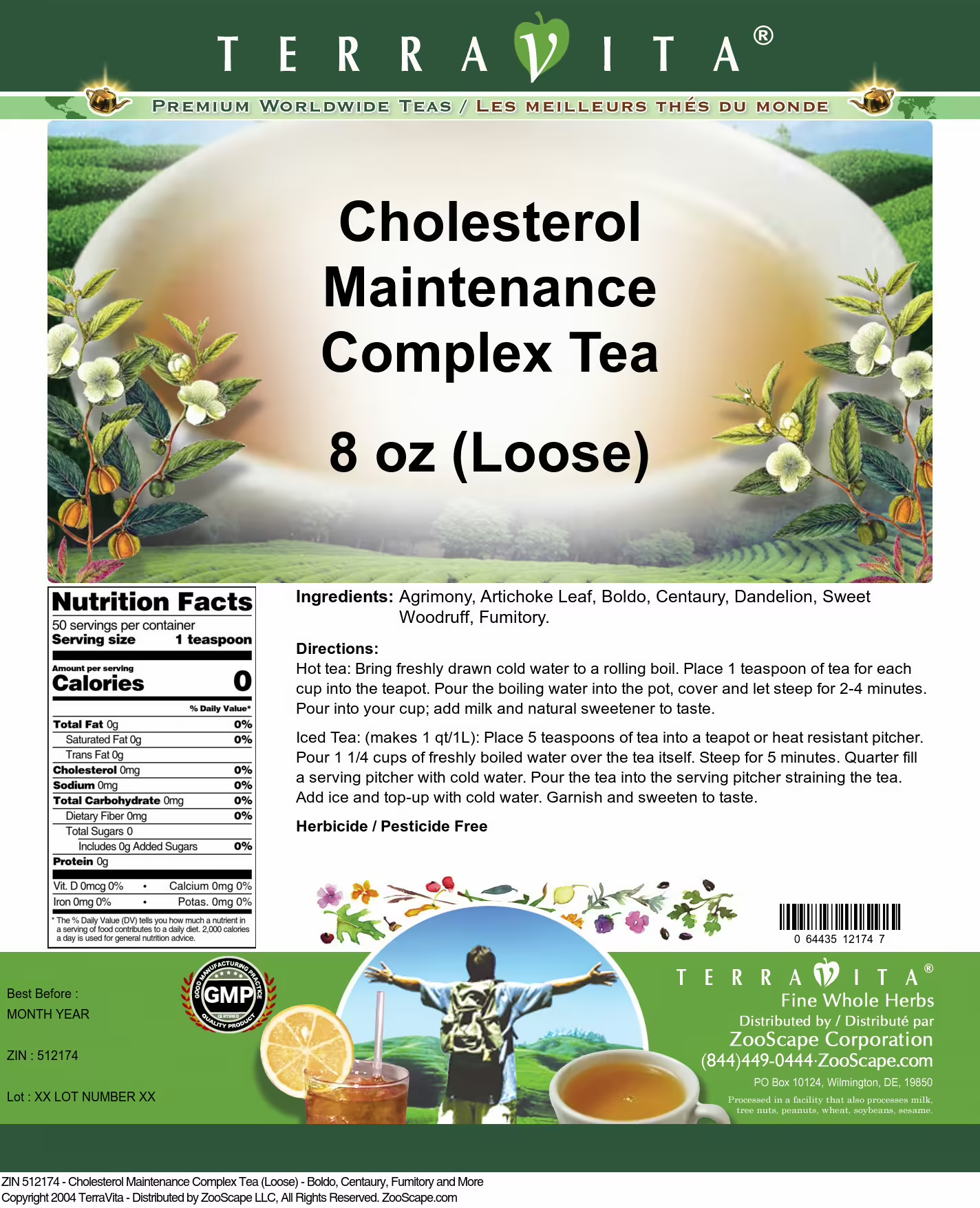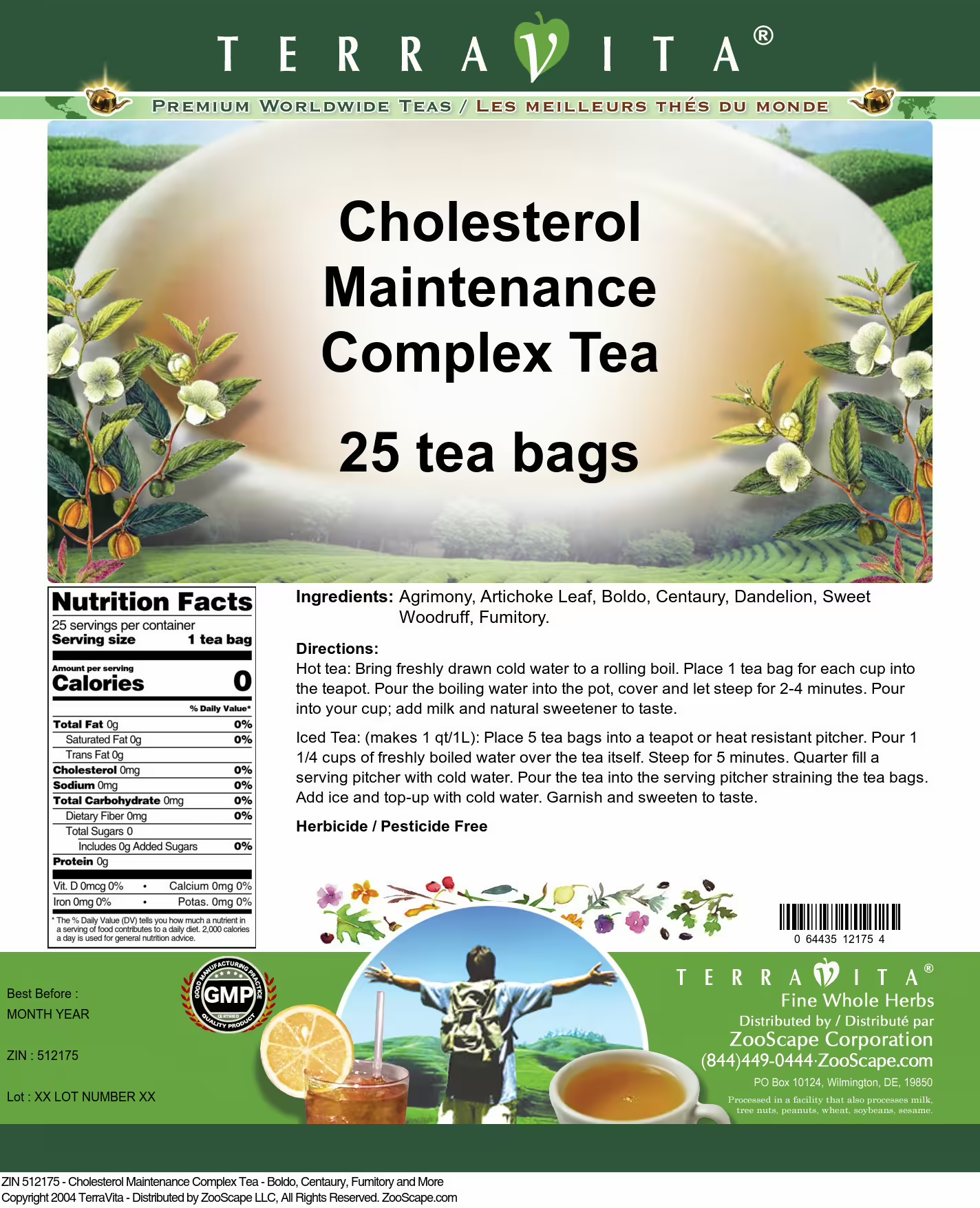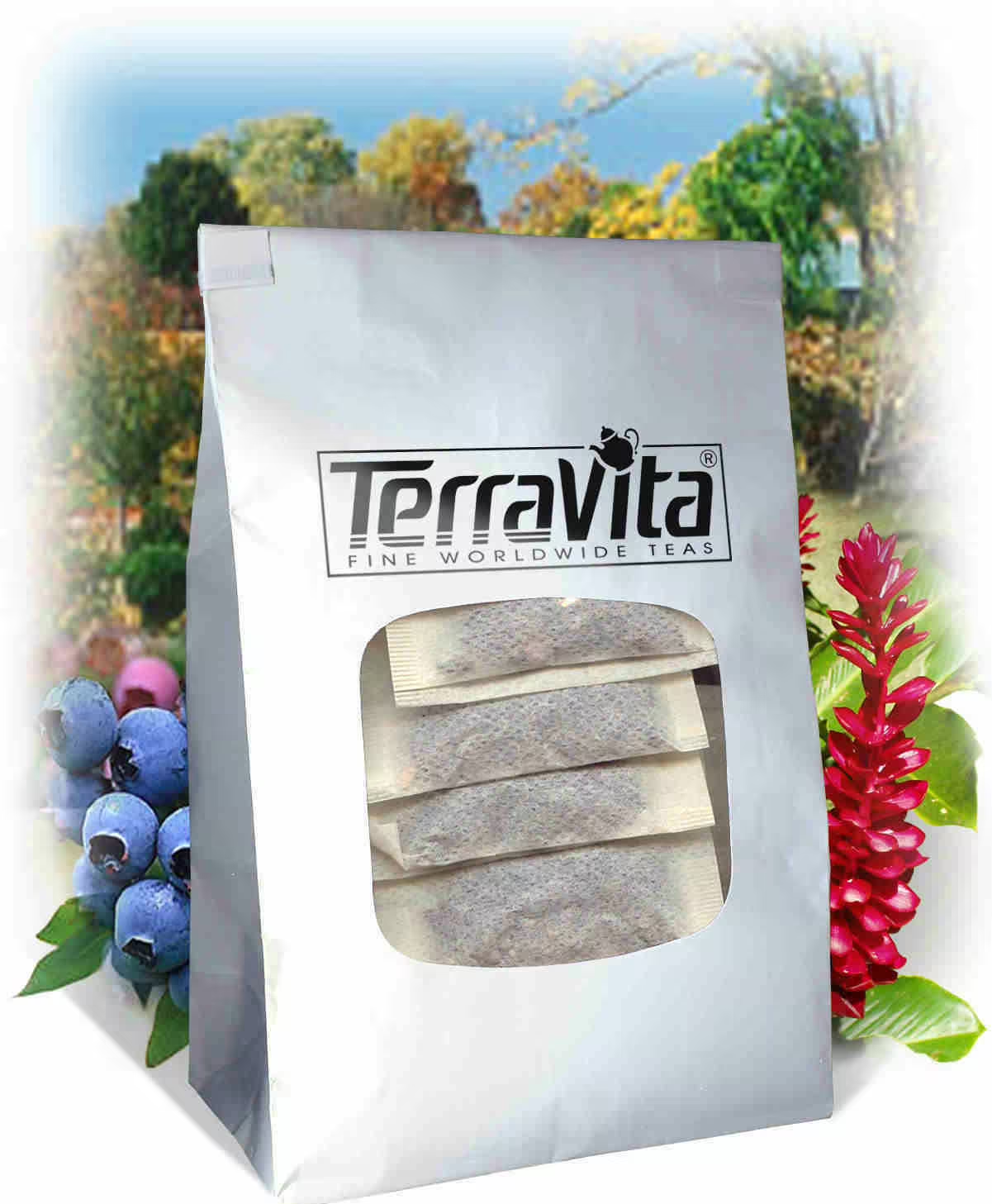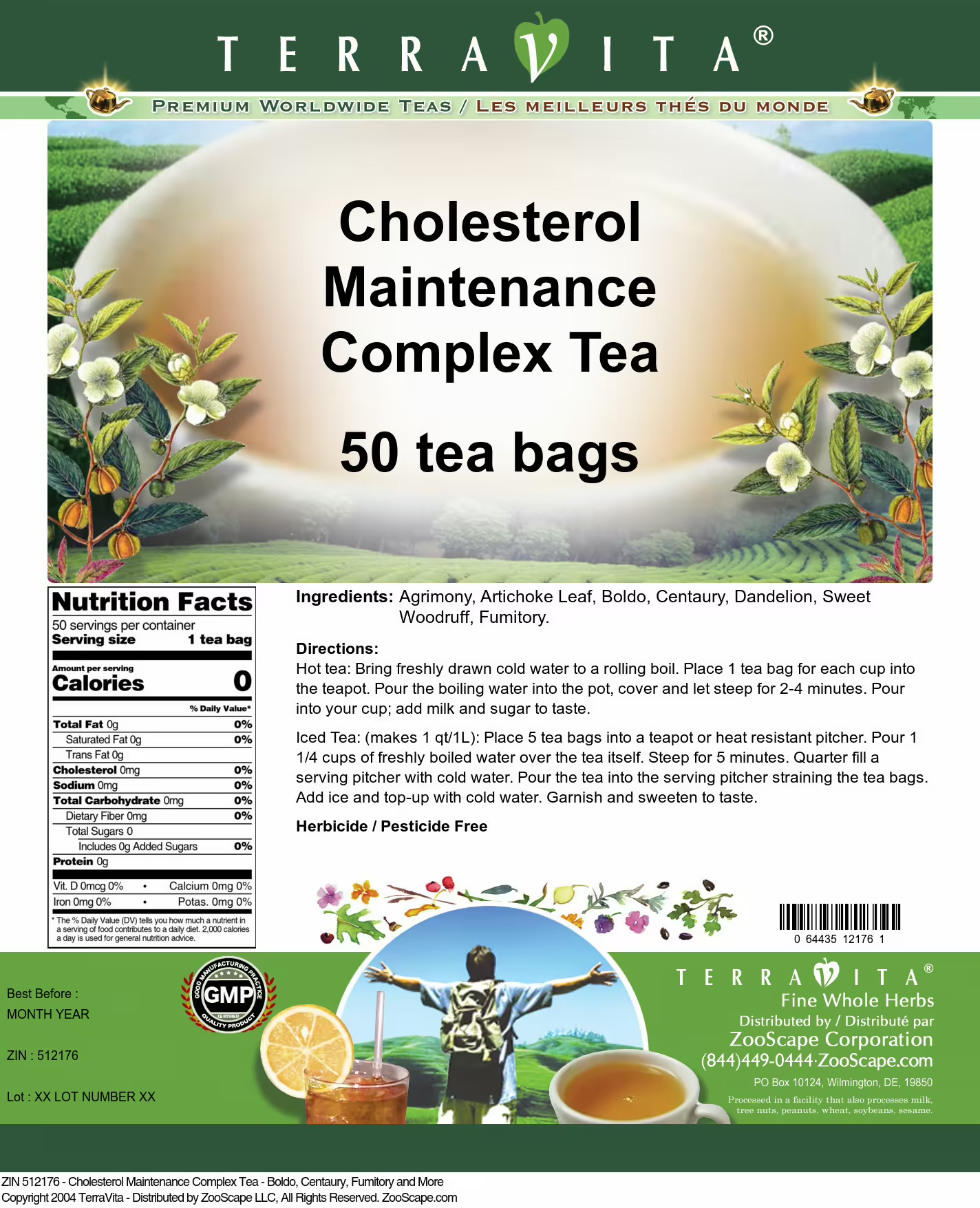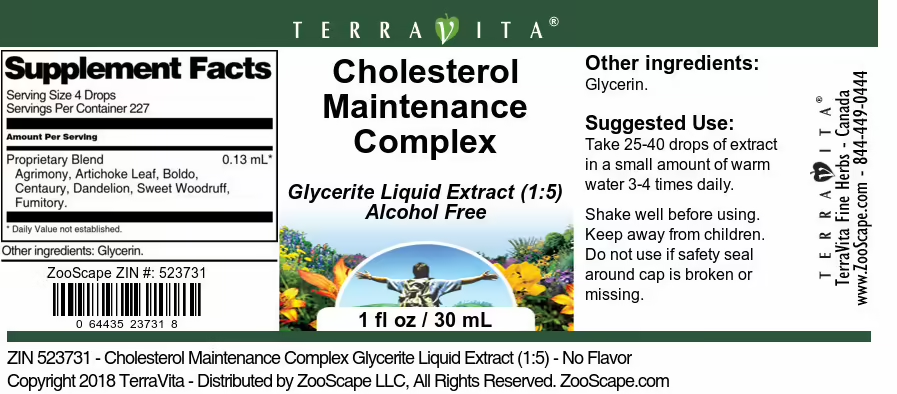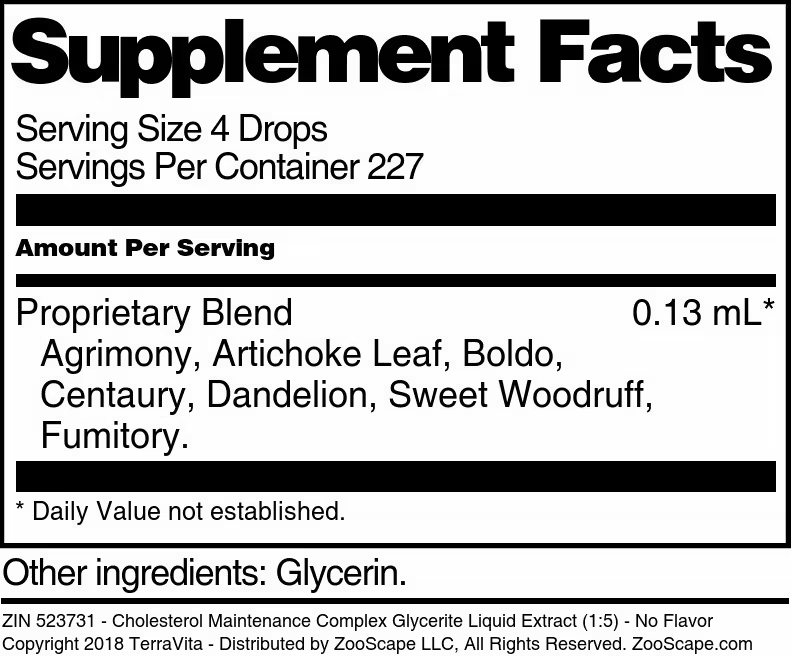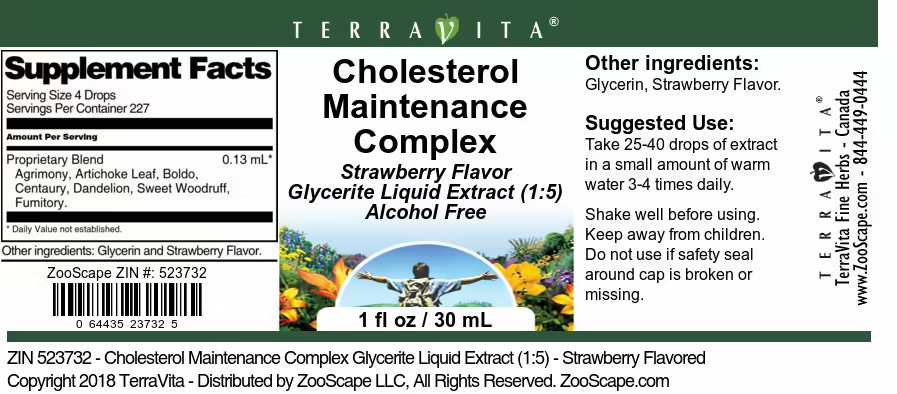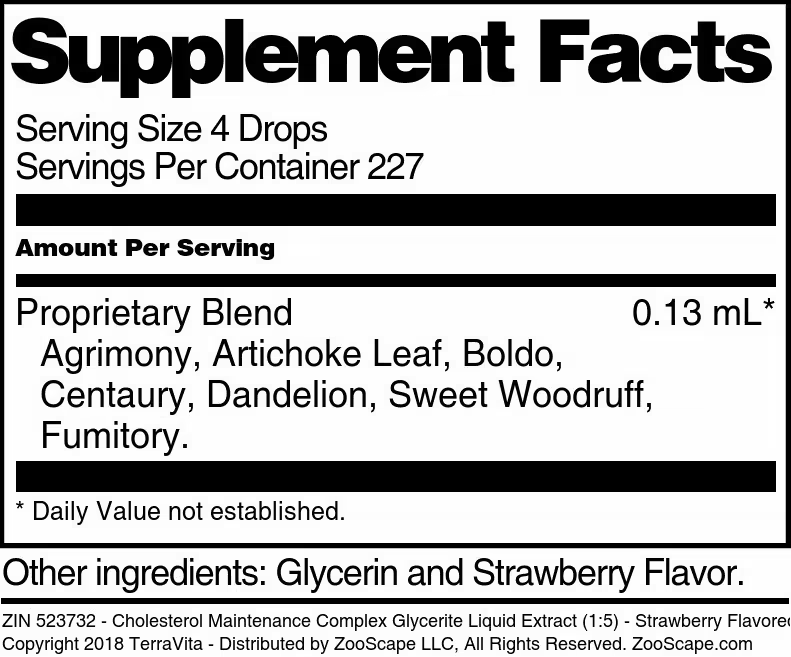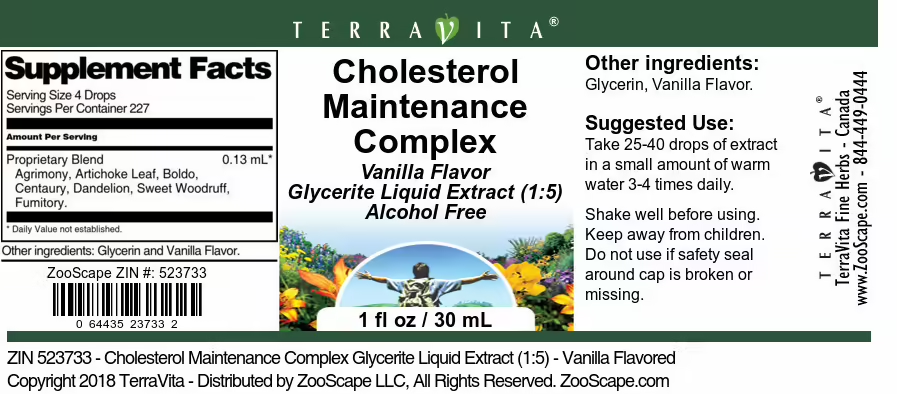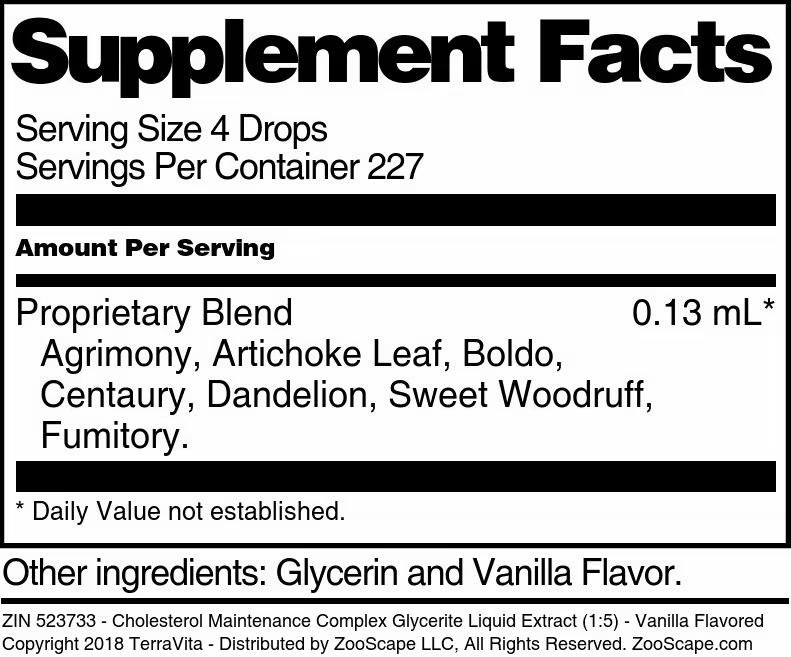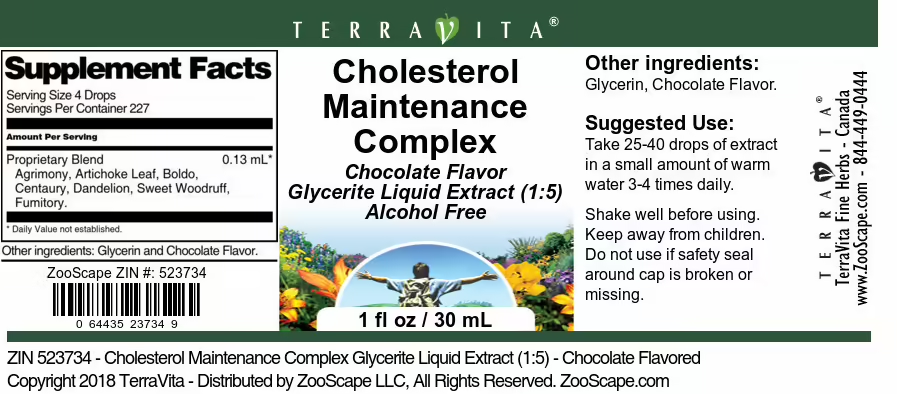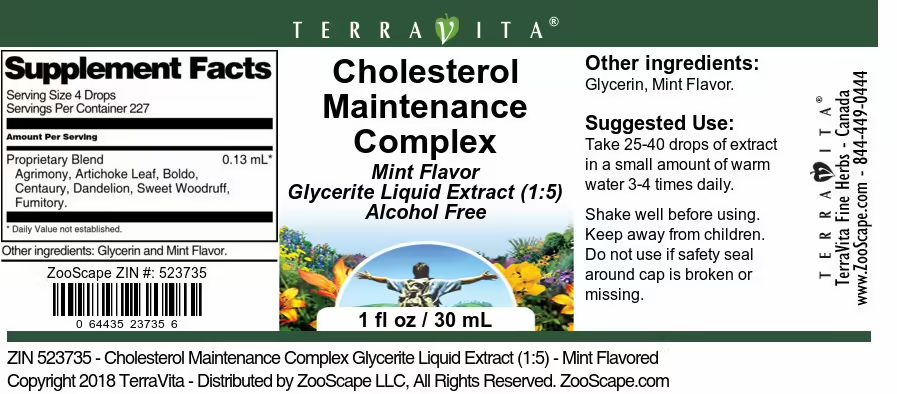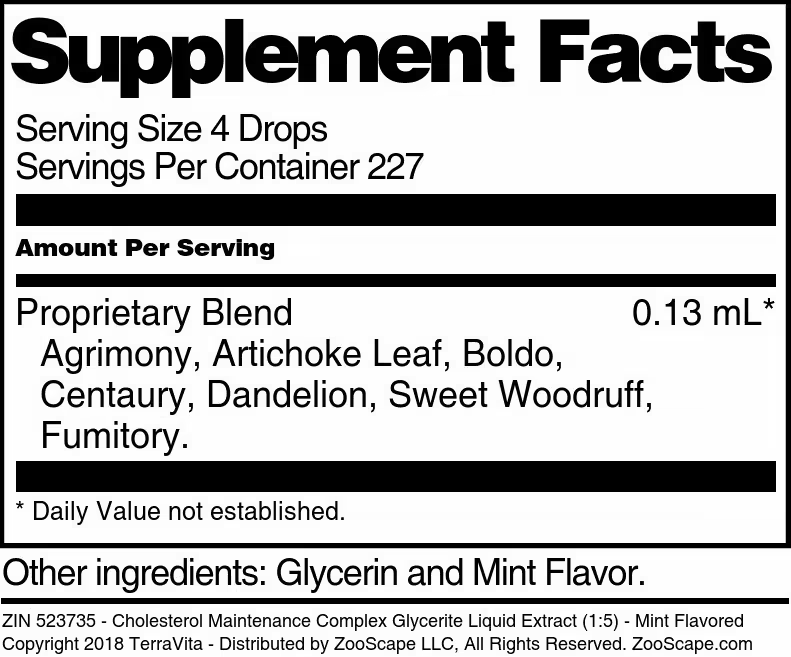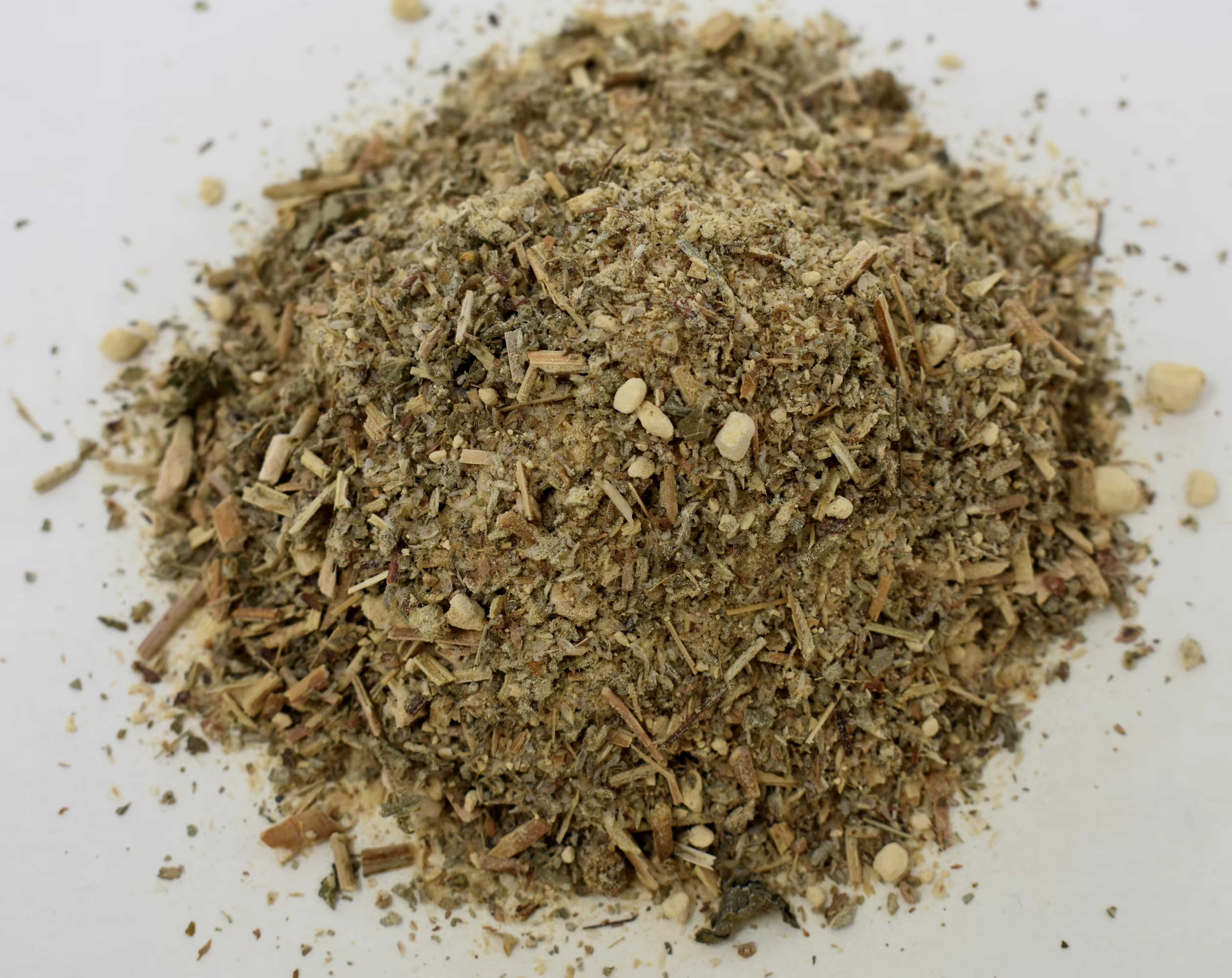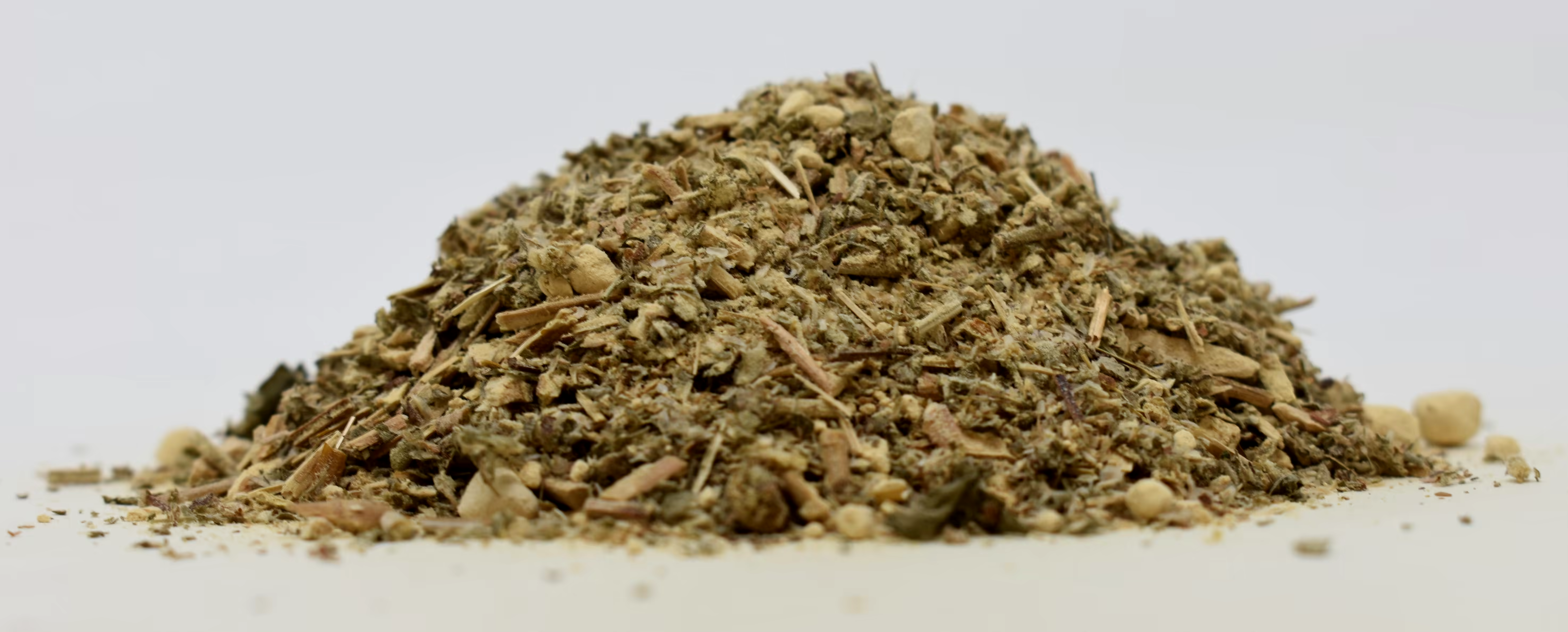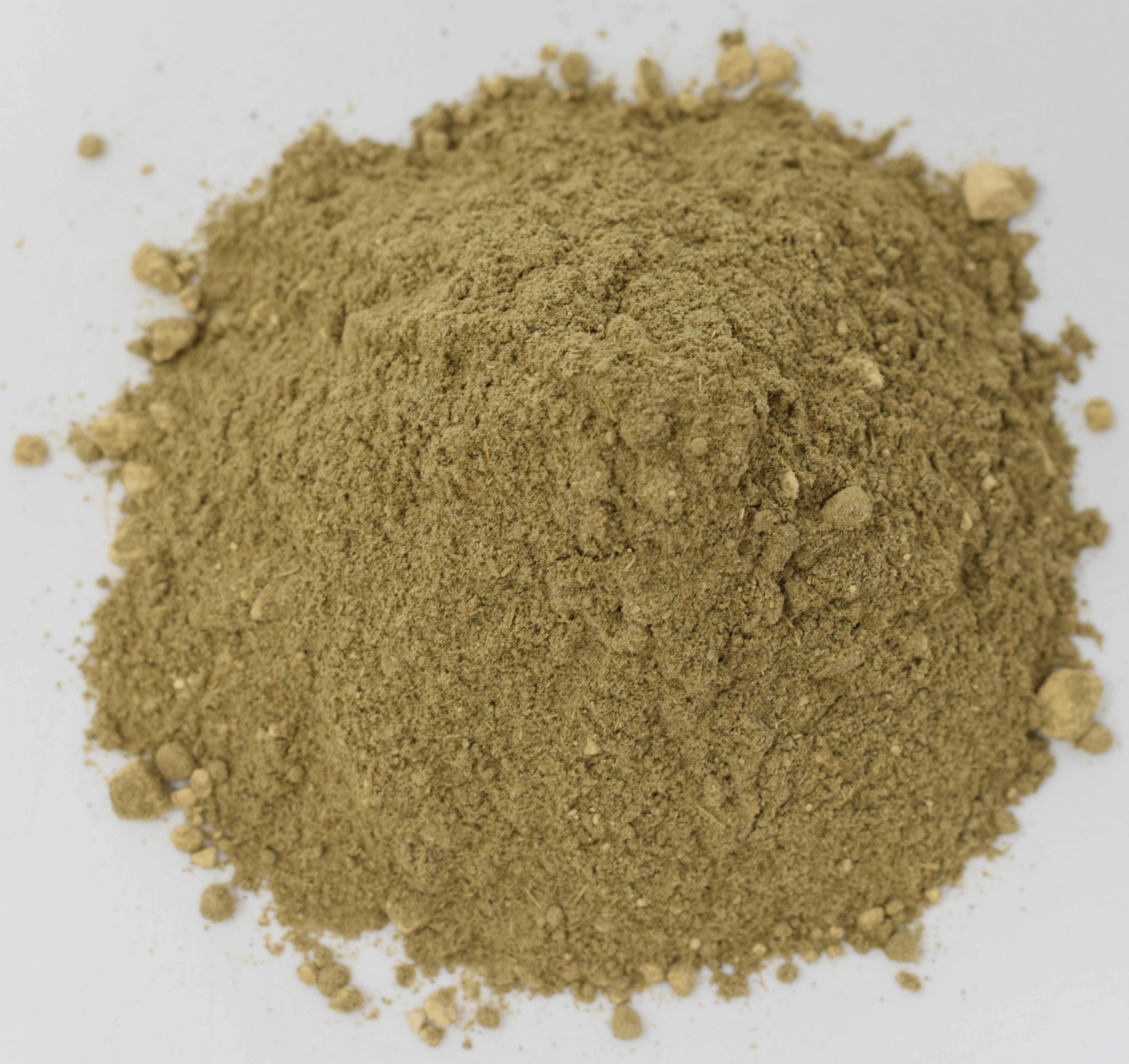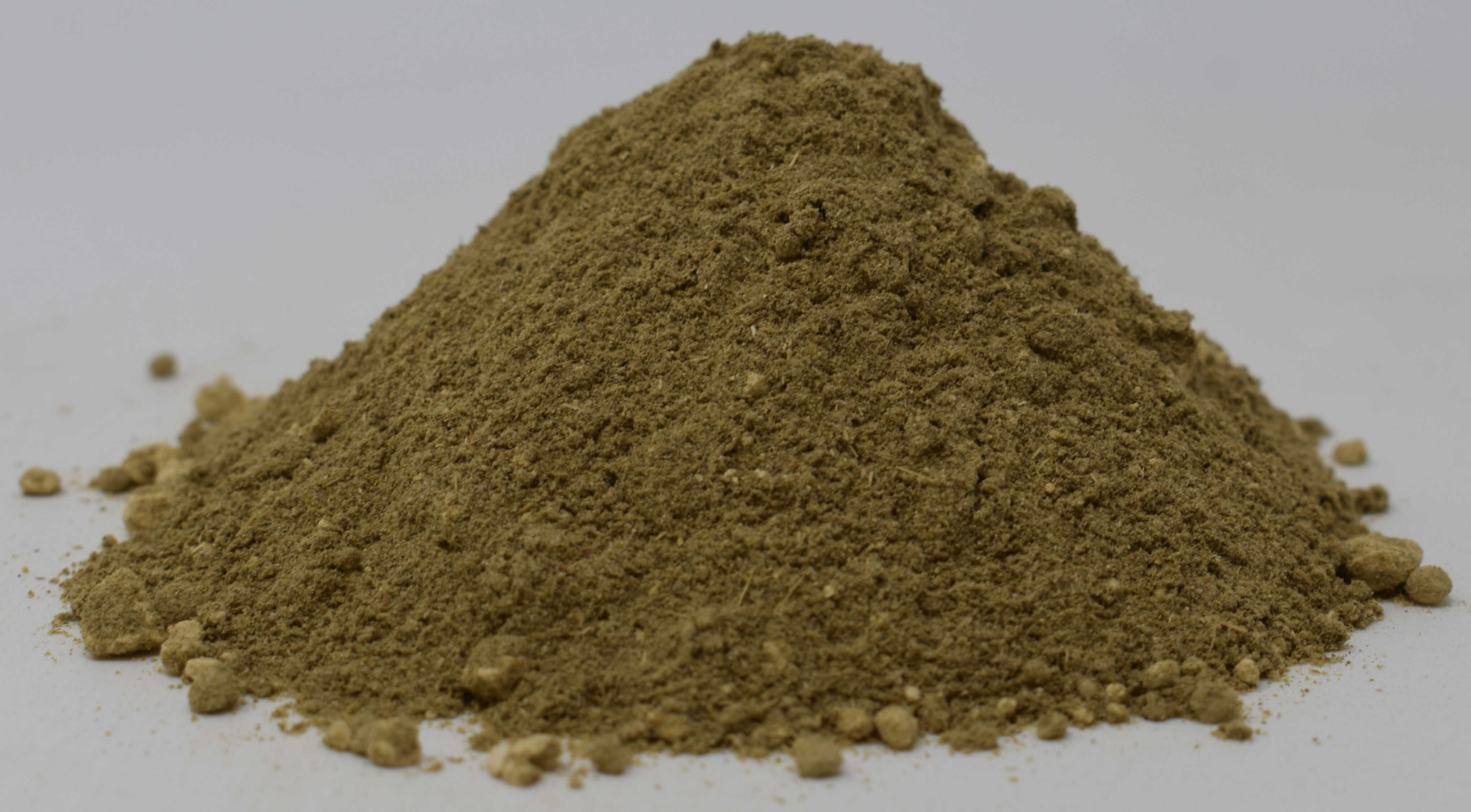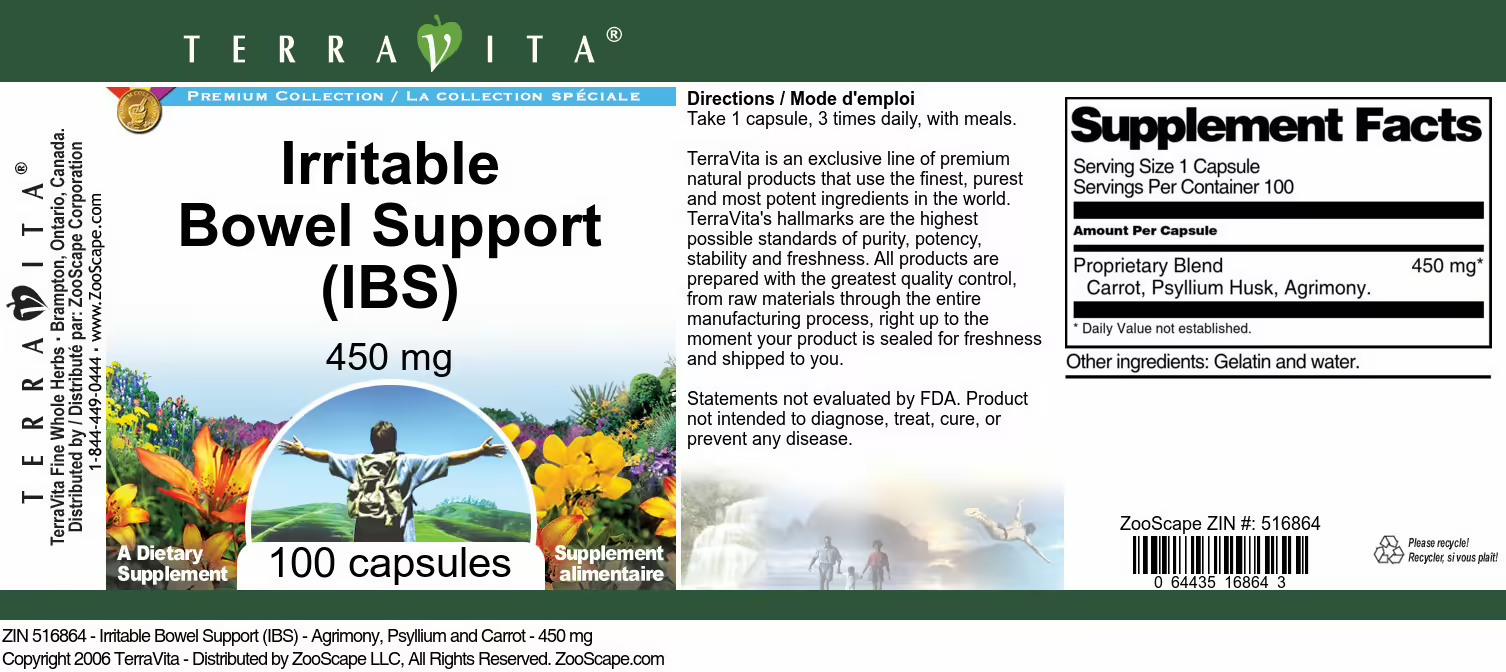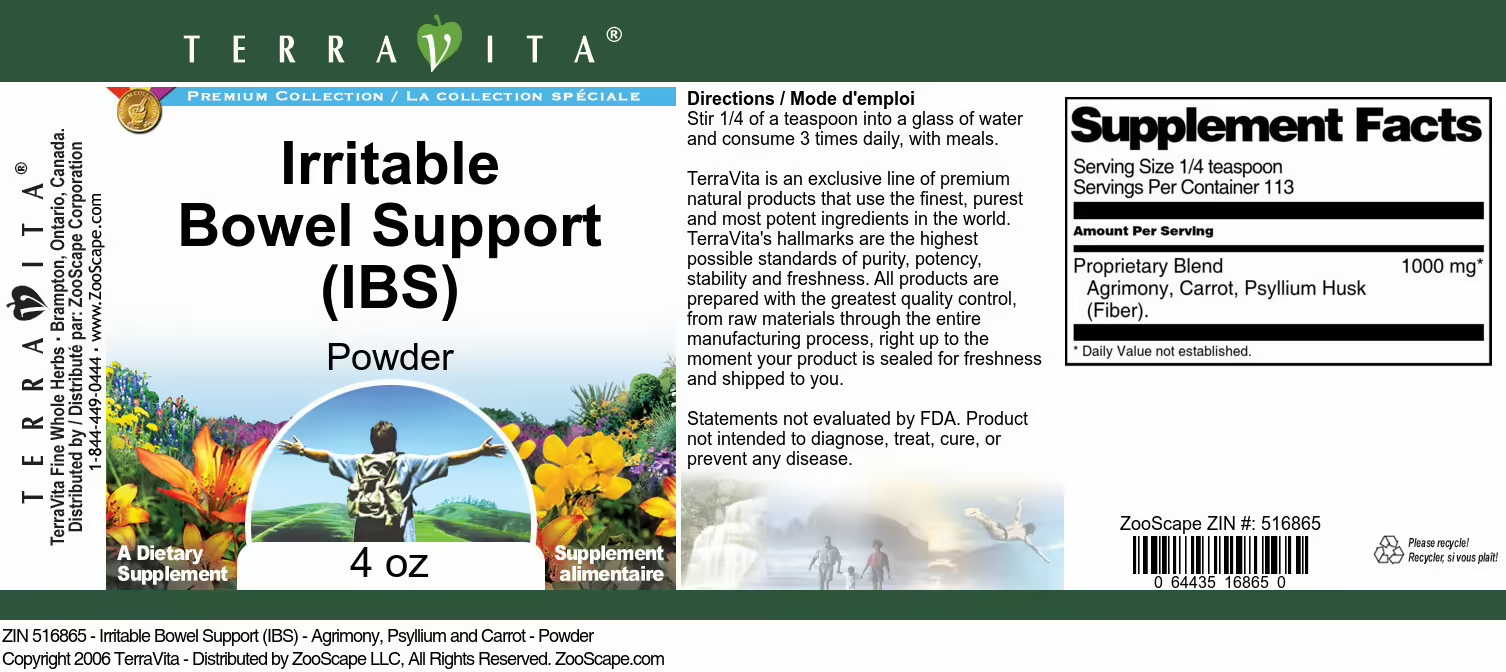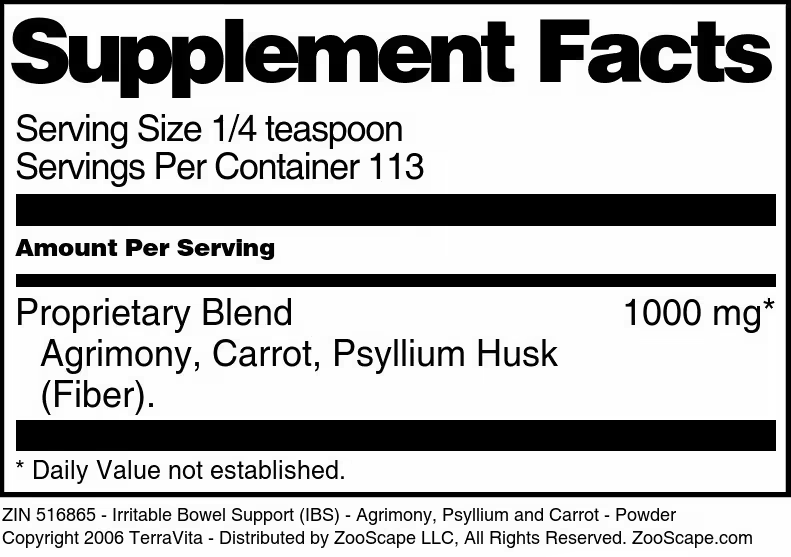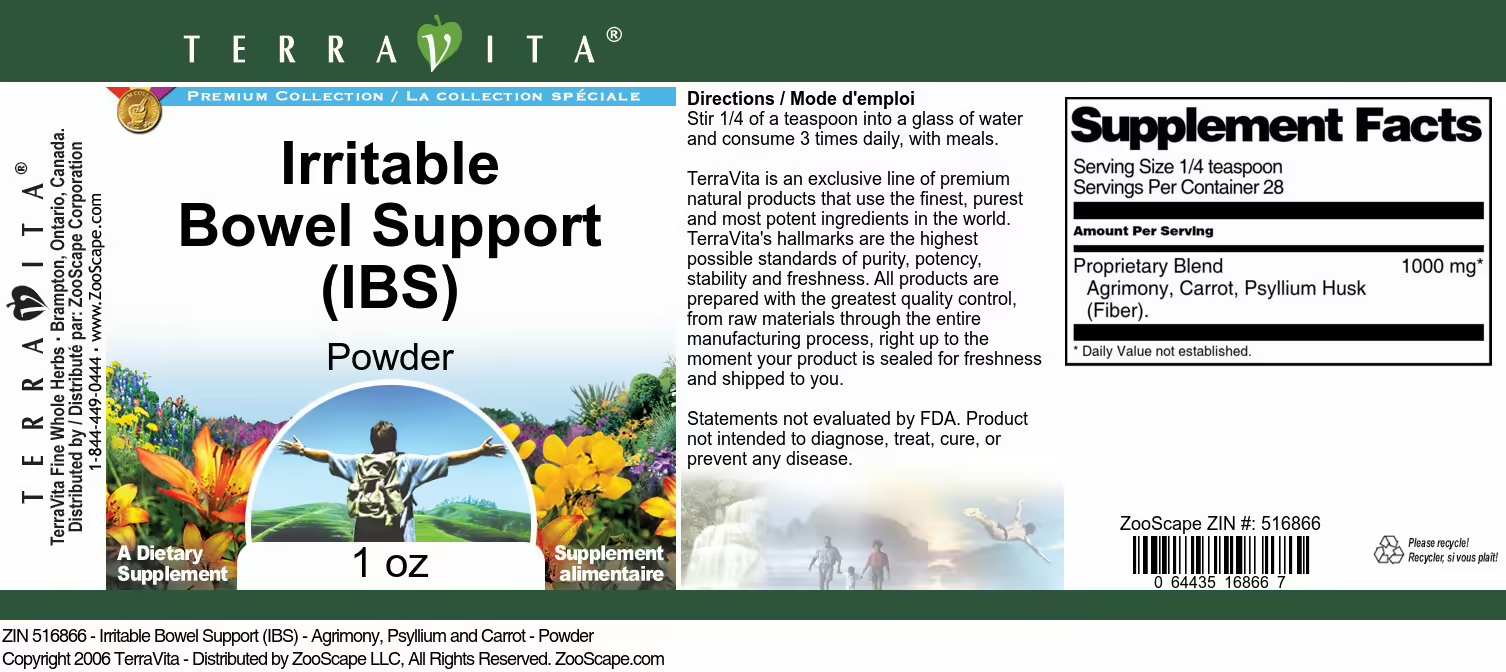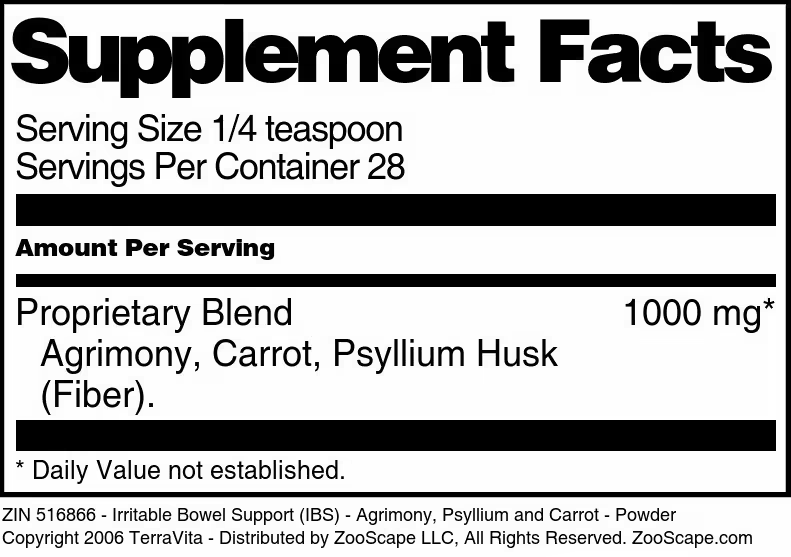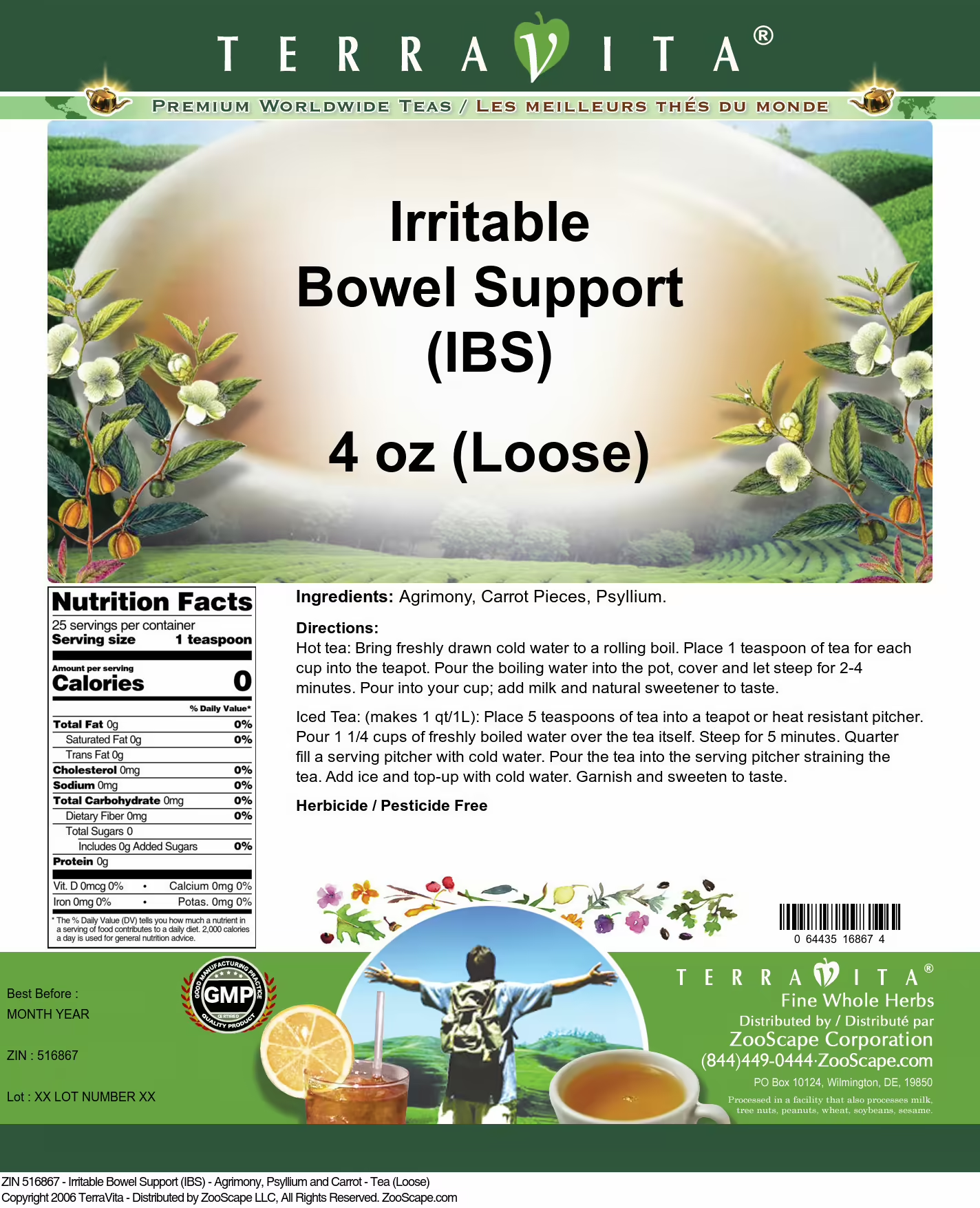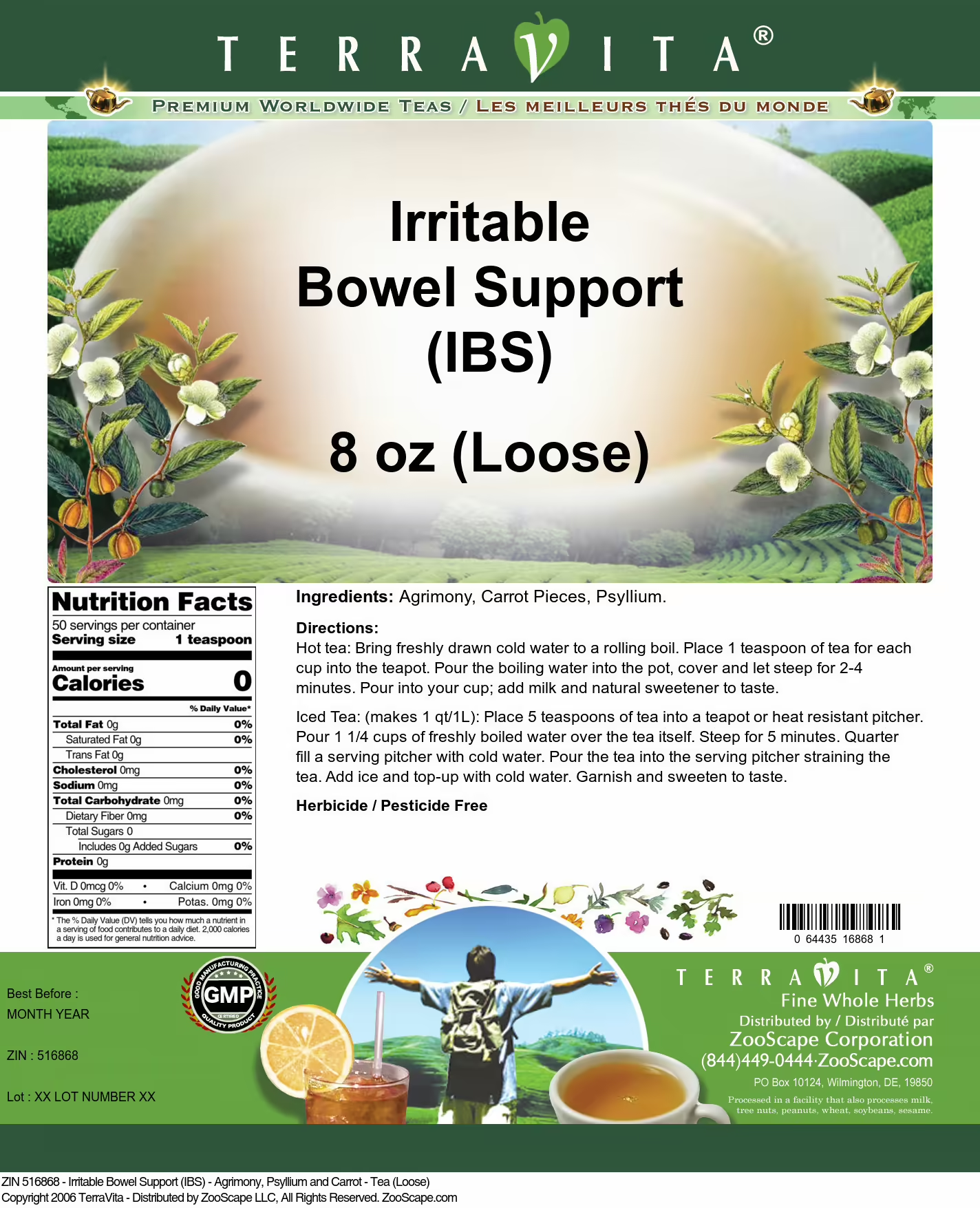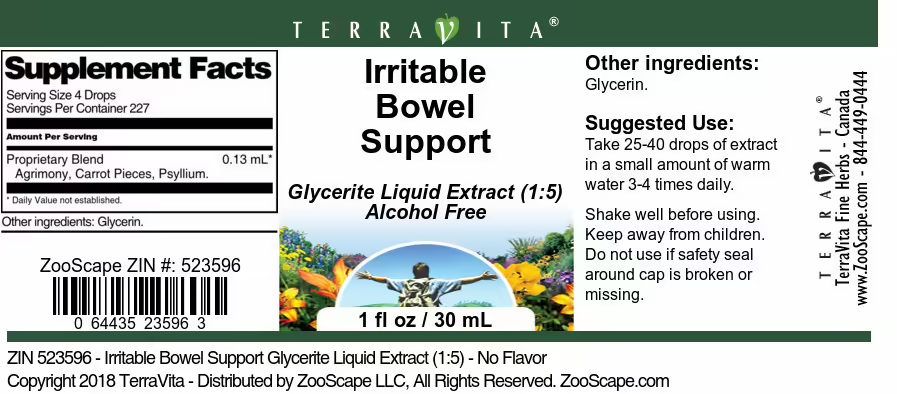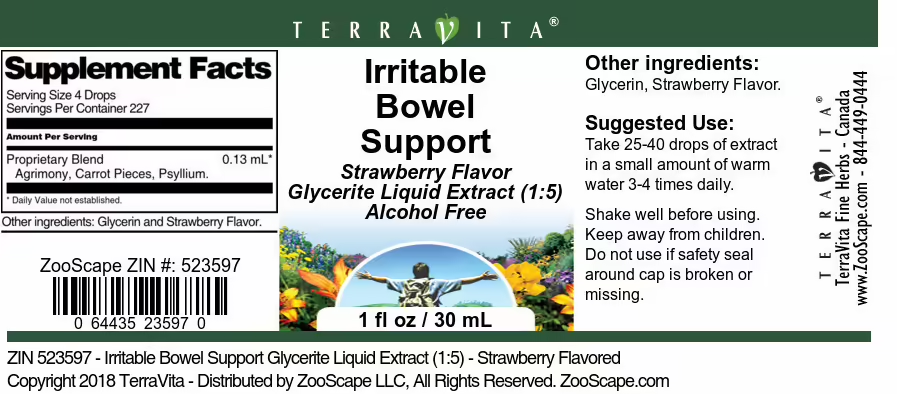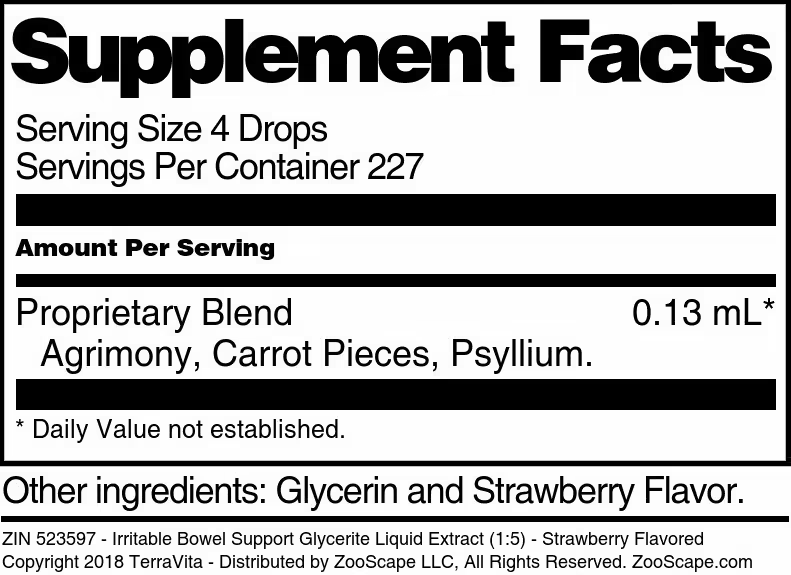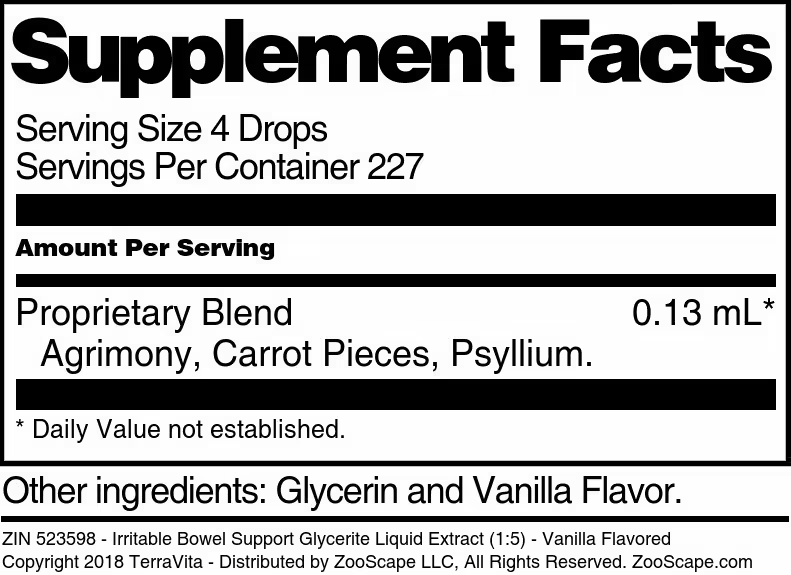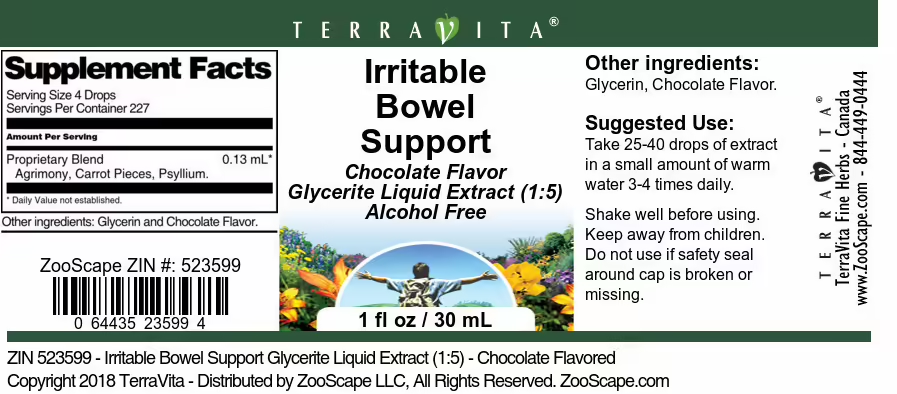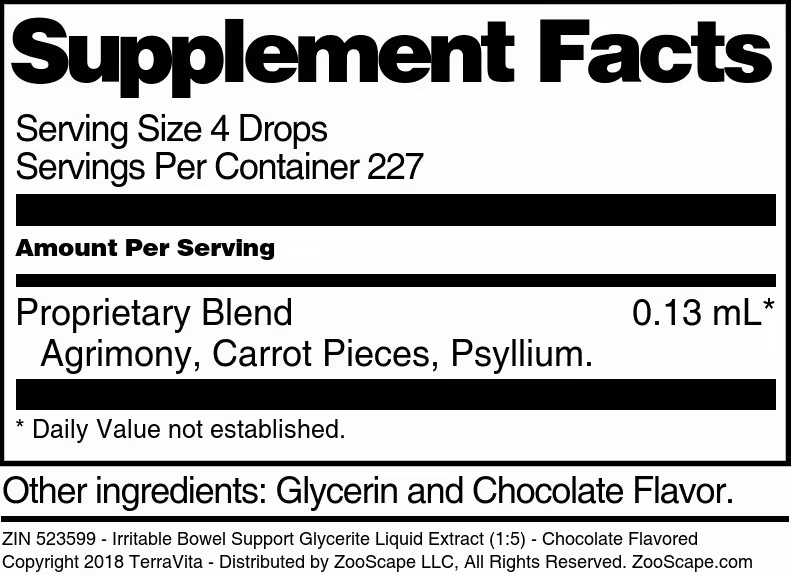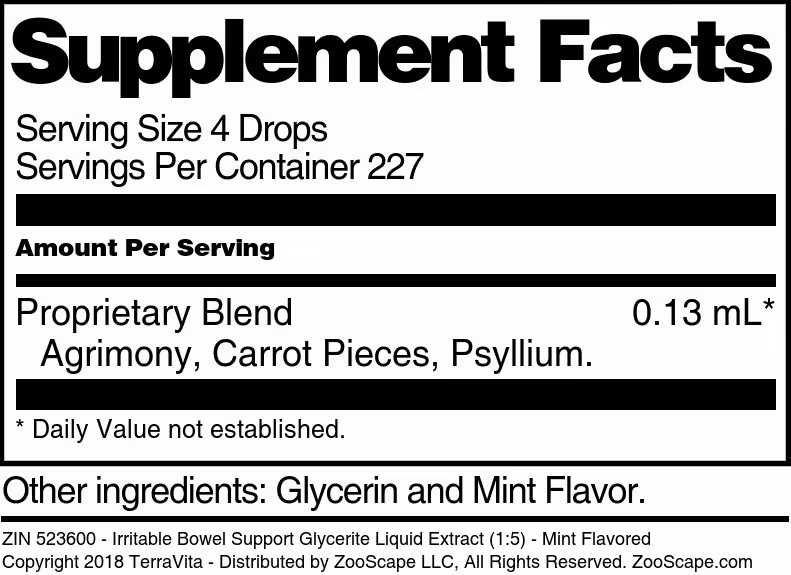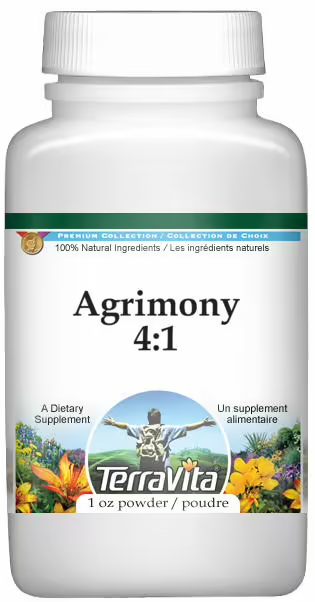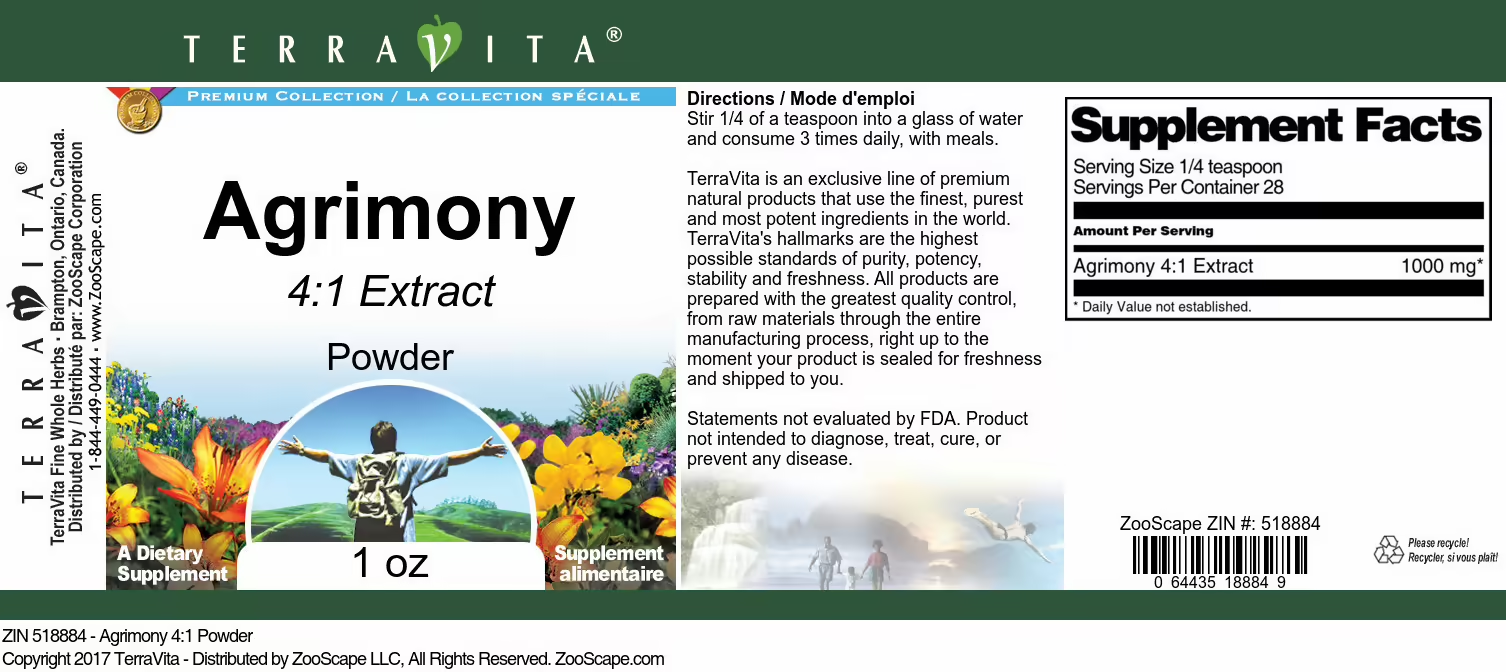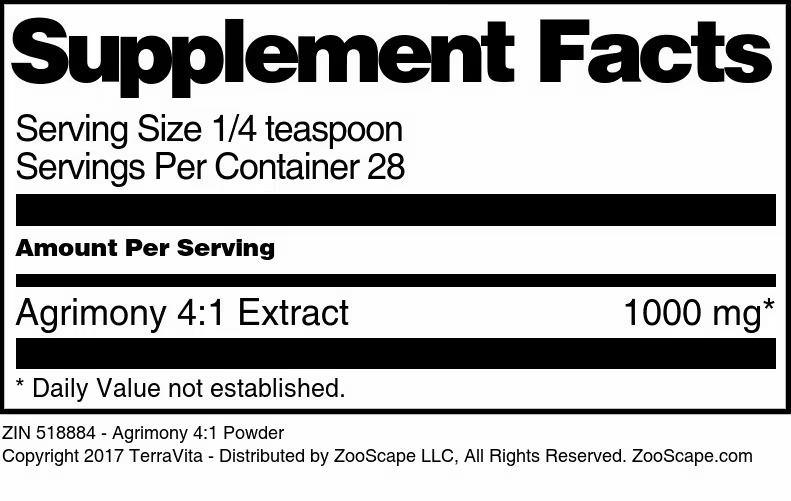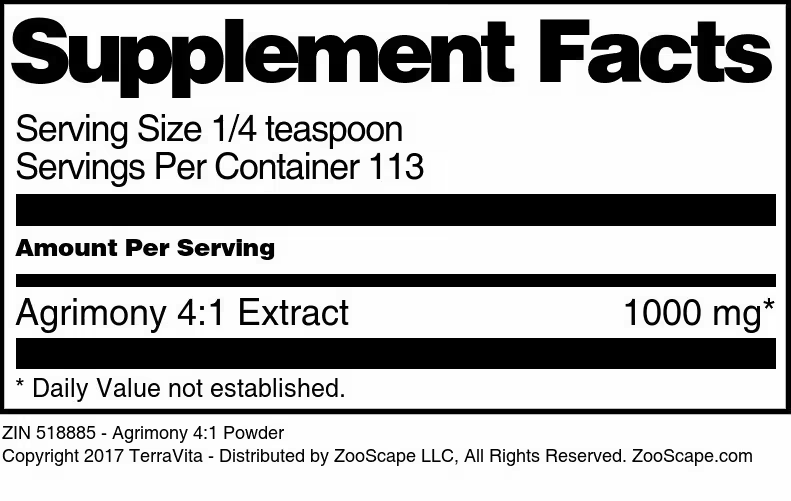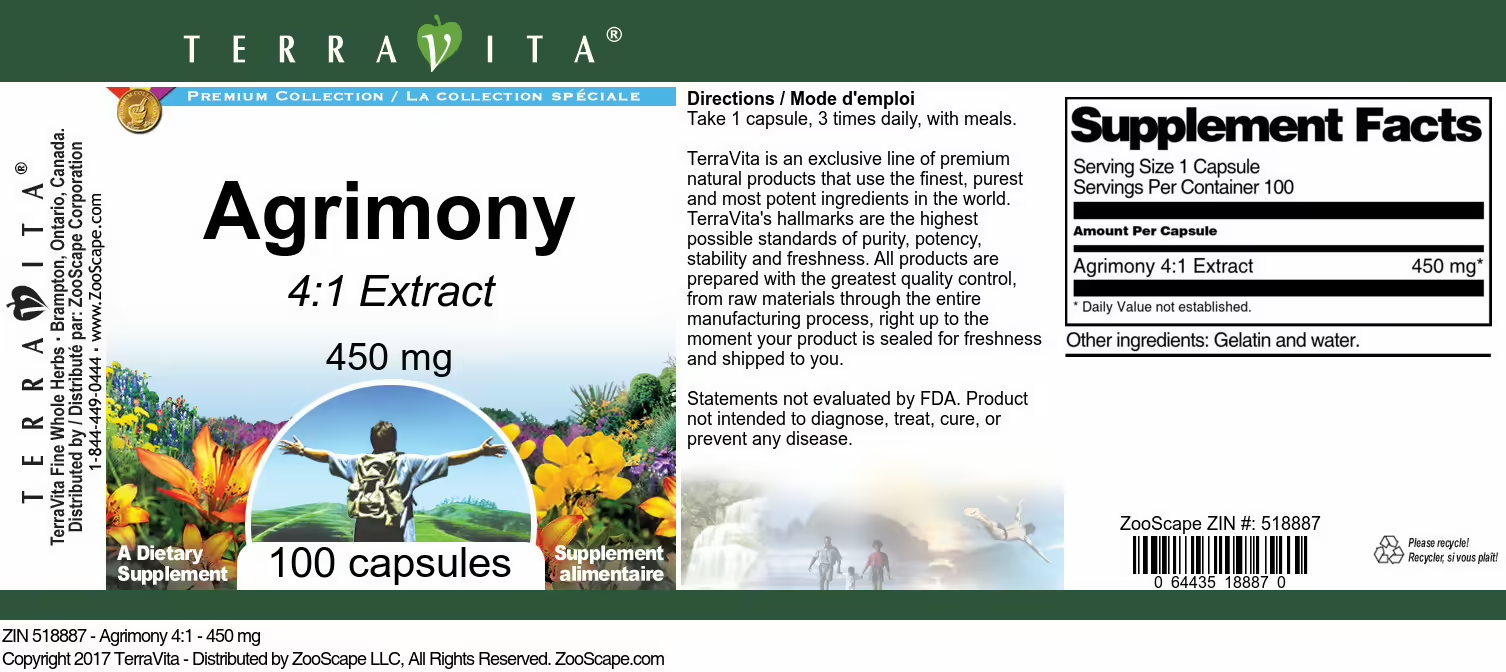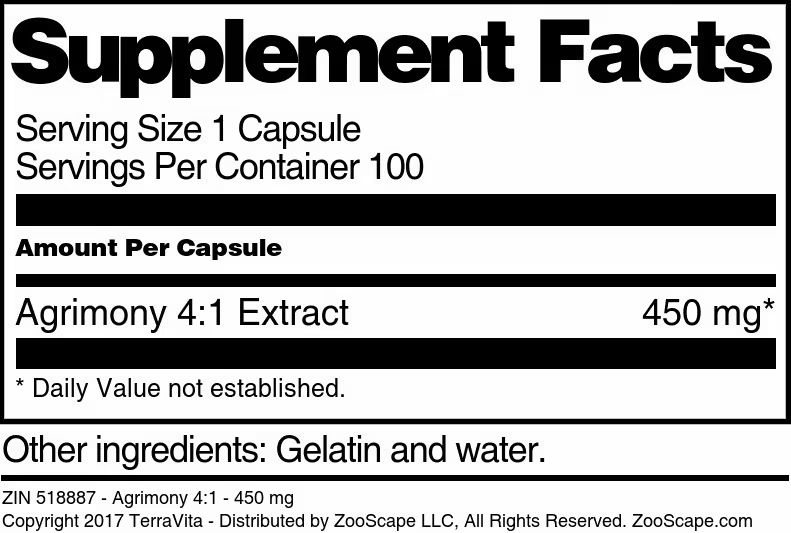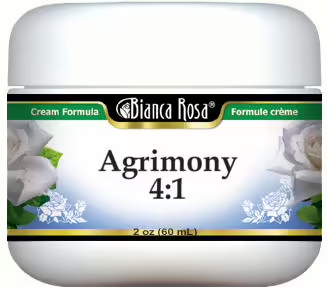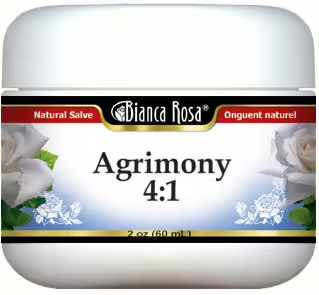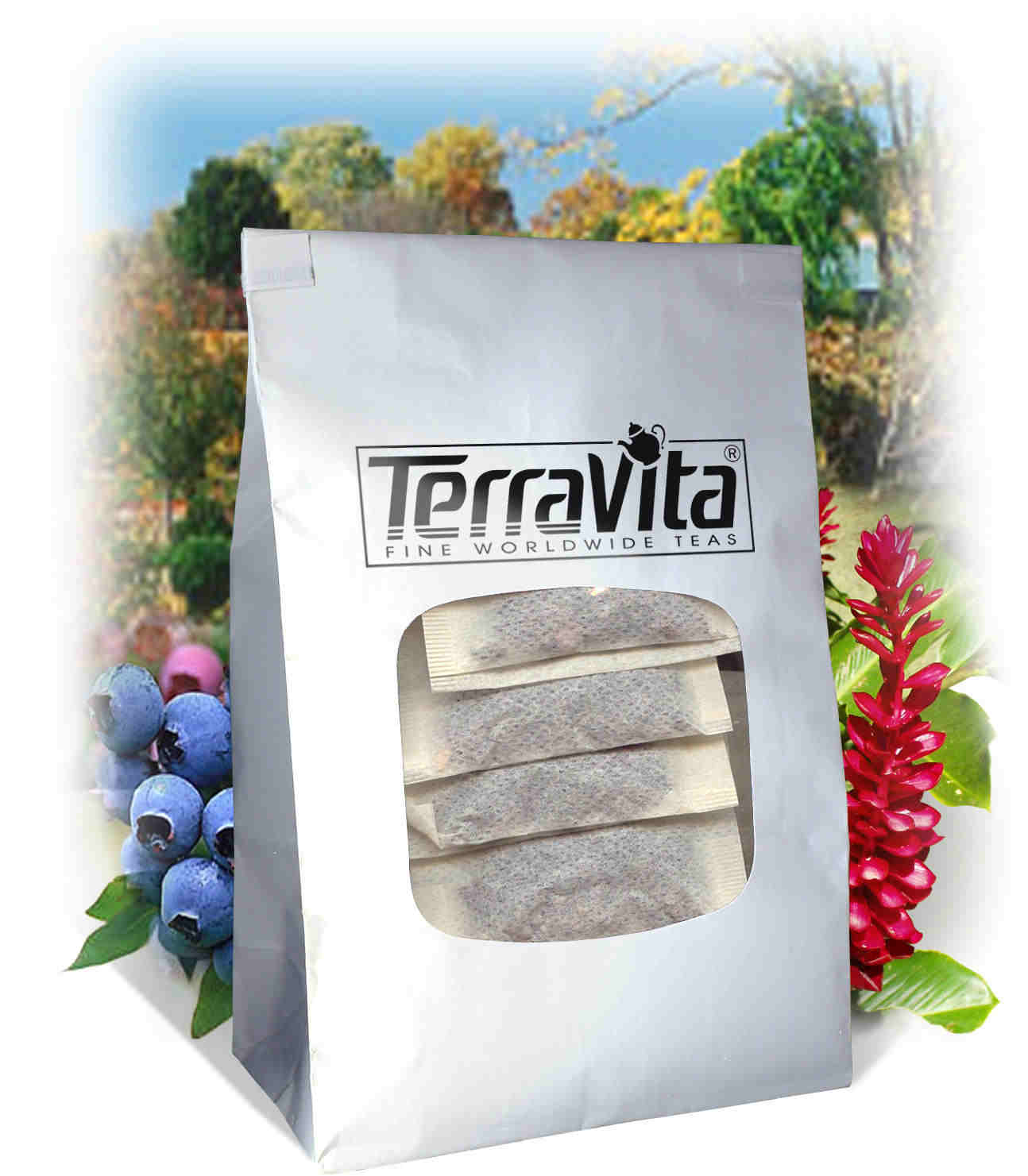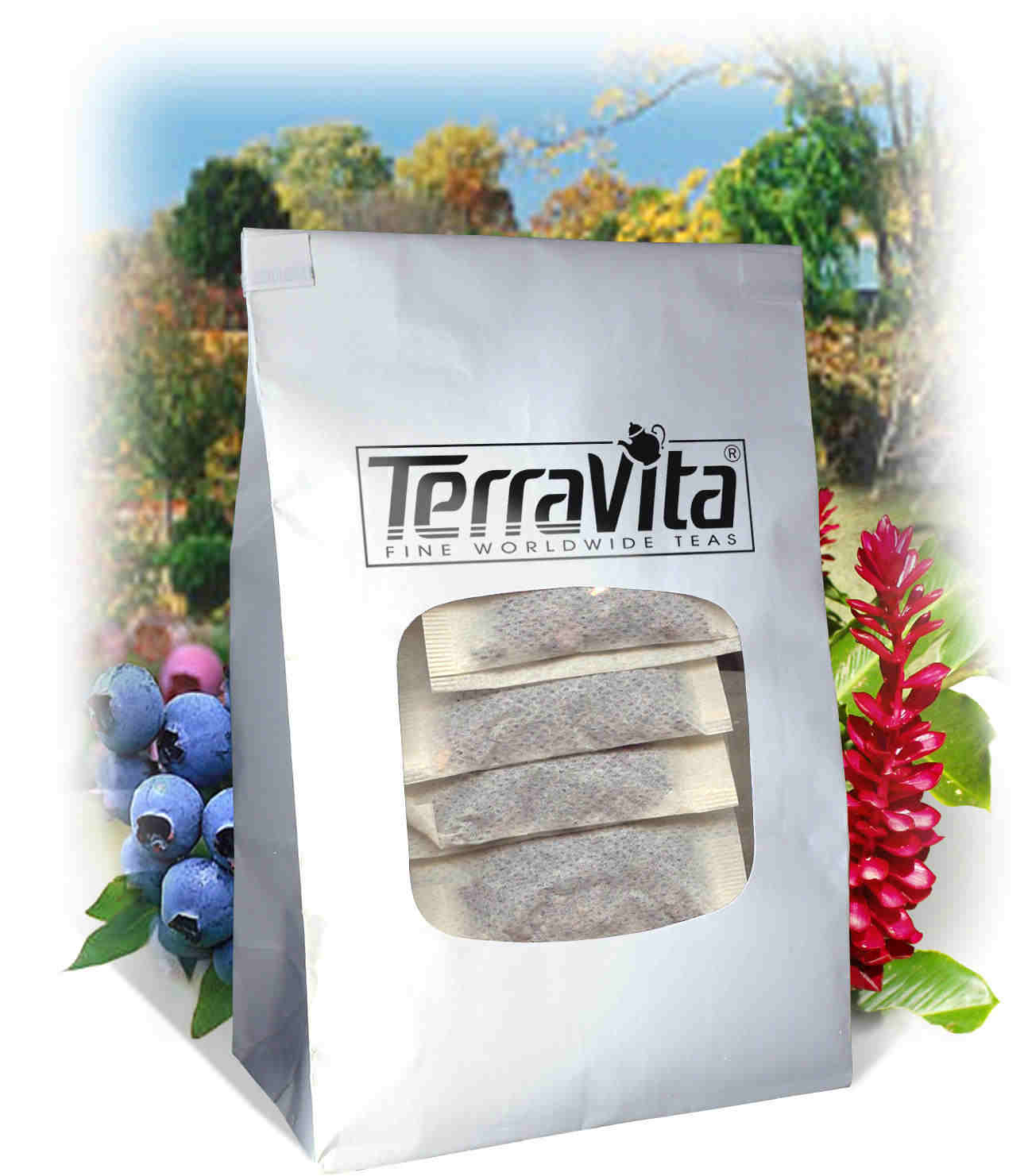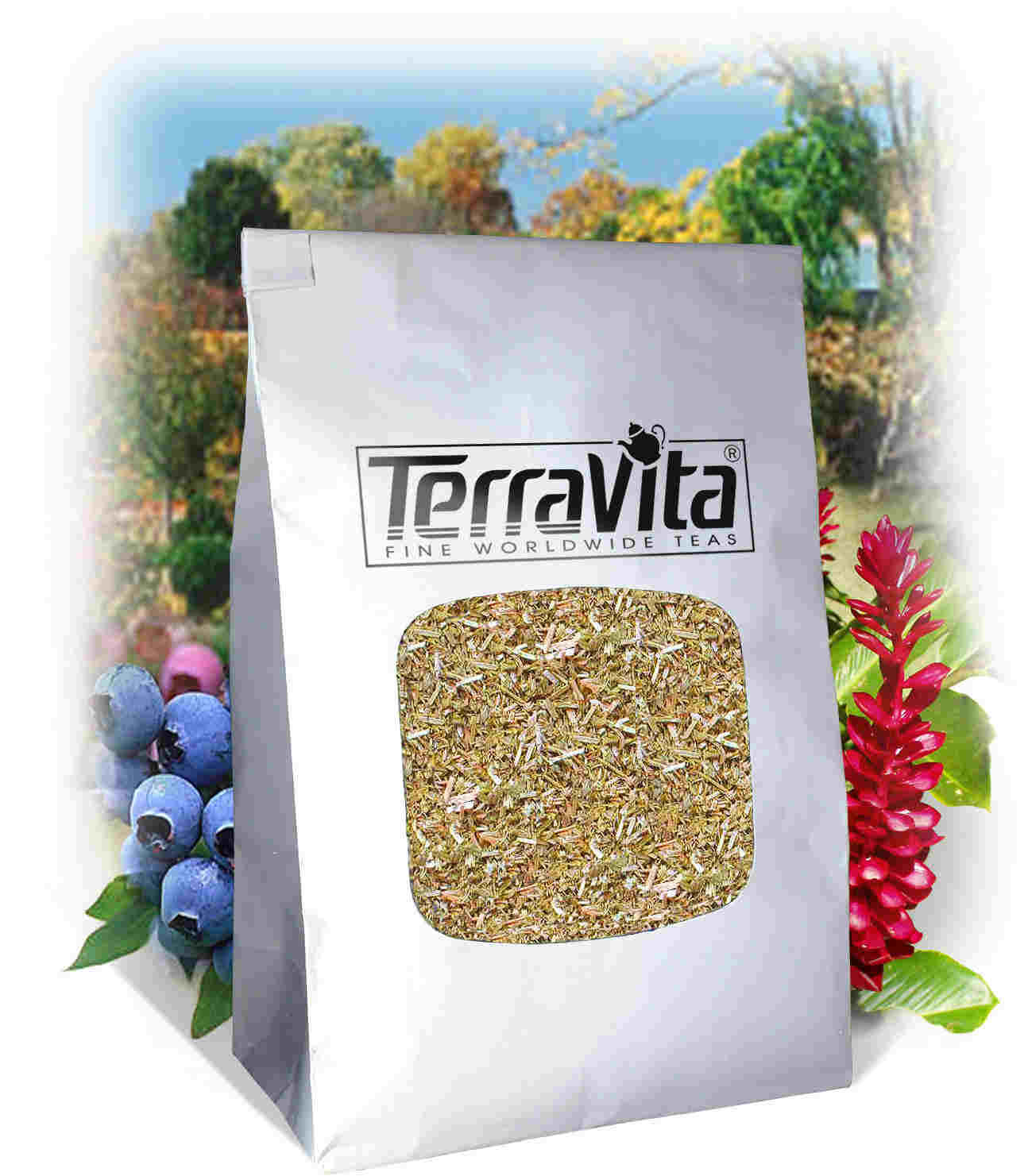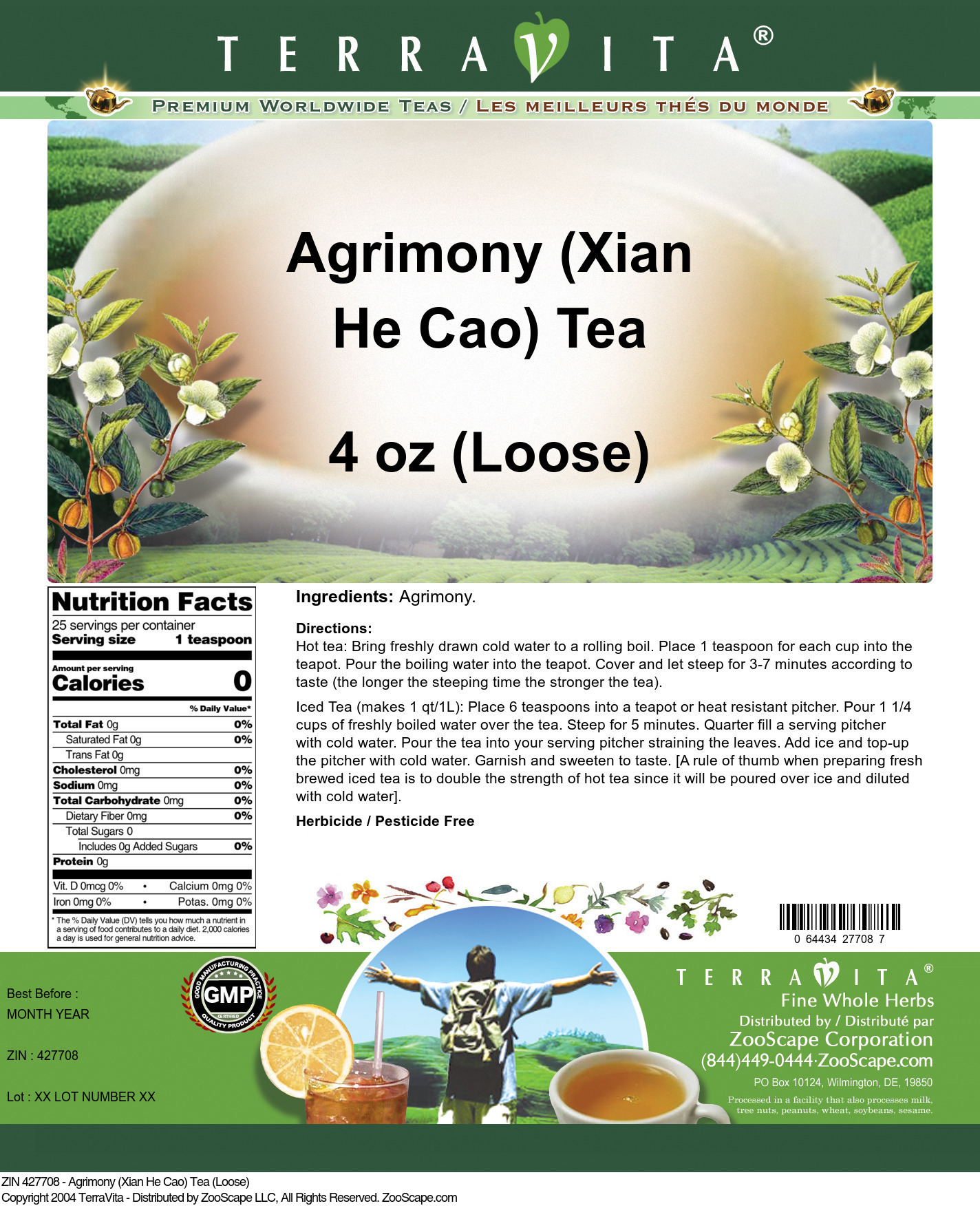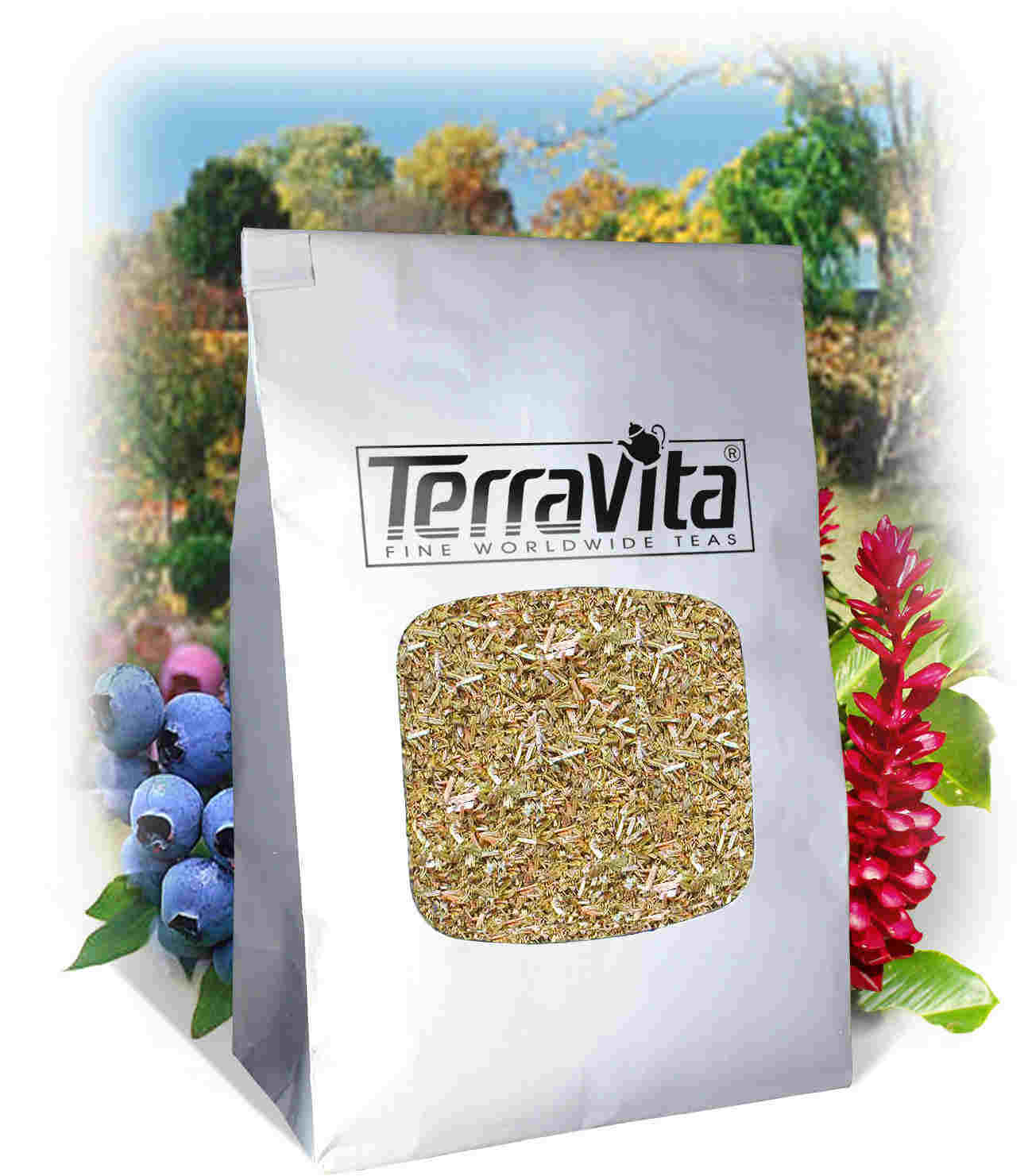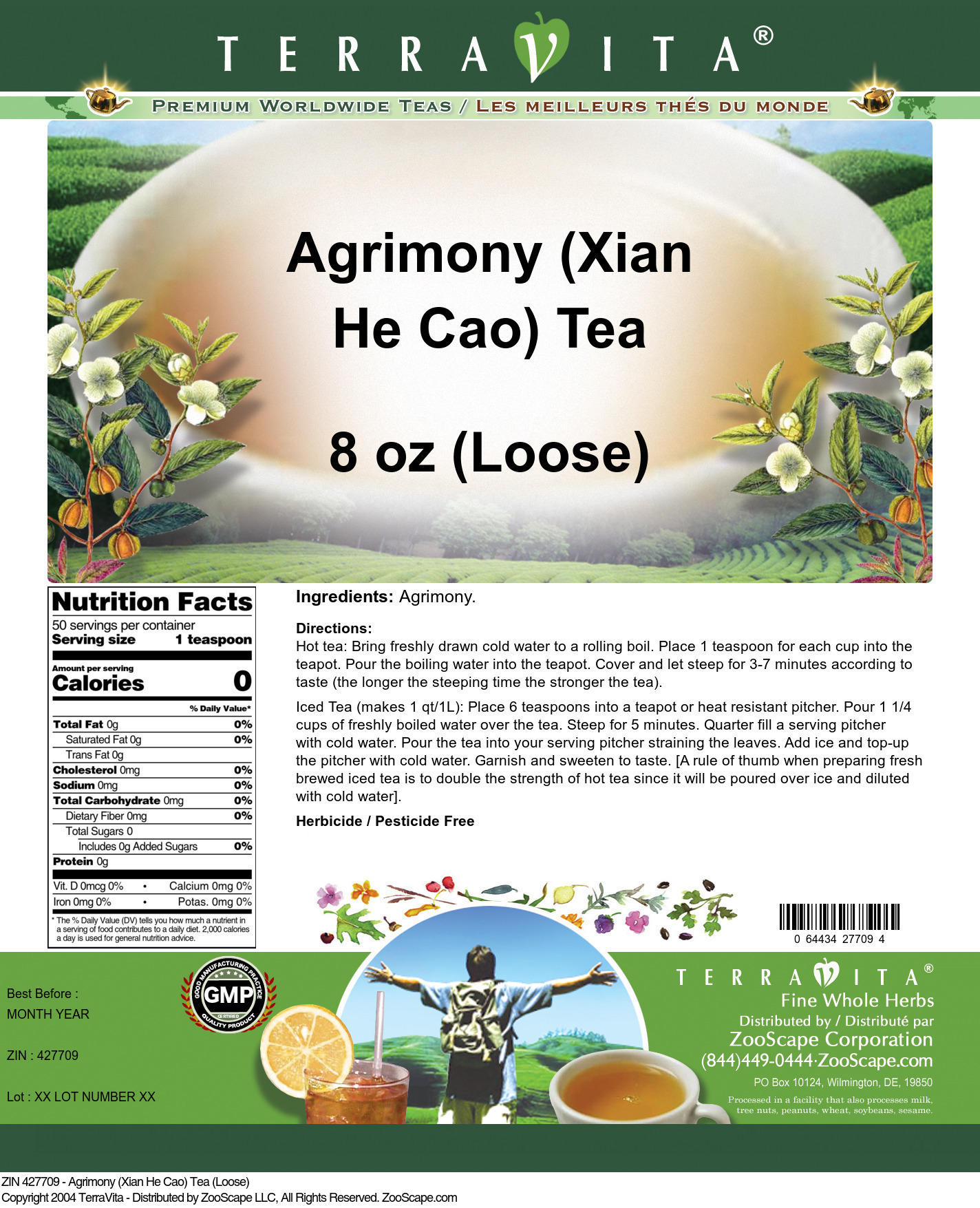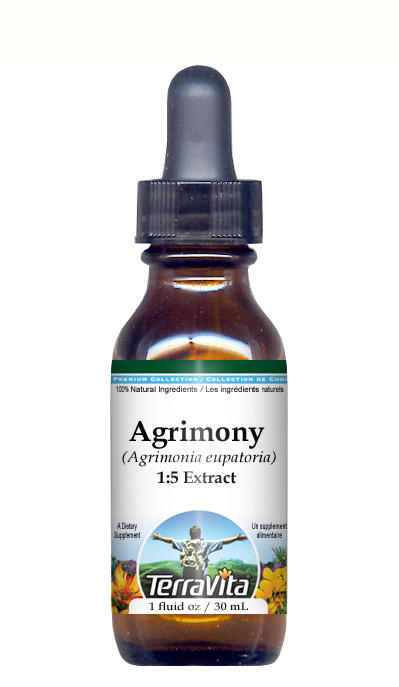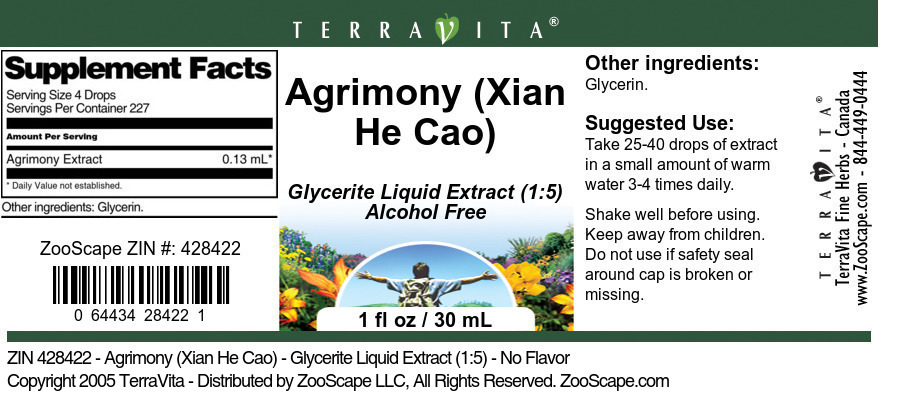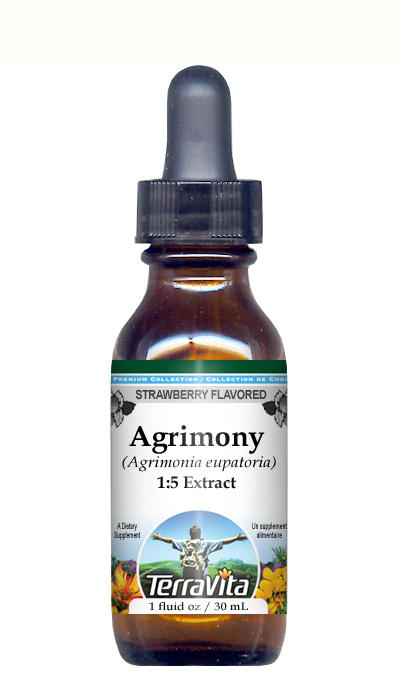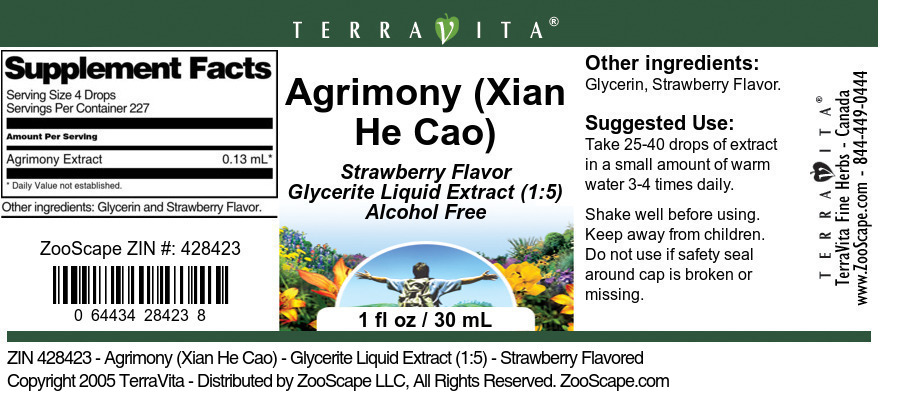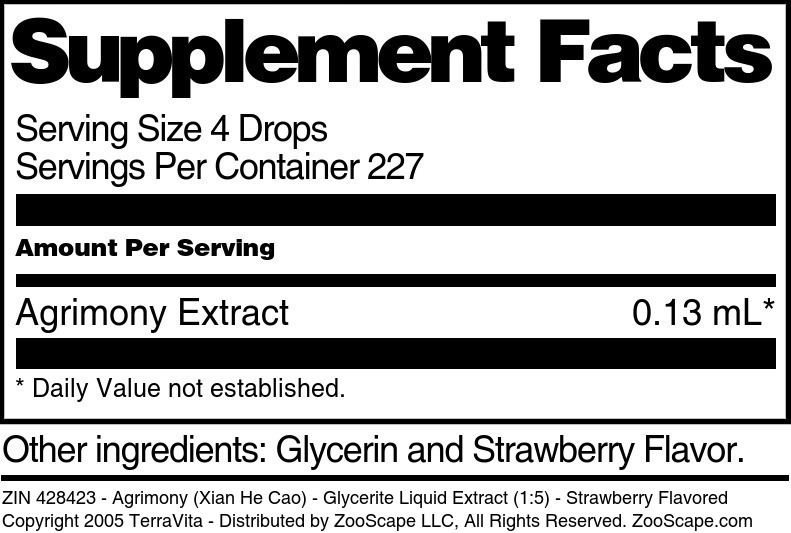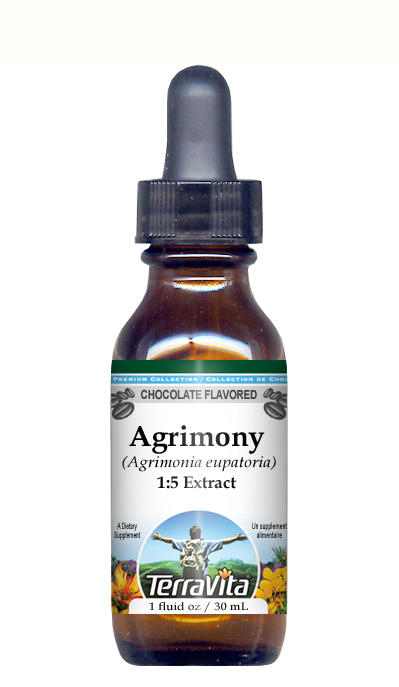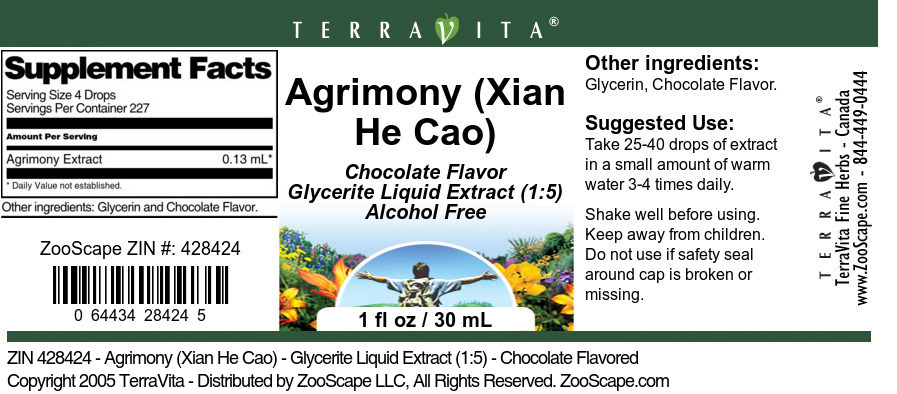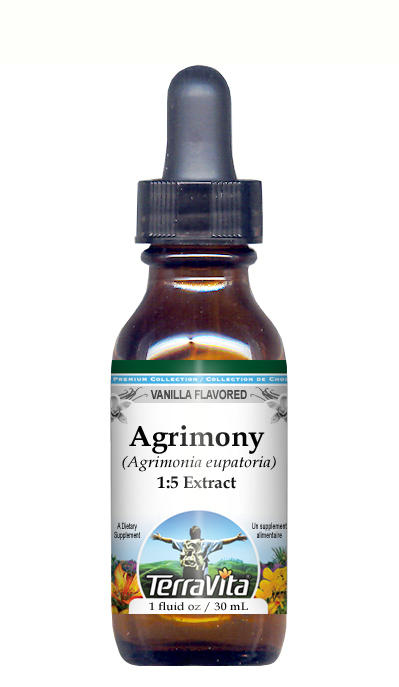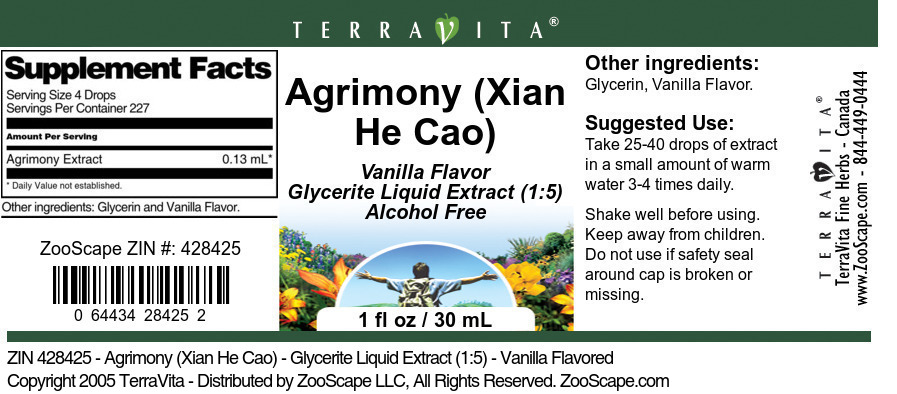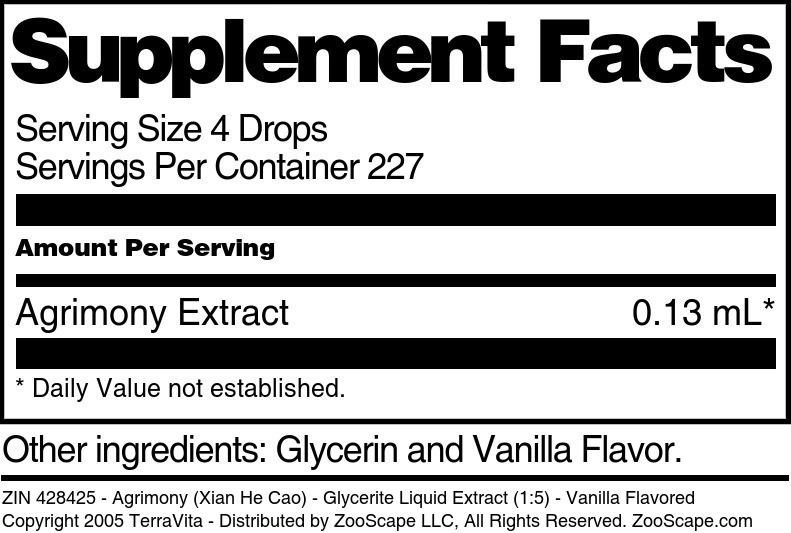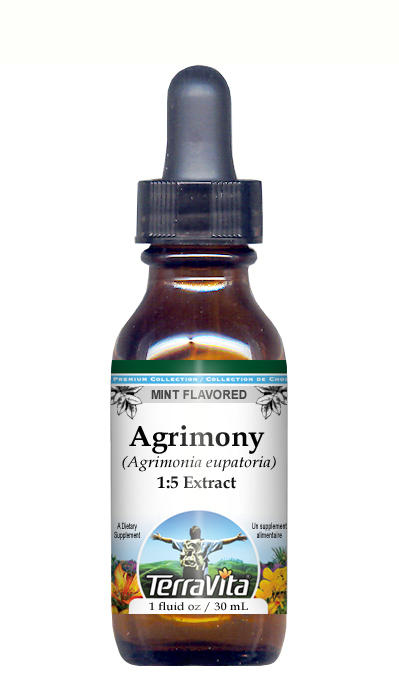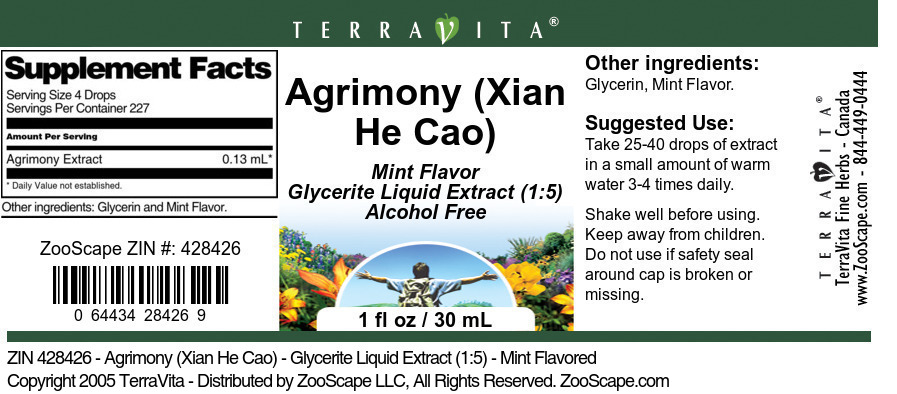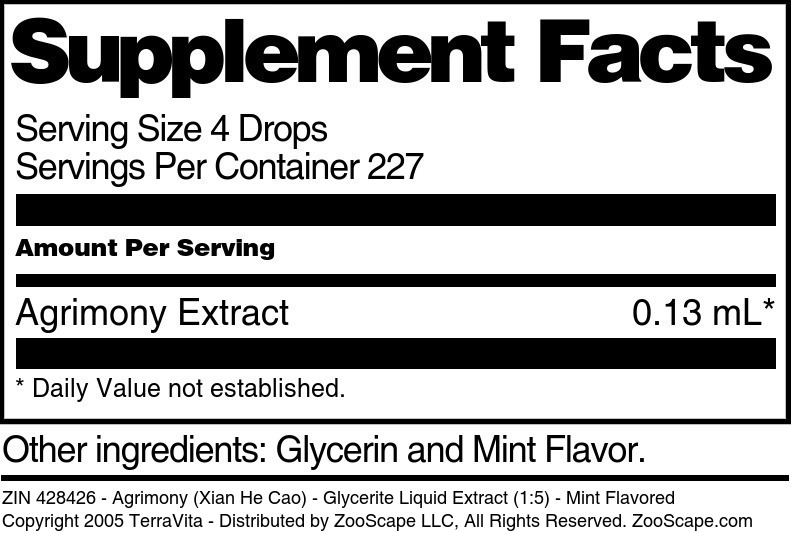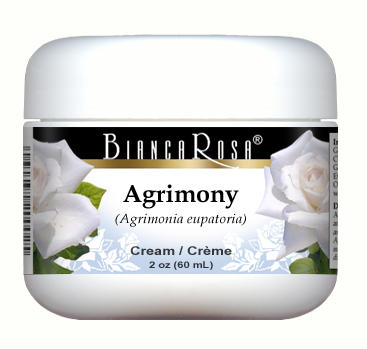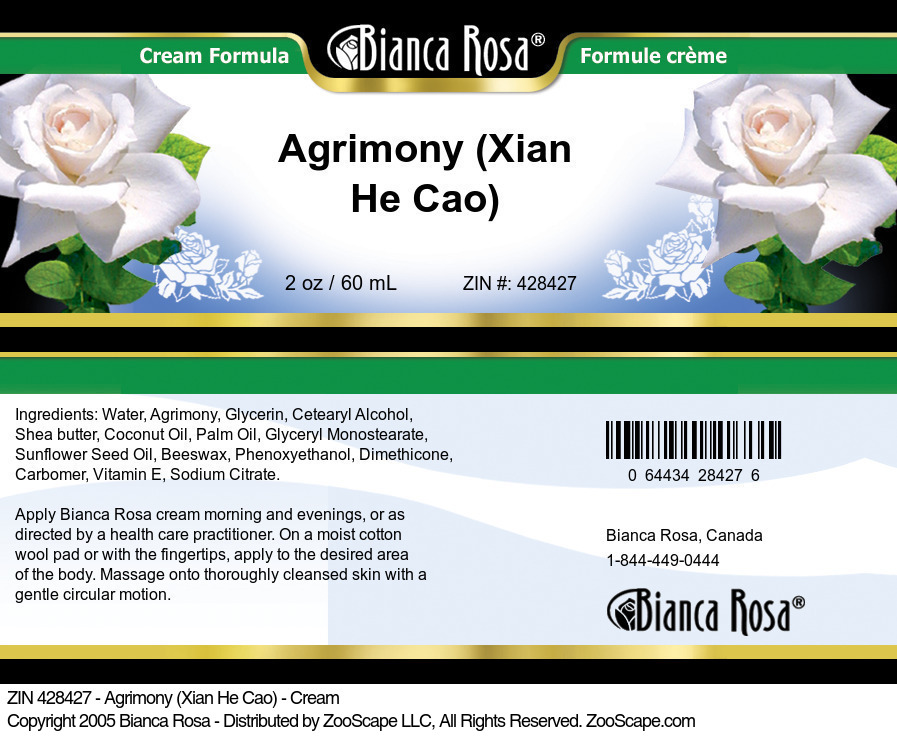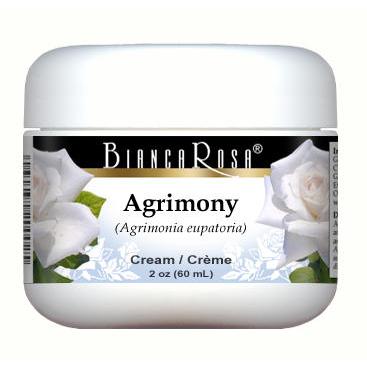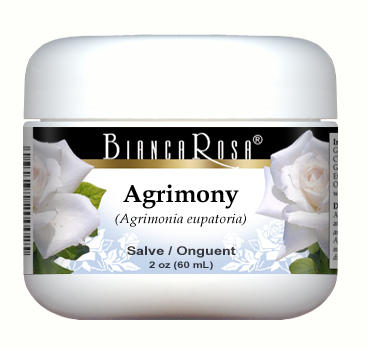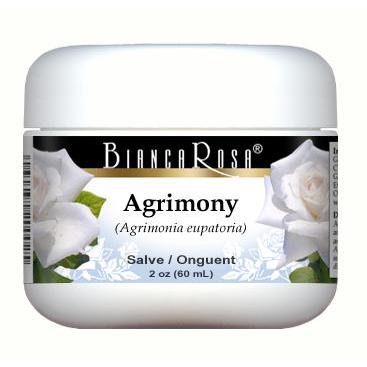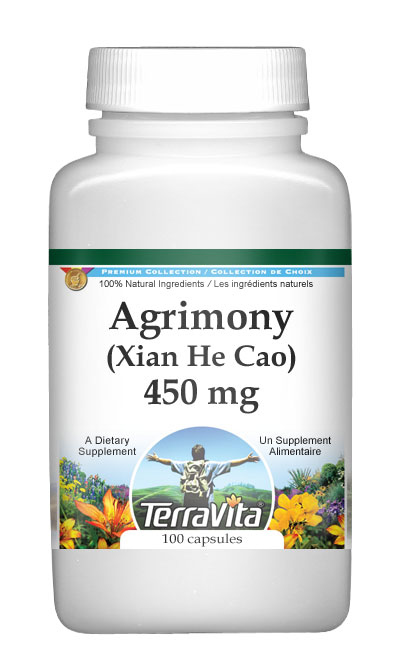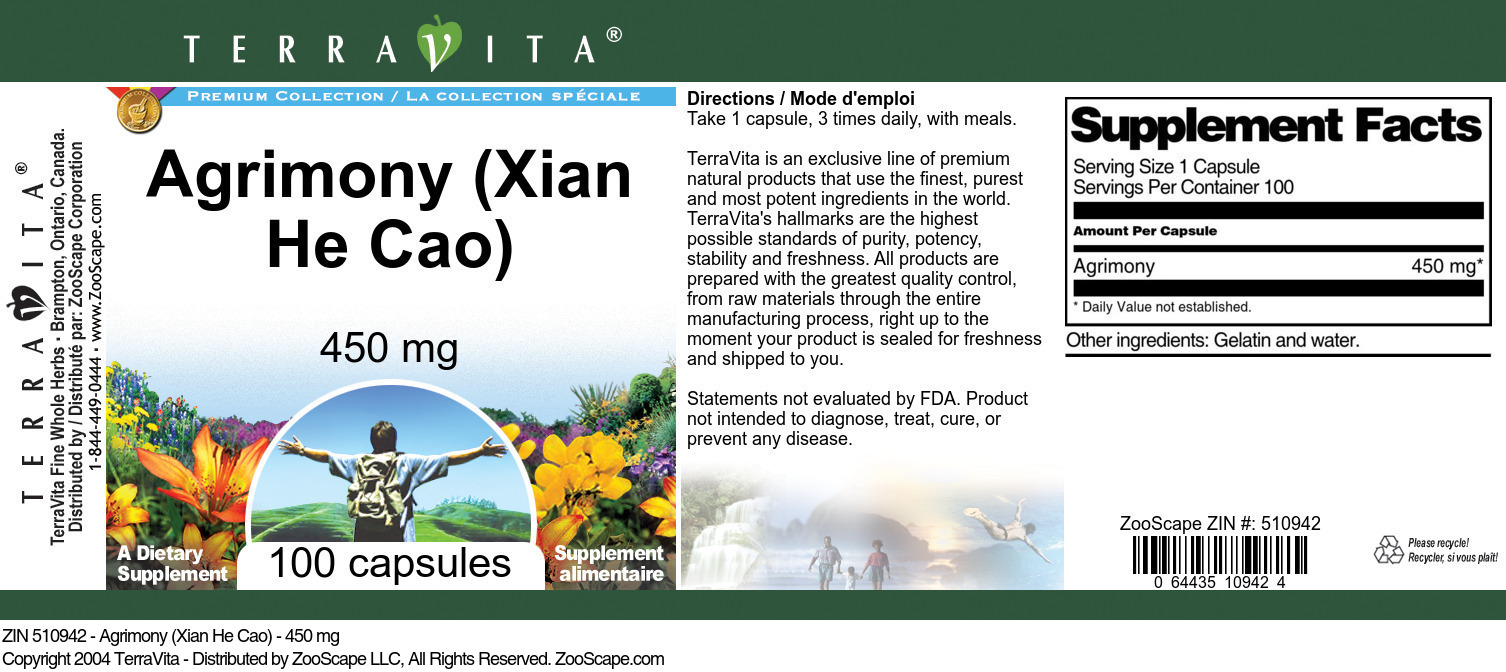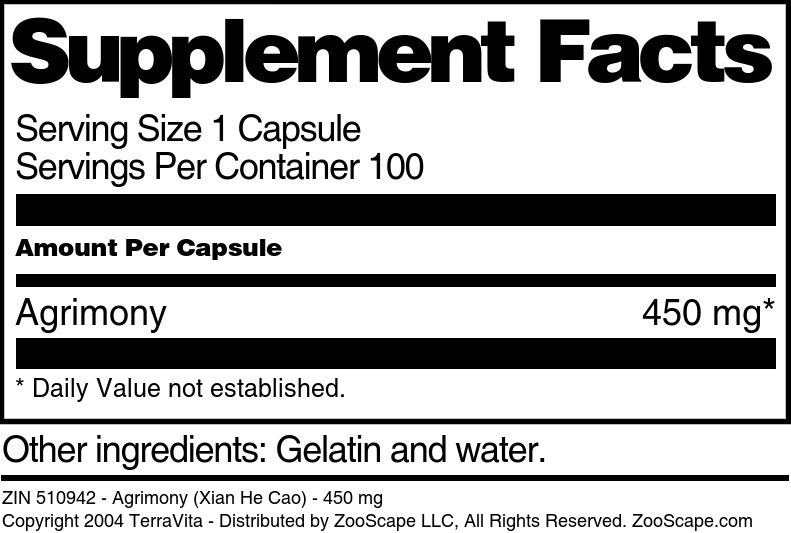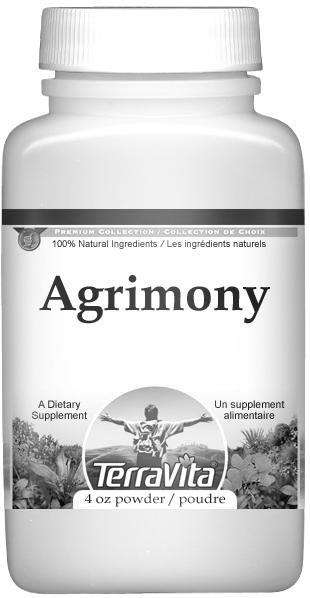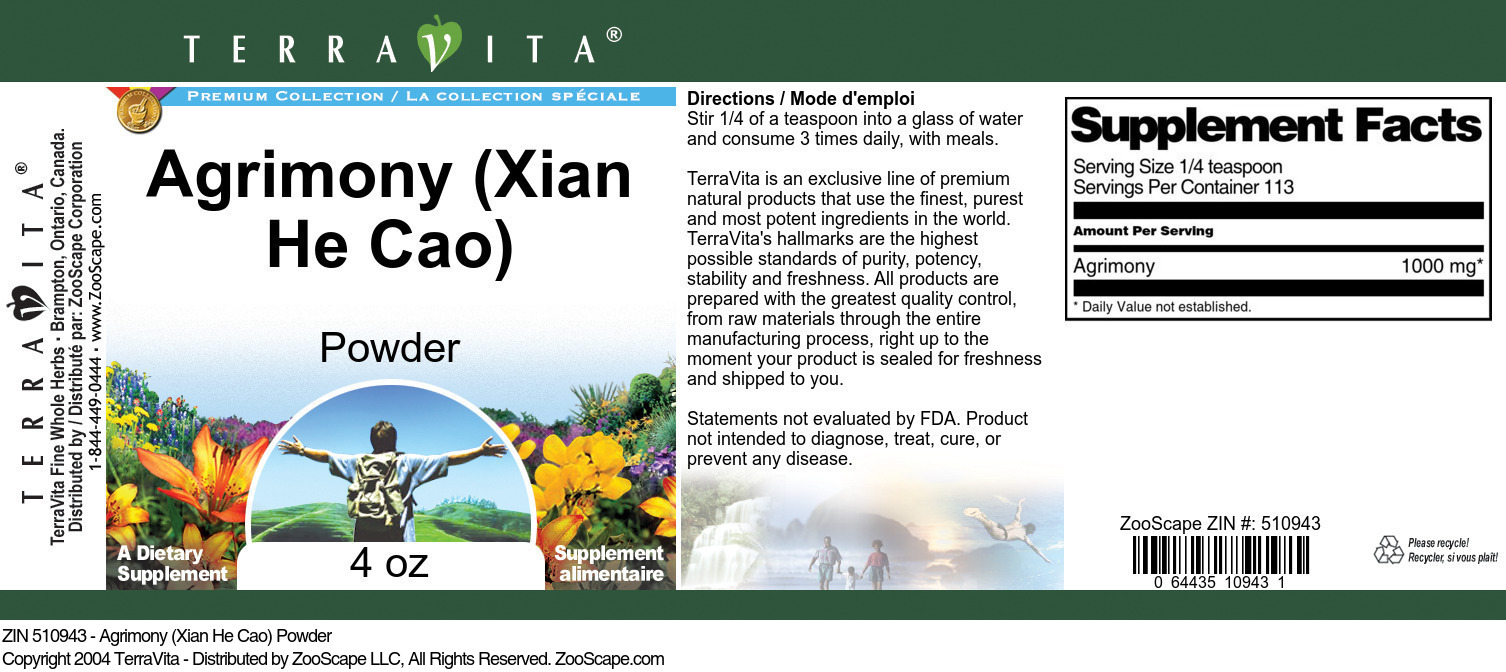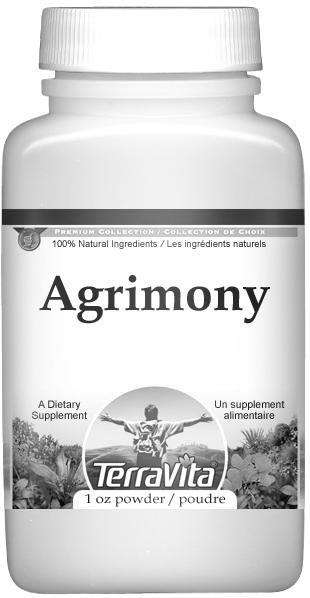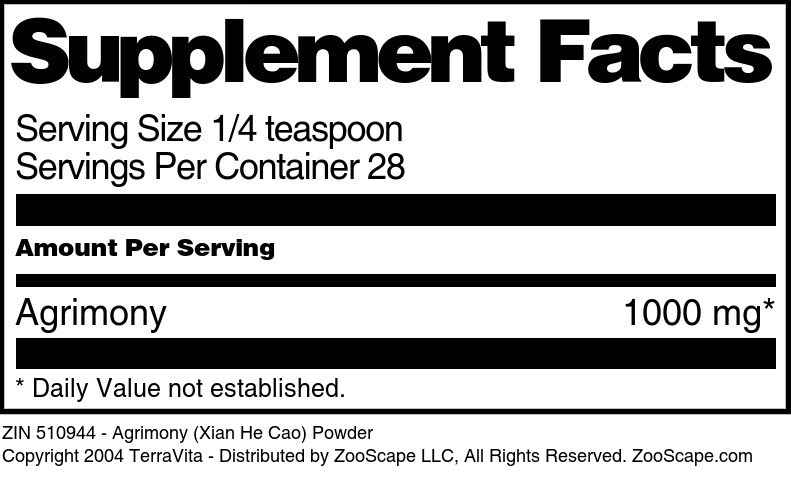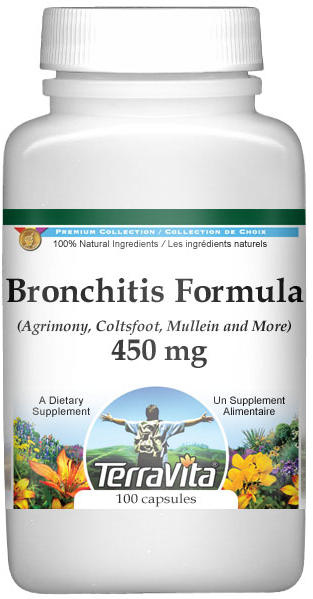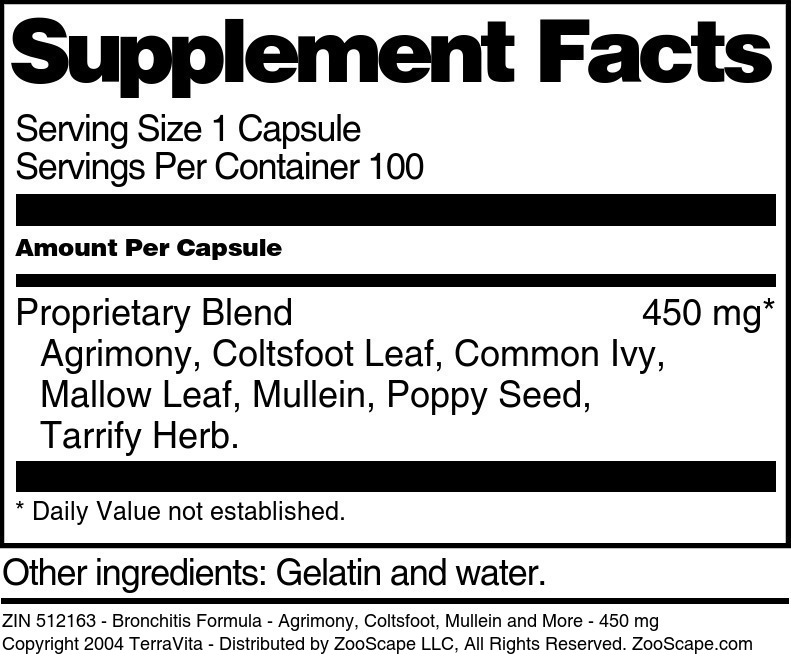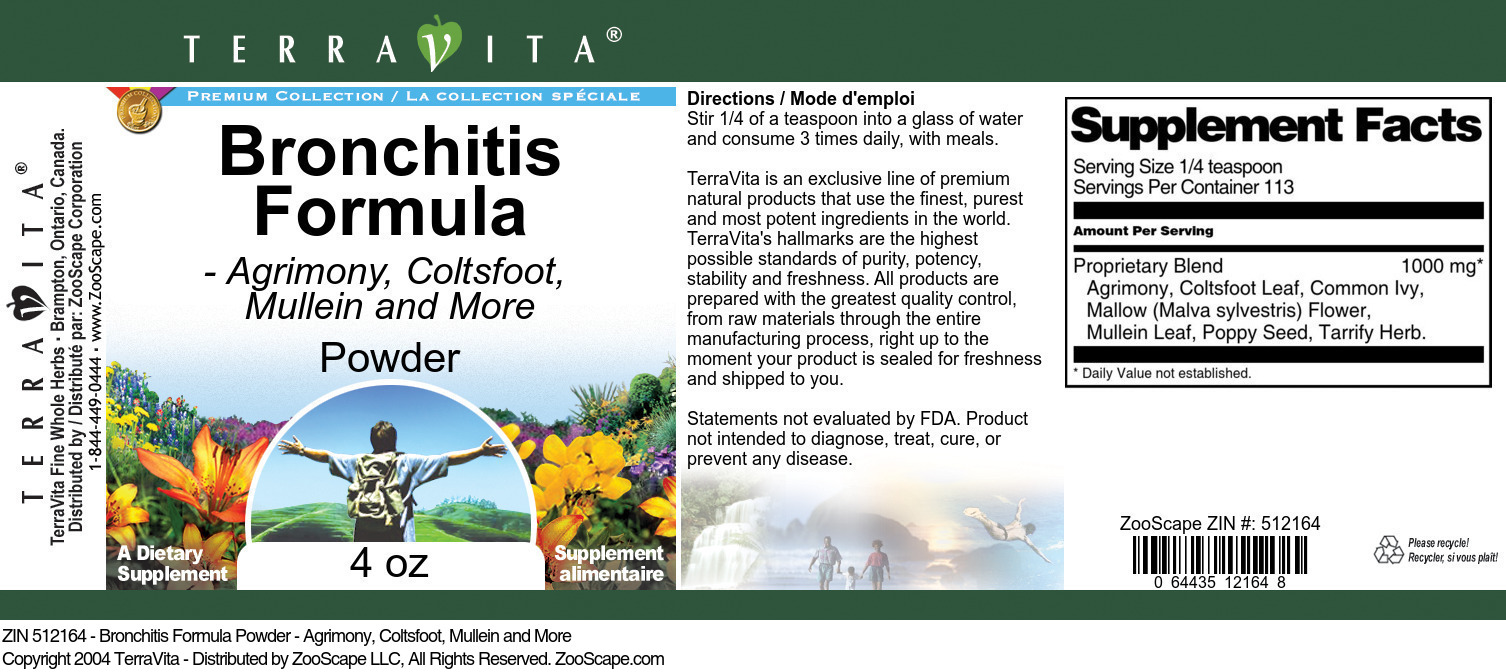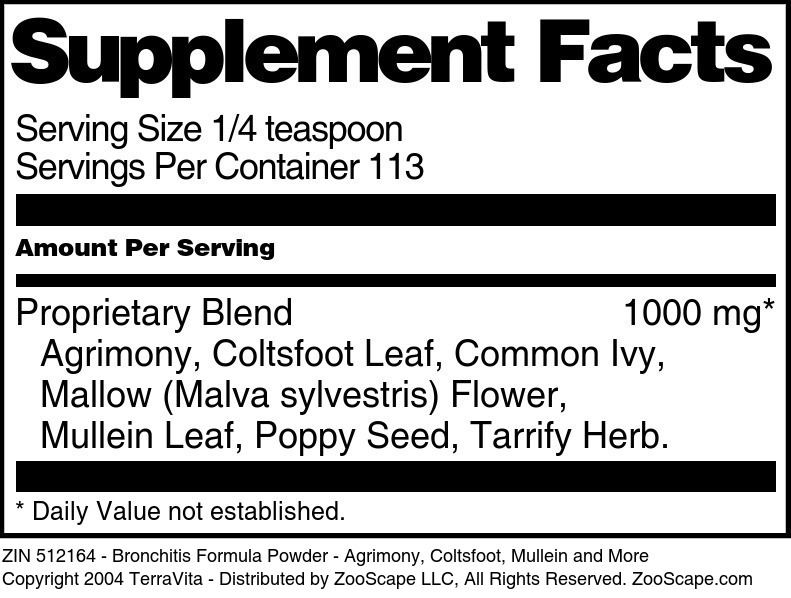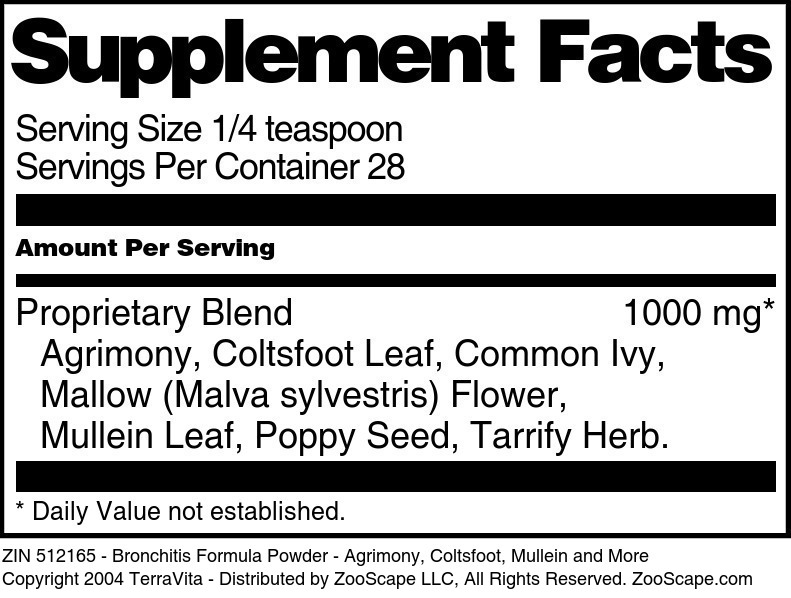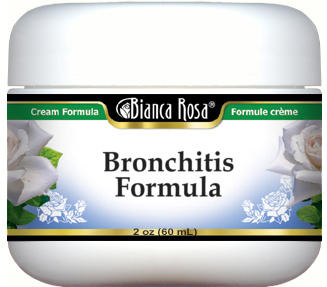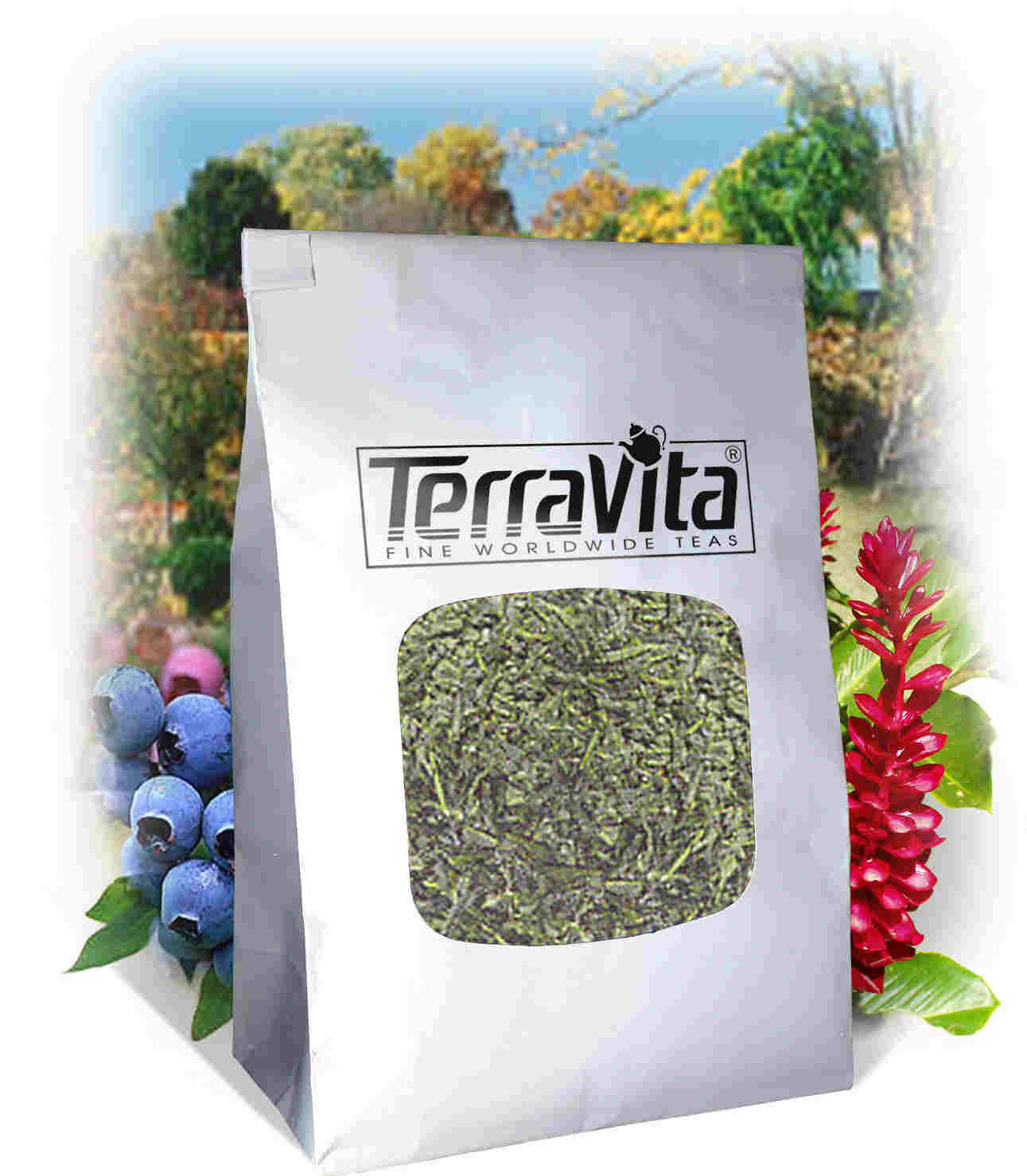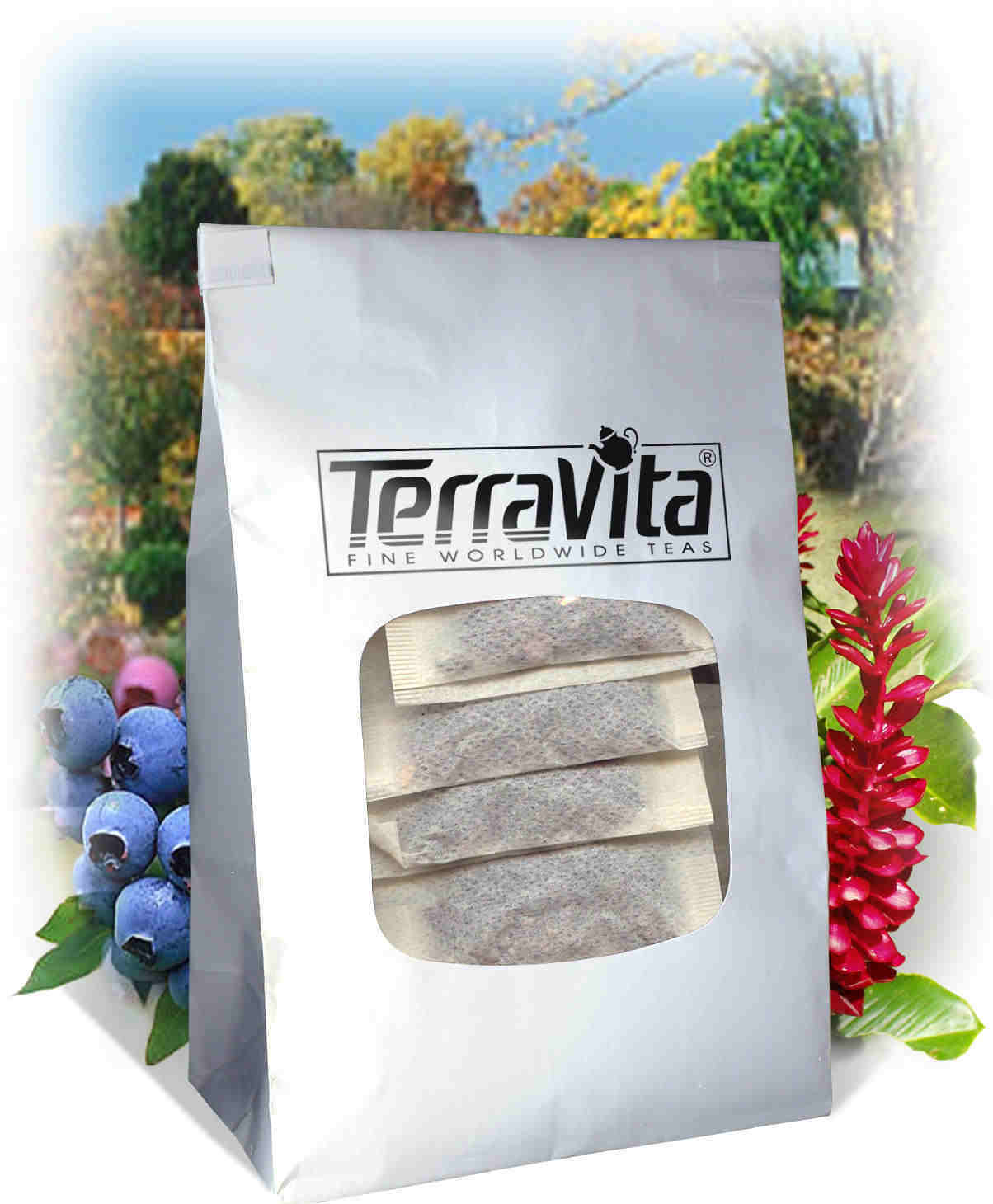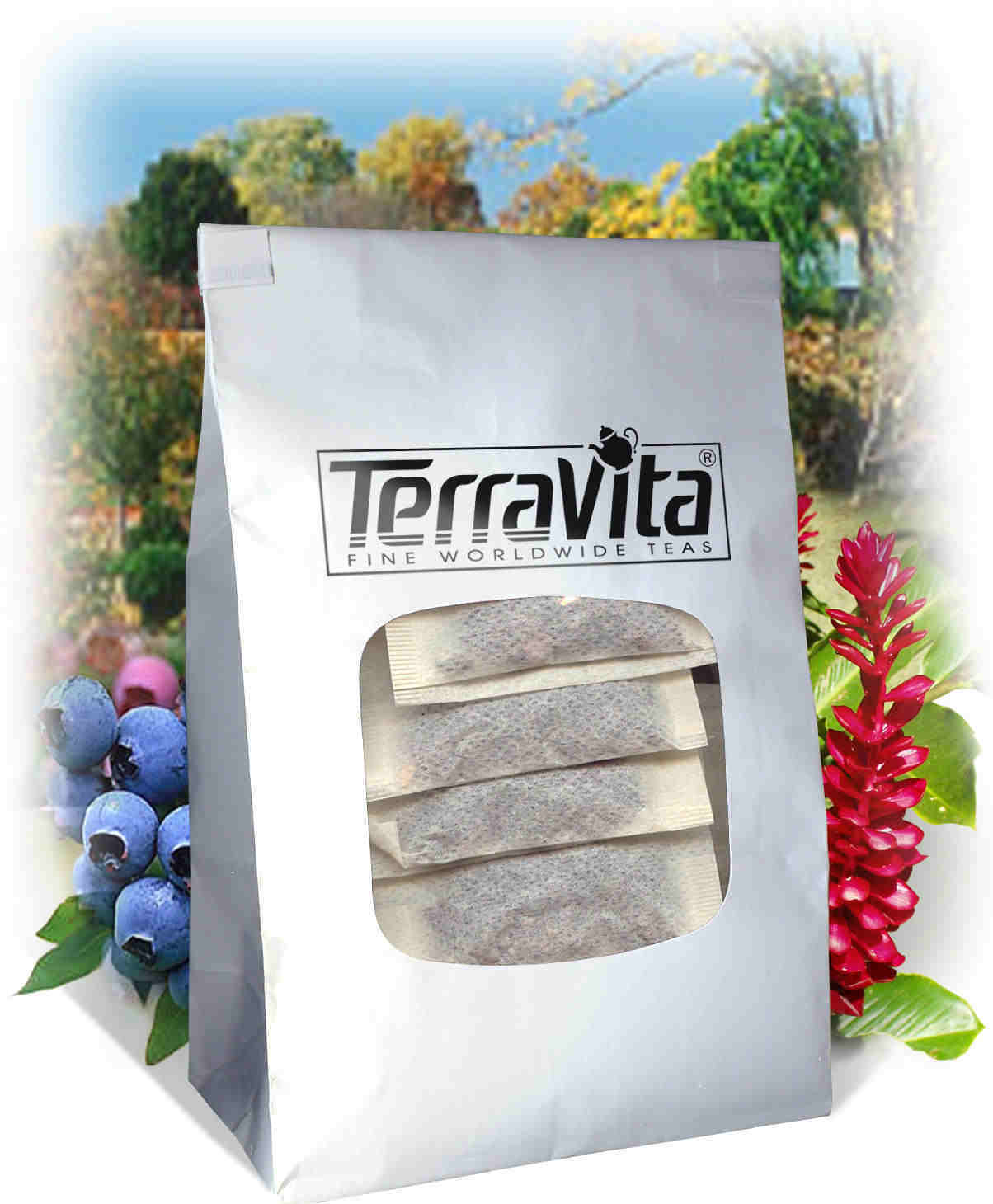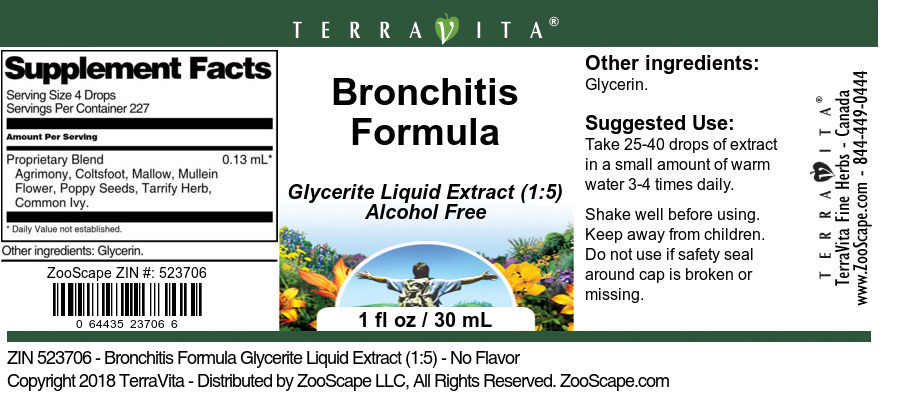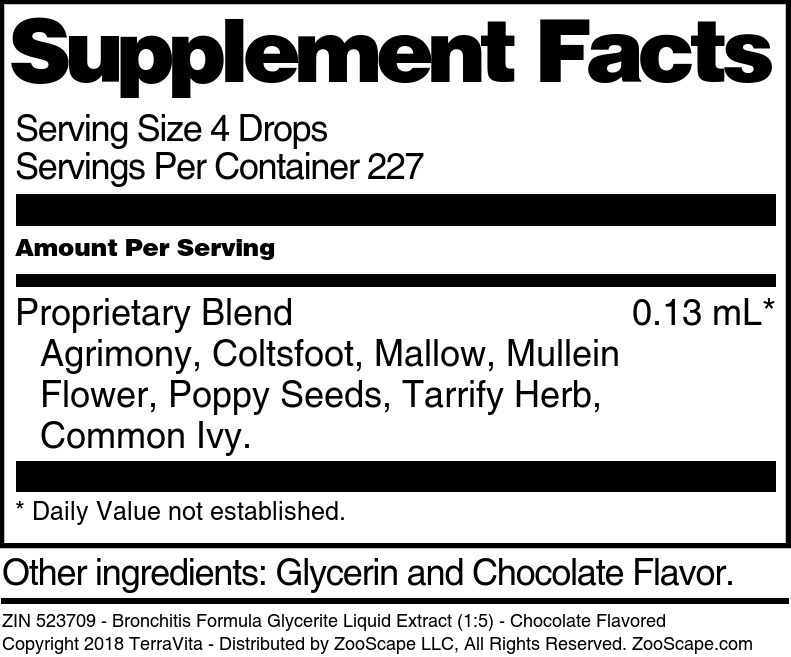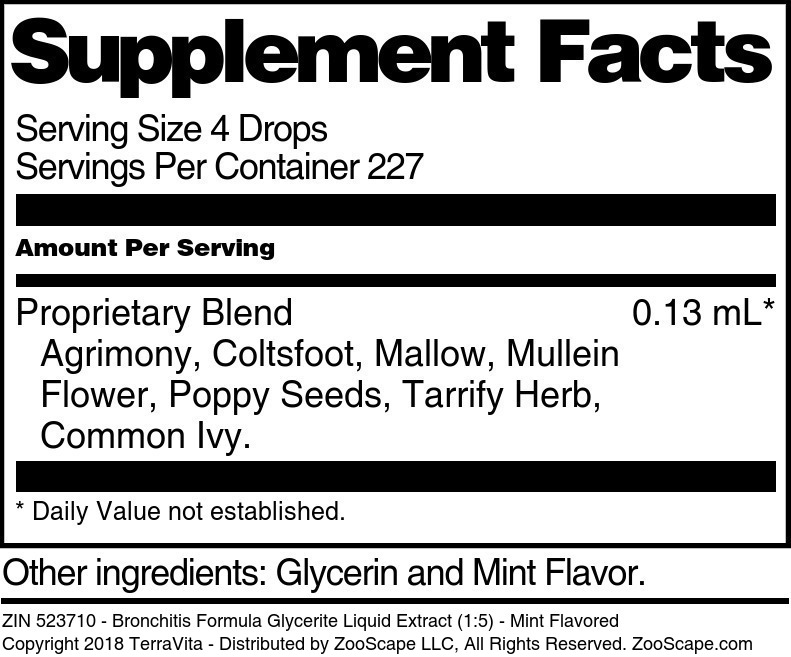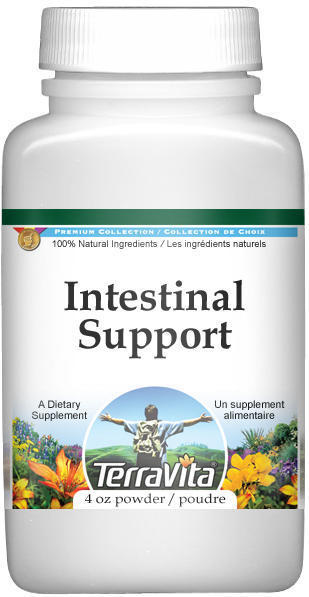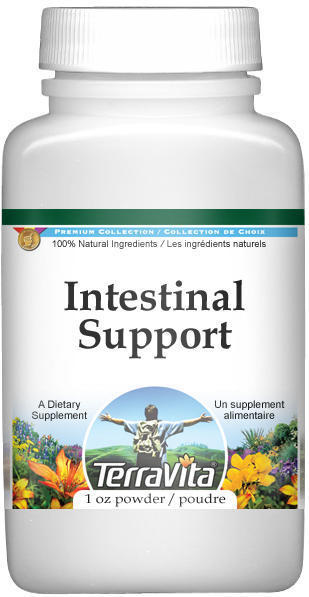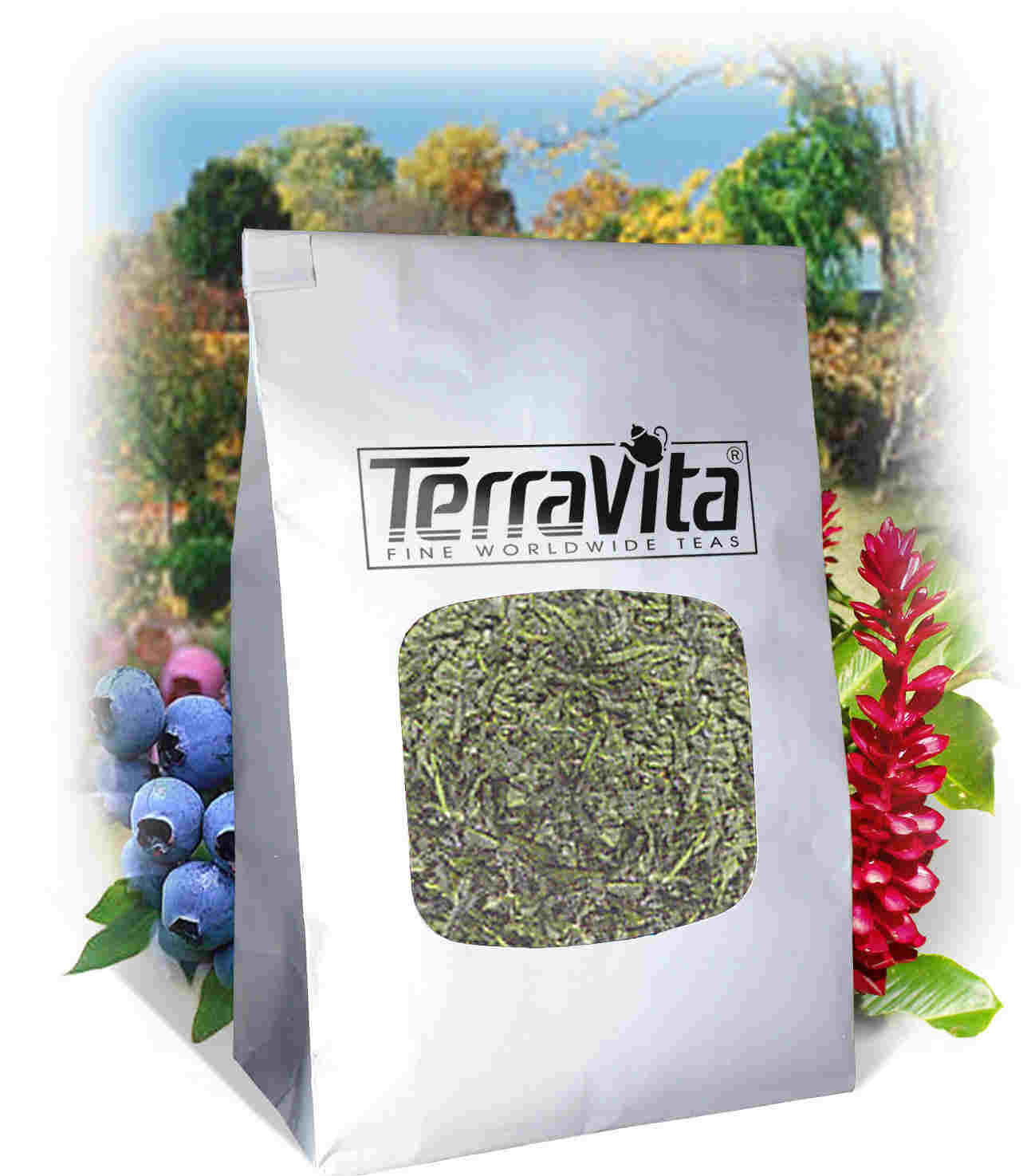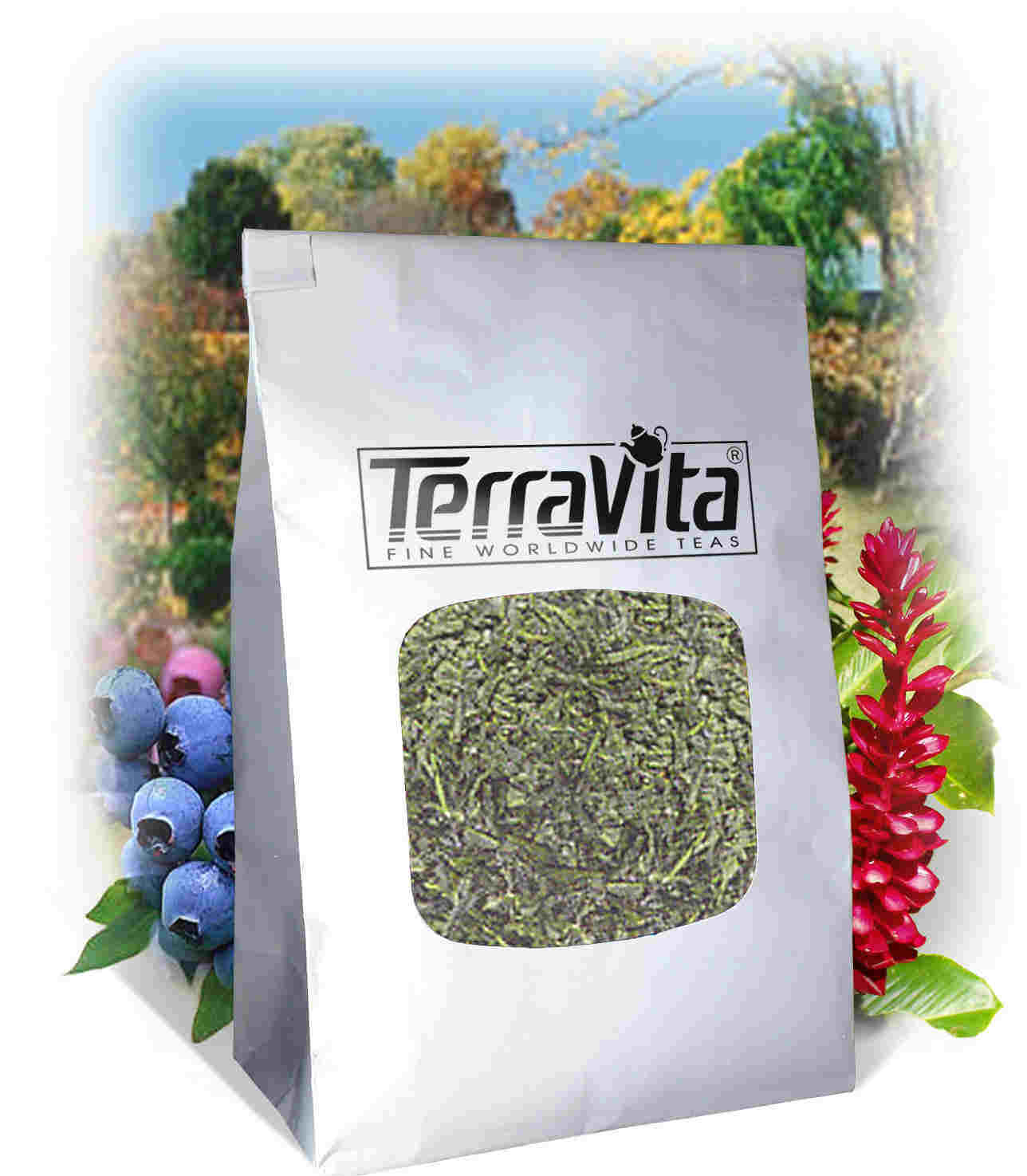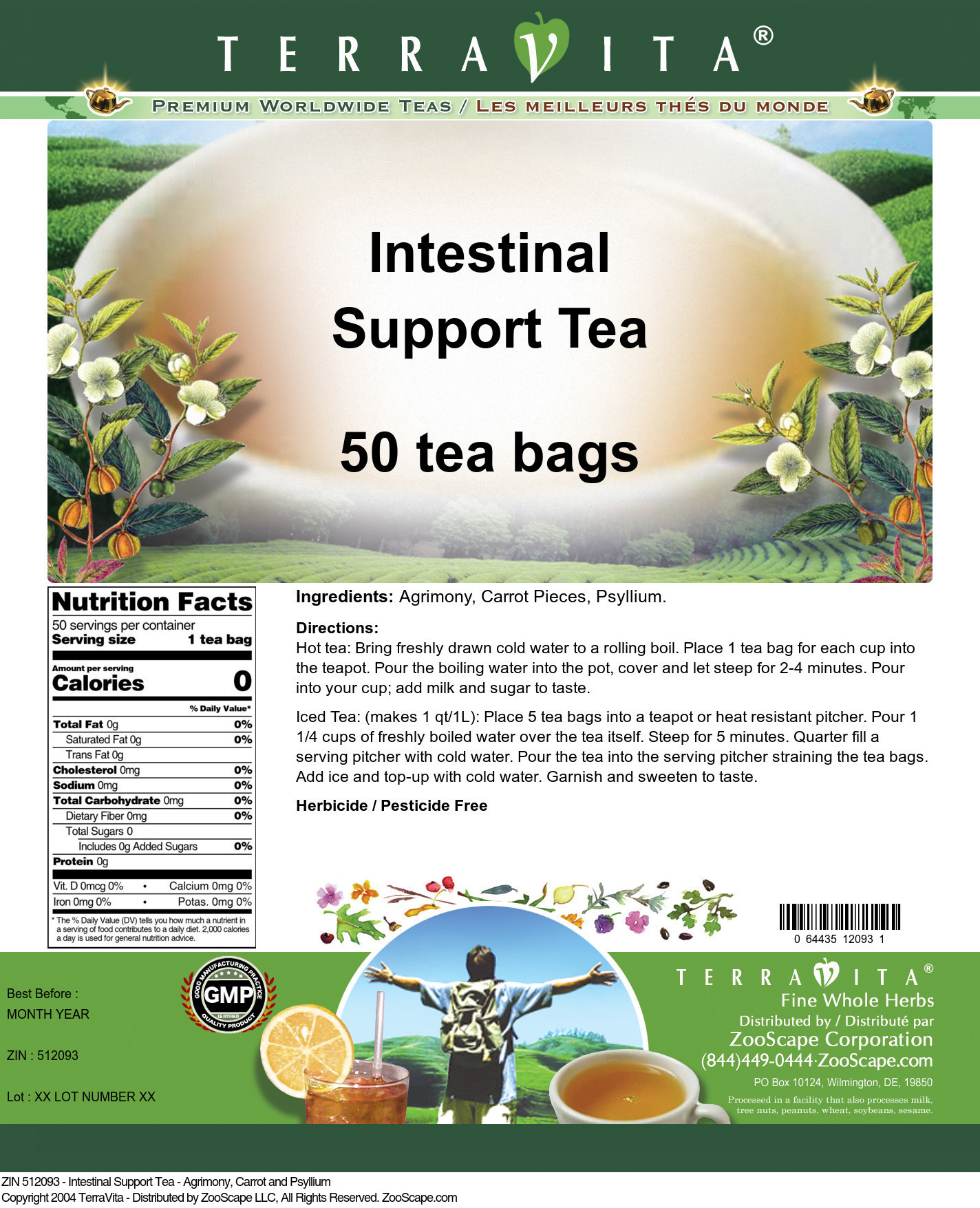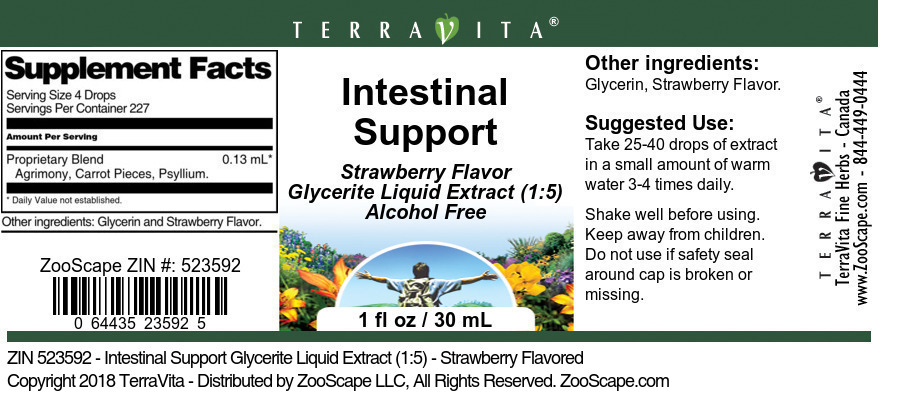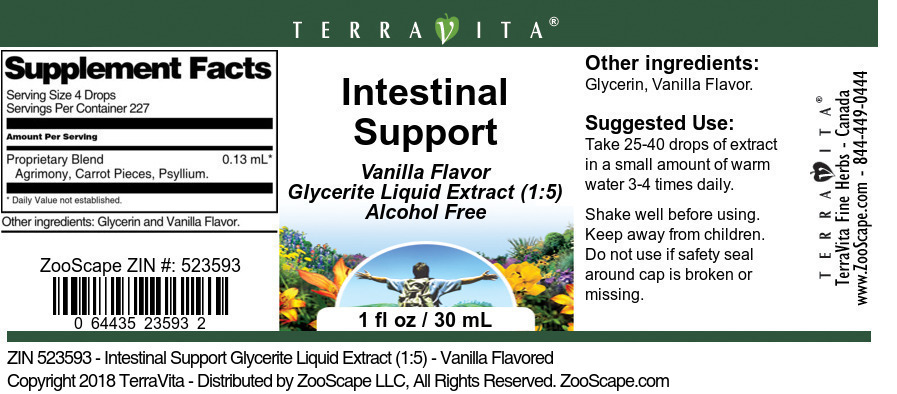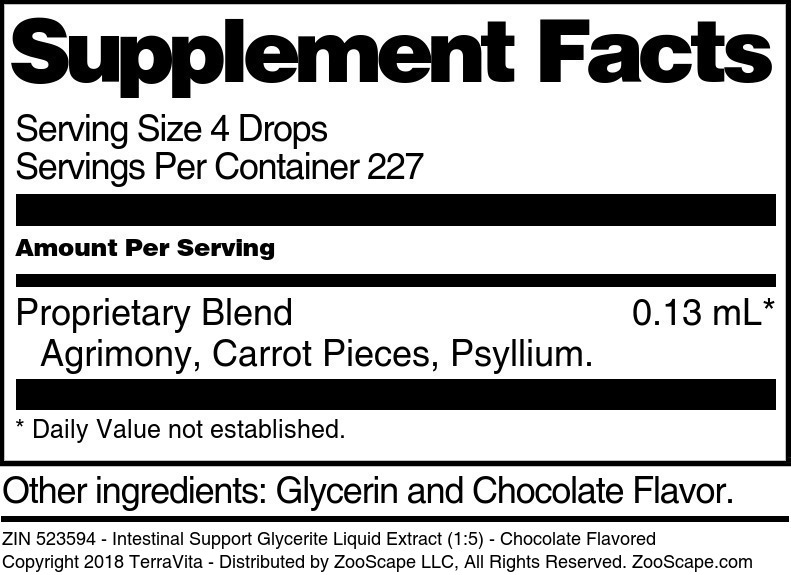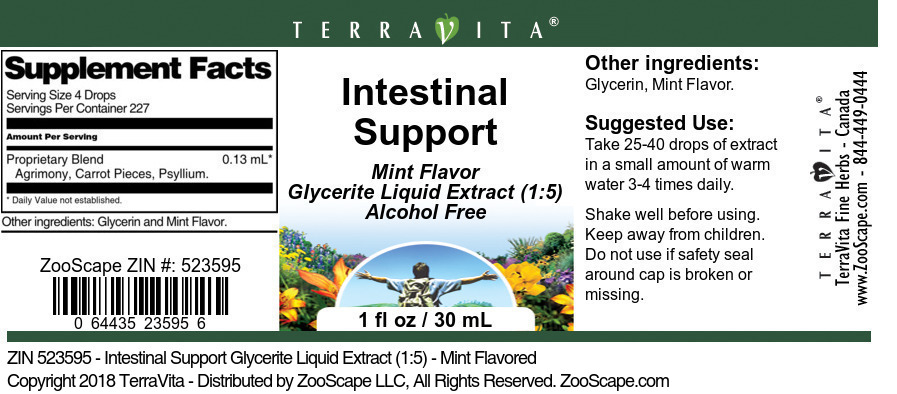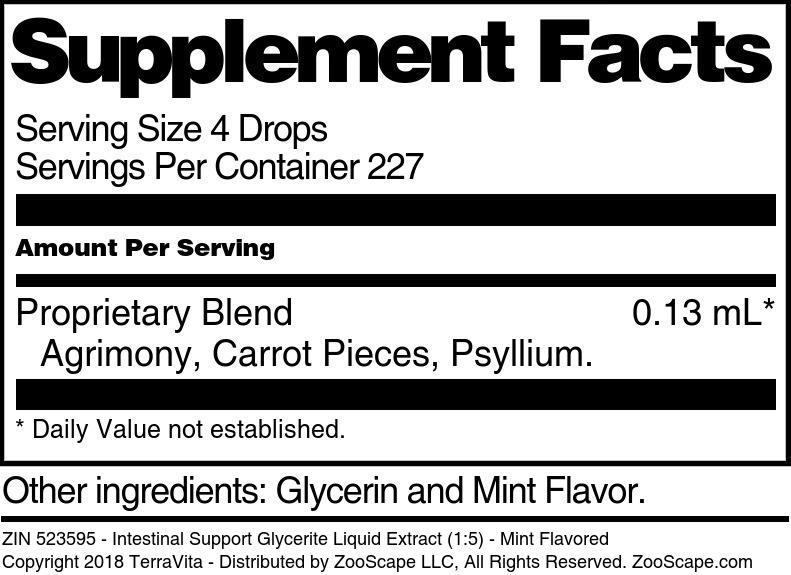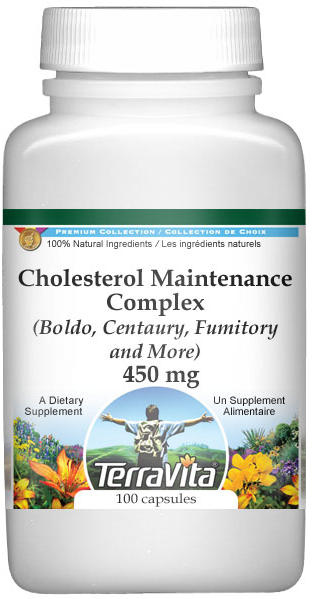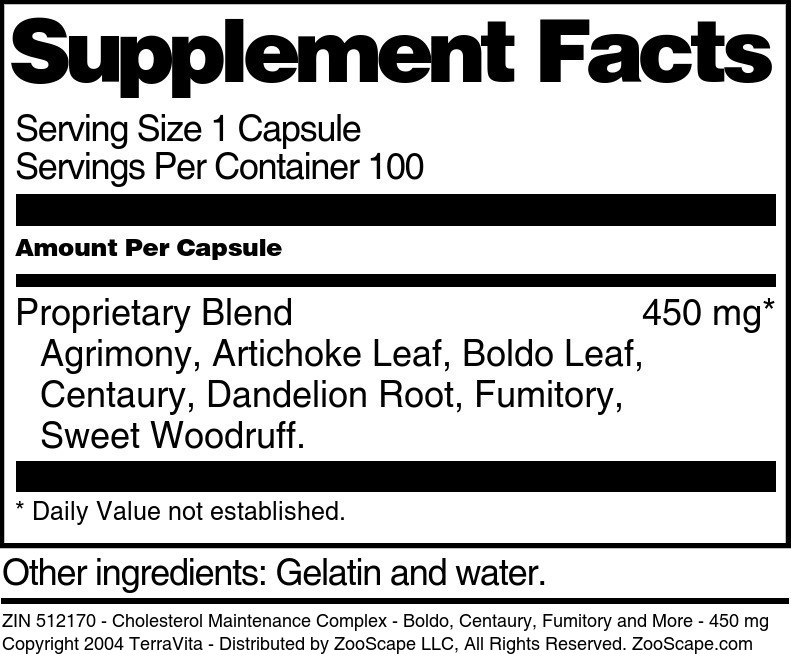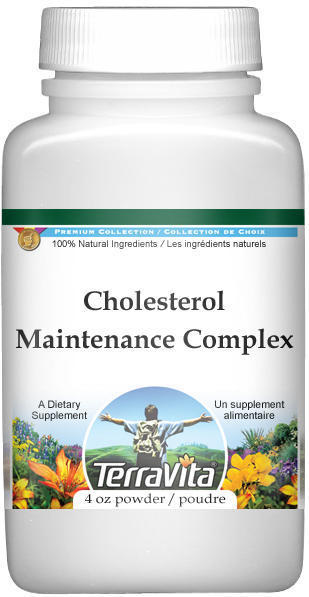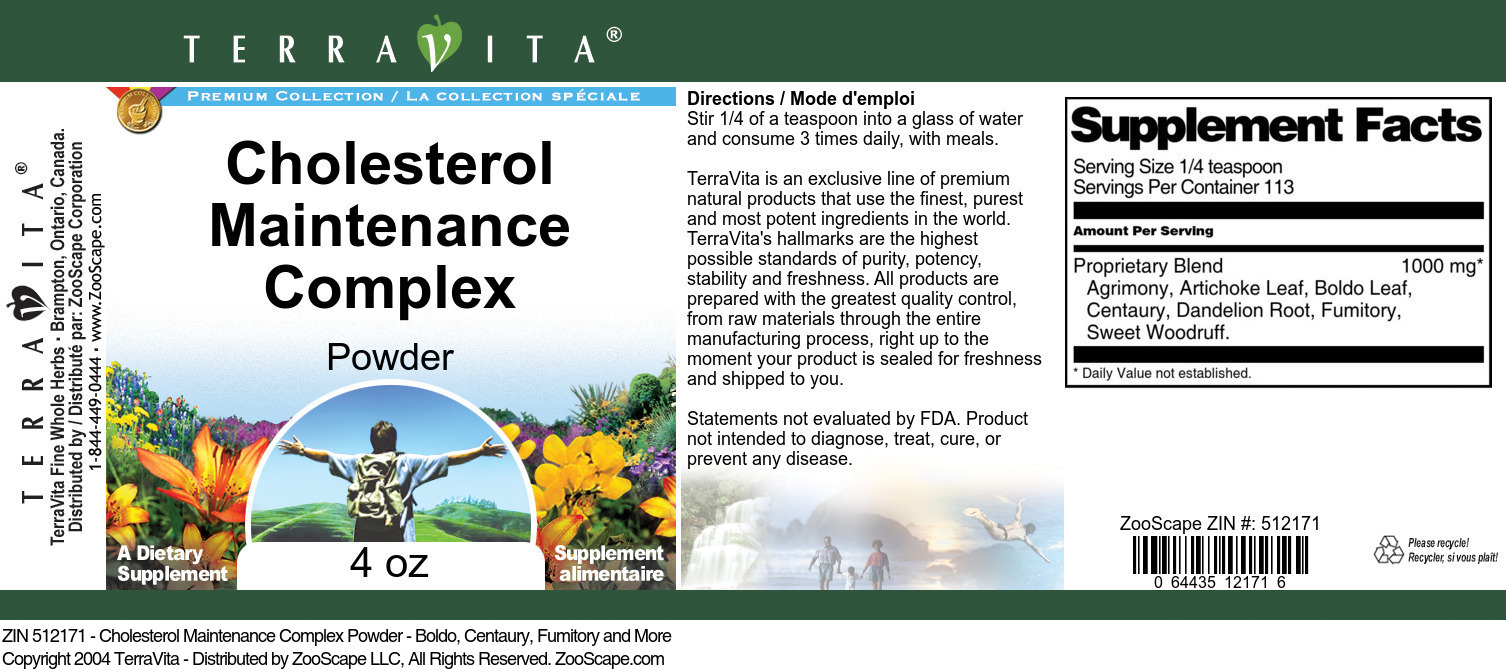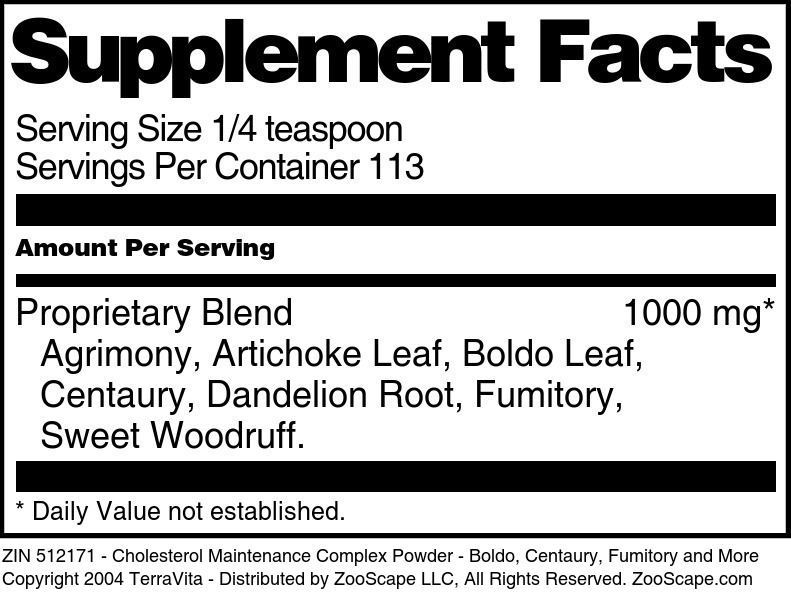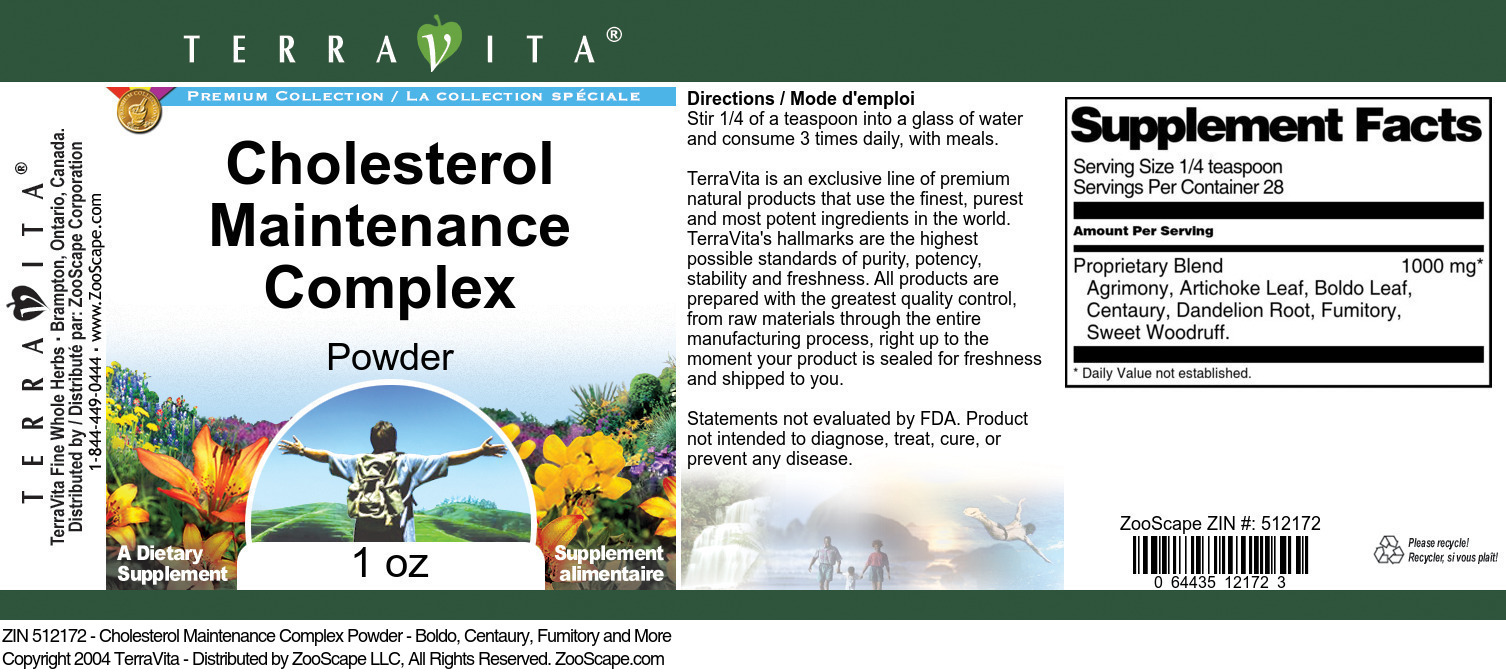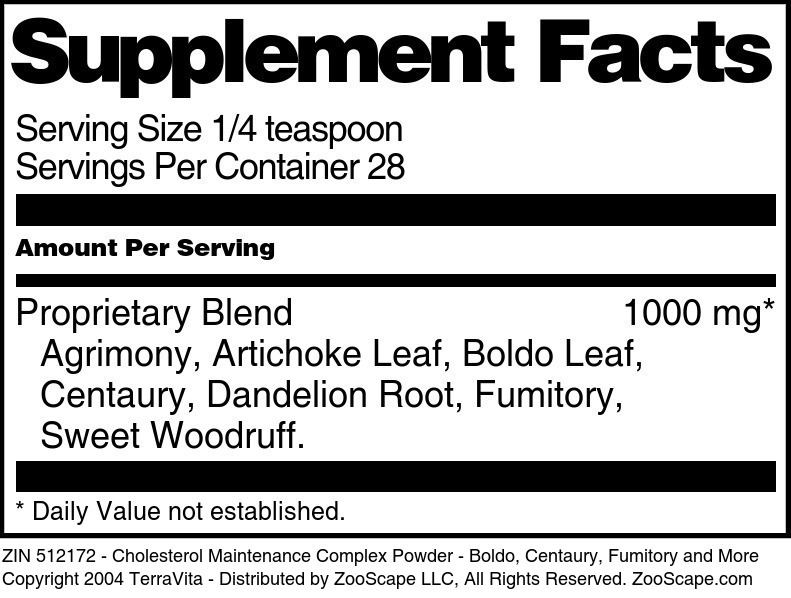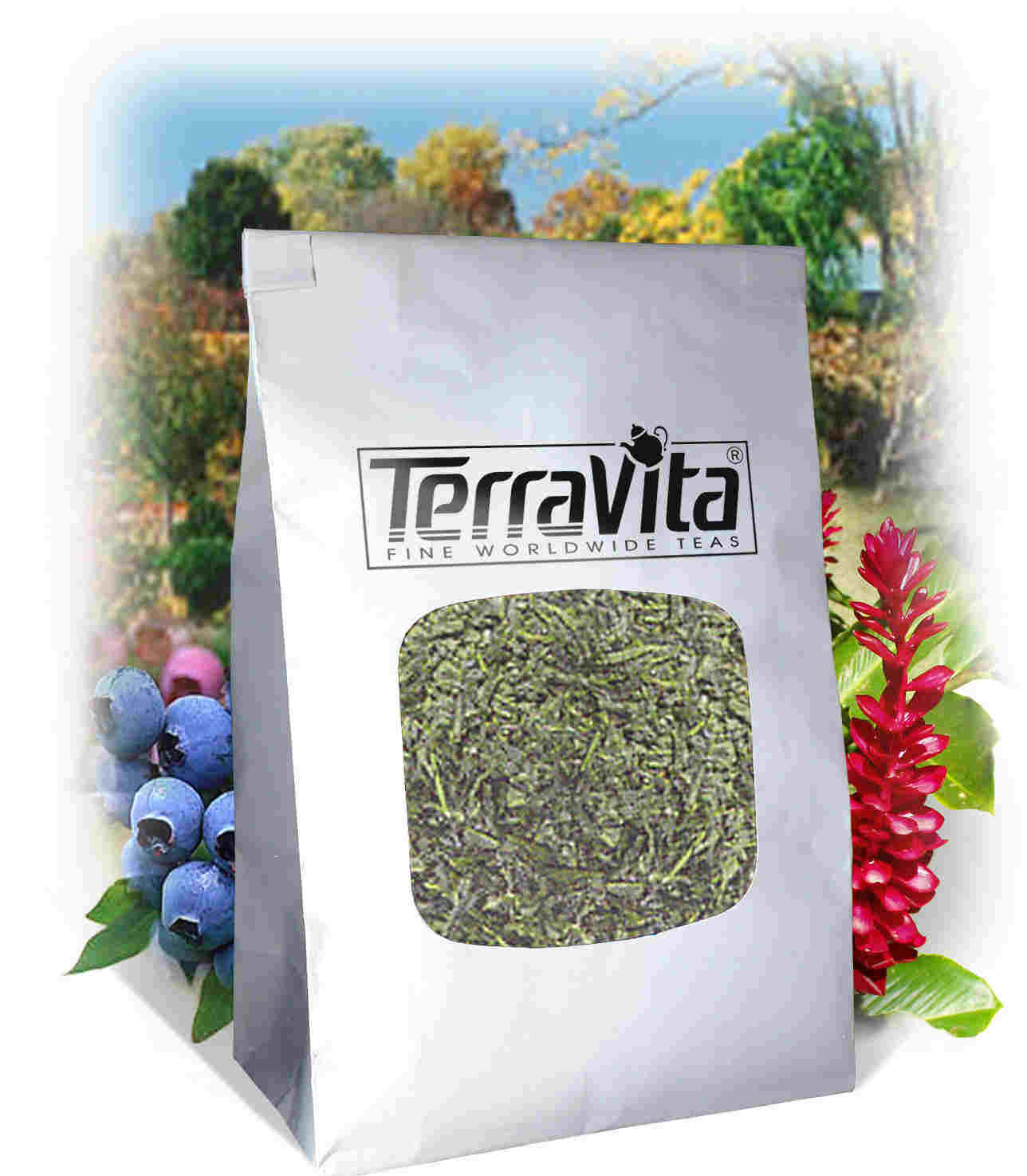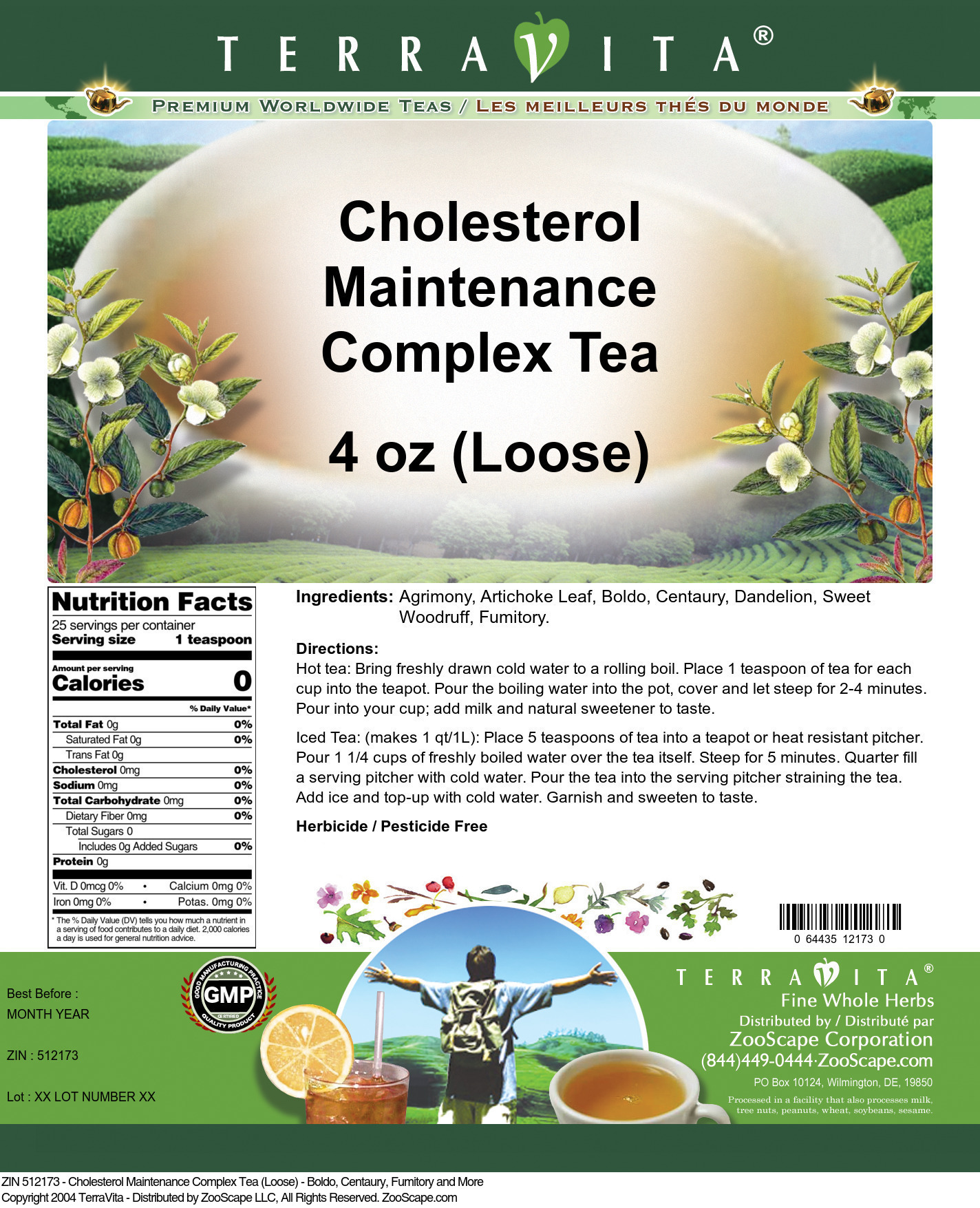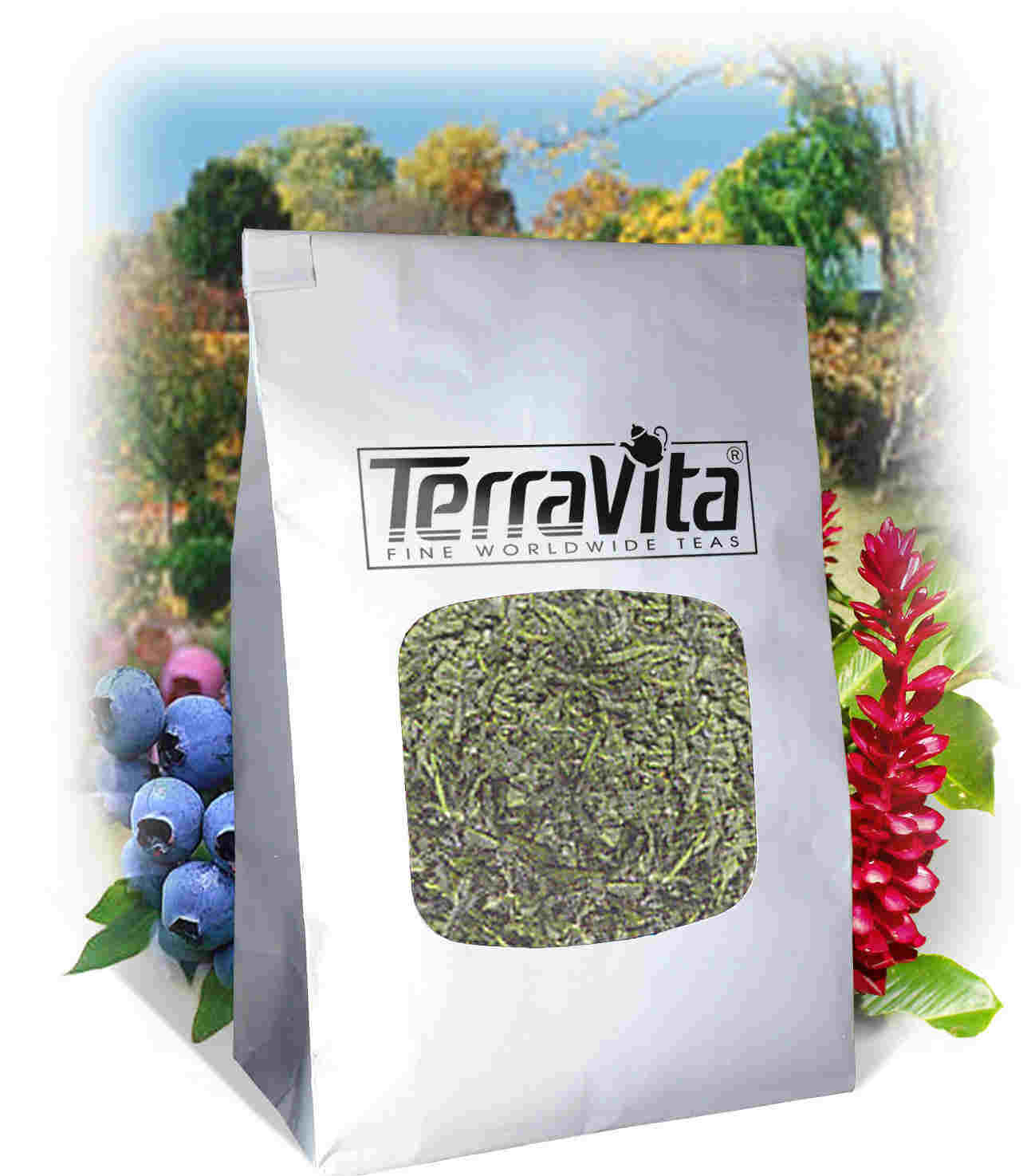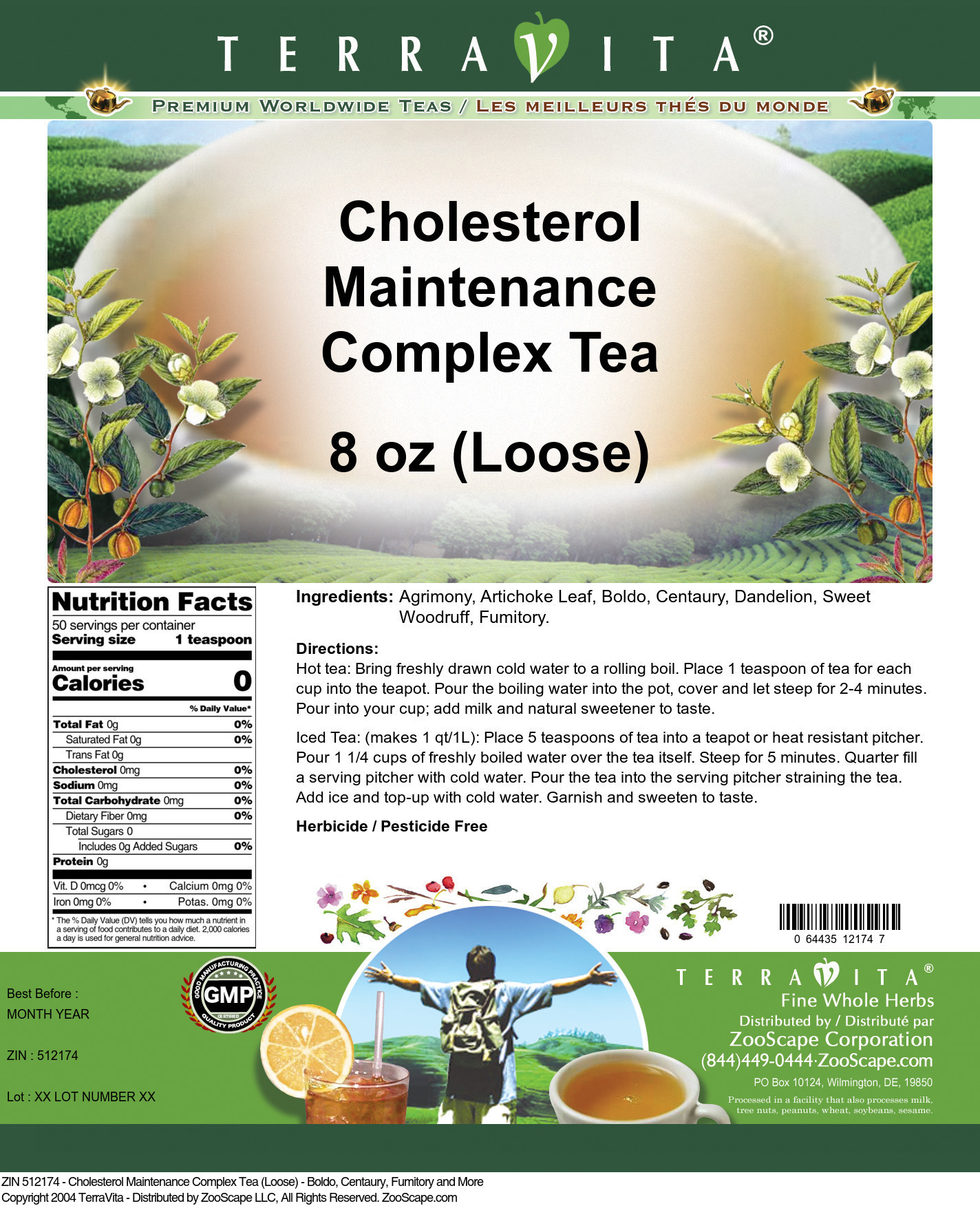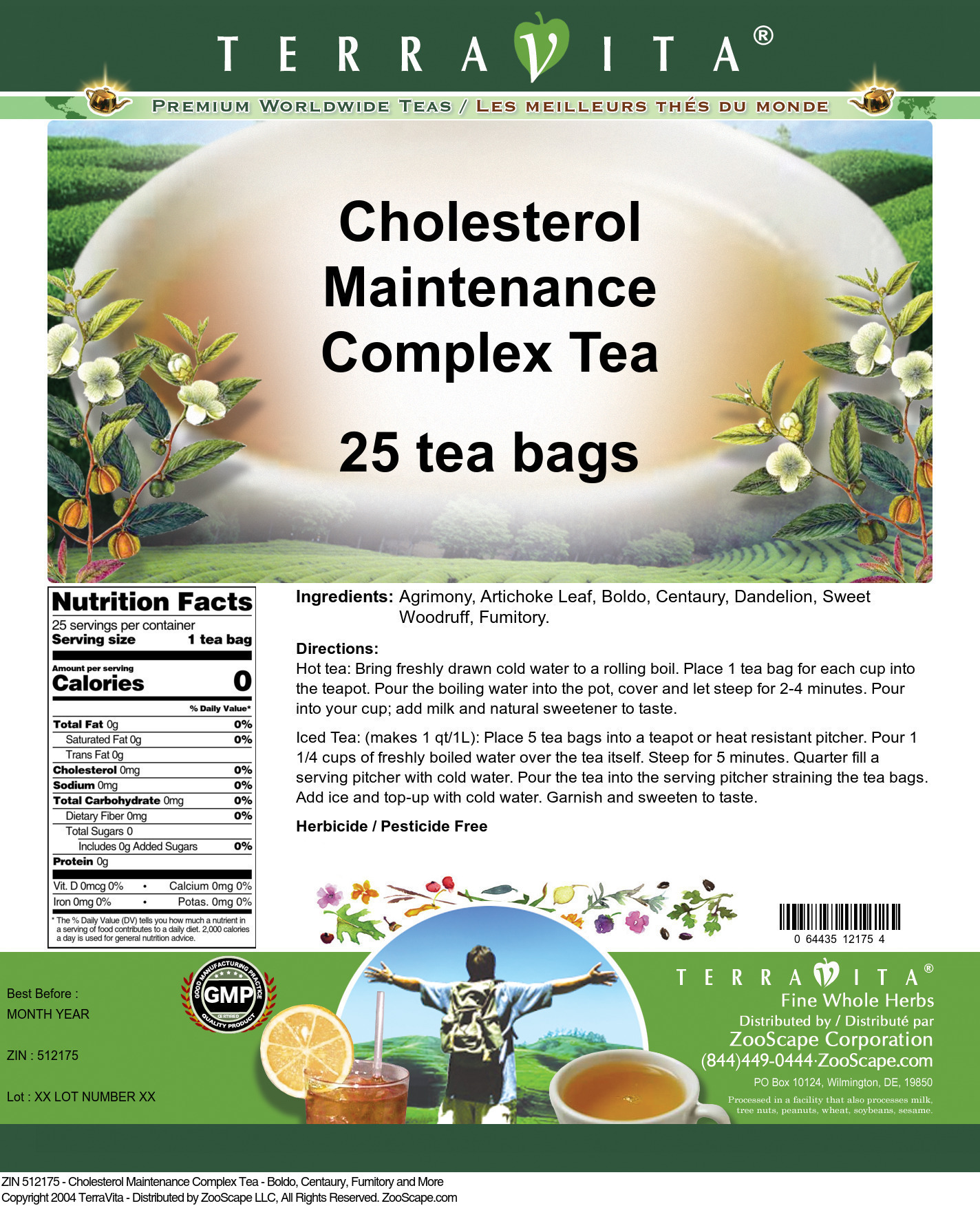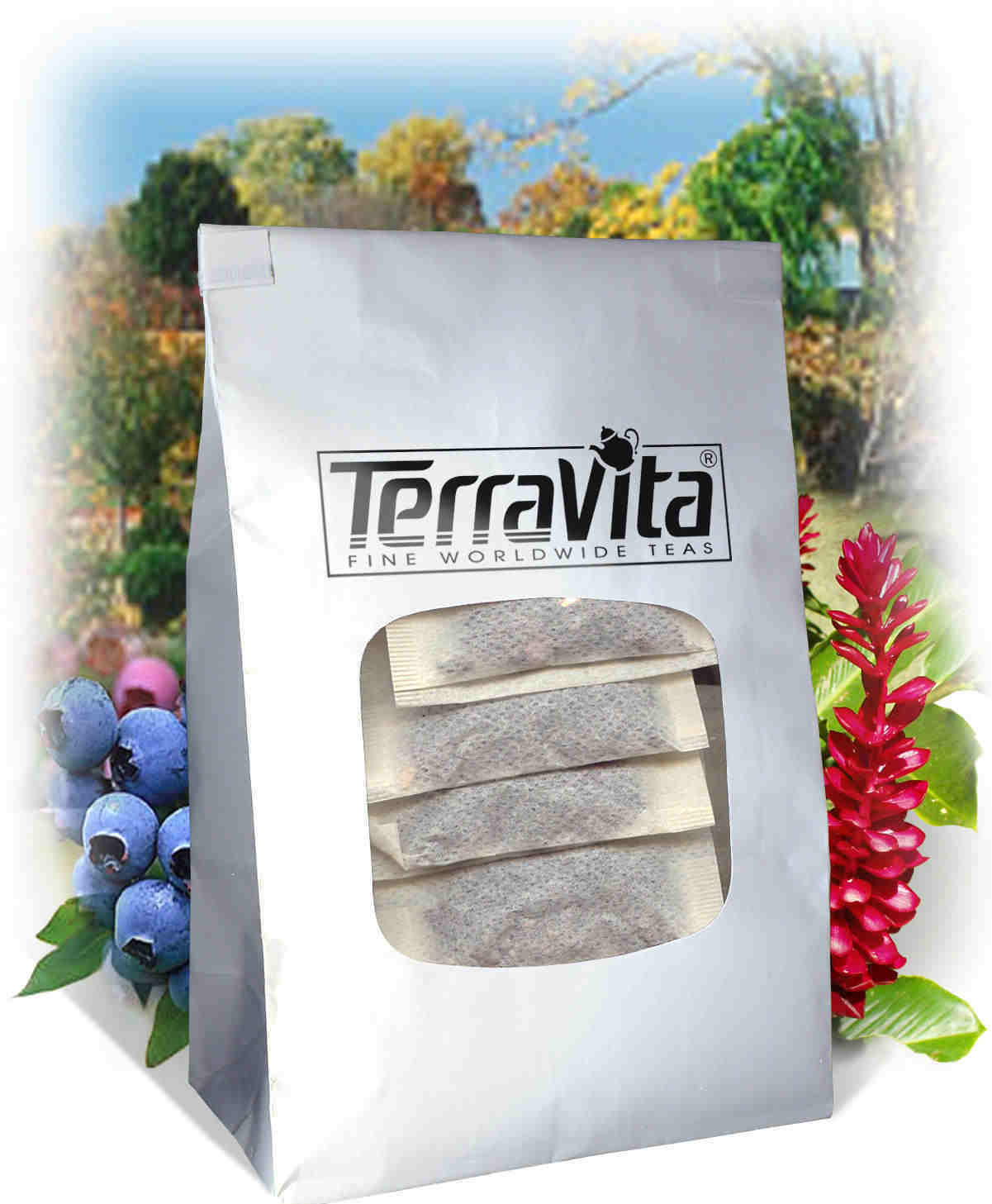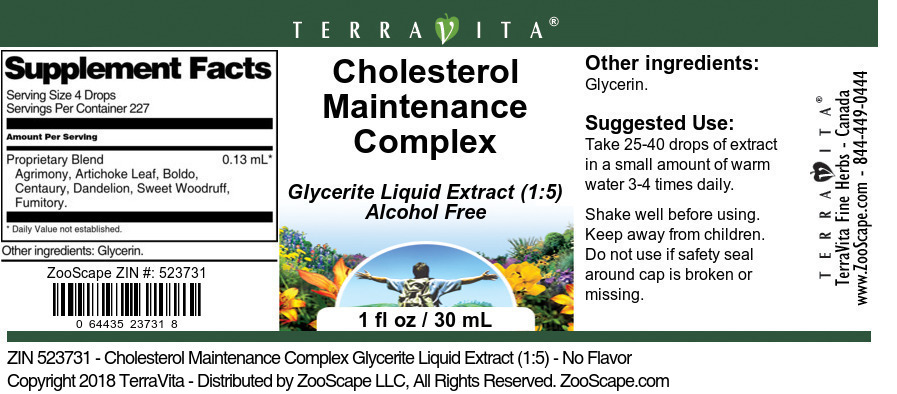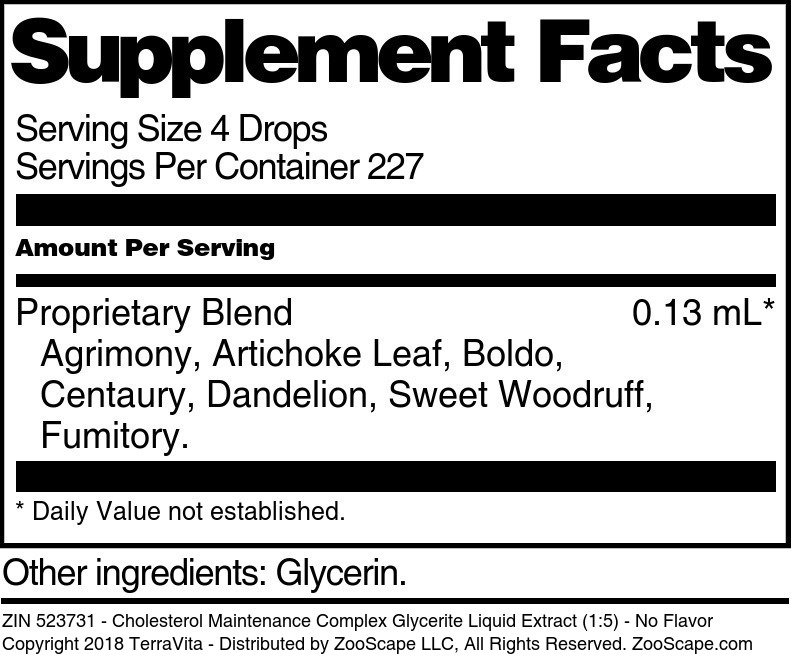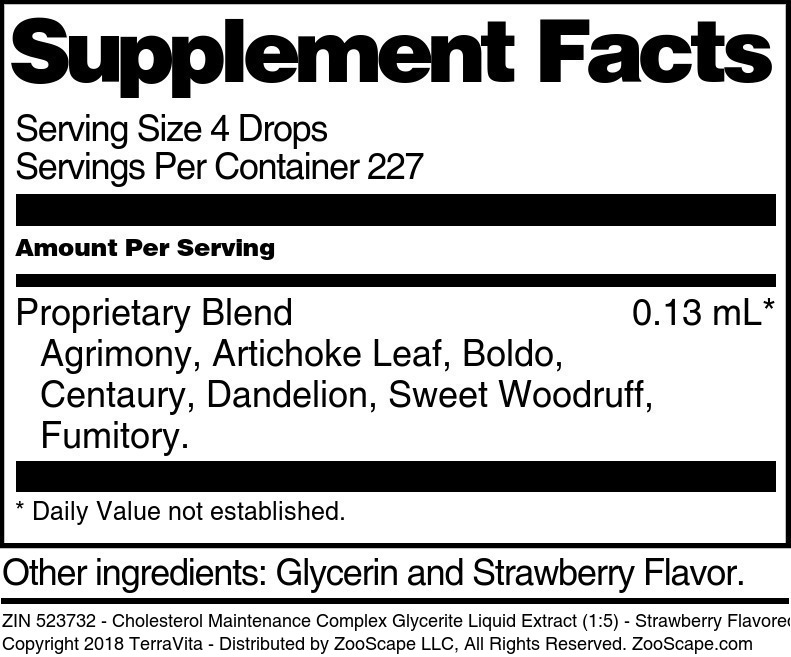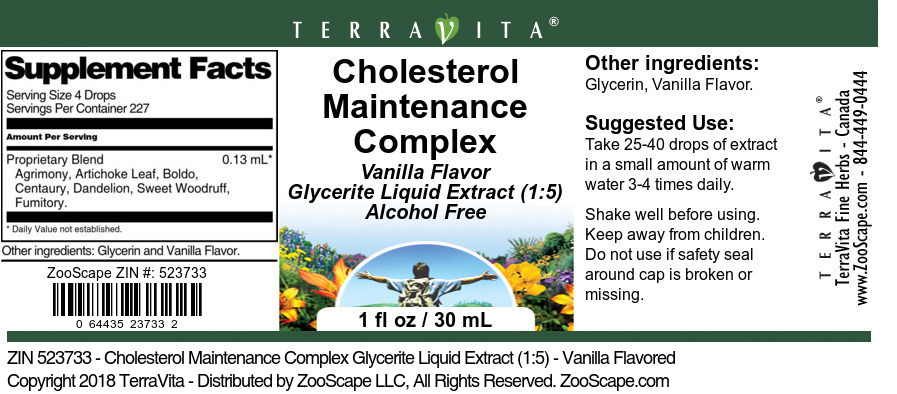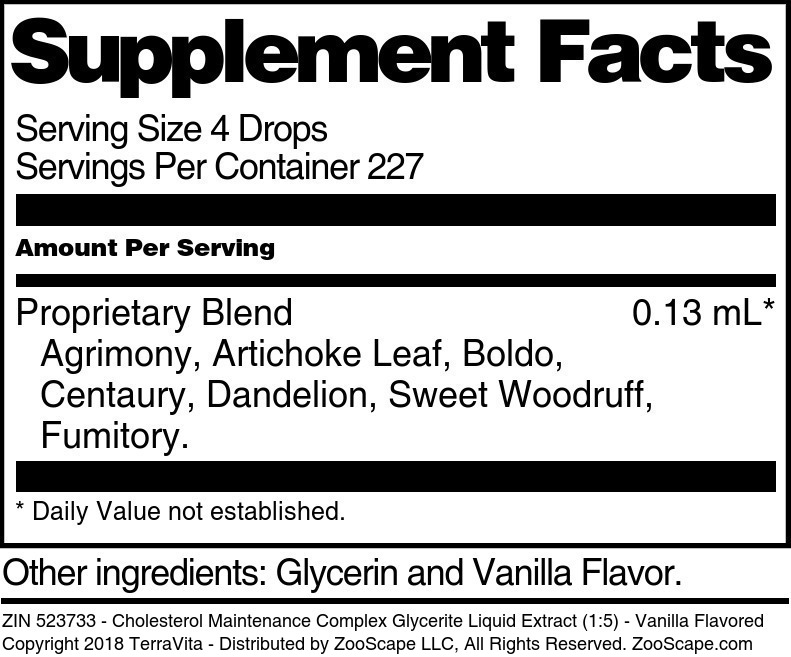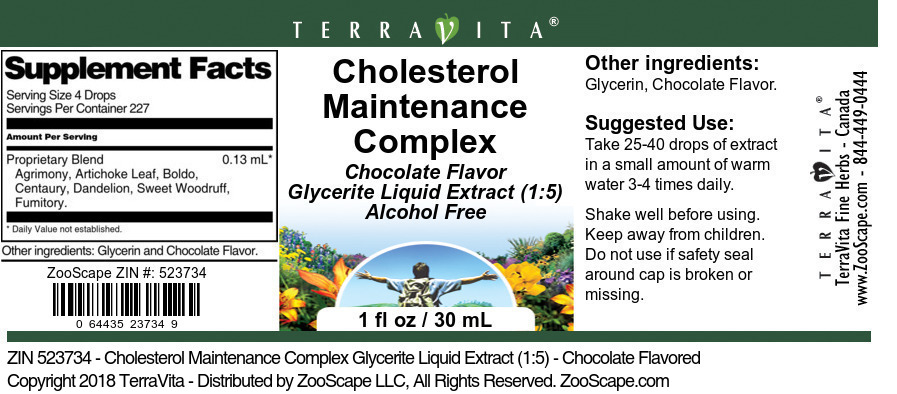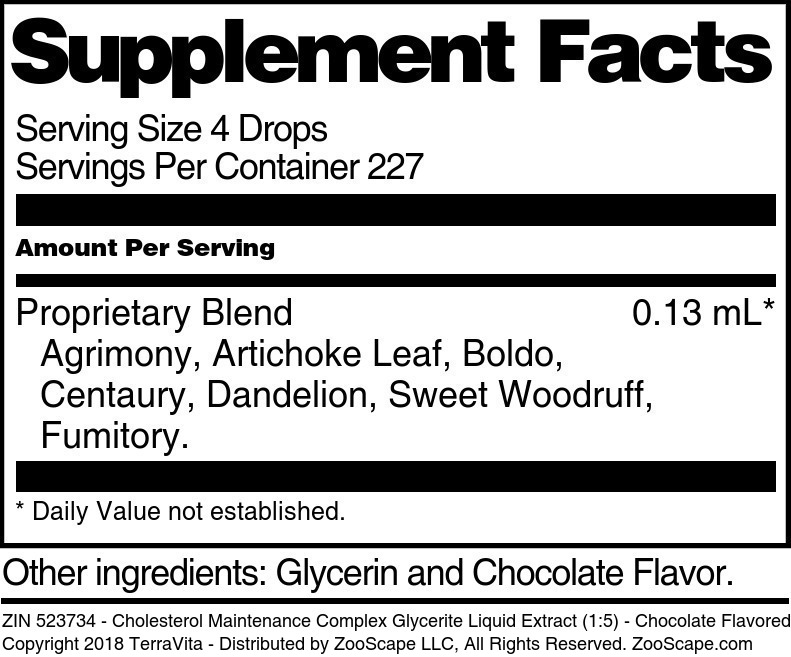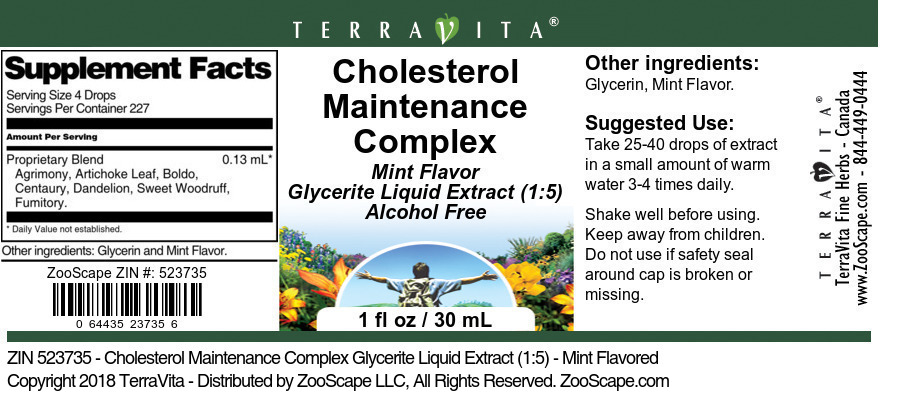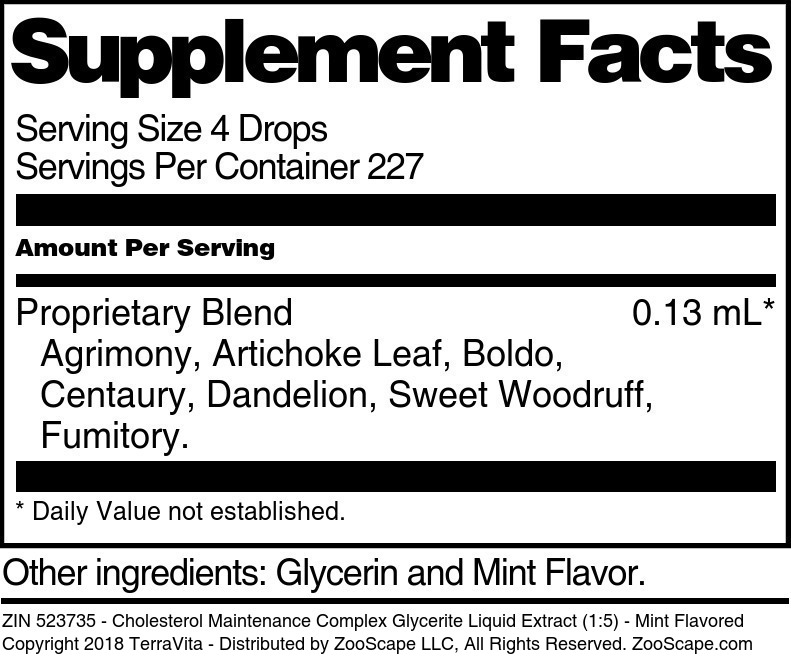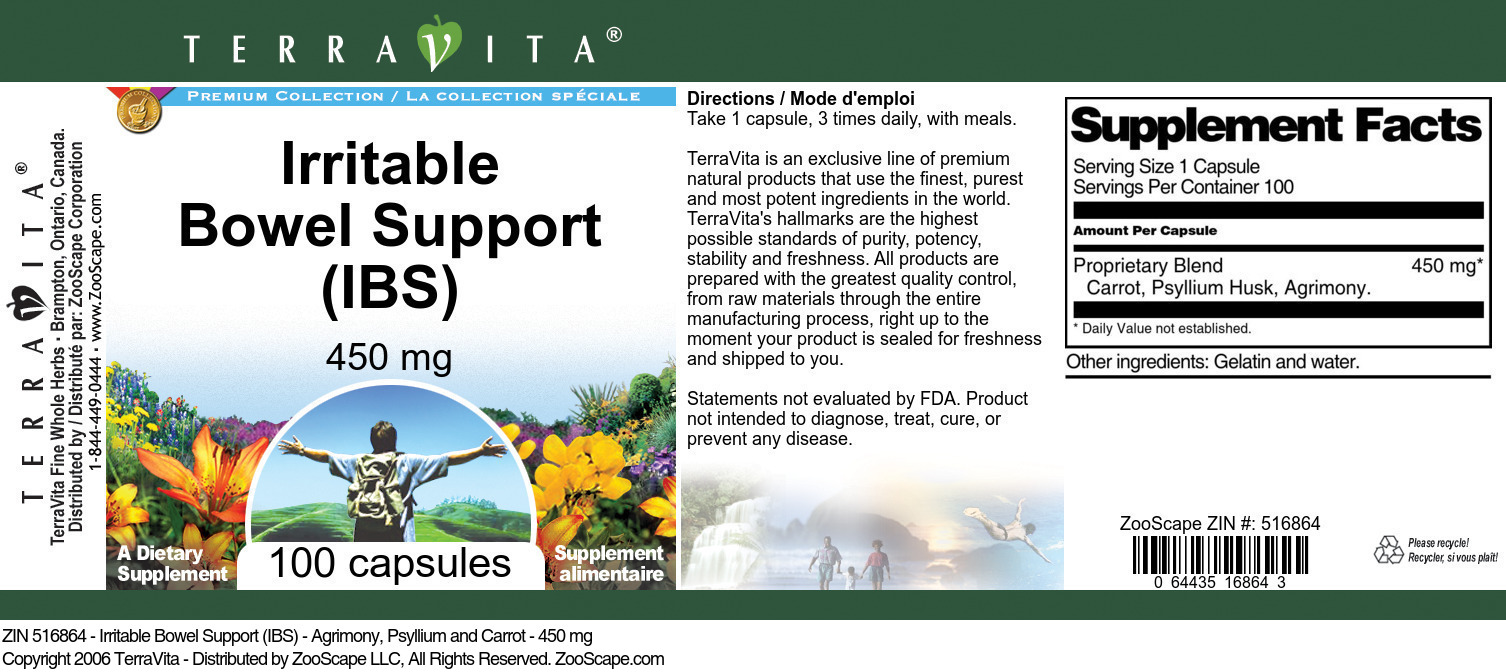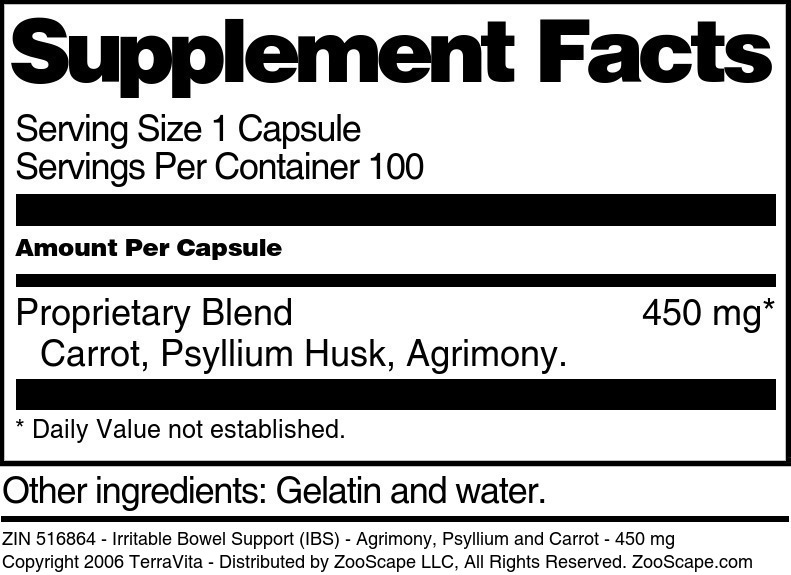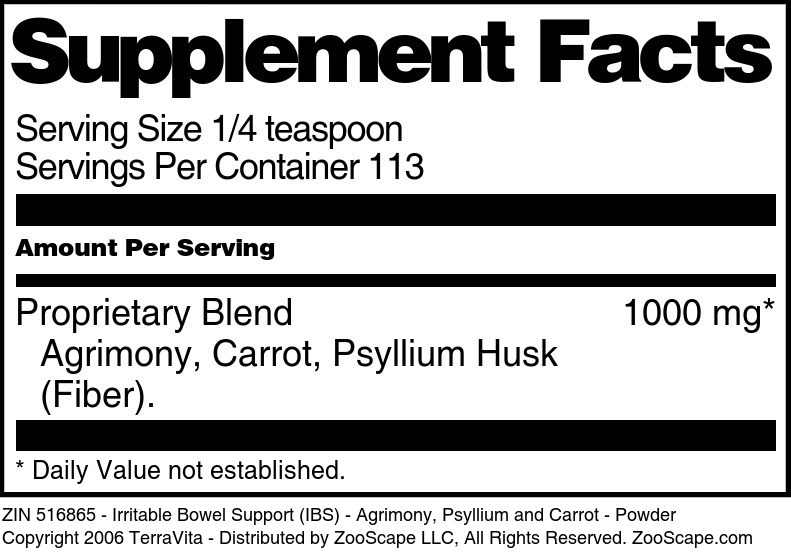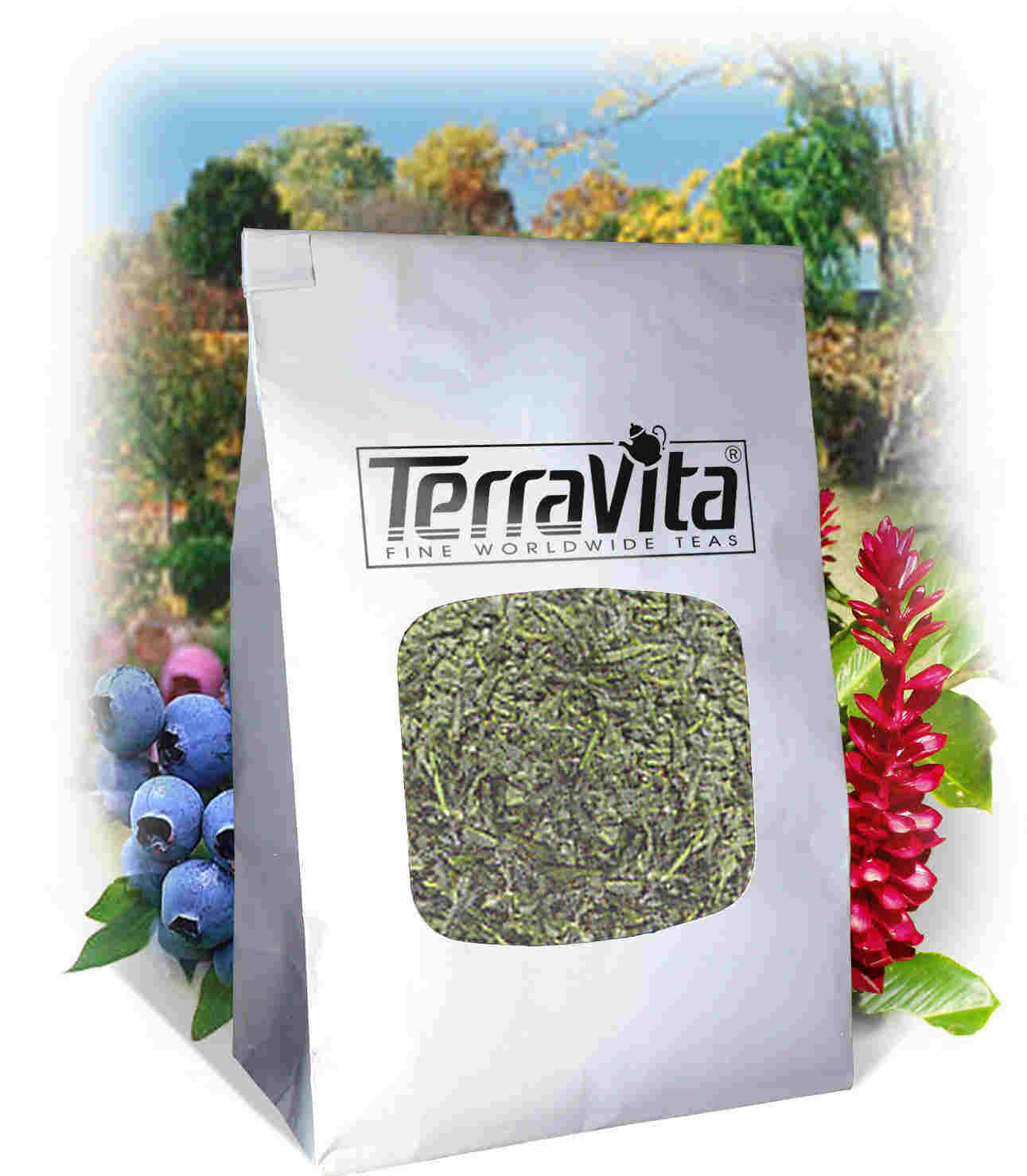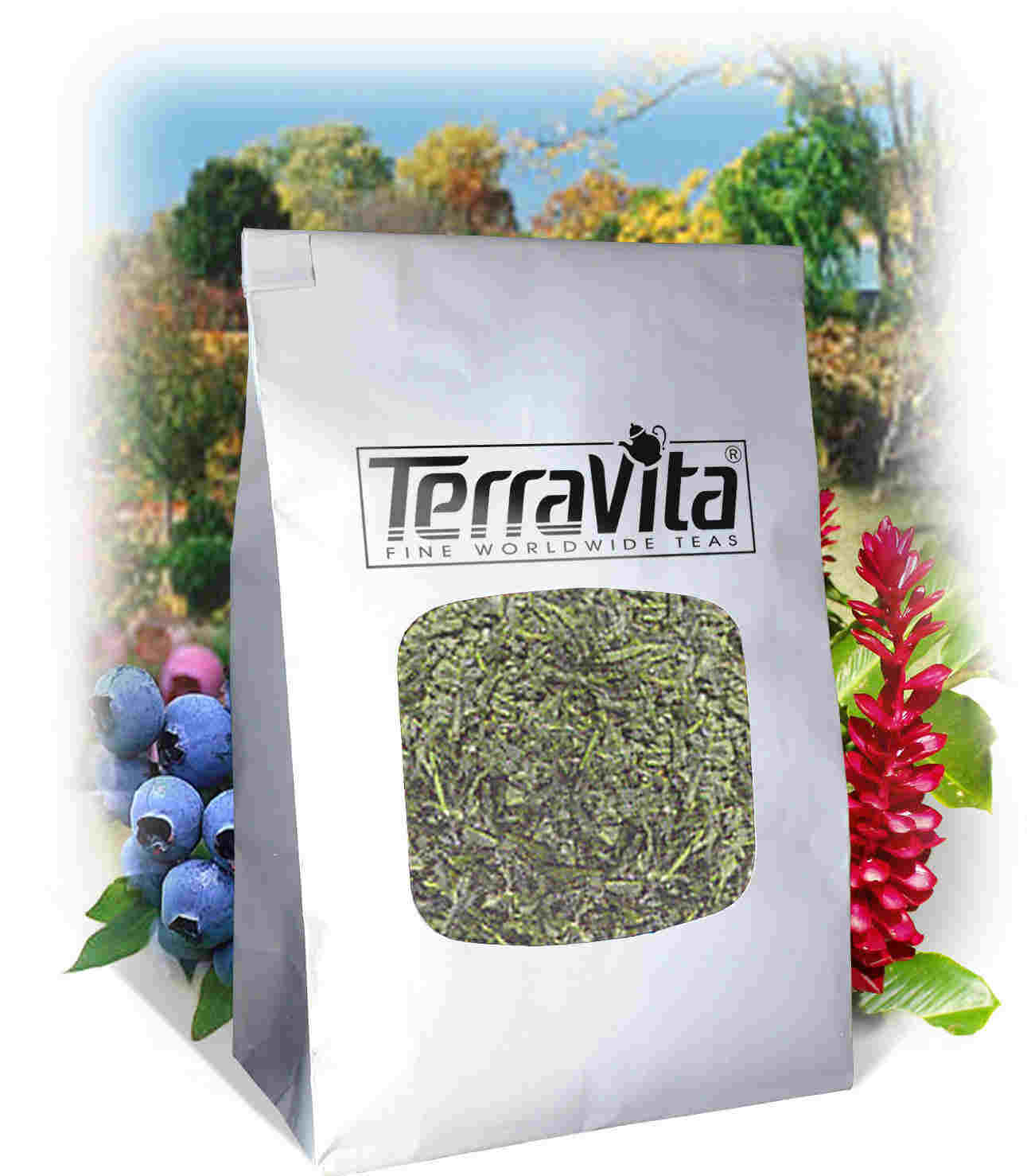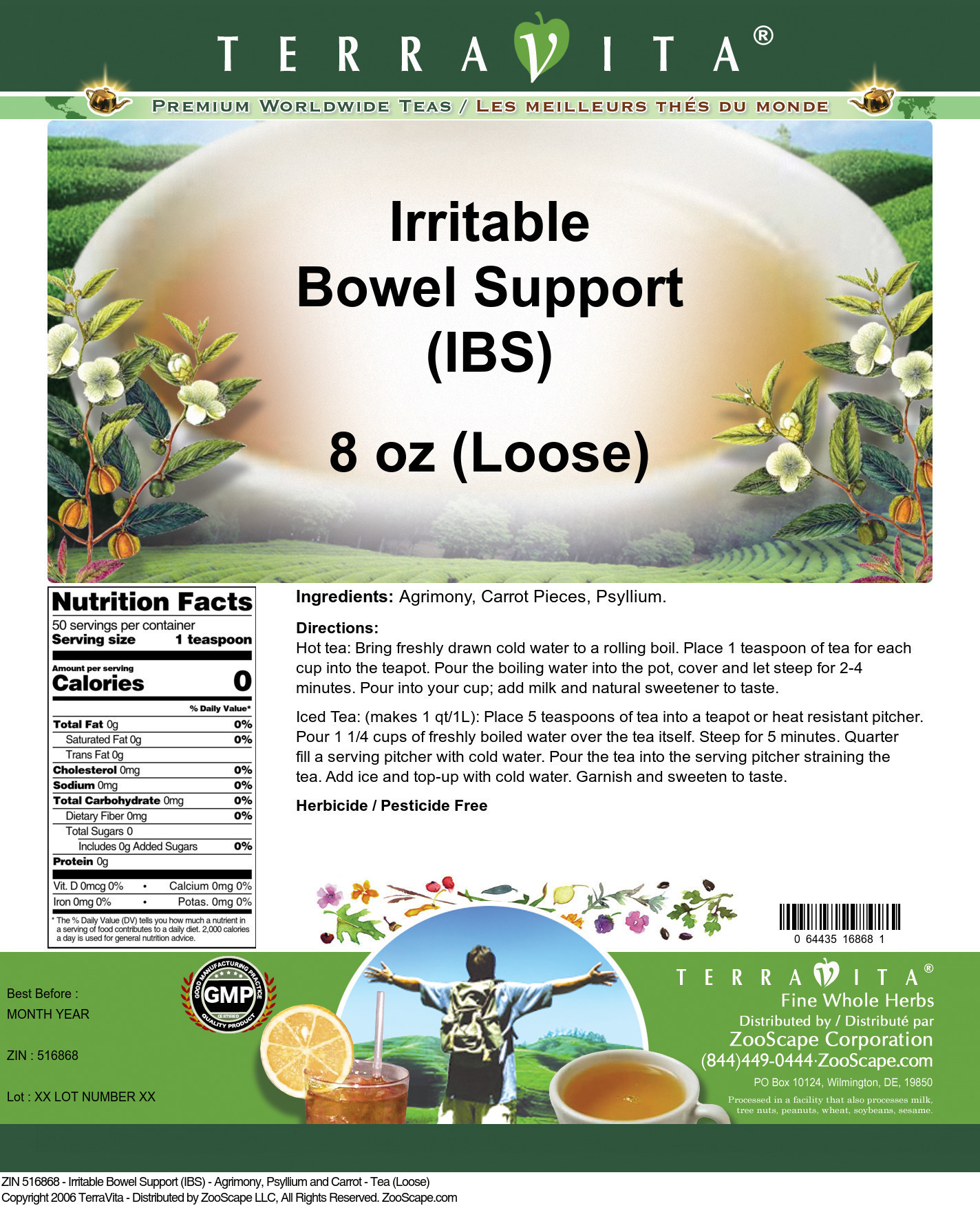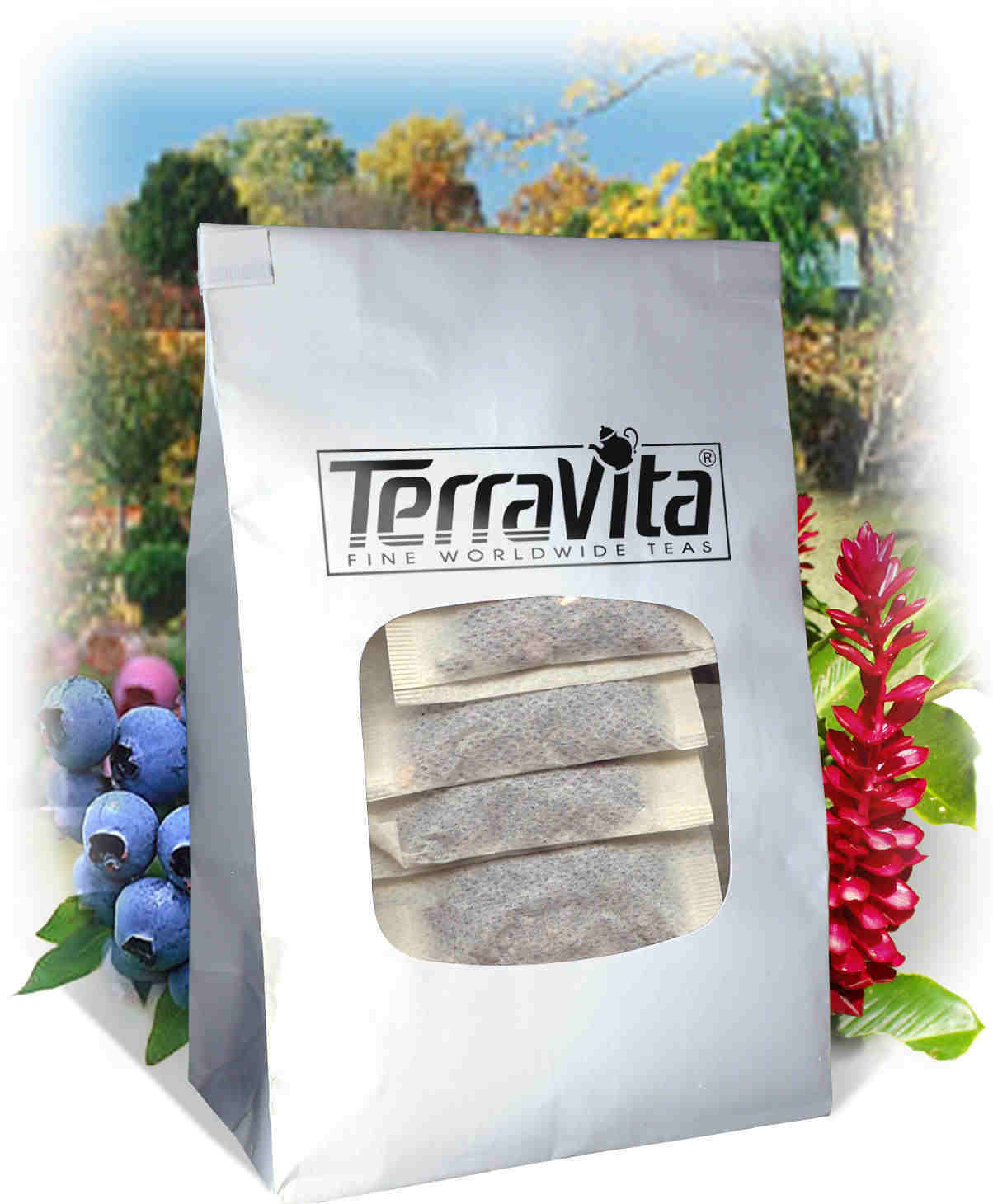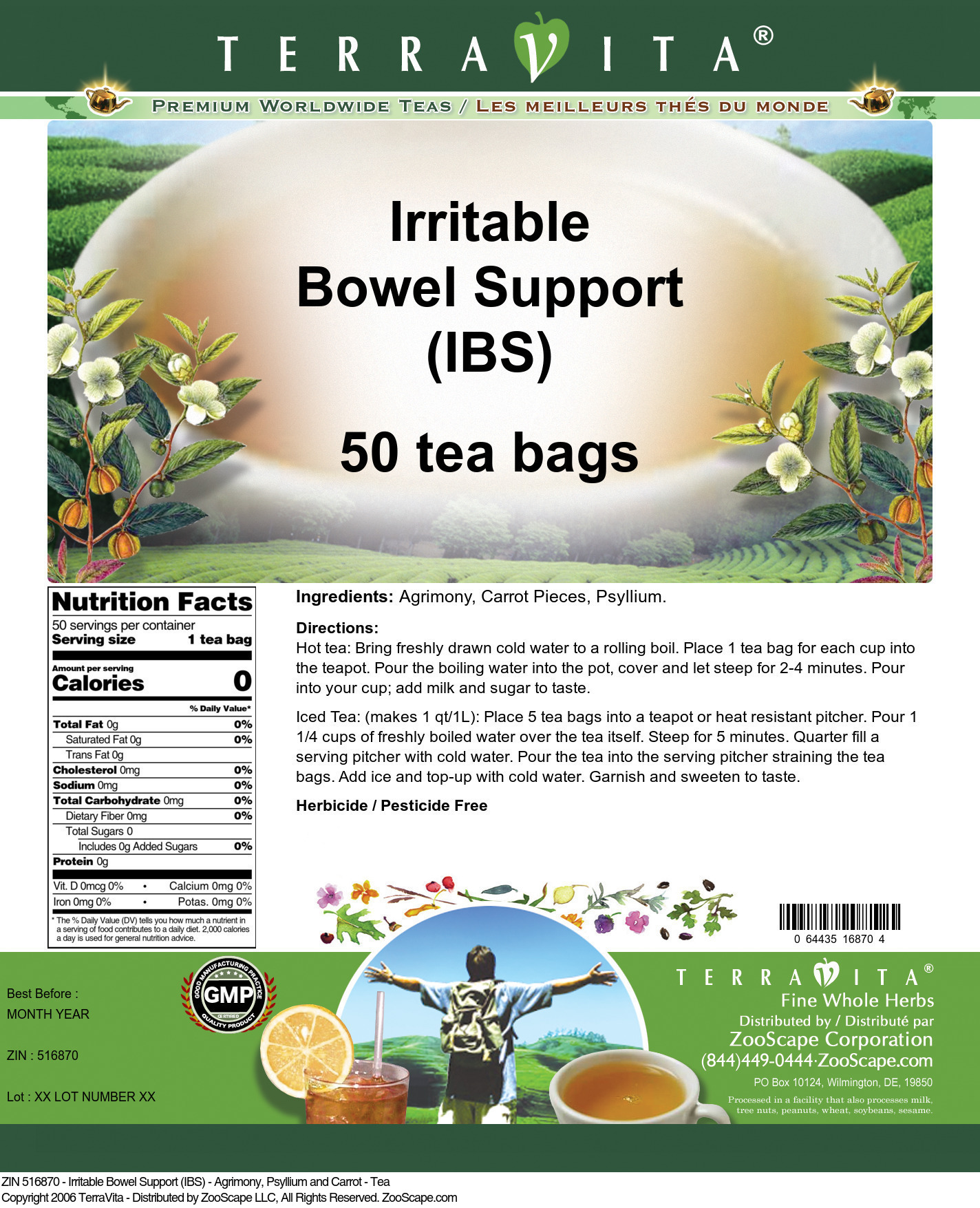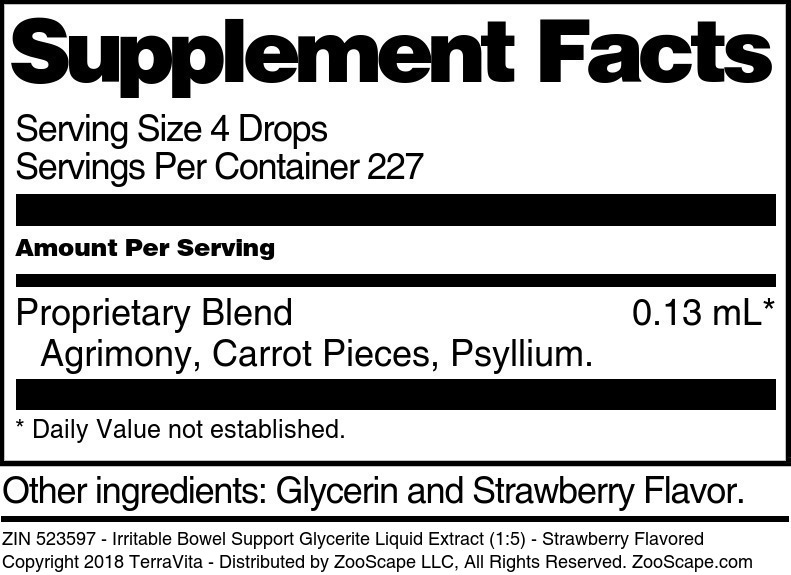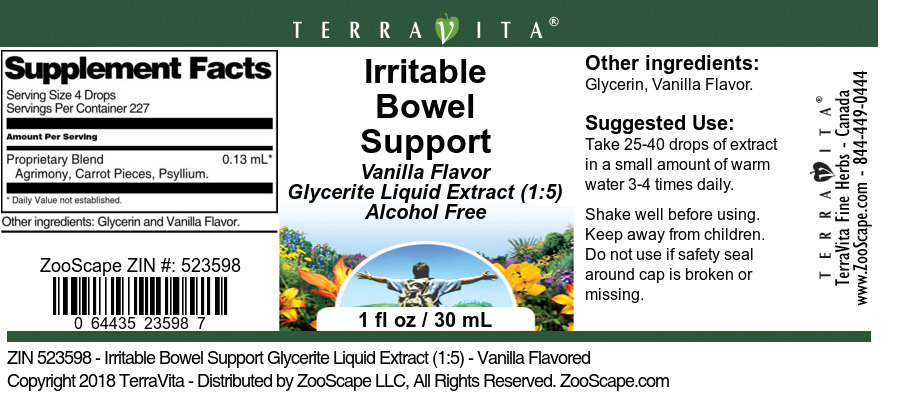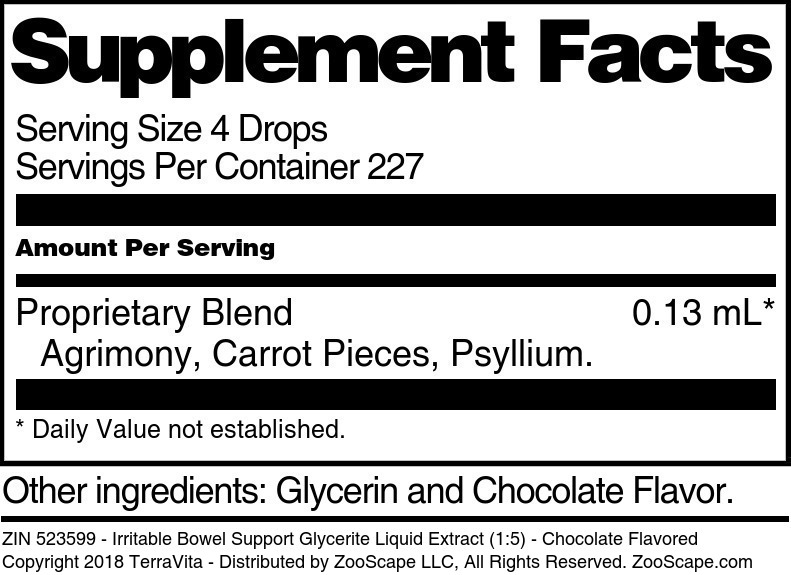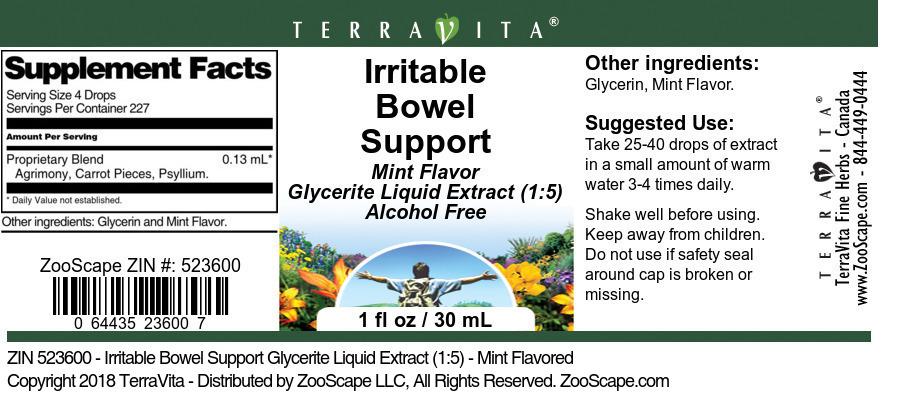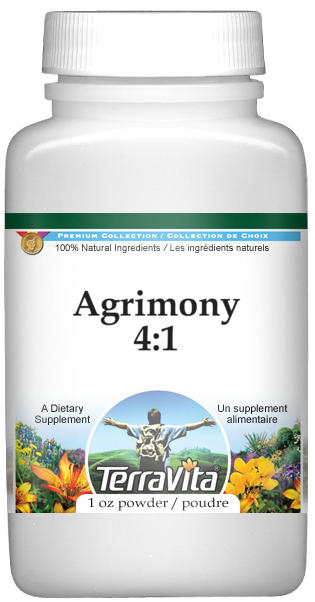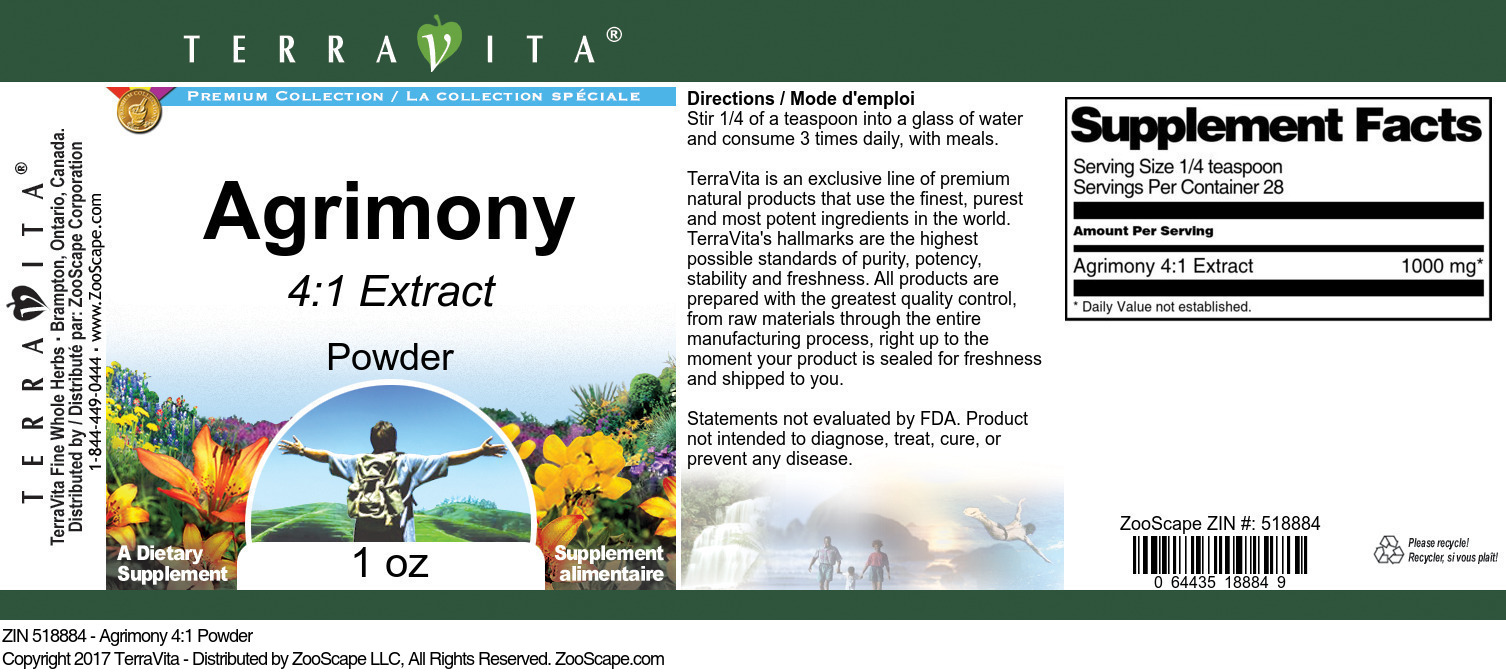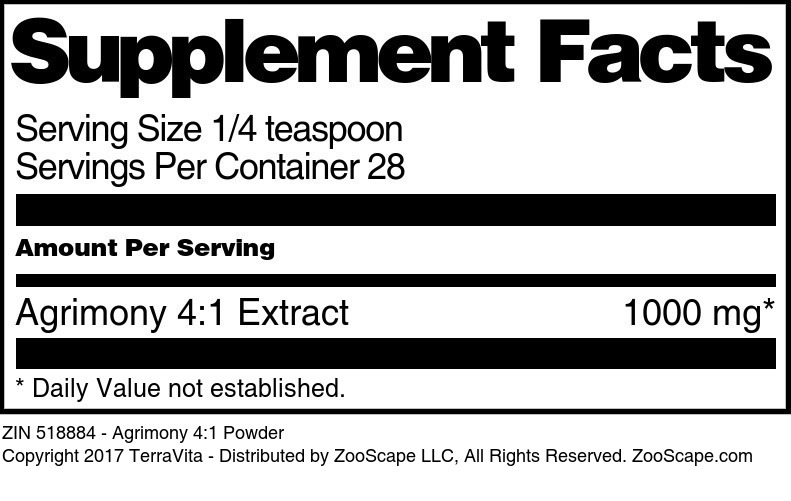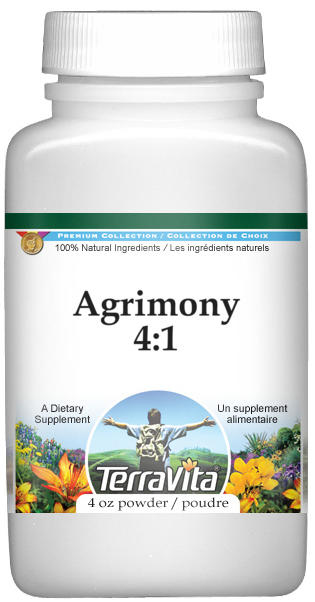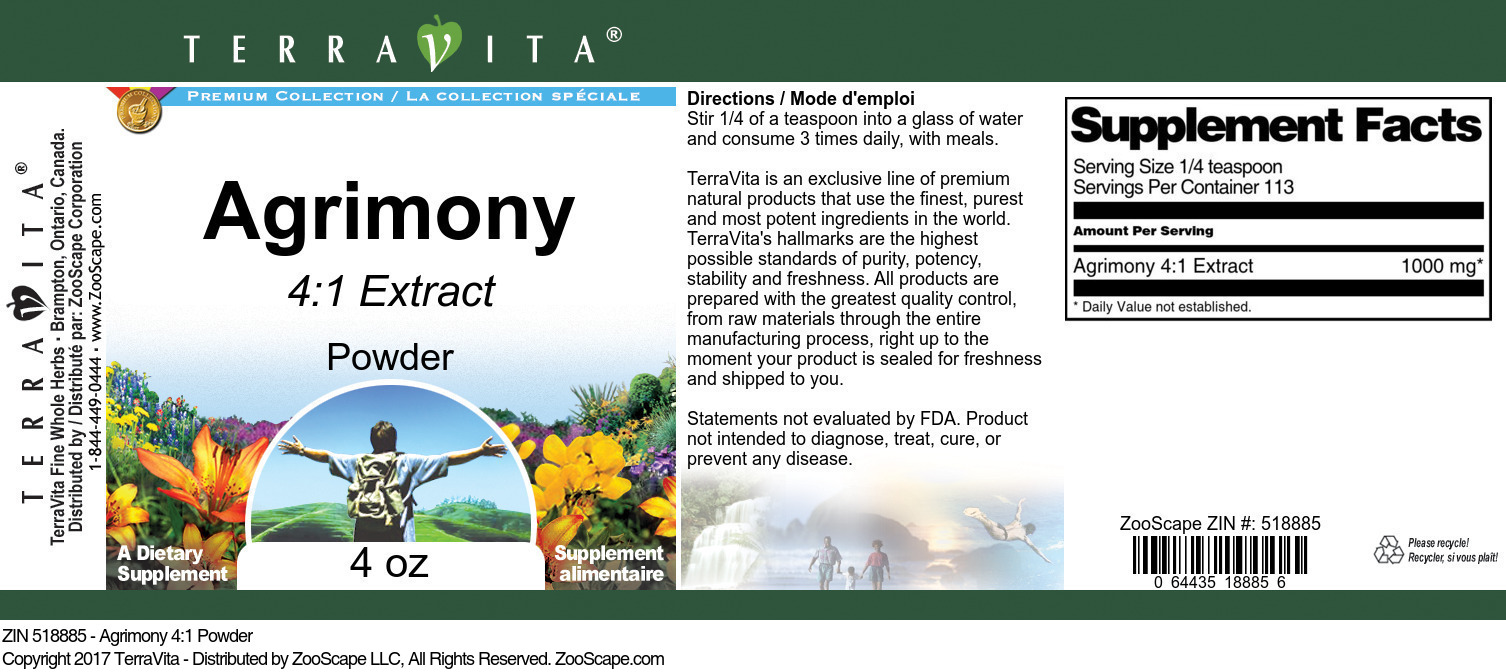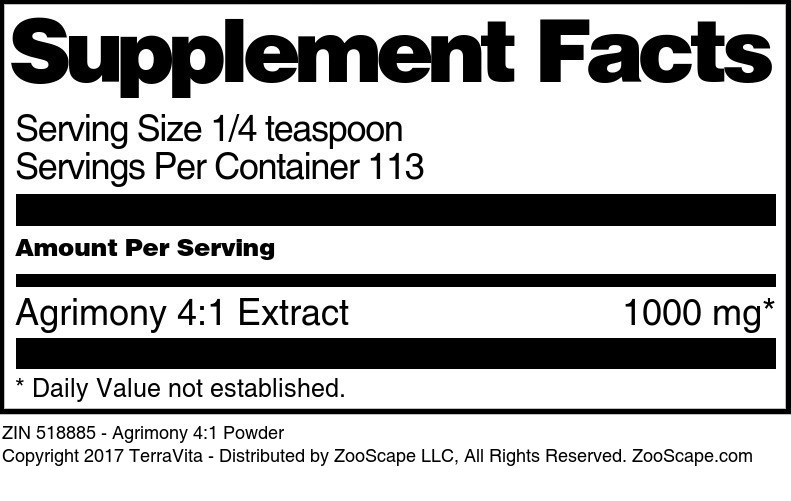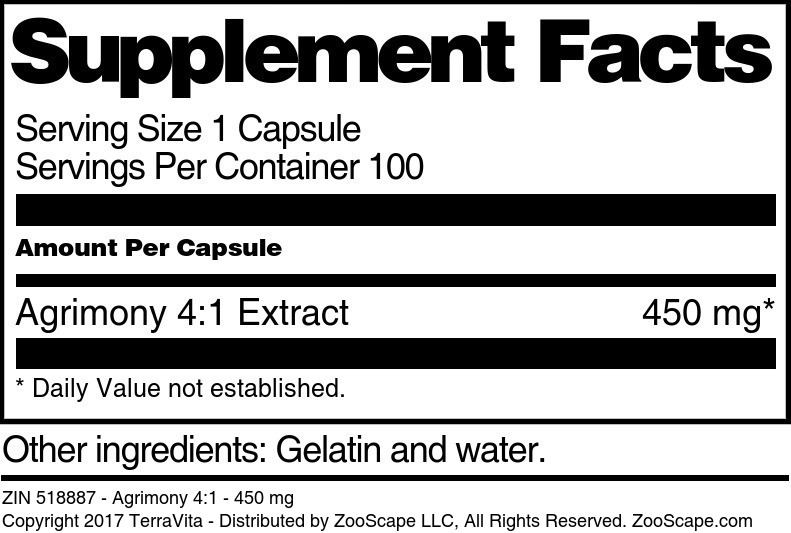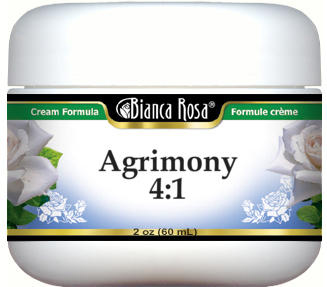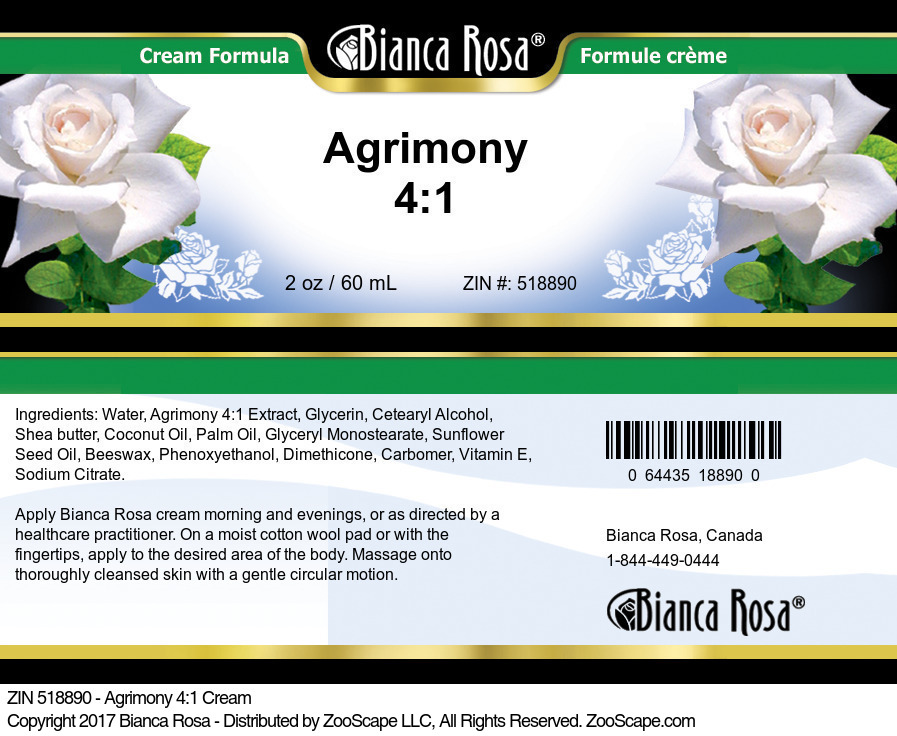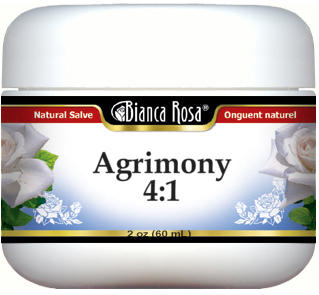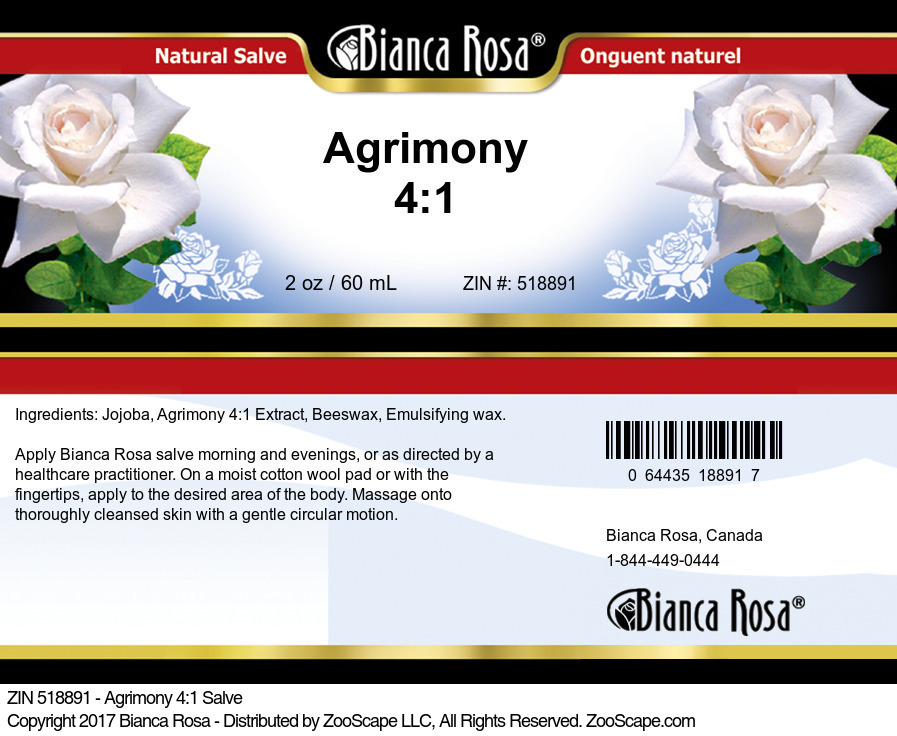Agrimony
| Images | Product Name | Size | ZIN | Price | Quantity | Add to Cart |
| Agrimony (Xian He Cao) Tea | 25 tea bags | 427706 | $16.45 | |||
| 50 tea bags | 427707 | $24.49 | ||||
| Agrimony (Xian He Cao) Tea (Loose) | 4 oz | 427708 | $11.41 | |||
| 8 oz | 427709 | $16.78 | ||||
| Agrimony (Xian He Cao) - Glycerite Liquid Extract (1:5) | 1 fl oz - No Flavor | 428422 | $17.75 | |||
| 1 fl oz - Strawberry | 428423 | $18.65 | ||||
| 1 fl oz - Chocolate | 428424 | $18.65 | ||||
| 1 fl oz - Vanilla | 428425 | $18.65 | ||||
| 1 fl oz - Mint | 428426 | $18.65 | ||||
| Agrimony (Xian He Cao) - Cream | 2 oz | 428427 | $27.42 | |||
| Agrimony (Xian He Cao) - Salve Ointment | 2 oz | 428428 | $34.20 | |||
| Agrimony (Xian He Cao) - 450 mg | 100 capsules | 510942 | $21.69 | |||
| Agrimony (Xian He Cao) Powder | 4 oz | 510943 | $18.10 | |||
| 1 oz | 510944 | $10.06 |
A good antihemorrhagic combination is equal parts agrimony, cinnamon bark and yarrow.
To reduce bleeding, the Chinese use the ashes of burnt hair or mugwort. The burnt ash of agrimony taken internally, and applied externally, is also more effective than using the unburnt herb to inhibit bleeding.
Ointments and boluses are made to shrink bleeding hemorrhoids. Besides its antihemorrhagic and astringent effects, agrimony is specific for irritable bladder and renal pain caused by kidney and bladder inflammation.
In all cases where there is flaccidity and/or abdominal secretions with inflammation, agrimony can be employed. This may include bronchial or pulmonary cough, leucorrhea, dysmenorrhea, digestive tract health, proctitis, and stomach irritations. The Eclectics also found it effective for erysipelas. Traditional Chinese Medicine regards it as one of the most important herbs for immunity.
Agrimony is typically used to help support hemorrhage, irritable bladder, kidney pains (agrimony with marshmallow root), pulmonary and bronchial phlegm. The active constituents include taimins, bitter glycosides, coumarins, flavonoids, nicotinic acid amide, silicic acid, polysaccharides, vitamins B and K, iron and essential oil. The above-ground or aerial portions of the plant are collected and dried for use in herbal preparations.
Dosage: 6-15 grams taken in a mild decoction or 10-30 drops of the alcoholic extract.
- 1 teaspoon licorice root
- 1 teaspoon milk thistle seeds
- 1 teaspoon dried agrimony leaves
Agrimonia eupatoria, a small yellow flower with a pleasant fragrance and a tangy, bitter taste, is found in most temperate climates.
Plant: A hardy perennial, its reddish, creeping roots produce a stem covered with fine silky down and widely spaced opposite leaves similar to those of the wild rose. Small yellow flowers bloom at the top of the stem from June September, and the fruit ing flower tubes have hooked bristles.
Height: To 5 feet, usually about 3 feet.
Soil: Well-drained, ordinary soil on the dry side.
Exposure: Full sun or light shade.
Propagation: Seeds planted in spring or fall during the third lunar phase. Also by root division. Agrimony's seedpod, a bristly bur, is distributed when it catches on the fur of animals or the clothes of passersby. It germinates easily and, once established, sows itself.
Care: Space mature plants 7 to 10 inches apart.
Parts Used for Tea: Flowers, leaves, and stems harvested when the plant is in flower. When crushed, the flowers and leaves give off a faint lemony scent.
Taste: Reminiscent of apricots; good when flavored with licorice or honey.
Agrimonia eupatoria, a small yellow flower with a pleasant fragrance and a tangy, bitter taste, is found in most temperate climates. Medicinal benefits are derived from the flowering portion of the plant, which is cut a few inches above the ground and dried.
The name "Agrimonia" comes from "argemone," the word given by the ancient Greeks to plants that mended the eyes. "Eupatoria" comes from the name of King Mithradates Eupator who was skilled in mixing herbal supportives. The Anglo-Saxons used Agrimony to mend wounds, bites, and warts, and the French still use it to help support sprains and bruises. Agrimony also has analgesic, anti-inflammatory, disinfectant and diuretic properties. Agrimony has been found to aid those with asthma, coughs, diarrhea, incontinence, sore throat and indigestion.
The name "Agrimonia" comes from "argemone," the word given by the ancient Greeks to plants that mended the eyes. "Eupatoria" comes from the name of King Mithradates Eupator who was skilled in mixing herbal supportives. The Anglo-Saxons used Agrimony to mend wounds, bites, and warts, and the French still use it to help support sprains and bruises. Agrimony also has analgesic, anti-inflammatory, disinfectant and diuretic properties. Agrimony has been found to aid those with asthma, coughs, diarrhea, incontinence, sore throat and indigestion.
Folklore aside, agrimony has a long history of health use. The English poet Michael Drayton once hailed it as an "alkheal," and through the ages it did seem to he a panacea. The ancient Greeks used agrimony to help support eye ailments, and it was made into brews to help support diarrhea and disorders of the gallbladder, liver, and kidneys. Anglo-Saxons made a solution from the leaves and seeds for helping support wounds; this use continued through the Middle Ages and afterward, in a preparation called eau if arquebusade, or "musket-shot water." Later, agrimony was prescribed for athlete's foot.
In the United States and Canada, late into the 19th century, the plant was prescribed for many of these and more: for skin problems, asthma, coughs, and gynecological complaints, and as a gargle for a sore throat.
Habitat: Roadsides, waste ground, fields, woods.
Range: Native to Europe, agrimony is cultivated in much of the United States and southern Canada.
Identification: A perennial, growing 2-3 feet high, with an upright mature brown stem covered with soft, silky hairs. The hairy leaves are alternate and pinnately arranged, with coarsely toothed leaflets. At the top of the stem grow numerous small yellow flowers (July-August) in long spikes, the blooms opening one above another. Hooked bristles at the upper end of the bur-like fruit stick to clothing and animal fur.
Uses: Agrimony's health properties as an anti-inflammatory, and astringent are all due to the presence of large quantities of tannin in the plant. Herbalists today use the flowering stem tips and dried leaves as a tonic and diuretic and for digestive disorders, including diarrhea. The plant is also applied to wounds. Agrimony is an ingredient of herb teas.
Agrimonia eupatoria L.
Family: Rosaceaea.
Other Names: Common agrimony; aigremoine gariot (French); Kleiner Odernsennig (German); agrimonia (Italian); agrimonia (Spanish).
Description: An erect, perennial herb (up to 1 m high), with compound, toothed, hairy leaves and small yellow flowers borne in slender spikes. A closely related species, the fragrant agrimony, A. procera is sometimes also used and is considered an acceptable alternative source of raw material. It is similar to A. eupatoria but can easily be distinguished by its fragrant smell. In traditional Chinese health, A. pilosa is used.
Origin: Europe and Near East (A. eupatoria); Asia Minor (A. procera, often cultivated) and Asia (A. pilosa). The herb is gathered while flowering - commercial sources originate mainly from eastern Europe.
Parts Used: Dried, aboveground parts of A. eupatoria (Agrimoniae herba).
Therapeutic Category: Anti-diarrhoeal, astringent, mild diuretic.
Uses and Properties: The plant is historically important as an astringent in supporting external wounds, especially to help support bleeding. Nowadays it is mostly used to help support mucosal inflammations of the throat and acute diarrhoea, but also for piles, bladder health and urinary incontinence. It is claimed (without scientific evidence) to have benefits in joint pain, joint pain and gall-bladder disorders.
Active Ingredients: Agrimonia (like other herbs from the Rosaceae), is rich in tannins, particularly catechol tannins and gallotannins. One of the main compounds is agrimoniin. The herb also contains 20% polysaccharides, triterpenoids and flavonoids (glucosides ofluteolin and apigenin). Small amounts of essential oil may be present if A. procera was included in the material. A. pilosa, rich in agrimophol (a polymer of gallic acid), also shows disinfectant properties.
Health Effects: Gallotannins are astringent; they have the ability to form hydrogen and ionic bonds with macromolecules such as proteins. Extracts show marked disinfectant activities. Agrimony is considered to have diuretic effects but there is limited scientific evidence to help support the traditional use in ailments of the urinary tract.
Status: Pharm.; Comm.E+.
Preparation and Dosage: The herb is used in tablets and liquid extracts. It is an ingredient of numerous commercial preparations, mainly liver, bile and stomach supportives. A tea can be prepared from 1.5 g of the herb (taken two or three times a day).
The latin name "eupatoria" is reputedly derived from Mithridates Eupator, an ancient king of Pontus and a renowned herbalist. Since Saxon times, Agrimony can be been used as a wound-herb and in the 15th century was the prime ingredient of arquebasade water - a battlefield supportive for early gunshot wounds.
It can be used to help support diarrhoea and is suitably gentle for children and babies - nursing mothers can take an Agrimony infusion as a means of dosing their babies via breast milk. Drink a cup of a weak infusion (15 g of herb to 500 ml of water) two hours before feeds up to four times a day.
Agrimony is a bitter herb that will stimulate bile flow and has a tonic effect on the digestion. It can be useful for those prone to food allergies, helping them to absorb foods more easily while repairing damage to the gut caused by allergens. It also has a high silica content - Hence its action as a tissue healer. As a diuretic it is sometimes included in supportives for bladder concerns and urinary problems and combines well with imports herbs like Buchu.
All this sounds very grand in praise of a common roadside plant of our chalk and limestone uplands with its spikes of yellow flowers above strawberry-like leaves but, though those early herbalists used it greatly ("serviceable for many health concerns") it is an unexciting thing in a modern garden. The flowers are fleeting, replaced only too soon by burrs - to the plants' if not the owners' satisfaction.
Agrimony - Church Steeples, Cockleburr (Agrimonia Eupatoria).
Propagation: By seed; pod is a bristly burr designed to catch in fur of animals or clothes of passersby and is thus distributed.
Nature of Plant: 3-foot stalk almost without branches but with small yellow flowers along the tall spike. Good for rock garden or wildflower border. Rich green, deeply cut leaves 6 inches long, arising from rootstalk, keep the stem from a bare appearance; should be planted in clumps.
Spacing of Mature Plants: About 7 inches.
Cultural Requirements: Dry spot with some shade.
Uses: (Household) Yellow dye from leaves; (Culinary) leaves in tonic tea; (Health) astringent properties of leaves for gargles.
TerraVita is an exclusive line of premium-quality, natural source products that use only the finest, purest and most potent ingredients found around the world. TerraVita is hallmarked by the highest possible standards of purity, potency, stability and freshness. All of our products are prepared with the highest elements of quality control, from raw materials through the entire manufacturing process, up to and including the moment that the bottles or bags are sealed for freshness and shipped out to you. Our highest possible standards are certified by independent laboratories and backed by our personal guarantee.
TerraVita exists to meet and ensure your family's health and wellness without the harmful effects or chemicals and prescription medications. We strive to make all of our products affordable and reliable and are constantly searching the market to maintain our affordability and to look for new ways to serve you and the ones you love. TerraVita has become a trusted household name for many families and can bring you and yours the very best herbal supplements, blends, teas and spices that are on the market today.
TerraVita is packed in tamper-proof, food-grade, recyclable containers.
Bianca Rosa is an exclusive line of premium-quality natural products sourced from only the finest and purest ingredients from around the world. Bianca Rosa is hallmarked by the highest possible standards of purity, stability and freshness. All Bianca Rosa products are prepared with the highest level of quality control, from the raw materials used through the entire manufacturing process, up to and including the moment that the finished product is sealed for freshness and shipped to you. Our highest possible standards backed by our personal guarantee.
Bianca Rosa makes all products as affordable as possible and we are constantly searching the market to maintain our affordability and to look for new ways to serve you. Bianca Rosa has been a trusted household name for many families throughout the world since the 1990s. Bianca Rosa is packed in tamper-proof, recyclable containers.
ZooScape is proud to be the exclusive distributor of all Bianca Rosa products, including creams, salves and oils in the United States, Canada and around the world. Please direct all wholesale and bulk inquiries to 1-844-449-0444.
The TerraVita Premium Collection uses only the finest, purest and most potent plant extracts from around the world.
The TerraVita Premium Collection is hallmarked by the highest possible standards of purity, potency, stability and freshness. Our highest possible standards are certified by independent laboratories and backed by our personal guarantee.
The TerraVita Premium Collection is packed in tamper-proof, food-grade, recyclable containers.
ZooScape is proud to be the exclusive distributor of TerraVita teas, herbs and supplements in the United States, Canada and around the world. Please direct all wholesale and bulk inquiries to 1-844-449-0444.
These statements have not been evaluated by the Food and Drug Administration (FDA). Products are intended to support general well being and are not intended to treat, diagnose, prevent, or cure any condition or disease.
Bronchitis Formula
| Images | Product Name | Size | ZIN | Price | Quantity | Add to Cart |
| Bronchitis Formula - Agrimony, Coltsfoot, Mullein and More - 450 mg | 100 capsules | 512163 | $23.29 | |||
| Bronchitis Formula Powder - Agrimony, Coltsfoot, Mullein and More | 4 oz | 512164 | $27.53 | |||
| 1 oz | 512165 | $14.27 | ||||
| Bronchitis Formula Cream | 2 oz | 524287 | $21.61 | |||
| Bronchitis Formula Salve | 2 oz | 524288 | $23.70 | |||
| Bronchitis Formula Tea (Loose) - Agrimony, Coltsfoot, Mullein and More | 4 oz | 512166 | $16.49 | |||
| 8 oz | 512167 | $24.66 | ||||
| Bronchitis Formula Tea - Agrimony, Coltsfoot, Mullein and More | 25 tea bags | 512168 | $16.51 | |||
| 50 tea bags | 512169 | $24.99 | ||||
| Bronchitis Formula Glycerite Liquid Extract (1:5) | 1 oz - No Flavor | 523706 | $20.16 | |||
| 1 oz - Strawberry | 523707 | $22.29 | ||||
| 1 oz - Vanilla | 523708 | $22.29 | ||||
| 1 oz - Chocolate | 523709 | $22.29 | ||||
| 1 oz - Mint | 523710 | $22.29 |
Coltsfoot has a flowering stem with star-like, yellow flowers and broad green leaves. It originated in Europe and Asia and now grows extensively in North America.
Coltsfoot History
Coltsfoot's botanical name Tussilago farfara indicates its usage, tussive meaning cough and farfara, to go. In other words, dispels coughs. Another name was Filius ante patrem or "the son before the father," as the flowers appear first, then die off before the leaves grow. The herb has long been used as a symbol of herbal health and enjoys an old reputation as a herb that can be used for lung problems, including asthma and coughs, being included in a mixture of herbs, which was smoked. Sticks of coltsfoot rock are still sold for the support for coughs. In China the flowers are preferred, while in Europe the leaves are used exclusively since it is thought there is a higher proportion of toxic constituents in the flowers.
TerraVita exists to meet and ensure your family's health and wellness without the harmful effects or chemicals and prescription medications. We strive to make all of our products affordable and reliable and are constantly searching the market to maintain our affordability and to look for new ways to serve you and the ones you love. TerraVita has become a trusted household name for many families and can bring you and yours the very best herbal supplements, blends, teas and spices that are on the market today.
TerraVita is packed in tamper-proof, food-grade, recyclable containers.
ZooScape is proud to be the exclusive distributor of TerraVita teas, herbs and supplements in the United States, Canada and around the world. Please direct all wholesale and bulk inquiries to 1-844-449-0444.
Bianca Rosa is an exclusive line of premium-quality natural products sourced from only the finest and purest ingredients from around the world. Bianca Rosa is hallmarked by the highest possible standards of purity, stability and freshness. All Bianca Rosa products are prepared with the highest level of quality control, from the raw materials used through the entire manufacturing process, up to and including the moment that the finished product is sealed for freshness and shipped to you. Our highest possible standards backed by our personal guarantee.
Bianca Rosa makes all products as affordable as possible and we are constantly searching the market to maintain our affordability and to look for new ways to serve you. Bianca Rosa has been a trusted household name for many families throughout the world since the 1990s. Bianca Rosa is packed in tamper-proof, recyclable containers.
ZooScape is proud to be the exclusive distributor of all Bianca Rosa products, including creams, salves and oils in the United States, Canada and around the world. Please direct all wholesale and bulk inquiries to 1-844-449-0444.
TerraVita is an exclusive line of premium-quality, natural source products that use only the finest, purest and most potent ingredients found around the world. TerraVita is hallmarked by the highest possible standards of purity, potency, stability and freshness. All of our products are prepared with the highest elements of quality control, from raw materials through the entire manufacturing process, up to and including the moment that the bottles or bags are sealed for freshness and shipped out to you. Our highest possible standards are certified by independent laboratories and backed by our personal guarantee.
TerraVita exists to meet and ensure your family's health and wellness without the harmful effects or chemicals and prescription medications. We strive to make all of our products affordable and reliable and are constantly searching the market to maintain our affordability and to look for new ways to serve you and the ones you love. TerraVita has become a trusted household name for many families and can bring you and yours the very best herbal supplements, blends, teas and spices that are on the market today.
ZooScape is proud to be the exclusive distributor of TerraVita teas, herbs and supplements in the United States, Canada and around the world. Please direct all wholesale and bulk inquiries to 1-844-449-0444.
These statements have not been evaluated by the Food and Drug Administration (FDA). Products are intended to support general well being and are not intended to treat, diagnose, prevent, or cure any condition or disease.
Intestinal Support
| Images | Product Name | Size | ZIN | Price | Quantity | Add to Cart |
| Intestinal Support Powder - Agrimony, Carrot and Psyllium | 4 oz | 512088 | $19.75 | |||
| 1 oz | 512089 | $10.53 | ||||
| Intestinal Support Tea (Loose) - Agrimony, Carrot and Psyllium | 4 oz | 512090 | $16.19 | |||
| 8 oz | 512091 | $25.61 | ||||
| Intestinal Support Tea - Agrimony, Carrot and Psyllium | 25 tea bags | 512092 | $19.48 | |||
| 50 tea bags | 512093 | $29.98 | ||||
| Intestinal Support Glycerite Liquid Extract (1:5) | 1 oz - No Flavor | 523591 | $20.16 | |||
| 1 oz - Strawberry | 523592 | $22.29 | ||||
| 1 oz - Vanilla | 523593 | $22.29 | ||||
| 1 oz - Chocolate | 523594 | $22.29 | ||||
| 1 oz - Mint | 523595 | $22.29 |
TerraVita exists to meet and ensure your family's health and wellness without the harmful effects or chemicals and prescription medications. We strive to make all of our products affordable and reliable and are constantly searching the market to maintain our affordability and to look for new ways to serve you and the ones you love. TerraVita has become a trusted household name for many families and can bring you and yours the very best herbal supplements, blends, teas and spices that are on the market today.
TerraVita is packed in tamper-proof, food-grade, recyclable containers.
ZooScape is proud to be the exclusive distributor of TerraVita teas, herbs and supplements in the United States, Canada and around the world. Please direct all wholesale and bulk inquiries to 1-844-449-0444.
TerraVita is an exclusive line of premium-quality, natural source products that use only the finest, purest and most potent ingredients found around the world. TerraVita is hallmarked by the highest possible standards of purity, potency, stability and freshness. All of our products are prepared with the highest elements of quality control, from raw materials through the entire manufacturing process, up to and including the moment that the bottles or bags are sealed for freshness and shipped out to you. Our highest possible standards are certified by independent laboratories and backed by our personal guarantee.
TerraVita exists to meet and ensure your family's health and wellness without the harmful effects or chemicals and prescription medications. We strive to make all of our products affordable and reliable and are constantly searching the market to maintain our affordability and to look for new ways to serve you and the ones you love. TerraVita has become a trusted household name for many families and can bring you and yours the very best herbal supplements, blends, teas and spices that are on the market today.
ZooScape is proud to be the exclusive distributor of TerraVita teas, herbs and supplements in the United States, Canada and around the world. Please direct all wholesale and bulk inquiries to 1-844-449-0444.
These statements have not been evaluated by the Food and Drug Administration (FDA). Products are intended to support general well being and are not intended to treat, diagnose, prevent, or cure any condition or disease.
Cholesterol Maintenance Complex
| Images | Product Name | Size | ZIN | Price | Quantity | Add to Cart |
| Cholesterol Maintenance Complex - Boldo, Centaury, Fumitory and More - 450 mg | 100 capsules | 512170 | $22.05 | |||
| Cholesterol Maintenance Complex Powder - Boldo, Centaury, Fumitory and More | 4 oz | 512171 | $25.43 | |||
| 1 oz | 512172 | $13.72 | ||||
| Cholesterol Maintenance Complex Tea (Loose) - Boldo, Centaury, Fumitory and More | 4 oz | 512173 | $16.30 | |||
| 8 oz | 512174 | $24.28 | ||||
| Cholesterol Maintenance Complex Tea - Boldo, Centaury, Fumitory and More | 25 tea bags | 512175 | $16.41 | |||
| 50 tea bags | 512176 | $24.80 | ||||
| Cholesterol Maintenance Complex Glycerite Liquid Extract (1:5) | 1 oz - No Flavor | 523731 | $20.16 | |||
| 1 oz - Strawberry | 523732 | $22.29 | ||||
| 1 oz - Vanilla | 523733 | $22.29 | ||||
| 1 oz - Chocolate | 523734 | $22.29 | ||||
| 1 oz - Mint | 523735 | $22.29 |
TerraVita exists to meet and ensure your family's health and wellness without the harmful effects or chemicals and prescription medications. We strive to make all of our products affordable and reliable and are constantly searching the market to maintain our affordability and to look for new ways to serve you and the ones you love. TerraVita has become a trusted household name for many families and can bring you and yours the very best herbal supplements, blends, teas and spices that are on the market today.
TerraVita is packed in tamper-proof, food-grade, recyclable containers.
ZooScape is proud to be the exclusive distributor of TerraVita teas, herbs and supplements in the United States, Canada and around the world. Please direct all wholesale and bulk inquiries to 1-844-449-0444.
TerraVita is an exclusive line of premium-quality, natural source products that use only the finest, purest and most potent ingredients found around the world. TerraVita is hallmarked by the highest possible standards of purity, potency, stability and freshness. All of our products are prepared with the highest elements of quality control, from raw materials through the entire manufacturing process, up to and including the moment that the bottles or bags are sealed for freshness and shipped out to you. Our highest possible standards are certified by independent laboratories and backed by our personal guarantee.
TerraVita exists to meet and ensure your family's health and wellness without the harmful effects or chemicals and prescription medications. We strive to make all of our products affordable and reliable and are constantly searching the market to maintain our affordability and to look for new ways to serve you and the ones you love. TerraVita has become a trusted household name for many families and can bring you and yours the very best herbal supplements, blends, teas and spices that are on the market today.
ZooScape is proud to be the exclusive distributor of TerraVita teas, herbs and supplements in the United States, Canada and around the world. Please direct all wholesale and bulk inquiries to 1-844-449-0444.
These statements have not been evaluated by the Food and Drug Administration (FDA). Products are intended to support general well being and are not intended to treat, diagnose, prevent, or cure any condition or disease.
Irritable Bowel Support
| Images | Product Name | Size | ZIN | Price | Quantity | Add to Cart |
| Irritable Bowel Support (IBS) - Agrimony, Psyllium and Carrot - 450 mg | 100 capsules | 516864 | $22.90 | |||
| Irritable Bowel Support (IBS) - Agrimony, Psyllium and Carrot - Powder | 4 oz | 516865 | $20.19 | |||
| 1 oz | 516866 | $10.64 | ||||
| Irritable Bowel Support (IBS) - Agrimony, Psyllium and Carrot - Tea (Loose) | 4 oz | 516867 | $18.32 | |||
| 8 oz | 516868 | $29.54 | ||||
| Irritable Bowel Support (IBS) - Agrimony, Psyllium and Carrot - Tea | 25 tea bags | 516869 | $20.84 | |||
| 50 tea bags | 516870 | $32.42 | ||||
| Irritable Bowel Support Glycerite Liquid Extract (1:5) | 1 oz - No Flavor | 523596 | $20.16 | |||
| 1 oz - Strawberry | 523597 | $22.29 | ||||
| 1 oz - Vanilla | 523598 | $22.29 | ||||
| 1 oz - Chocolate | 523599 | $22.29 | ||||
| 1 oz - Mint | 523600 | $22.29 |
TerraVita exists to meet and ensure your family's health and wellness without the harmful effects or chemicals and prescription medications. We strive to make all of our products affordable and reliable and are constantly searching the market to maintain our affordability and to look for new ways to serve you and the ones you love. TerraVita has become a trusted household name for many families and can bring you and yours the very best herbal supplements, blends, teas and spices that are on the market today.
TerraVita is packed in tamper-proof, food-grade, recyclable containers.
ZooScape is proud to be the exclusive distributor of TerraVita teas, herbs and supplements in the United States, Canada and around the world. Please direct all wholesale and bulk inquiries to 1-844-449-0444.
These statements have not been evaluated by the Food and Drug Administration (FDA). Products are intended to support general well being and are not intended to treat, diagnose, prevent, or cure any condition or disease.
Agrimony 4:1 Extract
| Images | Product Name | Size | ZIN | Price | Quantity | Add to Cart |
| Agrimony 4:1 Powder | 1 oz | 518884 | $17.36 | |||
| 4 oz | 518885 | $36.72 | ||||
| Agrimony 4:1 - 450 mg | 100 capsules | 518887 | $39.50 | |||
| Agrimony 4:1 Cream | 2 oz | 518890 | $54.52 | |||
| Agrimony 4:1 Salve | 2 oz | 518891 | $59.80 |
Latin Botanical Name: Agrimonia Eupatoria
Plant Parts Used: Herb
TerraVita exists to meet and ensure your family's health and wellness without the harmful effects or chemicals and prescription medications. We strive to make all of our products affordable and reliable and are constantly searching the market to maintain our affordability and to look for new ways to serve you and the ones you love. TerraVita has become a trusted household name for many families and can bring you and yours the very best herbal supplements, blends, teas and spices that are on the market today.
TerraVita is packed in tamper-proof, food-grade, recyclable containers.
ZooScape is proud to be the exclusive distributor of TerraVita teas, herbs and supplements in the United States, Canada and around the world. Please direct all wholesale and bulk inquiries to 1-844-449-0444.
Bianca Rosa is an exclusive line of premium-quality natural products sourced from only the finest and purest ingredients from around the world. Bianca Rosa is hallmarked by the highest possible standards of purity, stability and freshness. All Bianca Rosa products are prepared with the highest level of quality control, from the raw materials used through the entire manufacturing process, up to and including the moment that the finished product is sealed for freshness and shipped to you. Our highest possible standards backed by our personal guarantee.
Bianca Rosa makes all products as affordable as possible and we are constantly searching the market to maintain our affordability and to look for new ways to serve you. Bianca Rosa has been a trusted household name for many families throughout the world since the 1990s. Bianca Rosa is packed in tamper-proof, recyclable containers.
ZooScape is proud to be the exclusive distributor of all Bianca Rosa products, including creams, salves and oils in the United States, Canada and around the world. Please direct all wholesale and bulk inquiries to 1-844-449-0444.
These statements have not been evaluated by the Food and Drug Administration (FDA). Products are intended to support general well being and are not intended to treat, diagnose, prevent, or cure any condition or disease.
